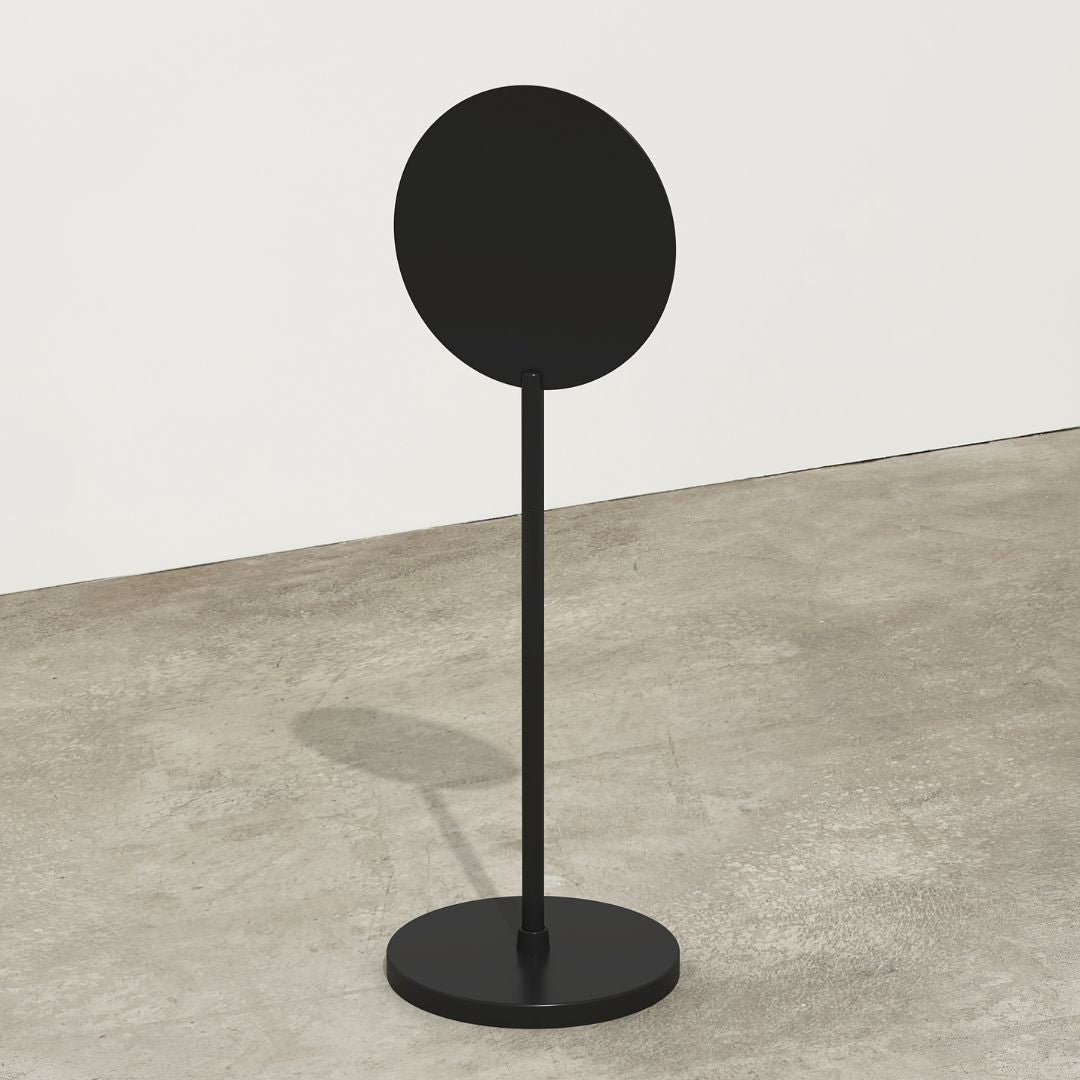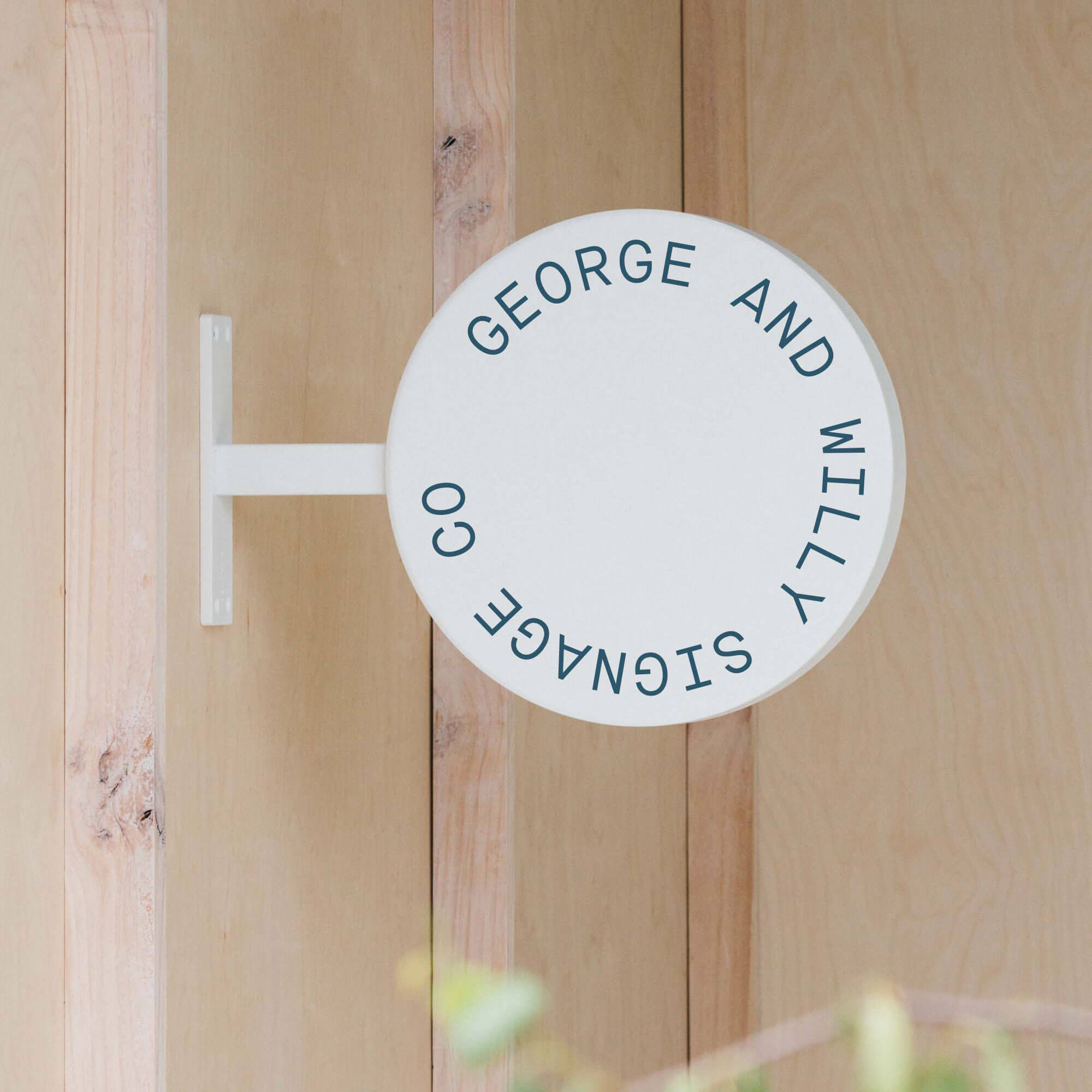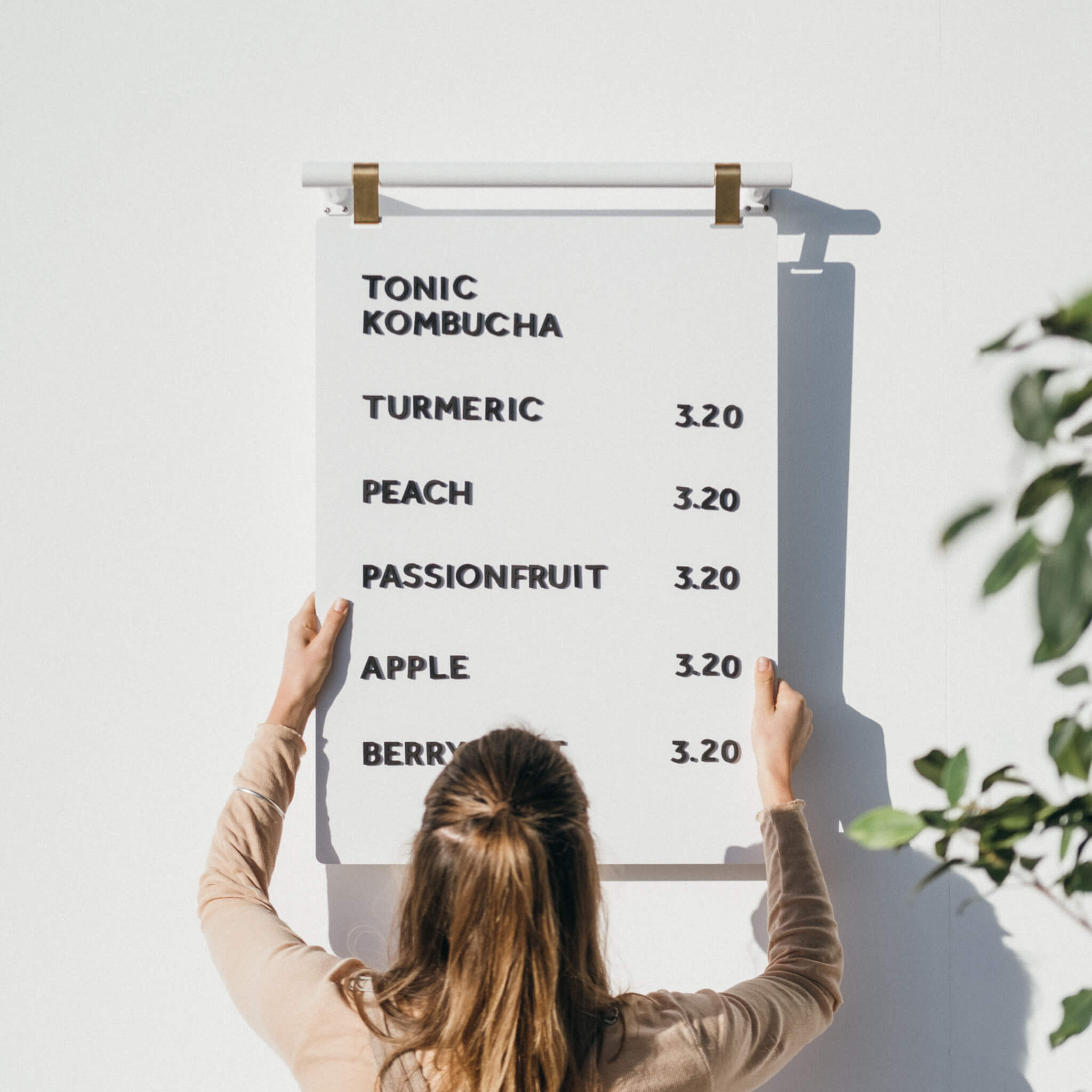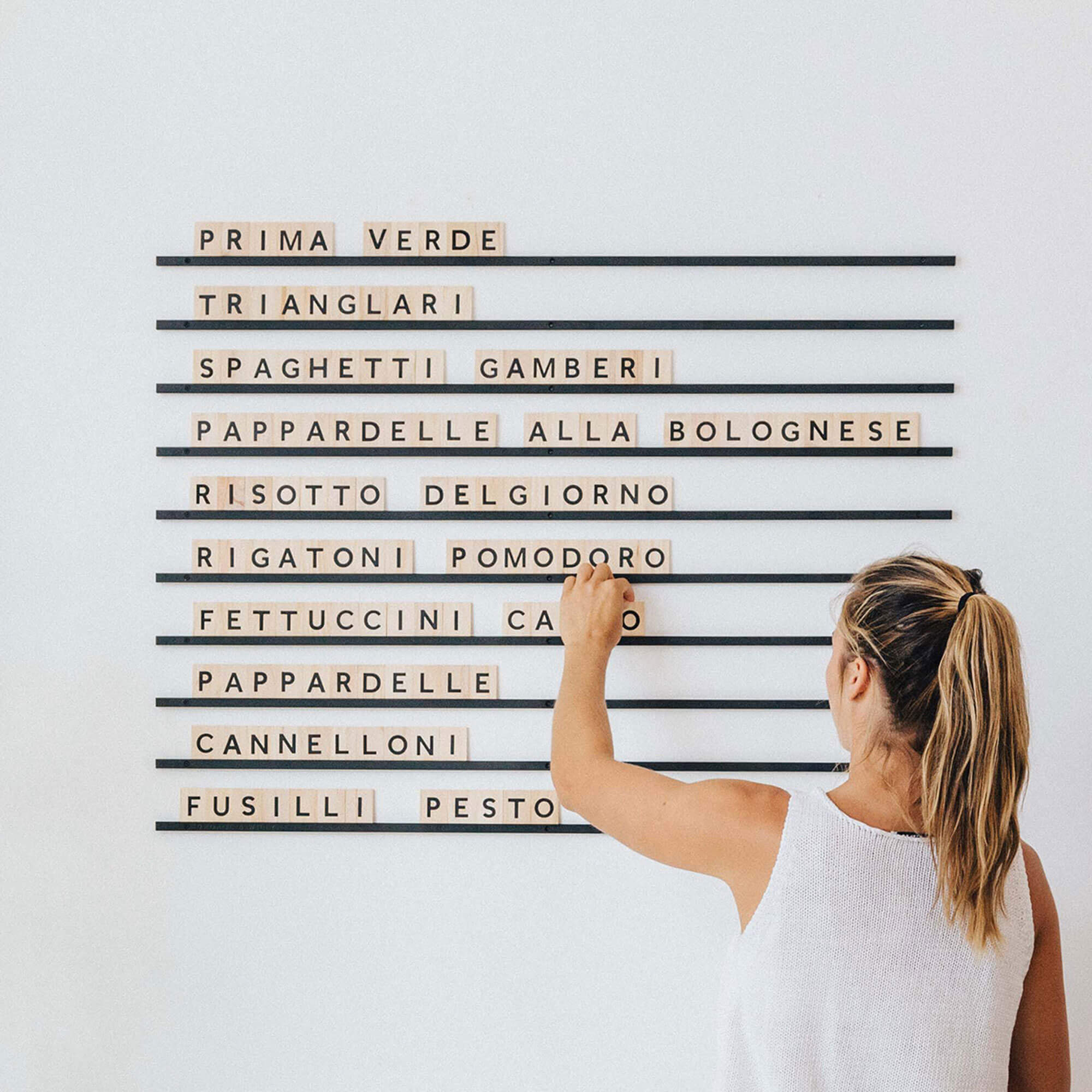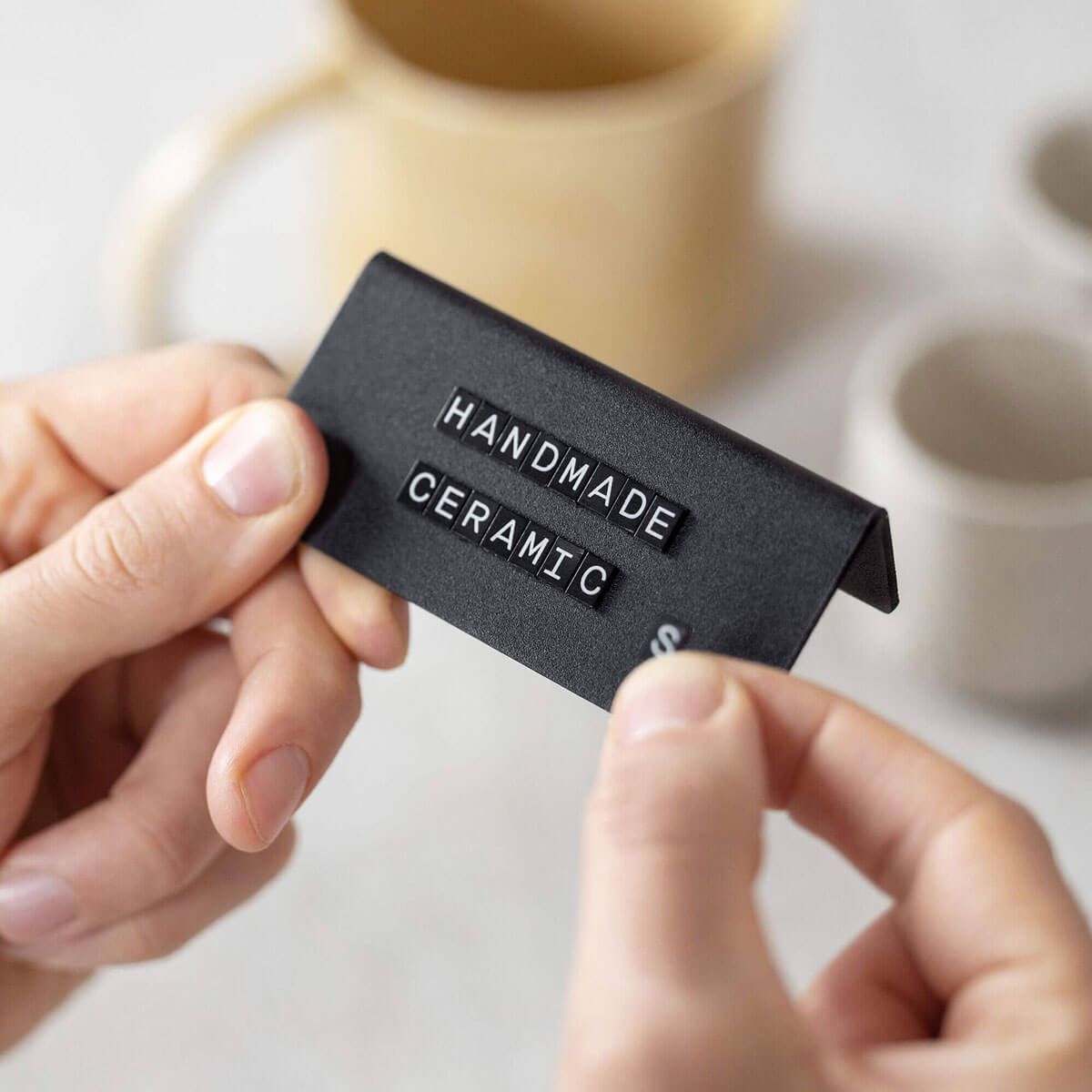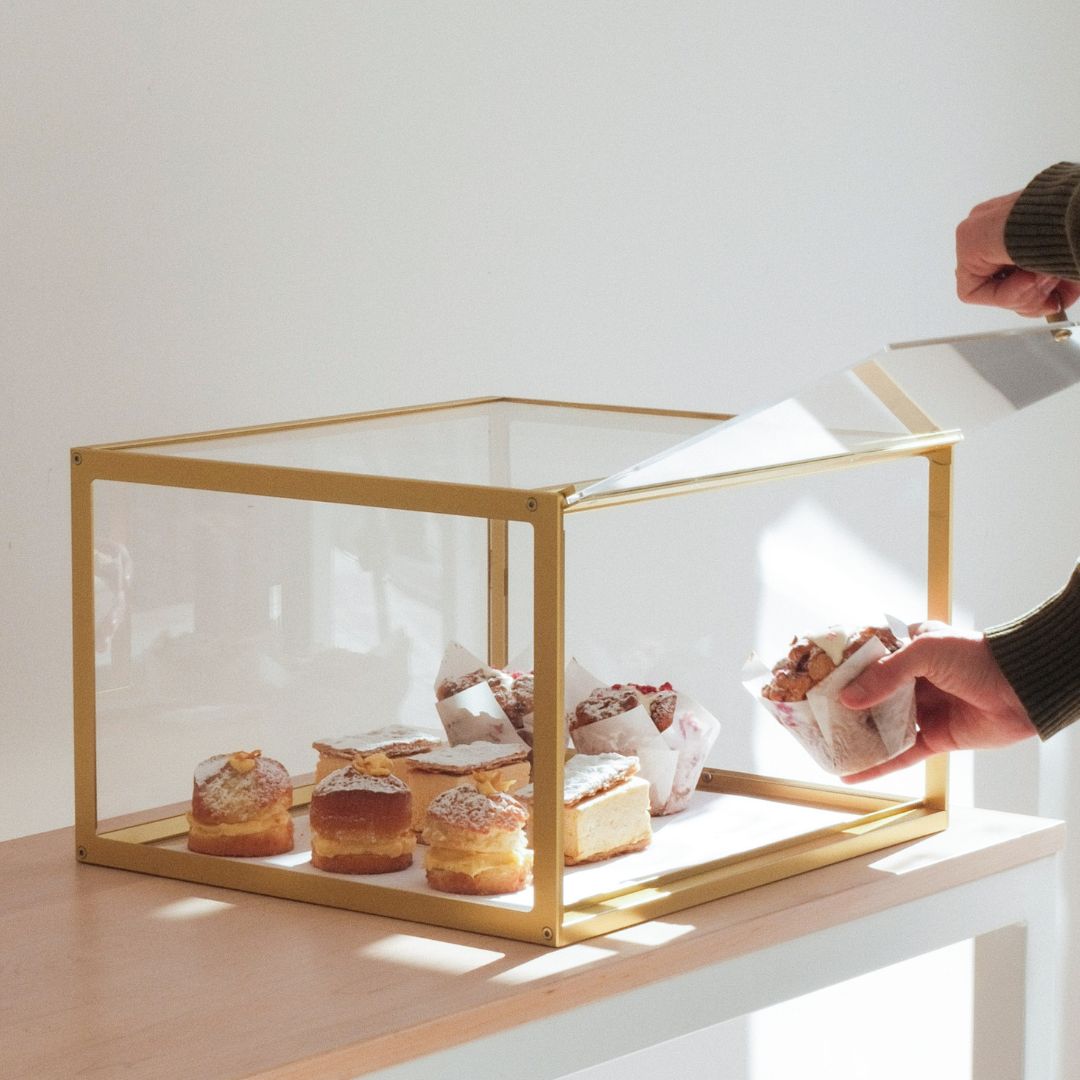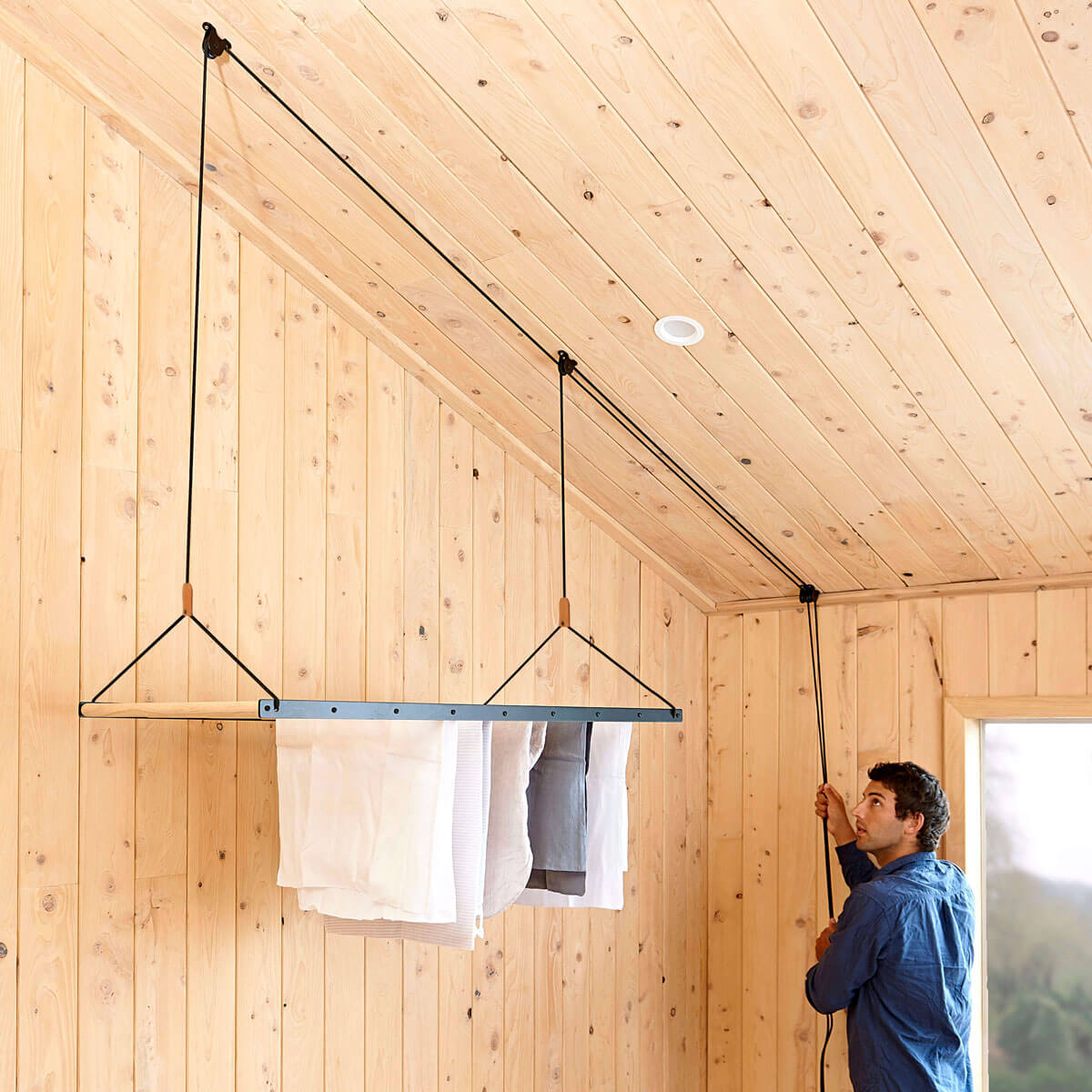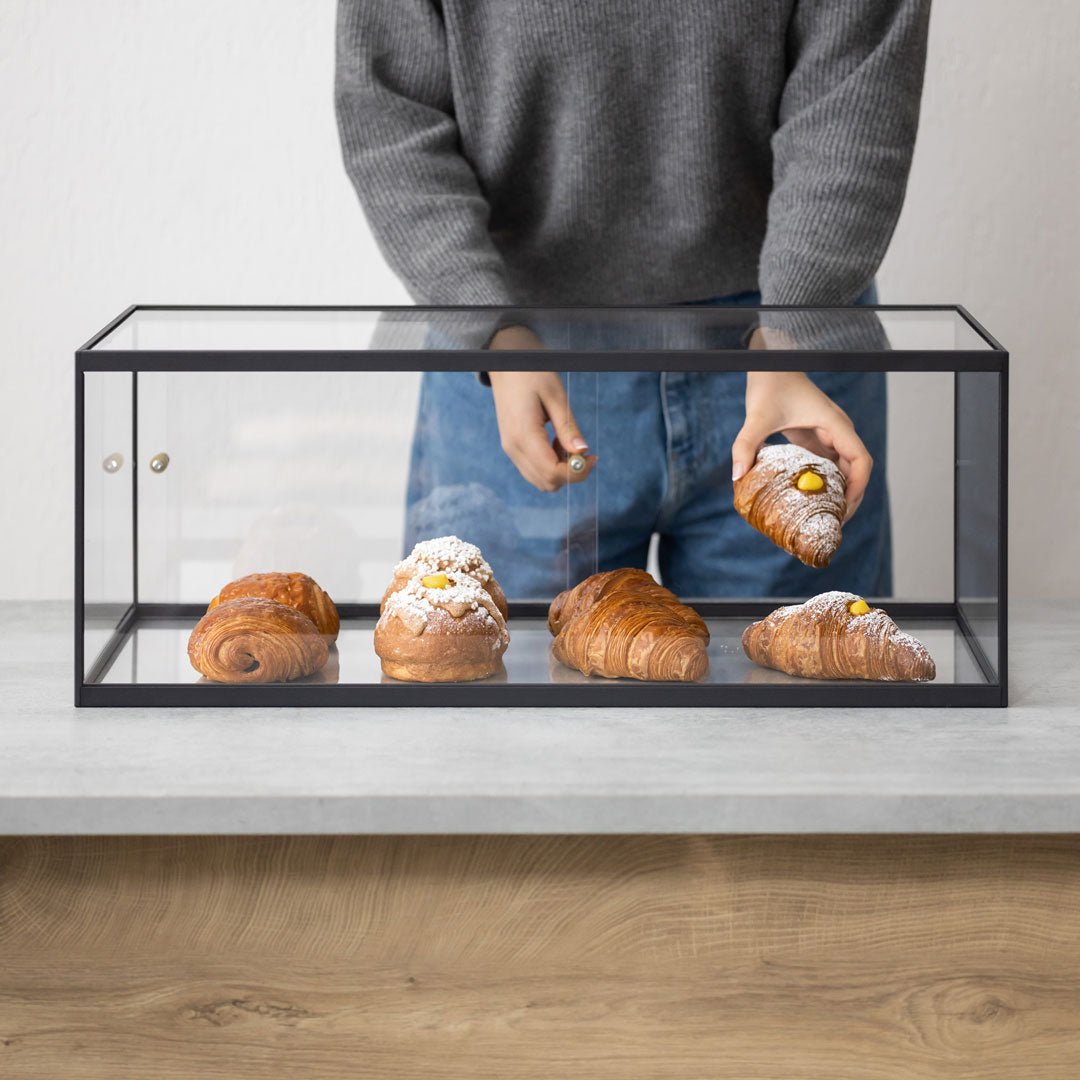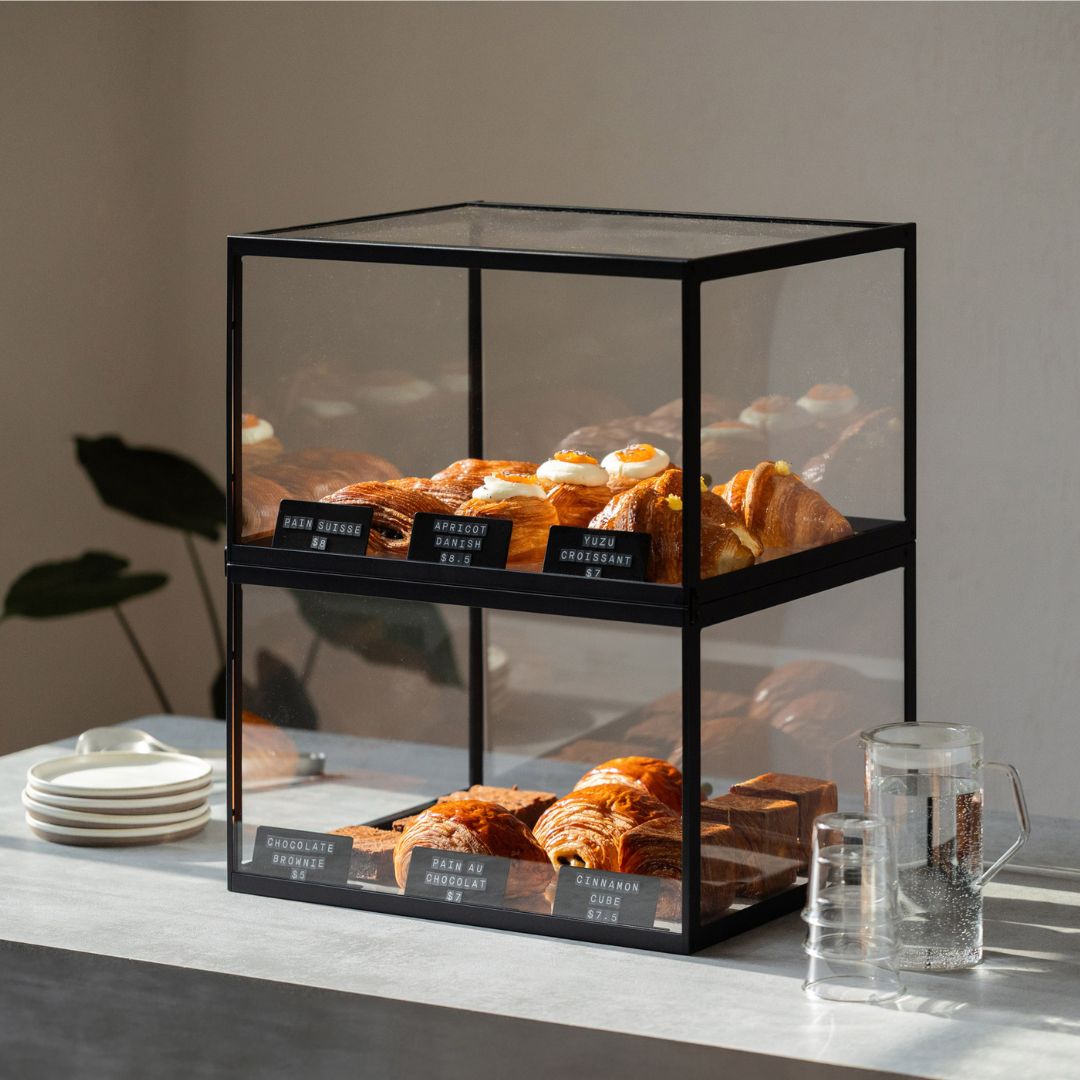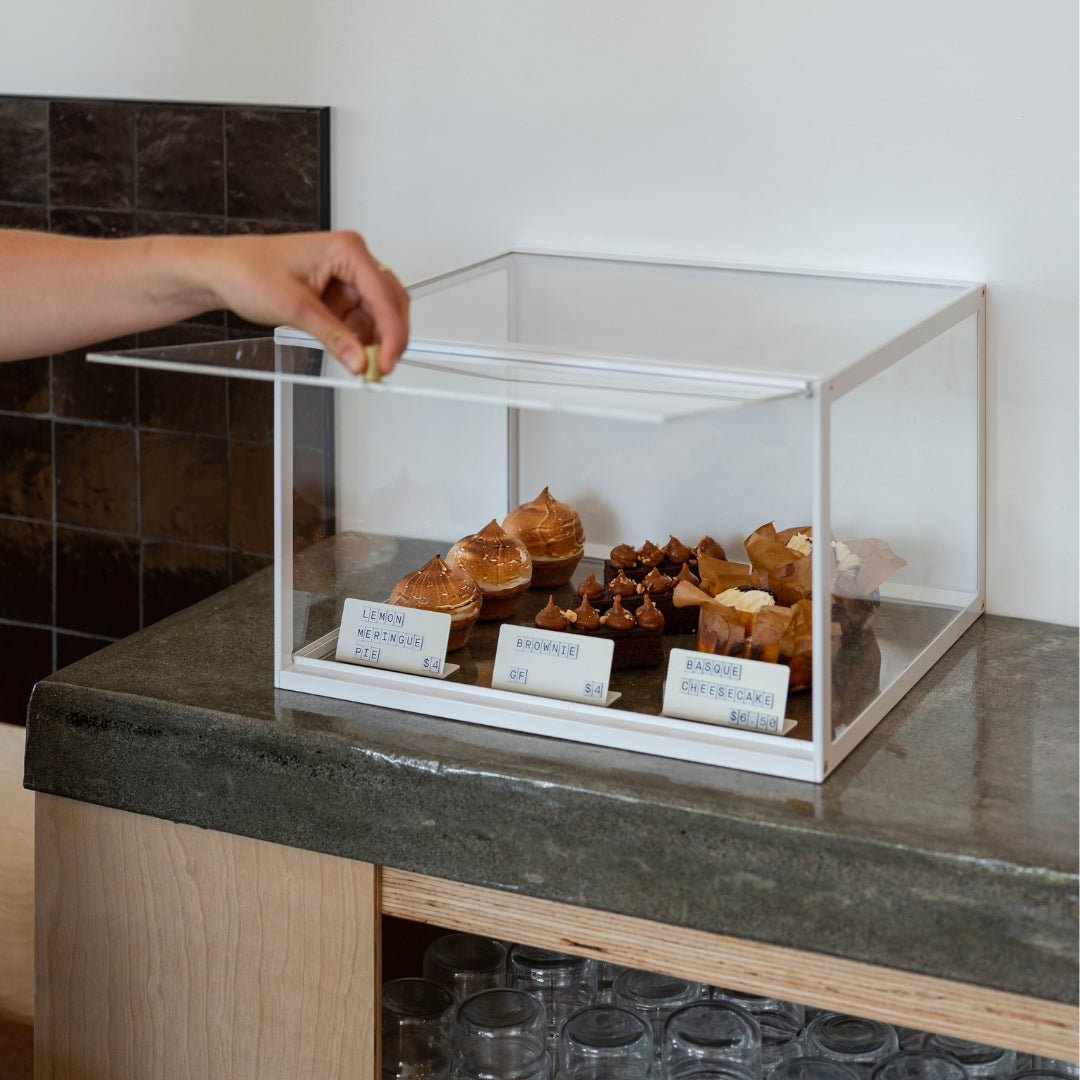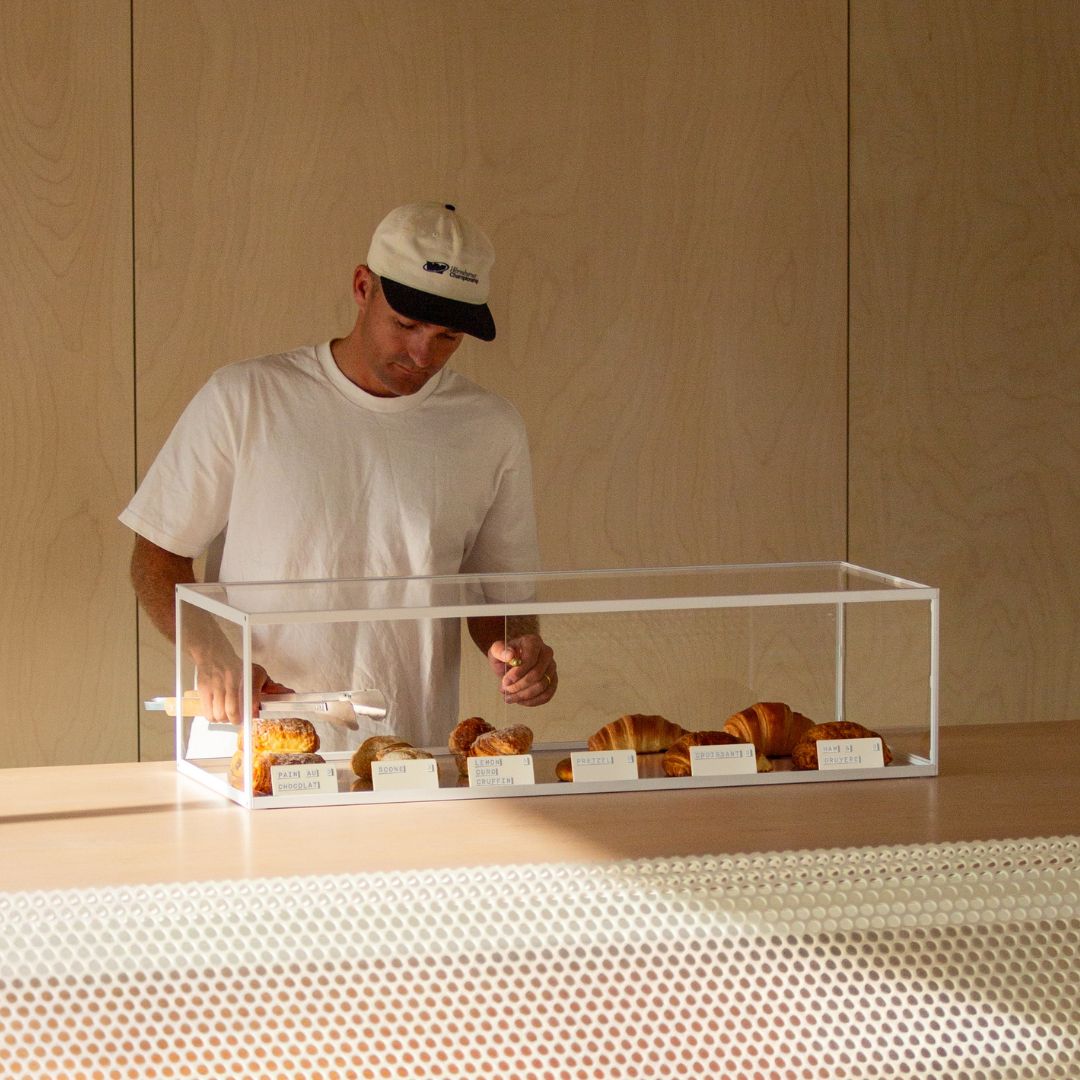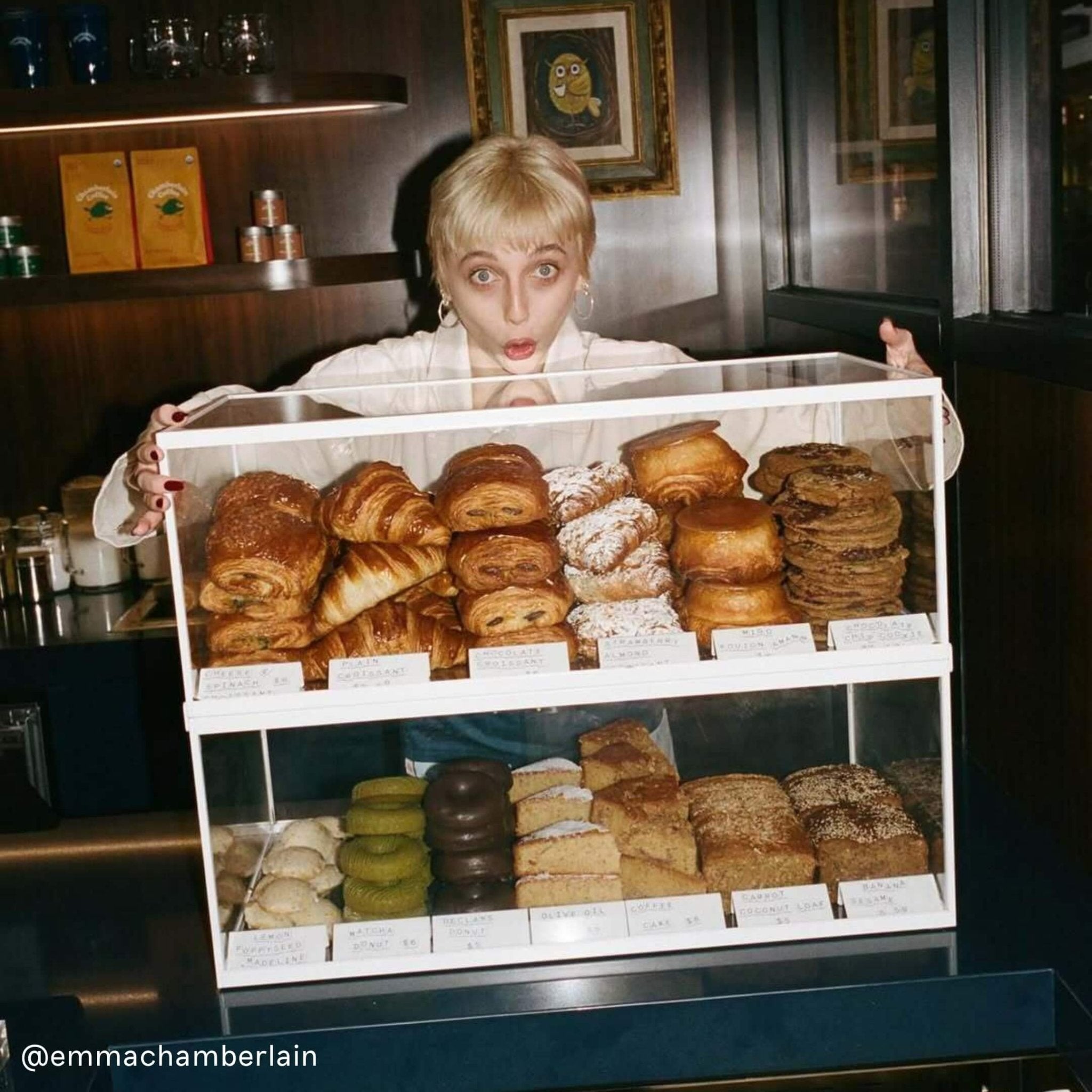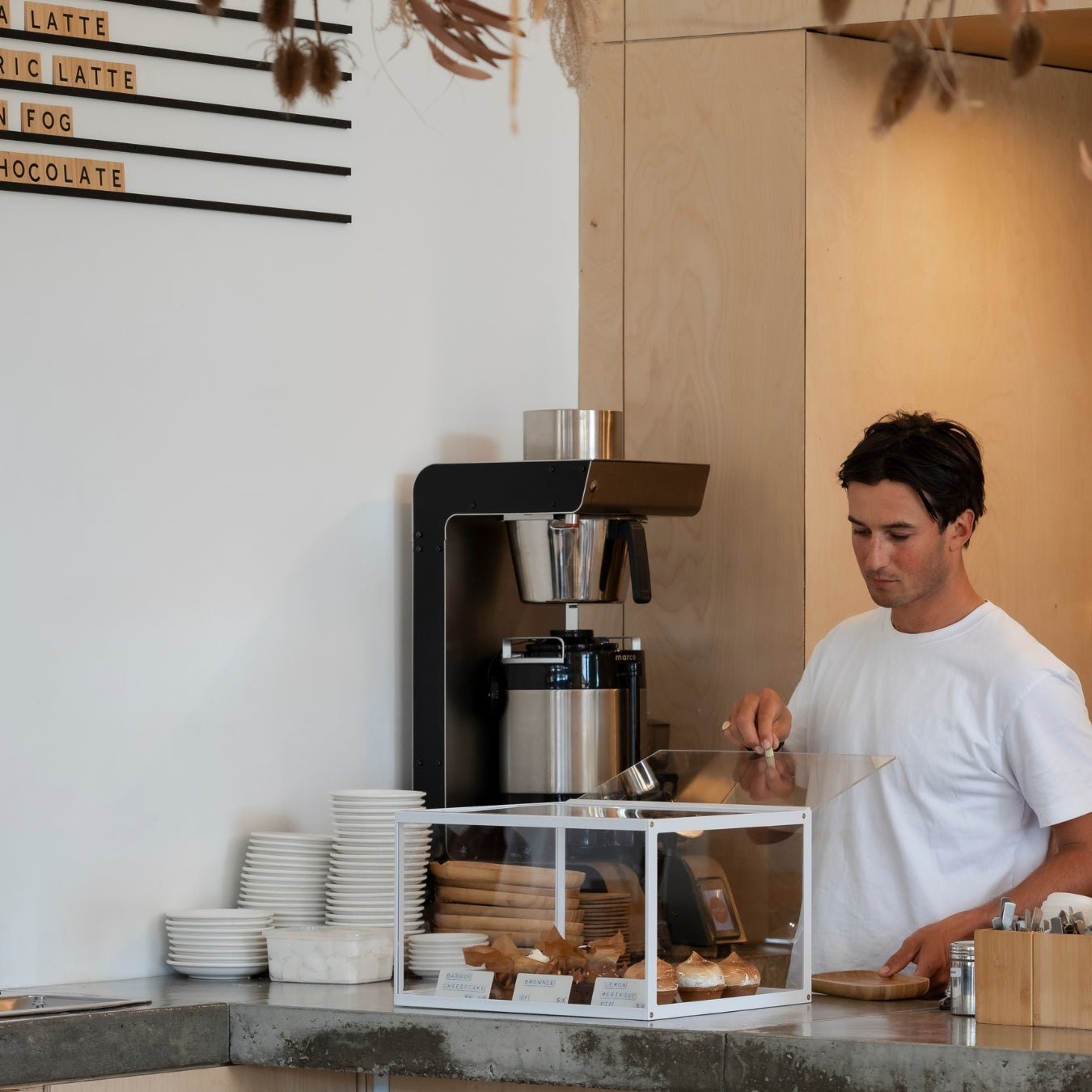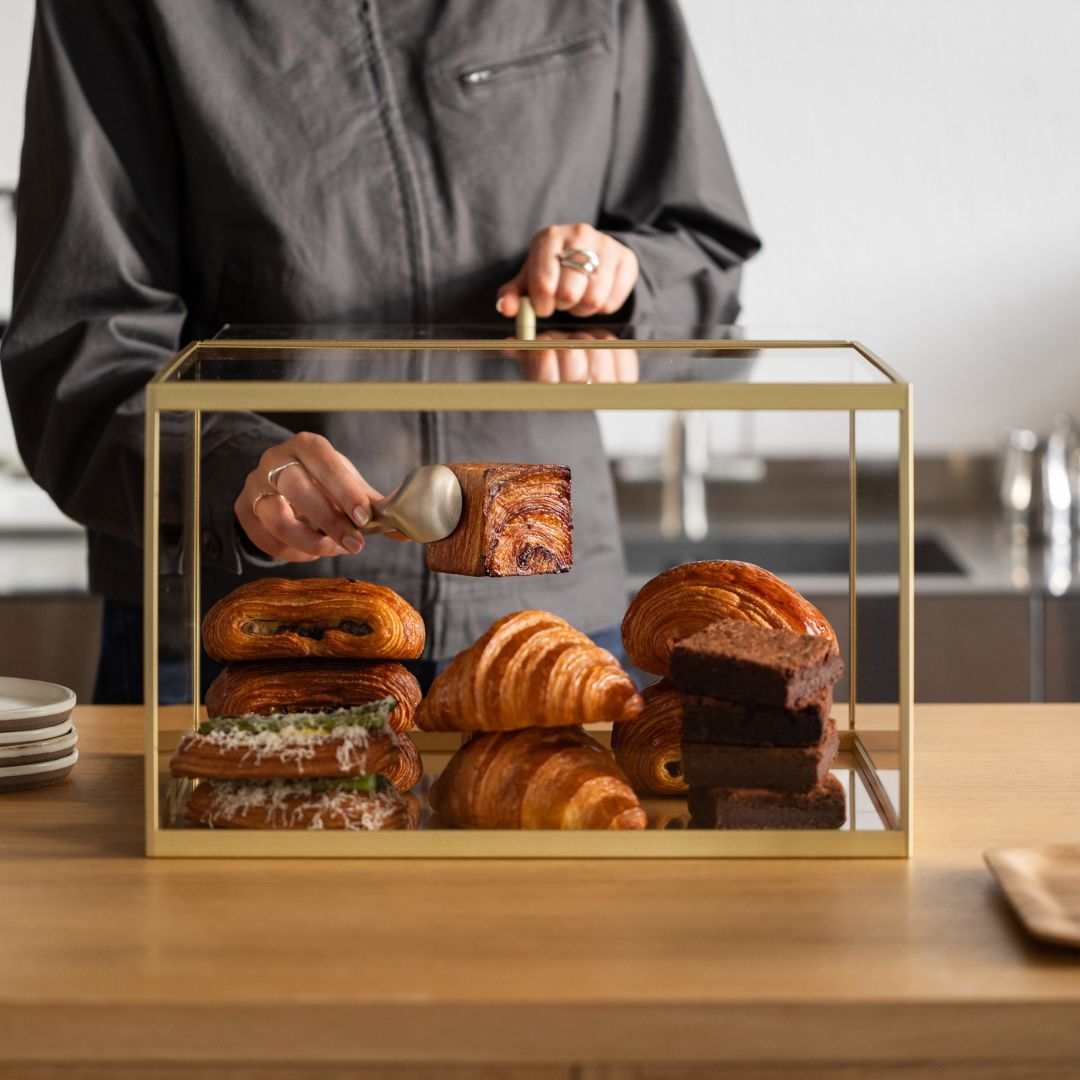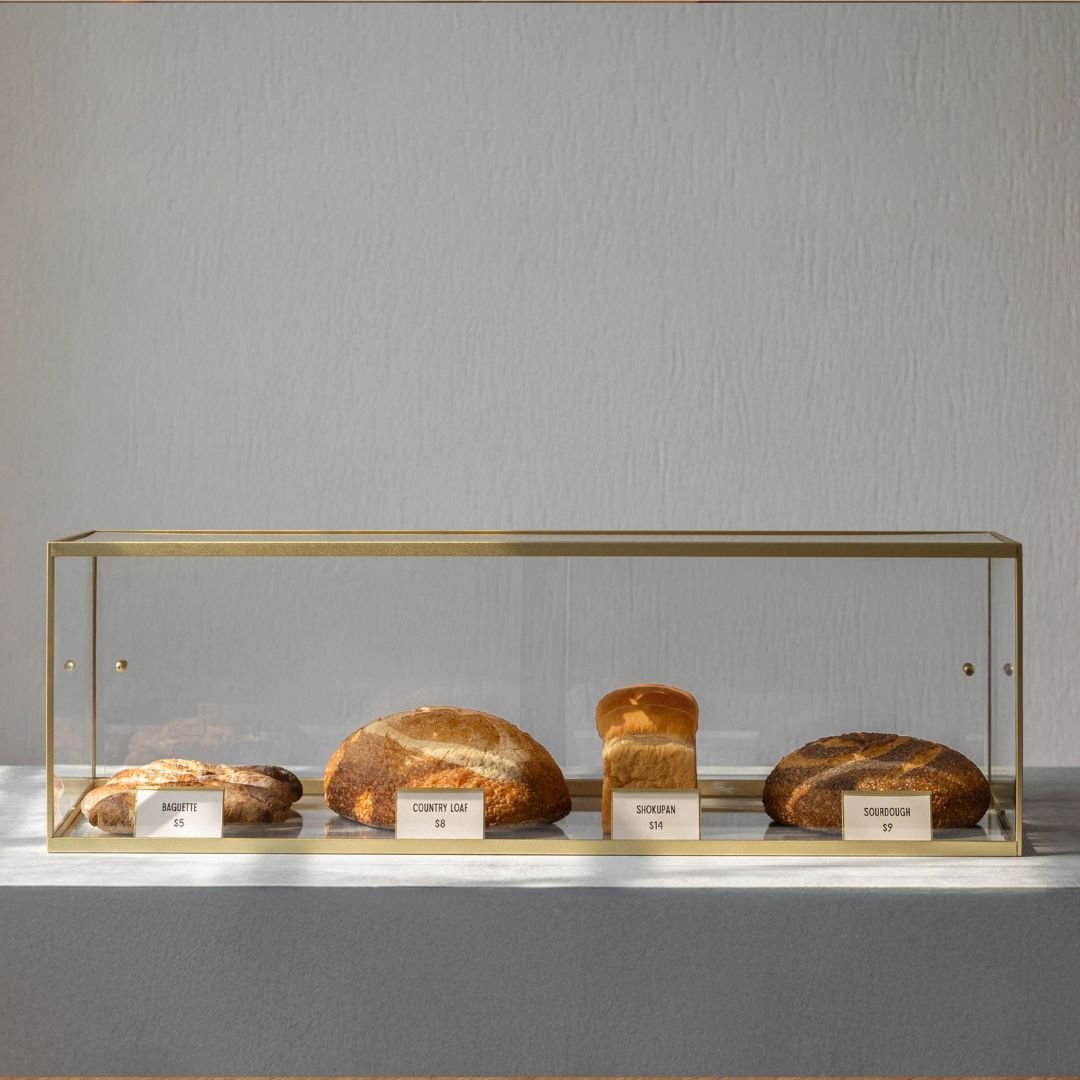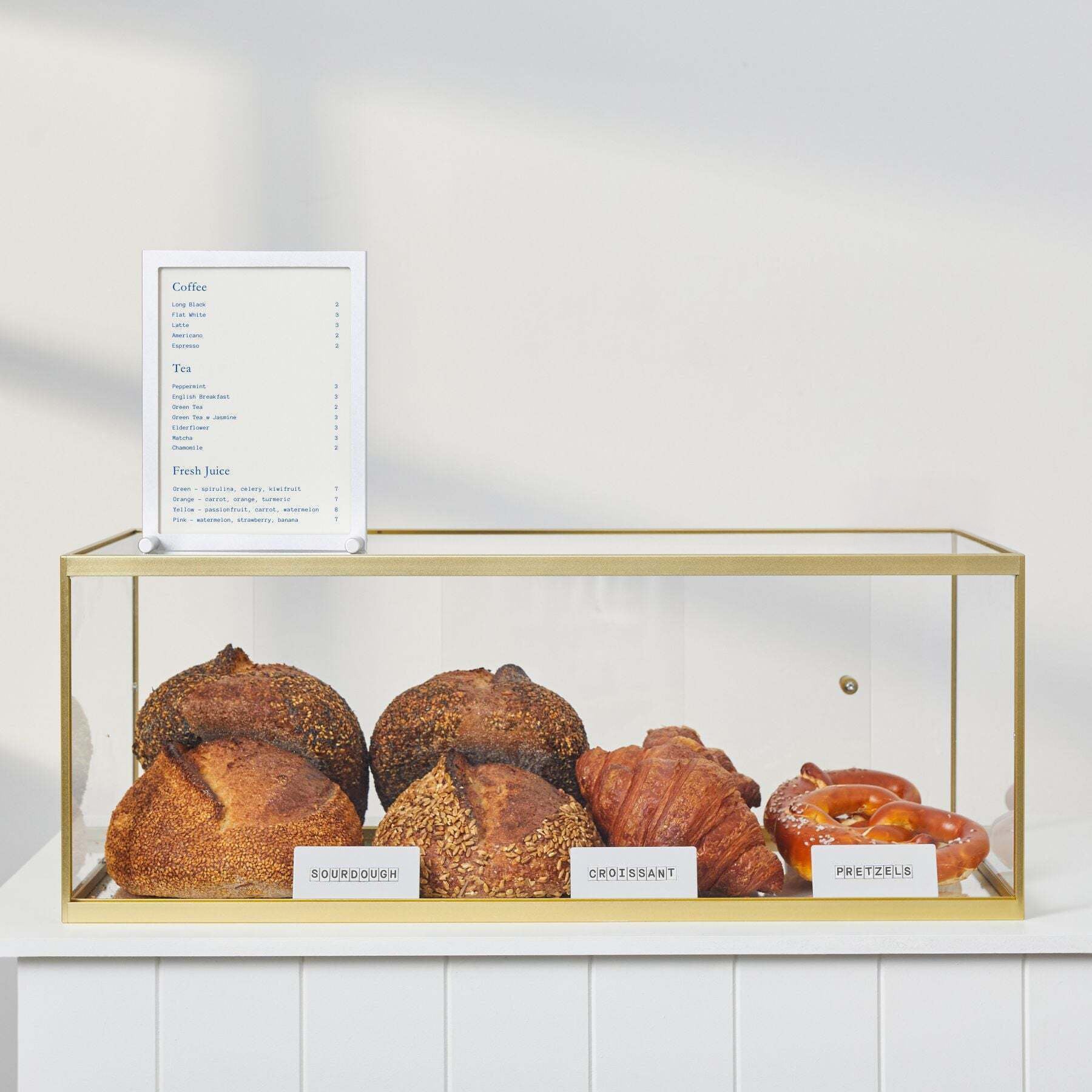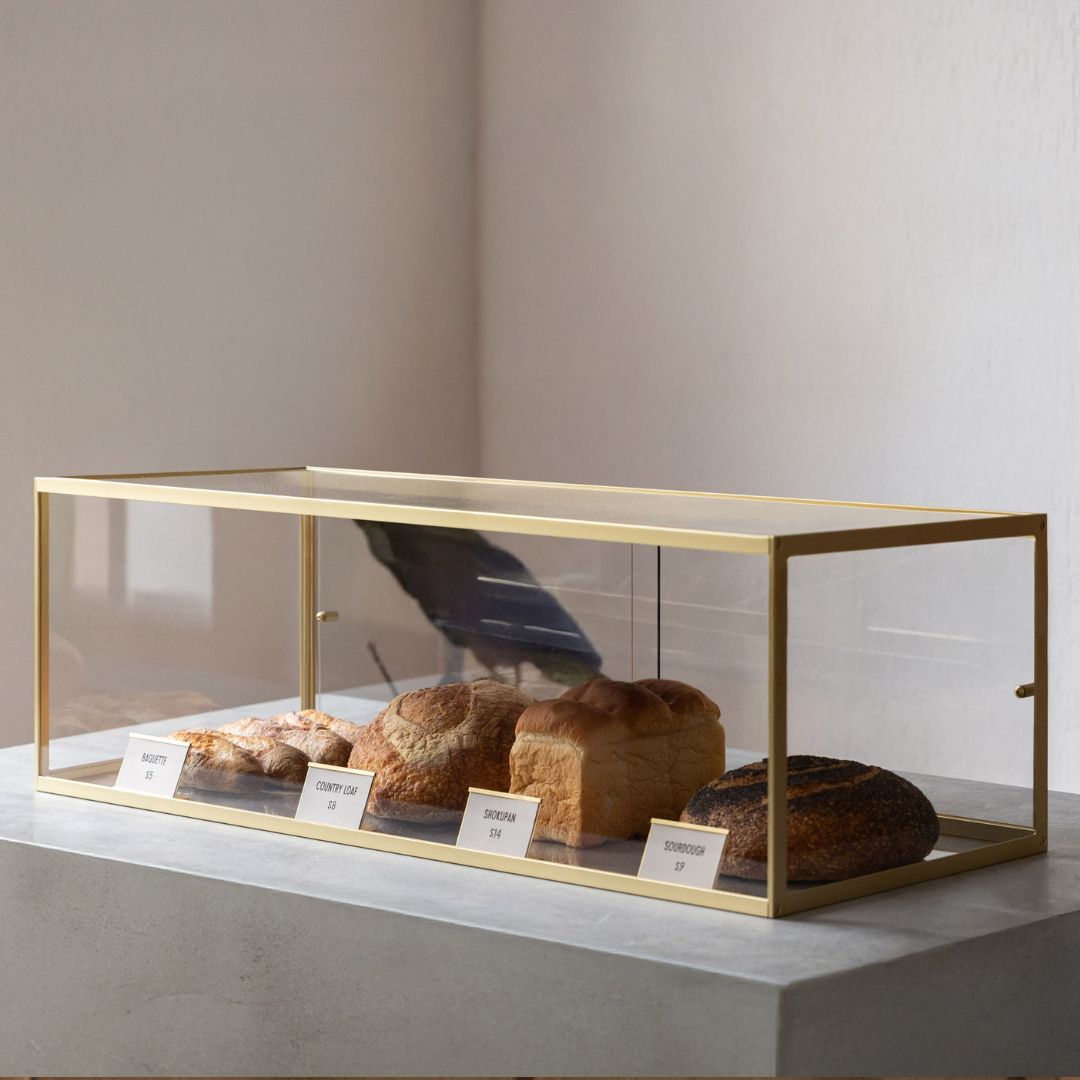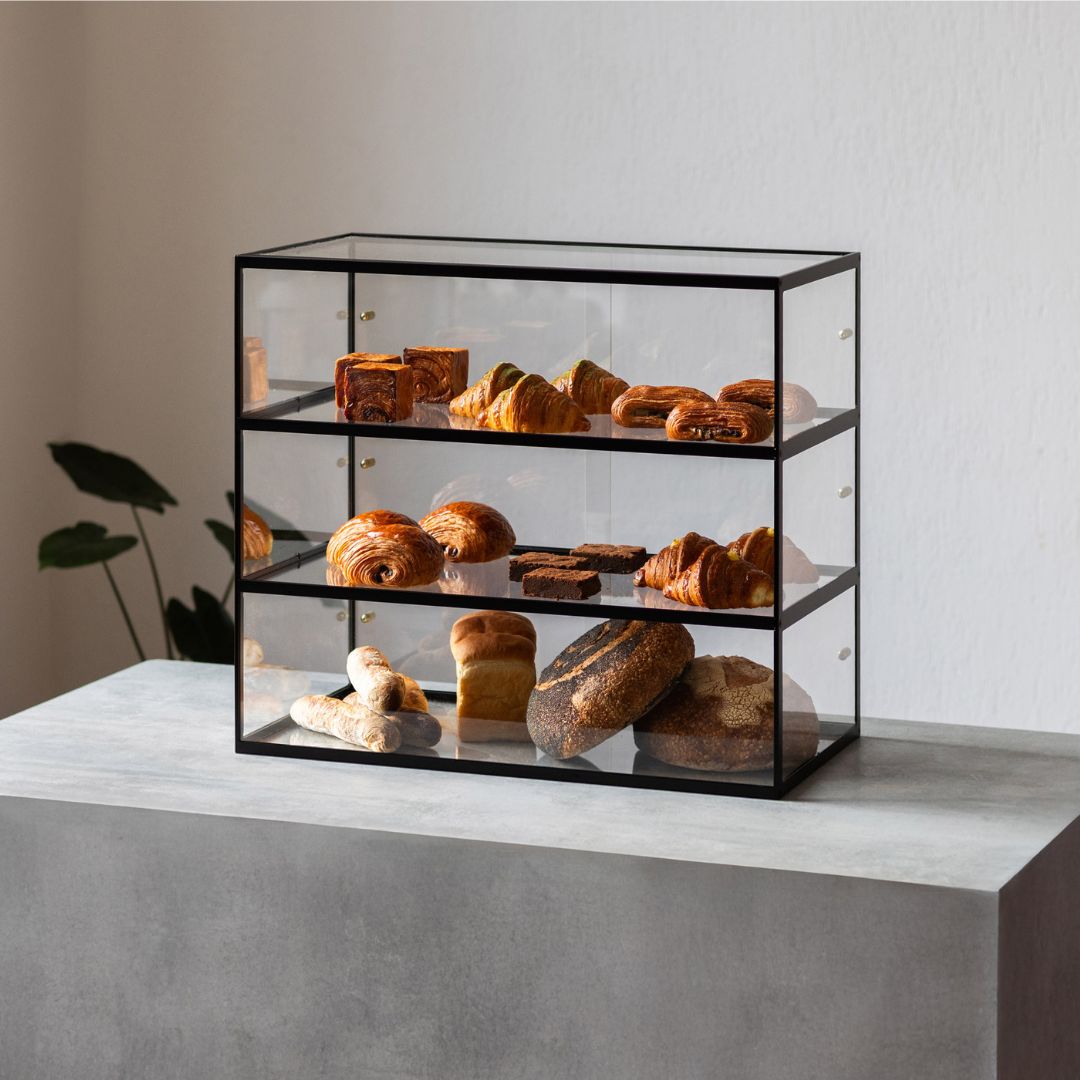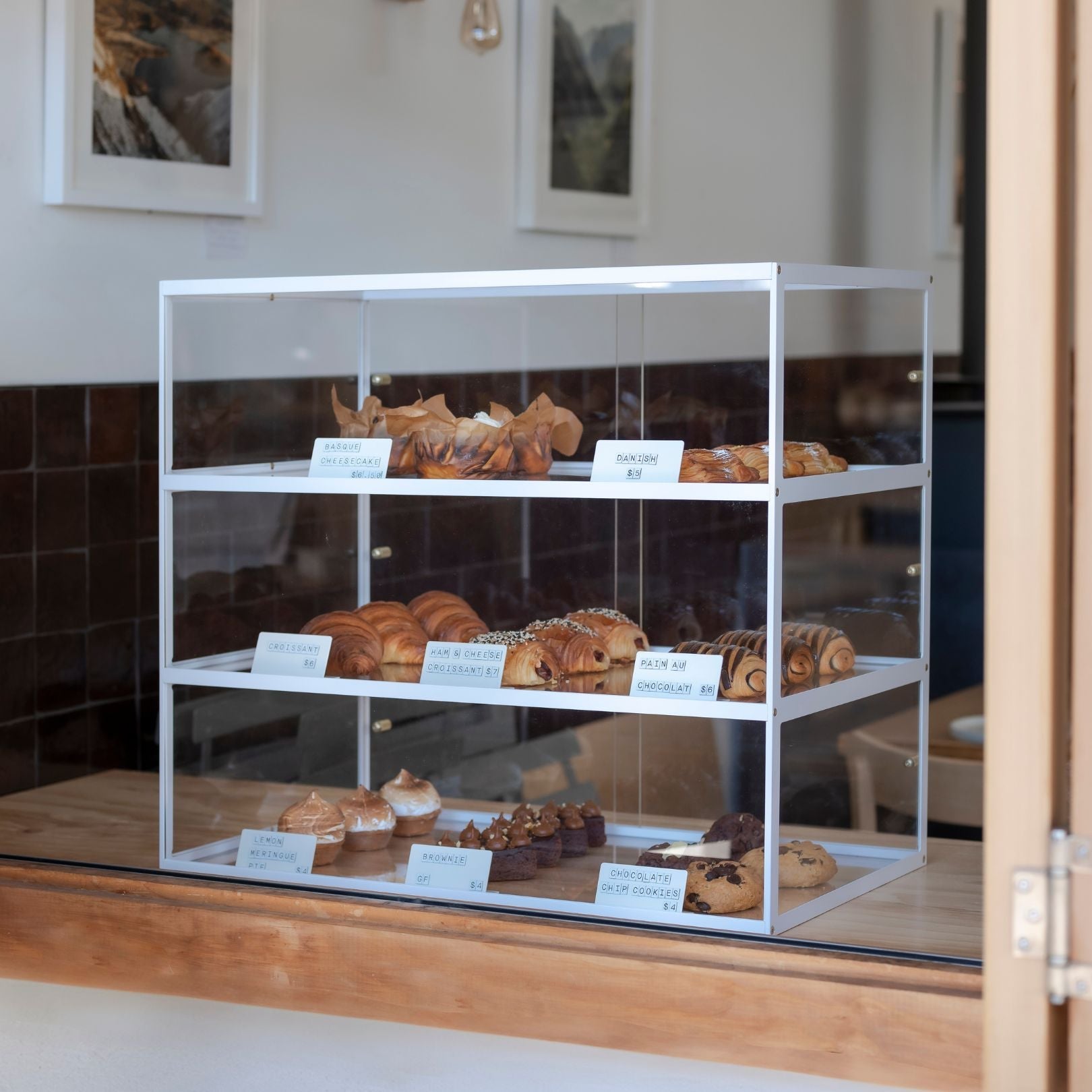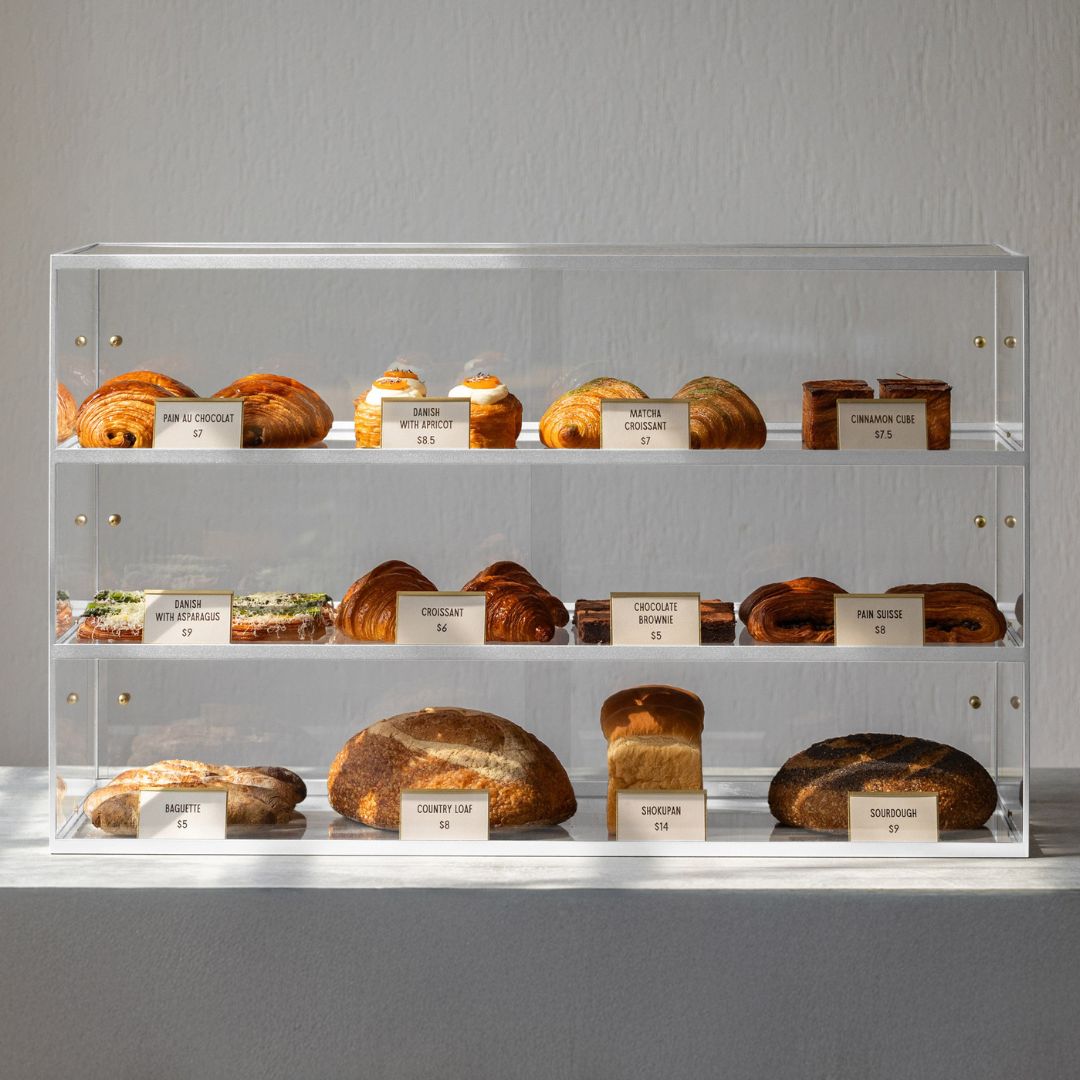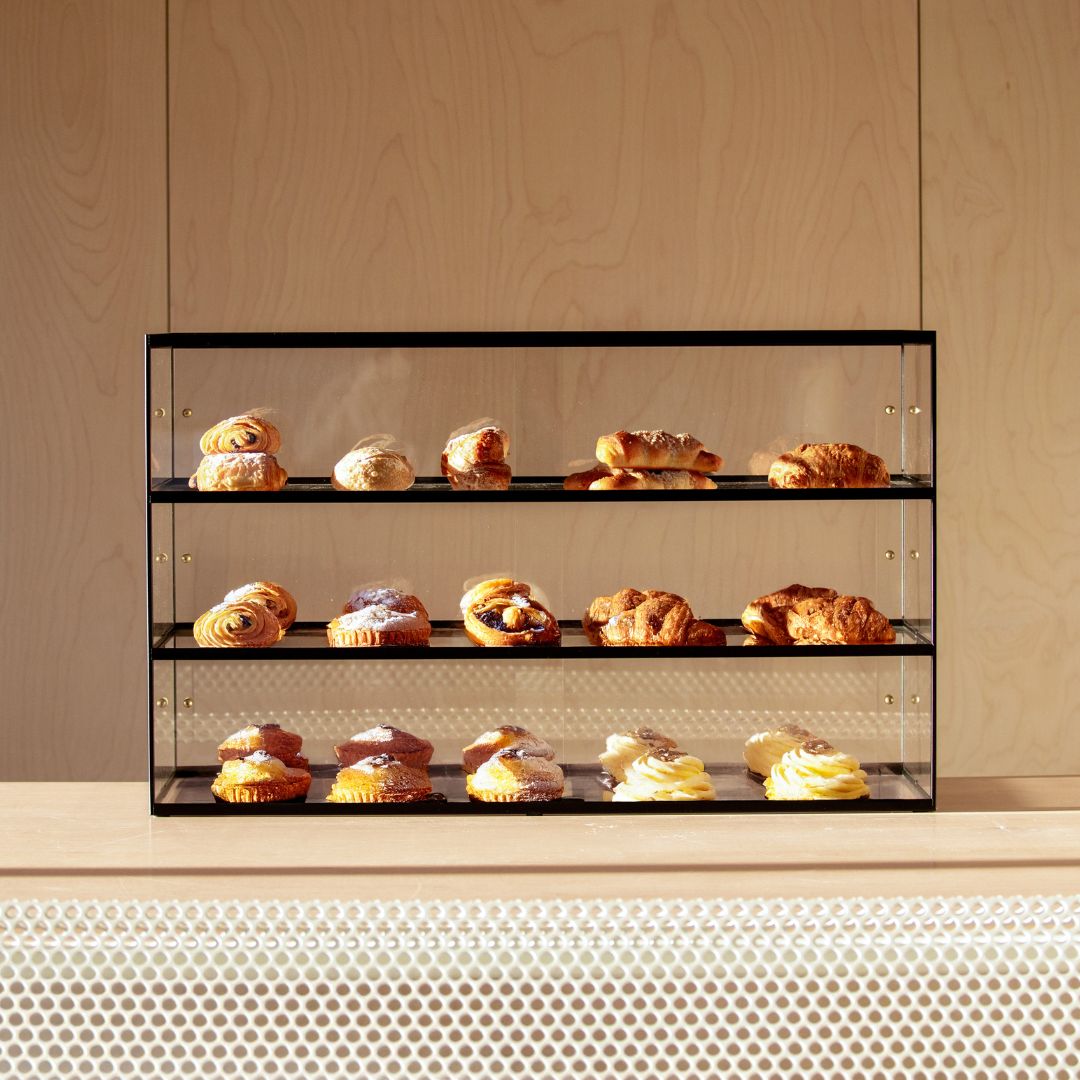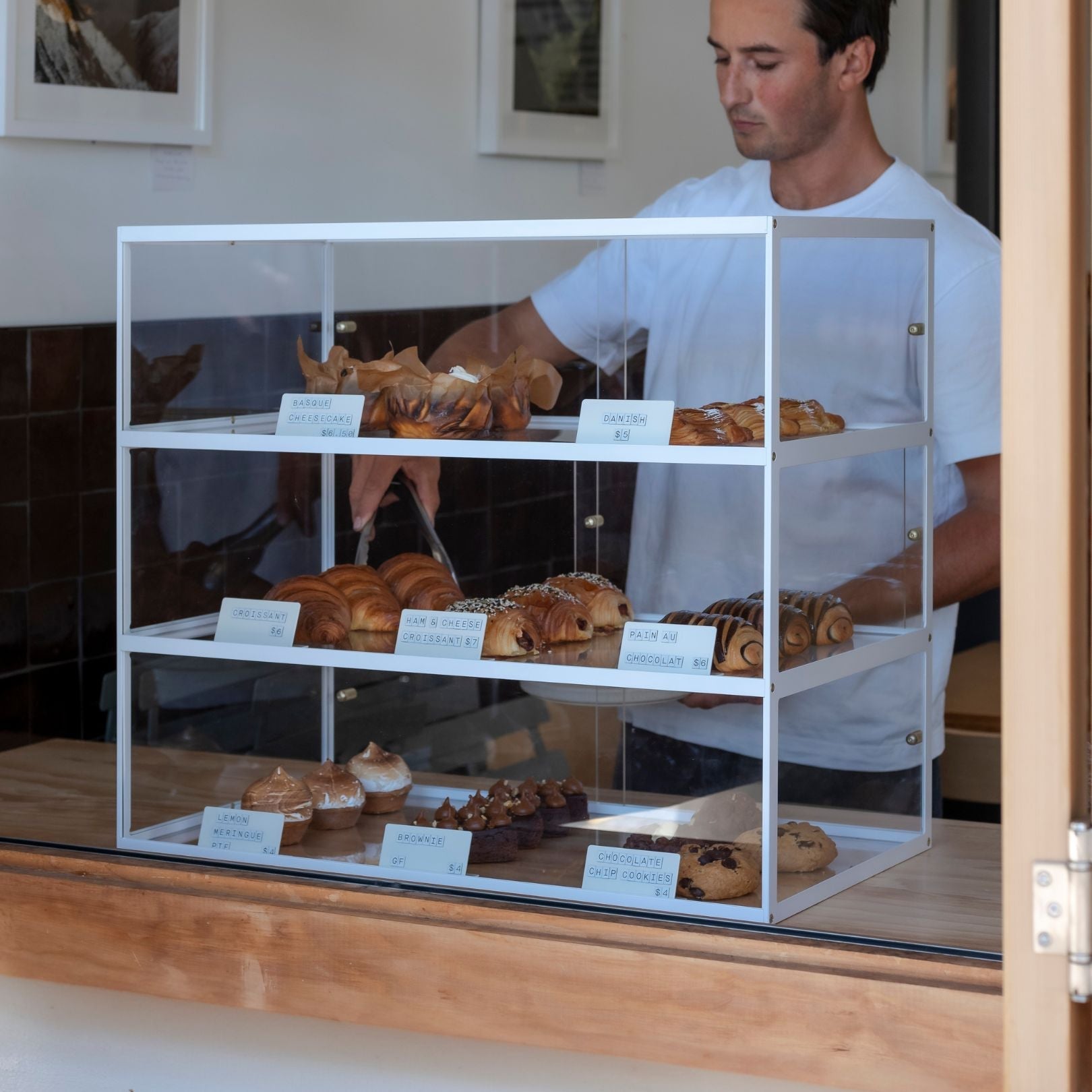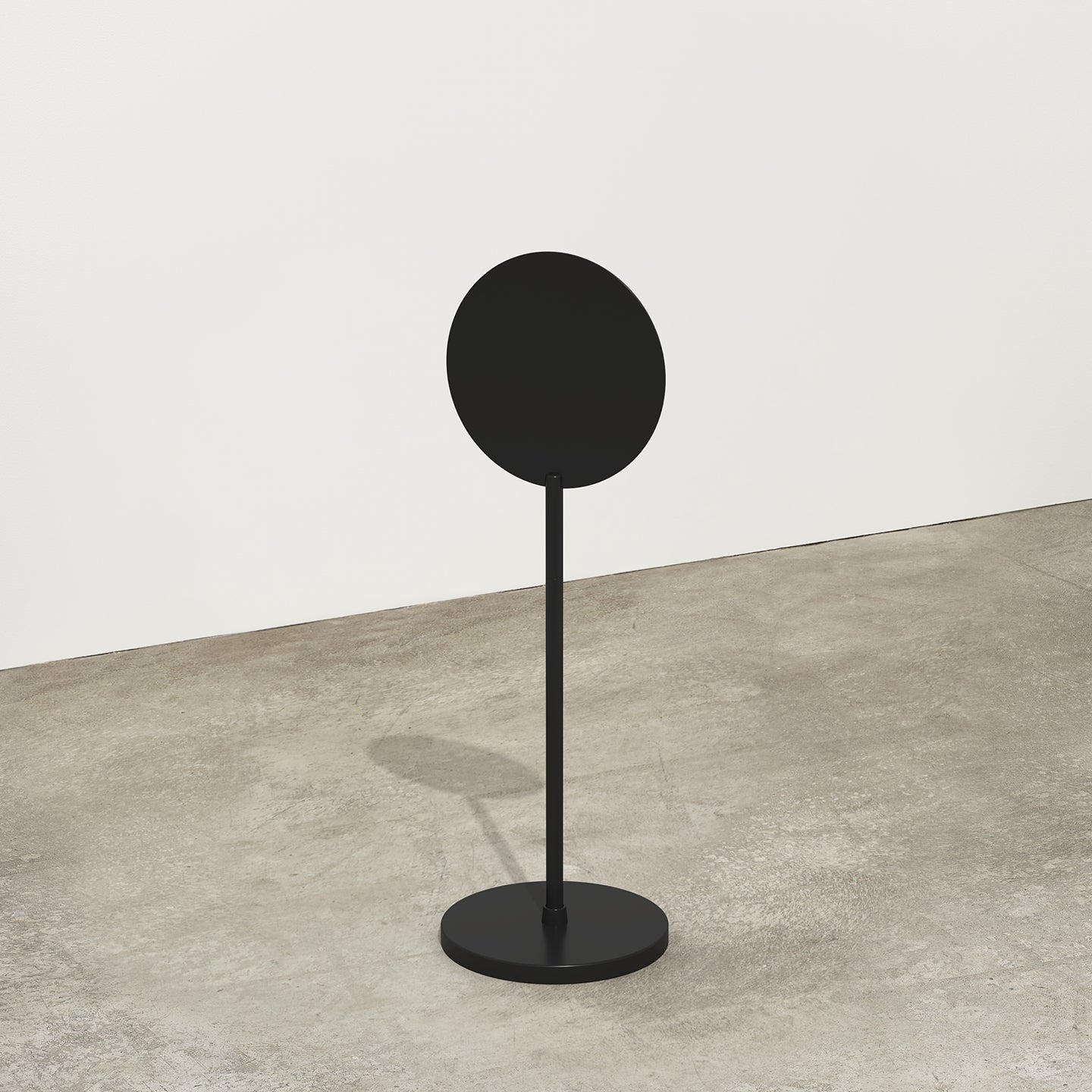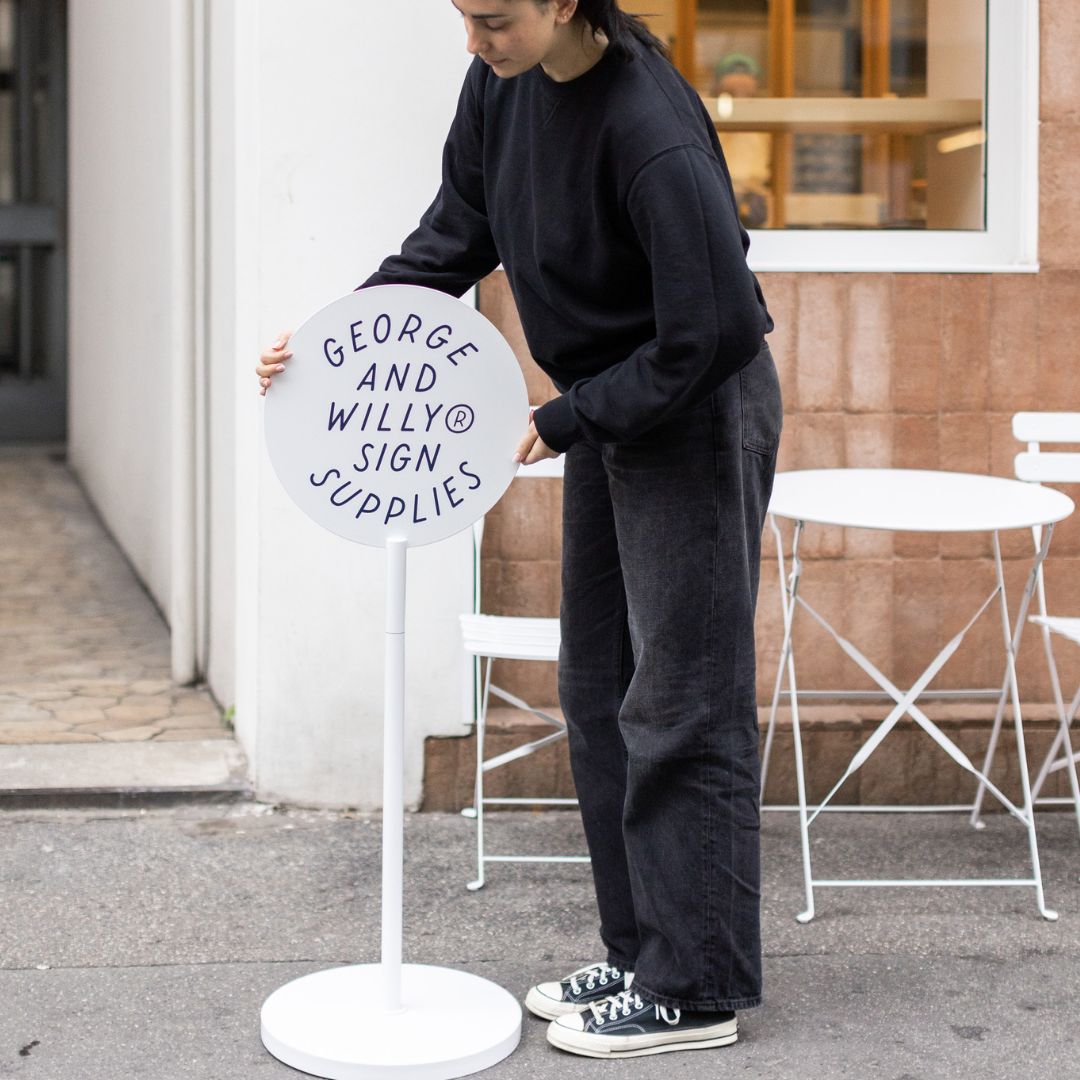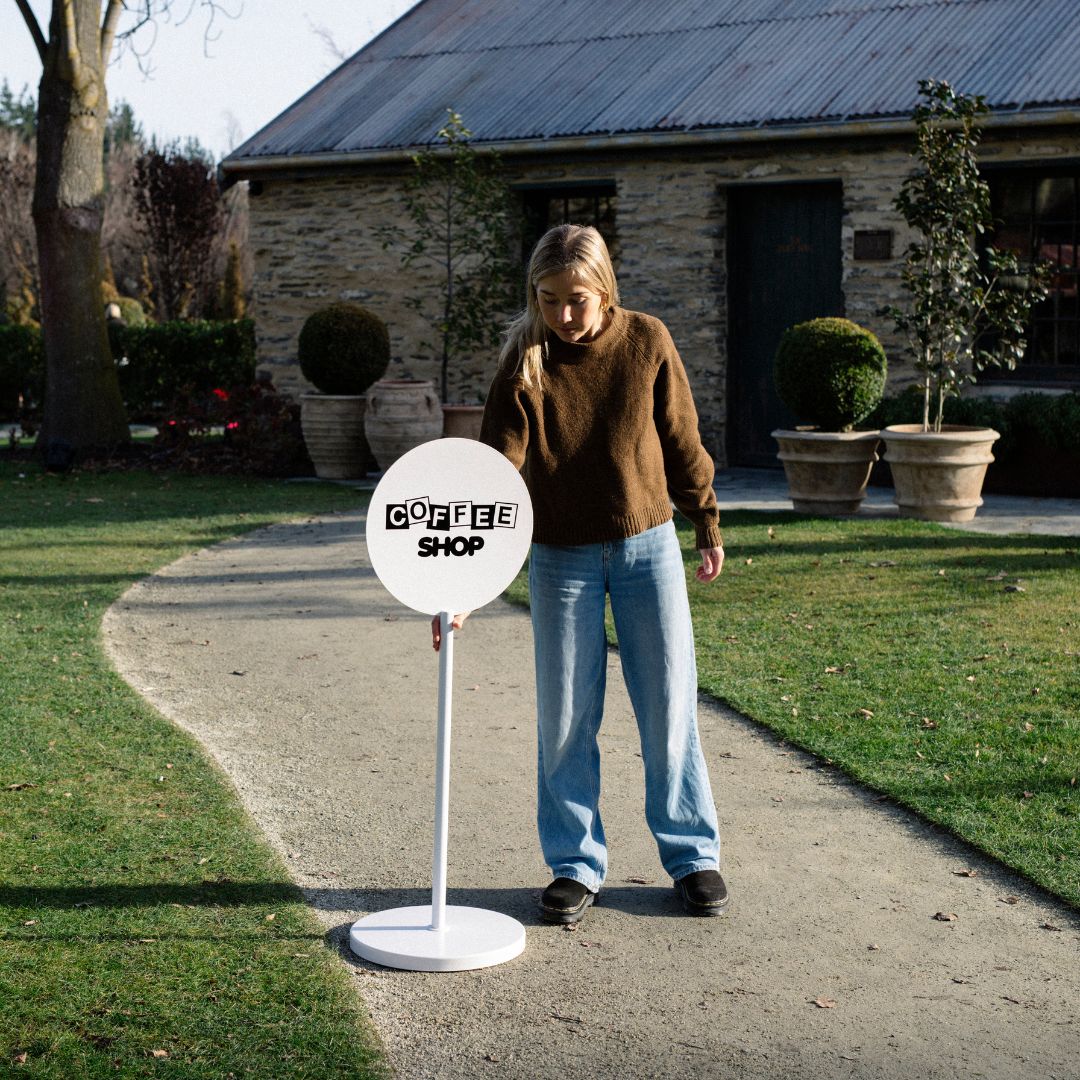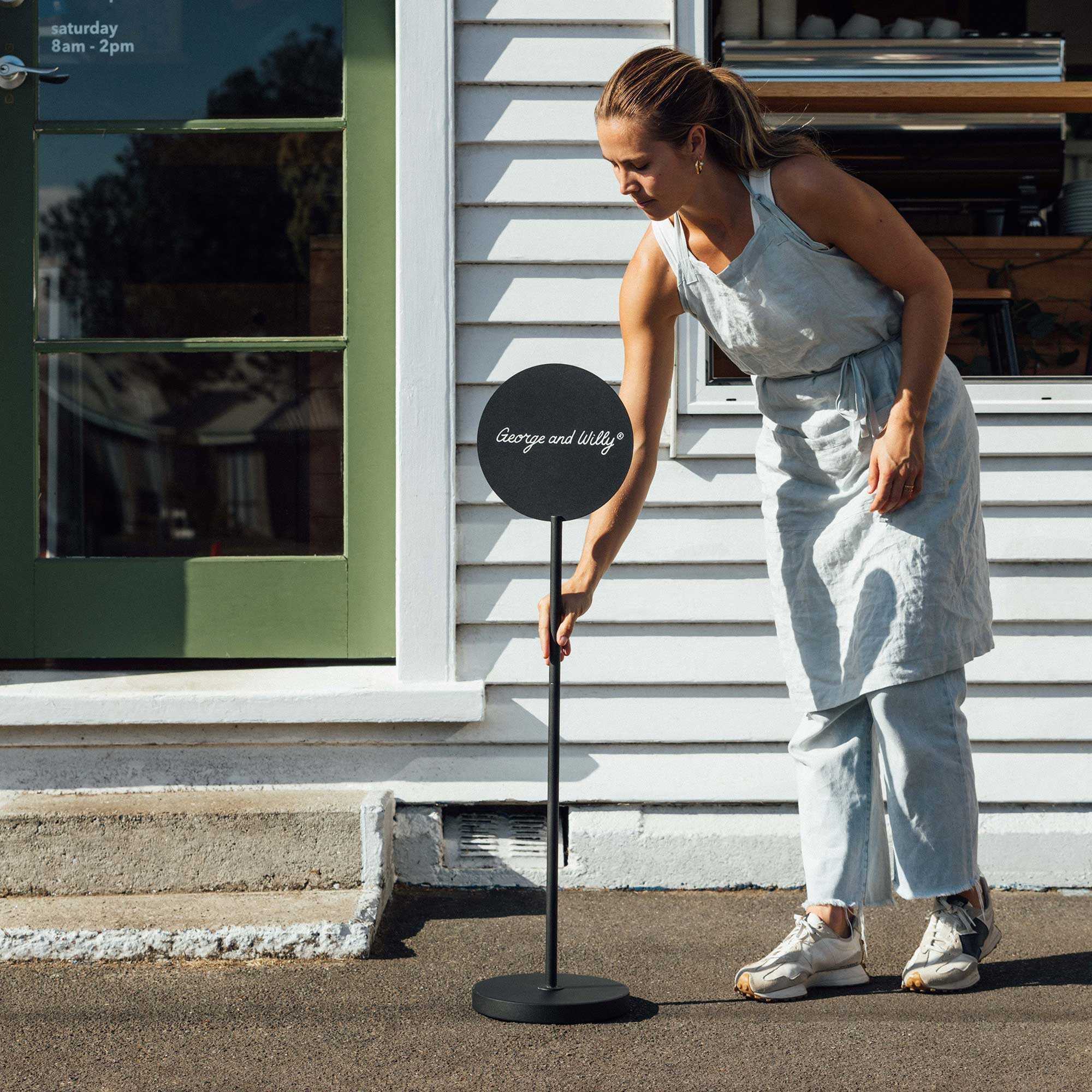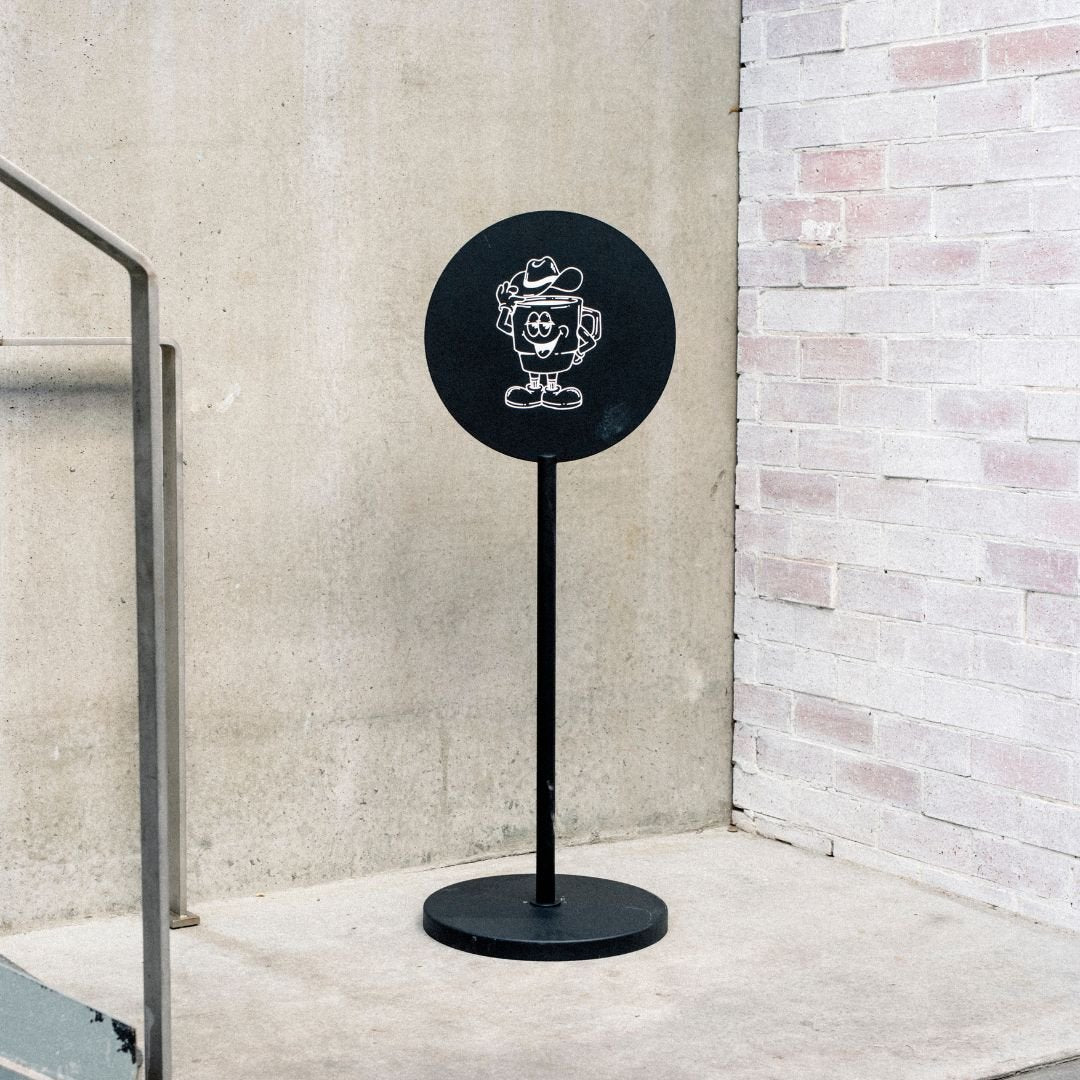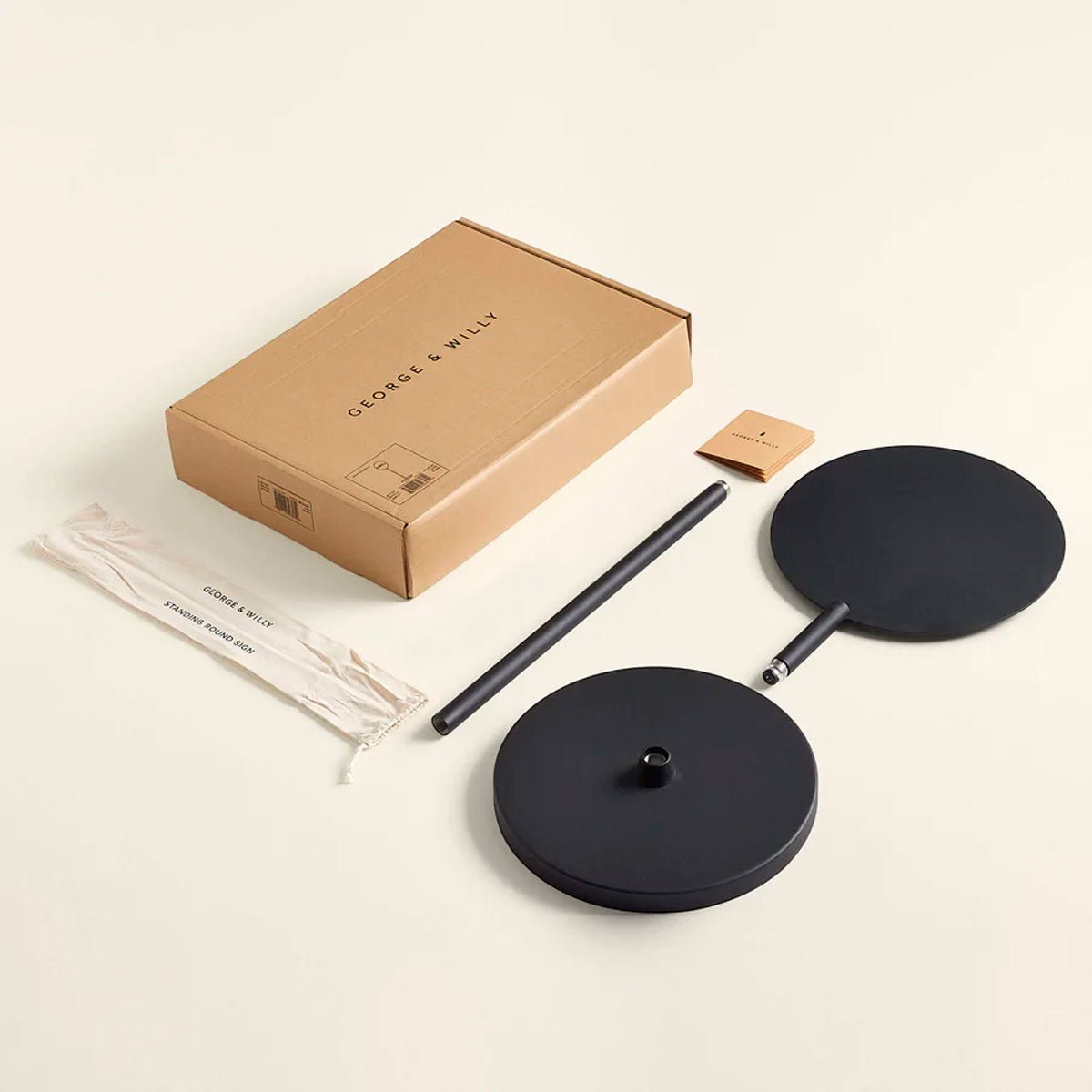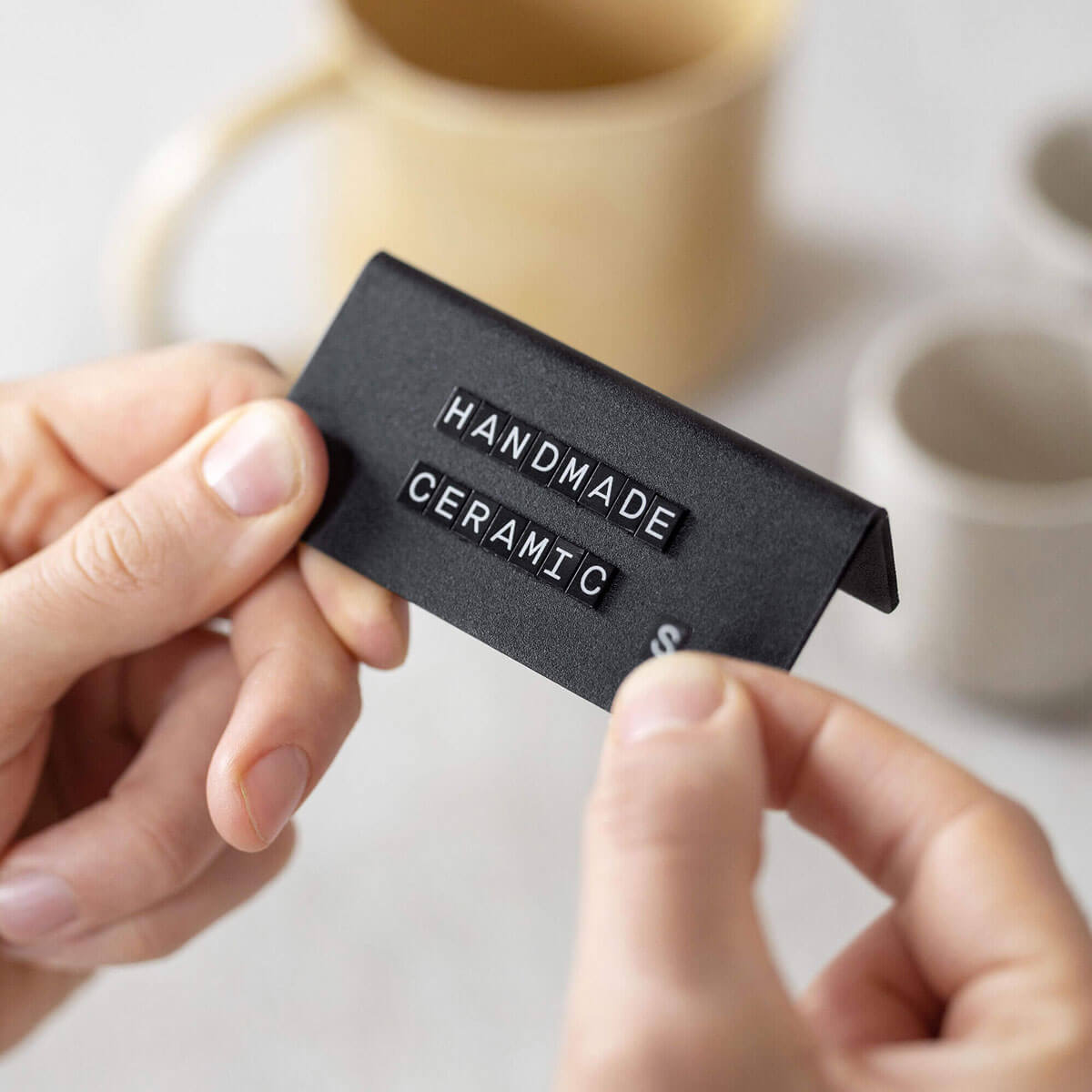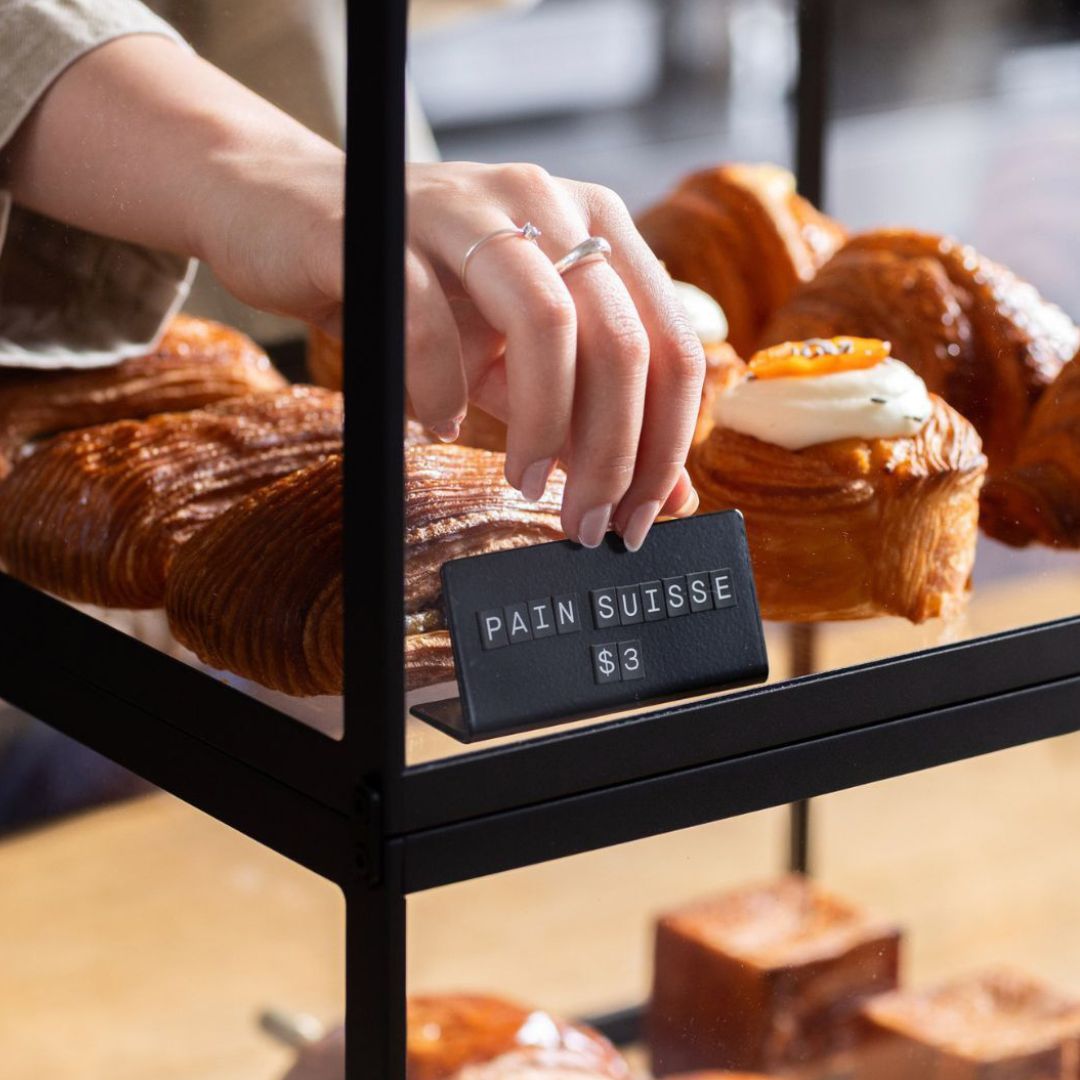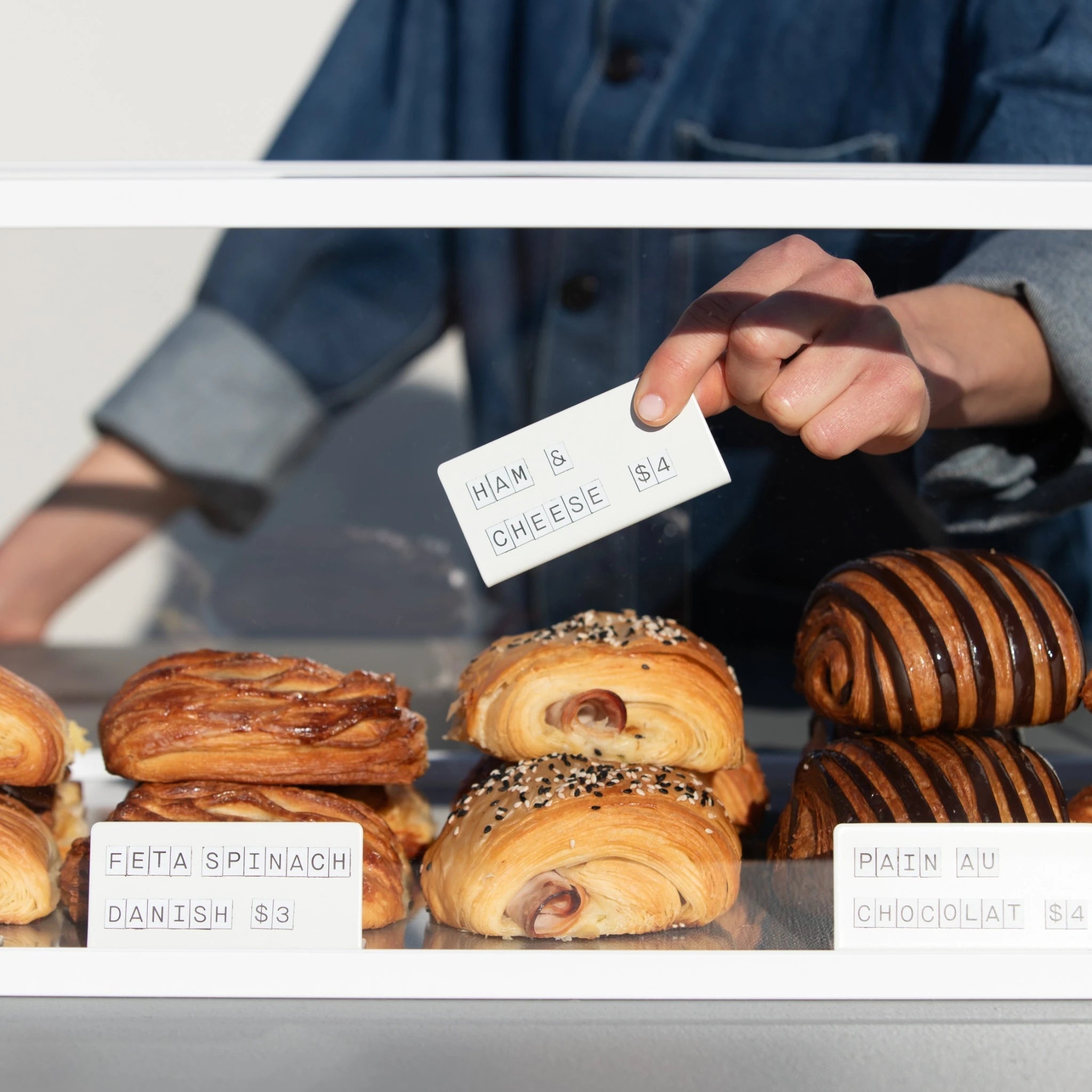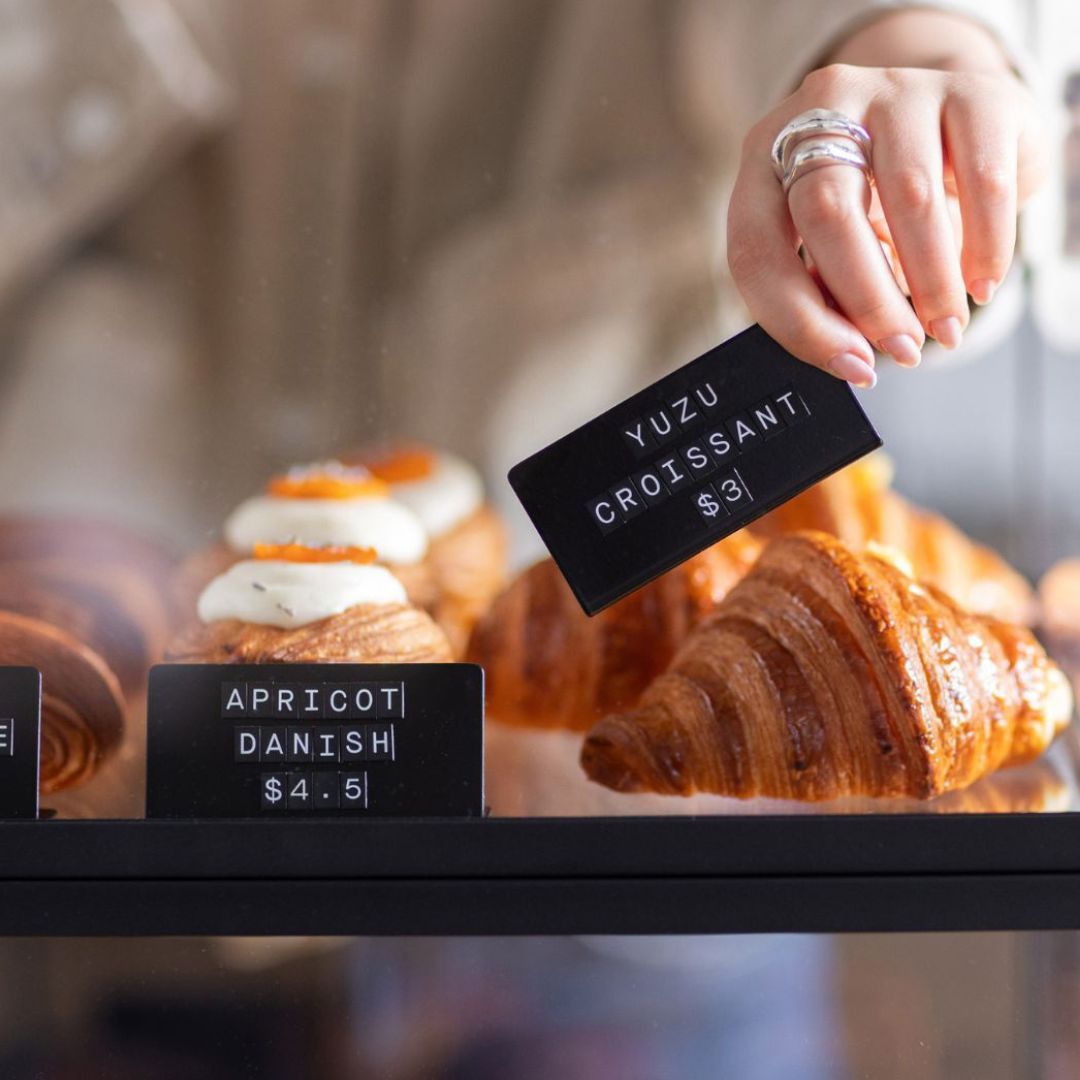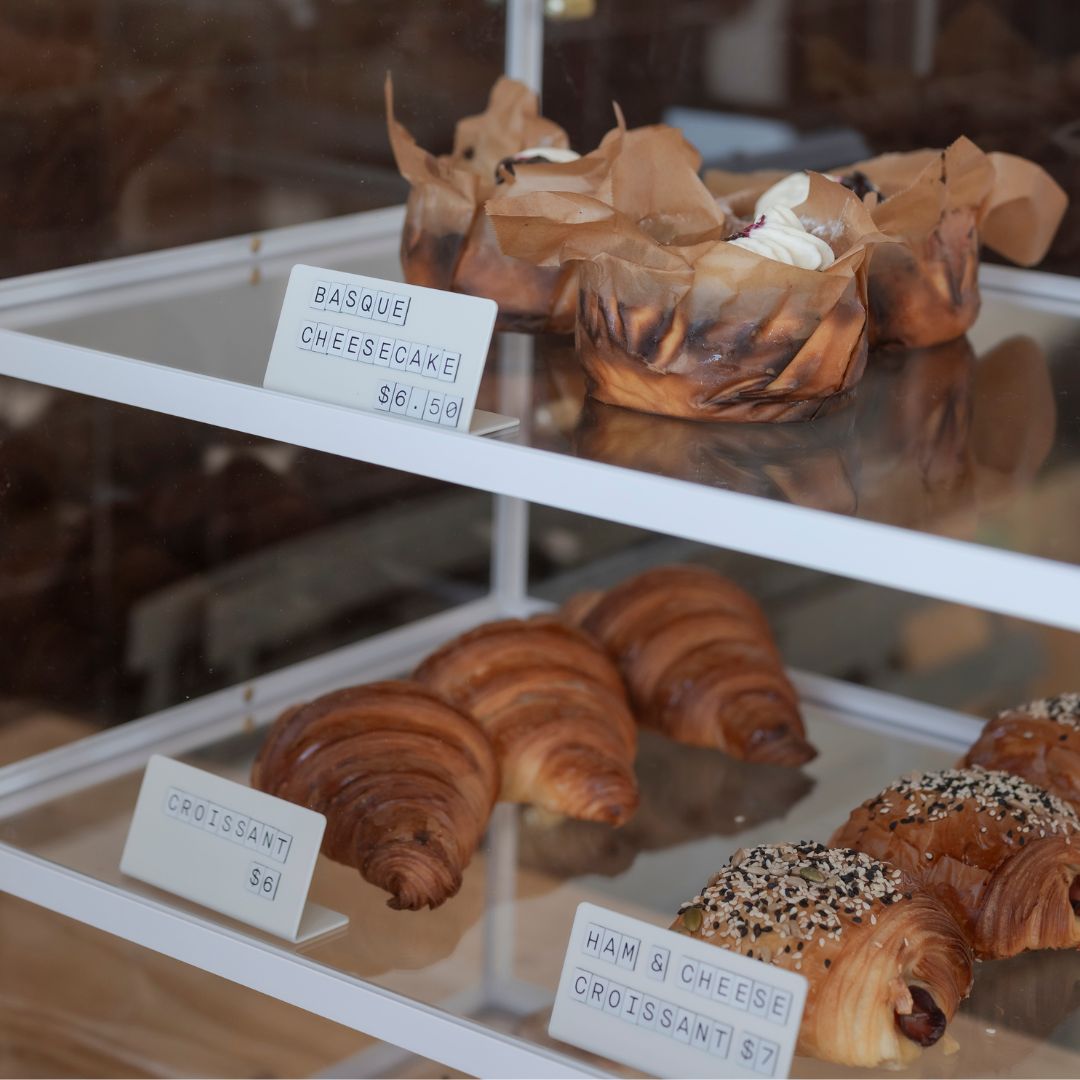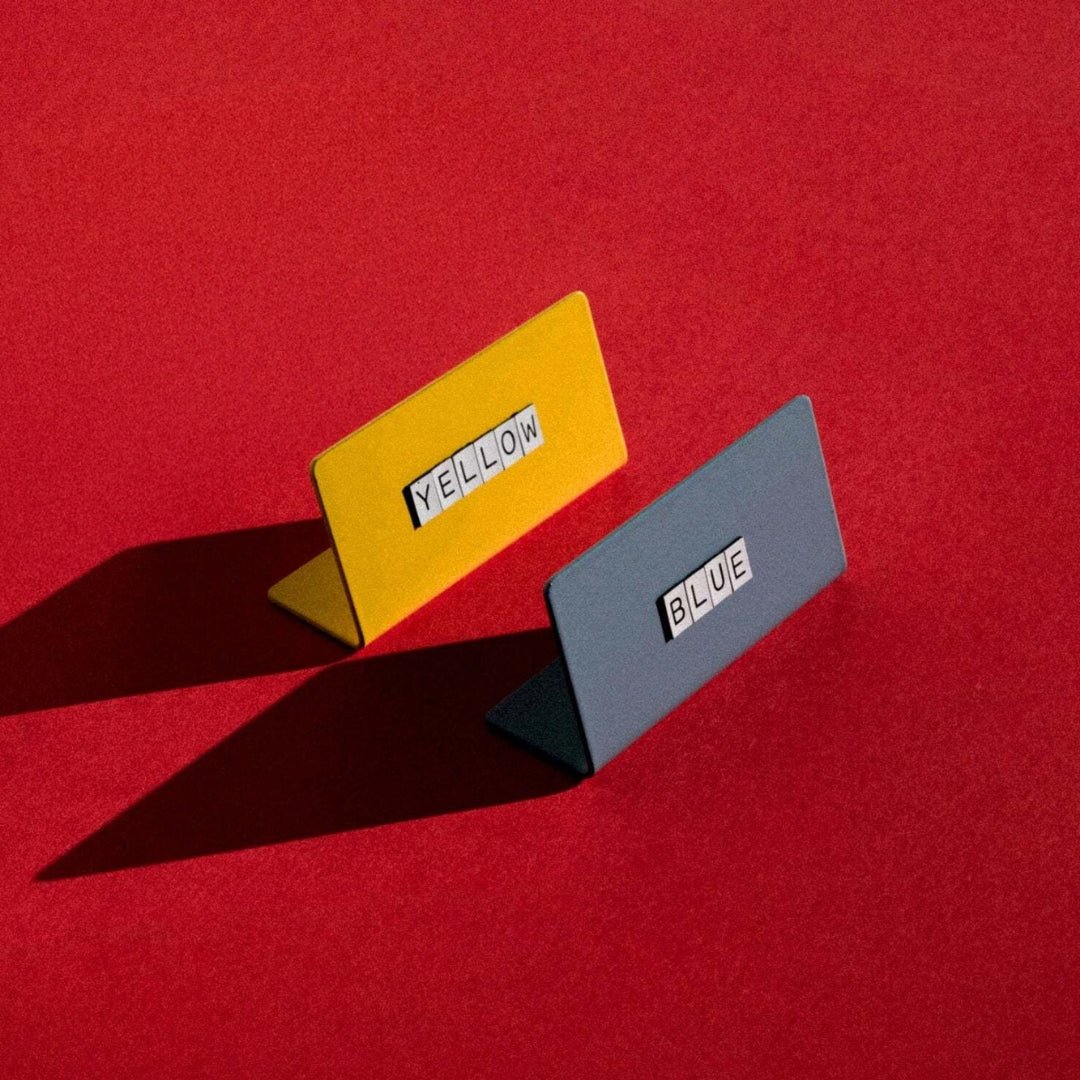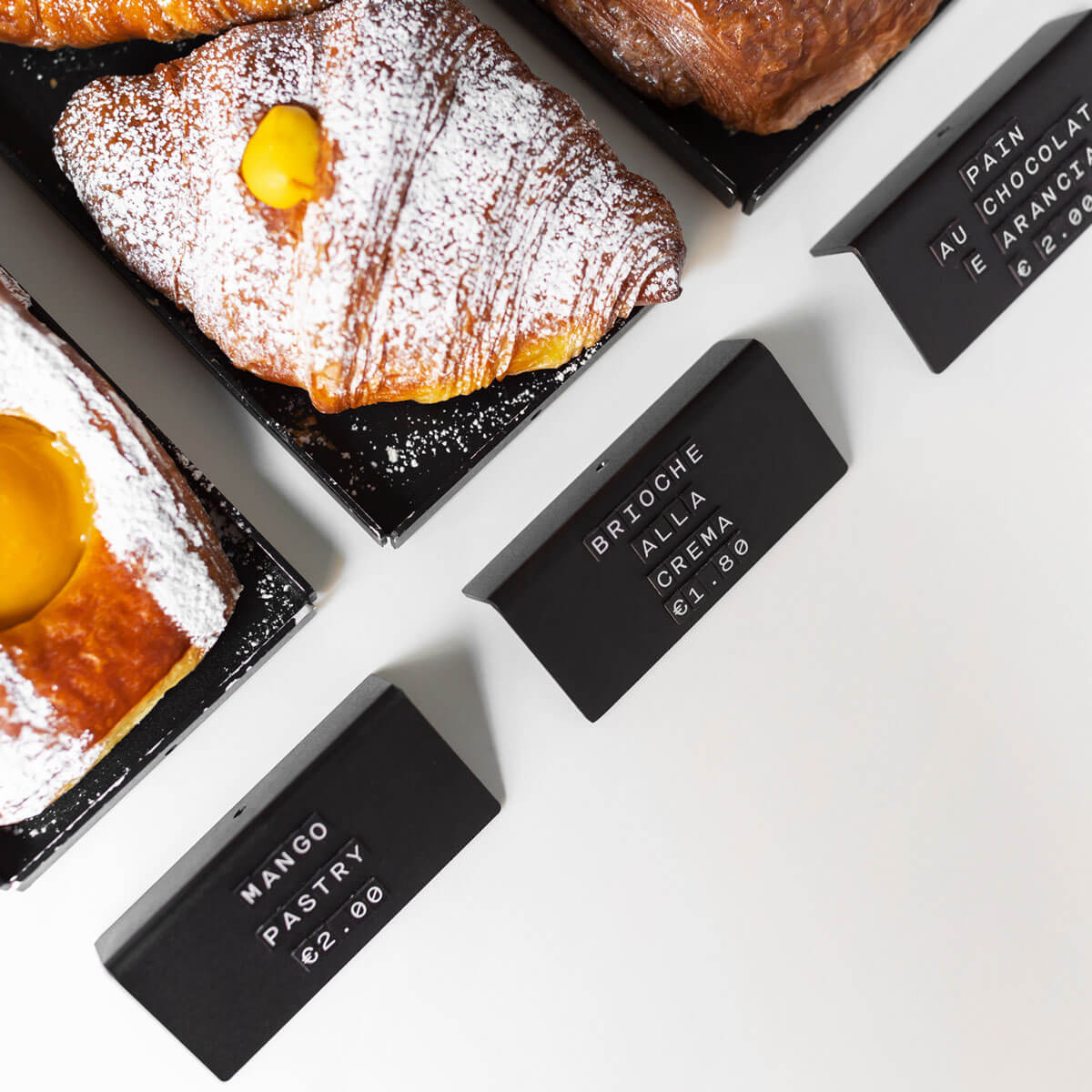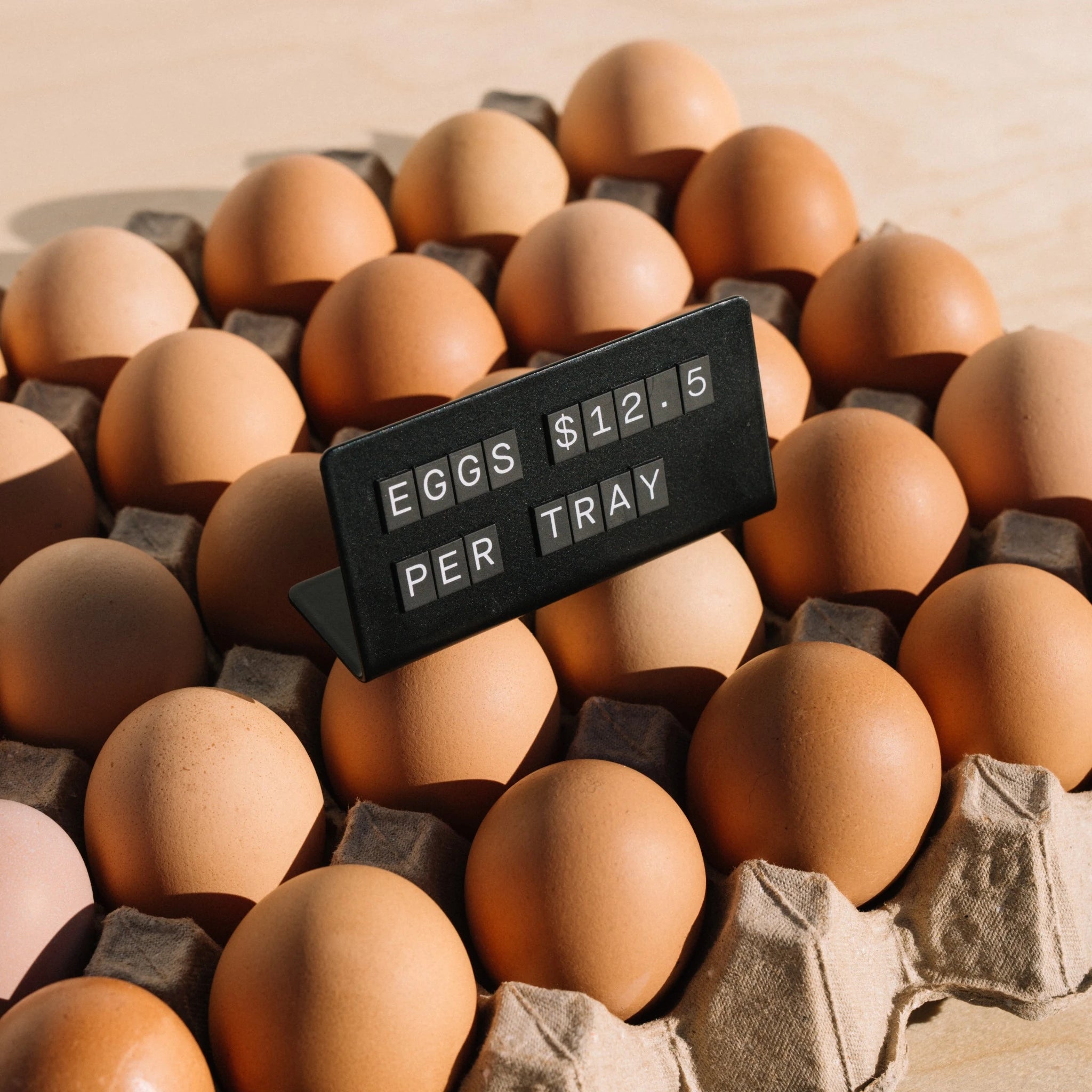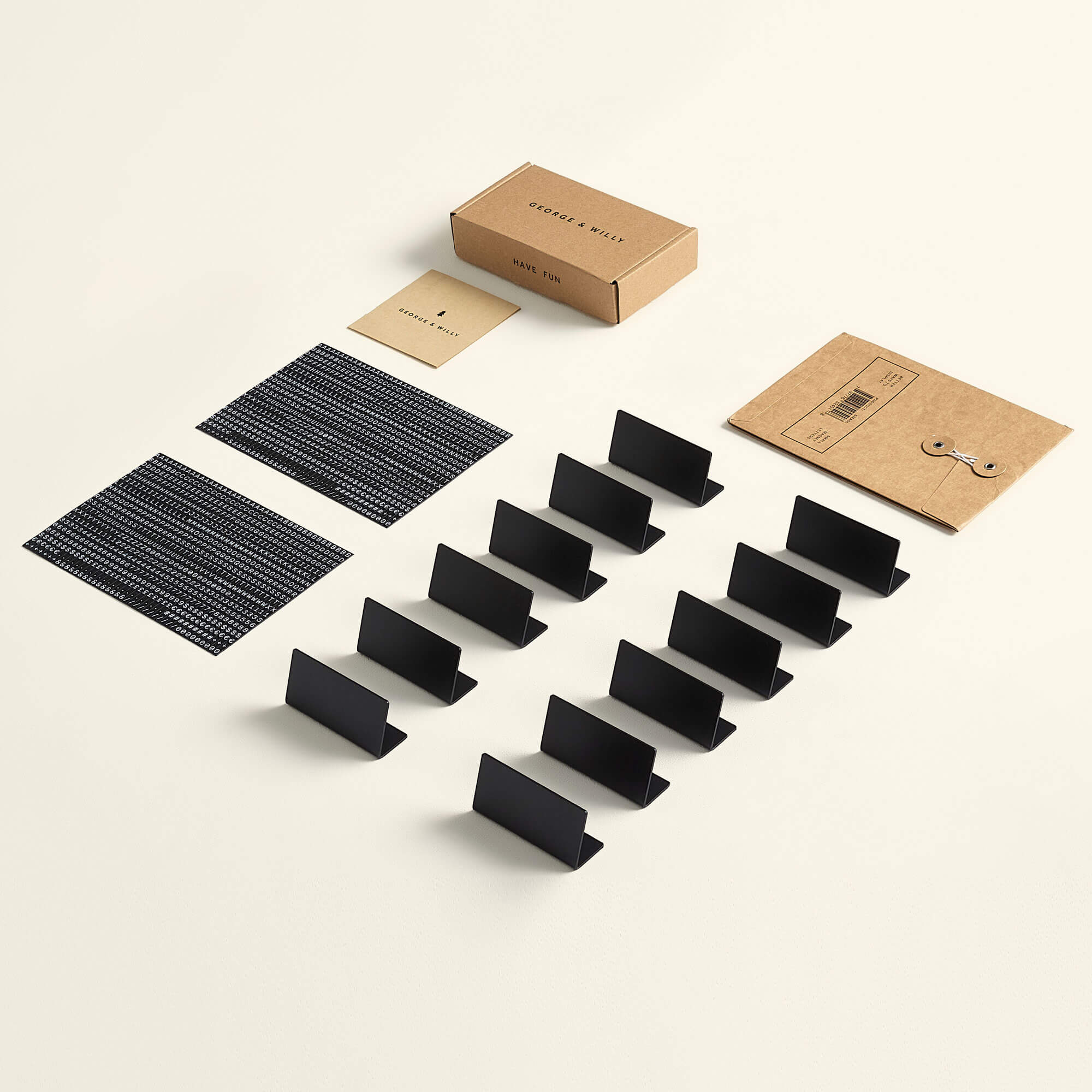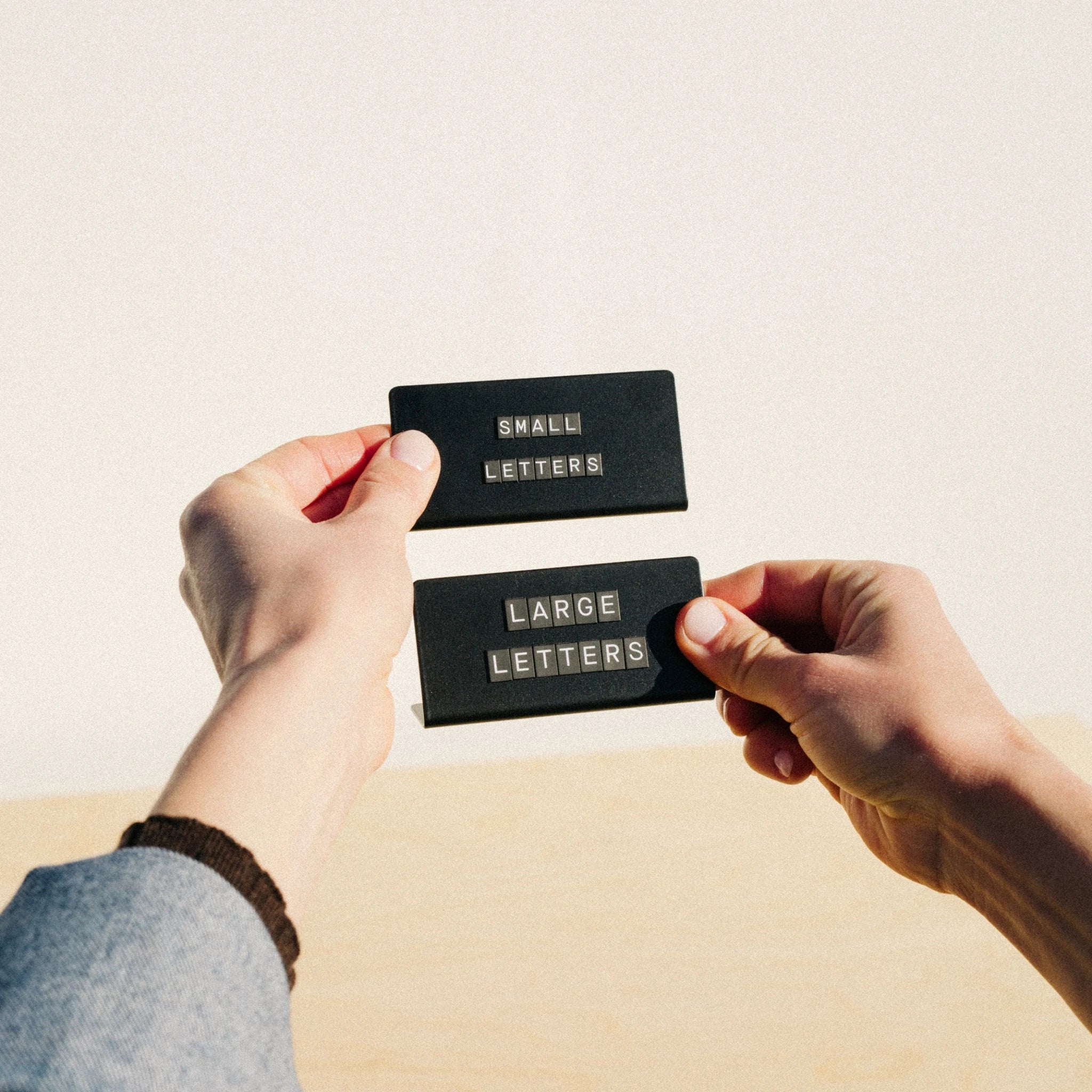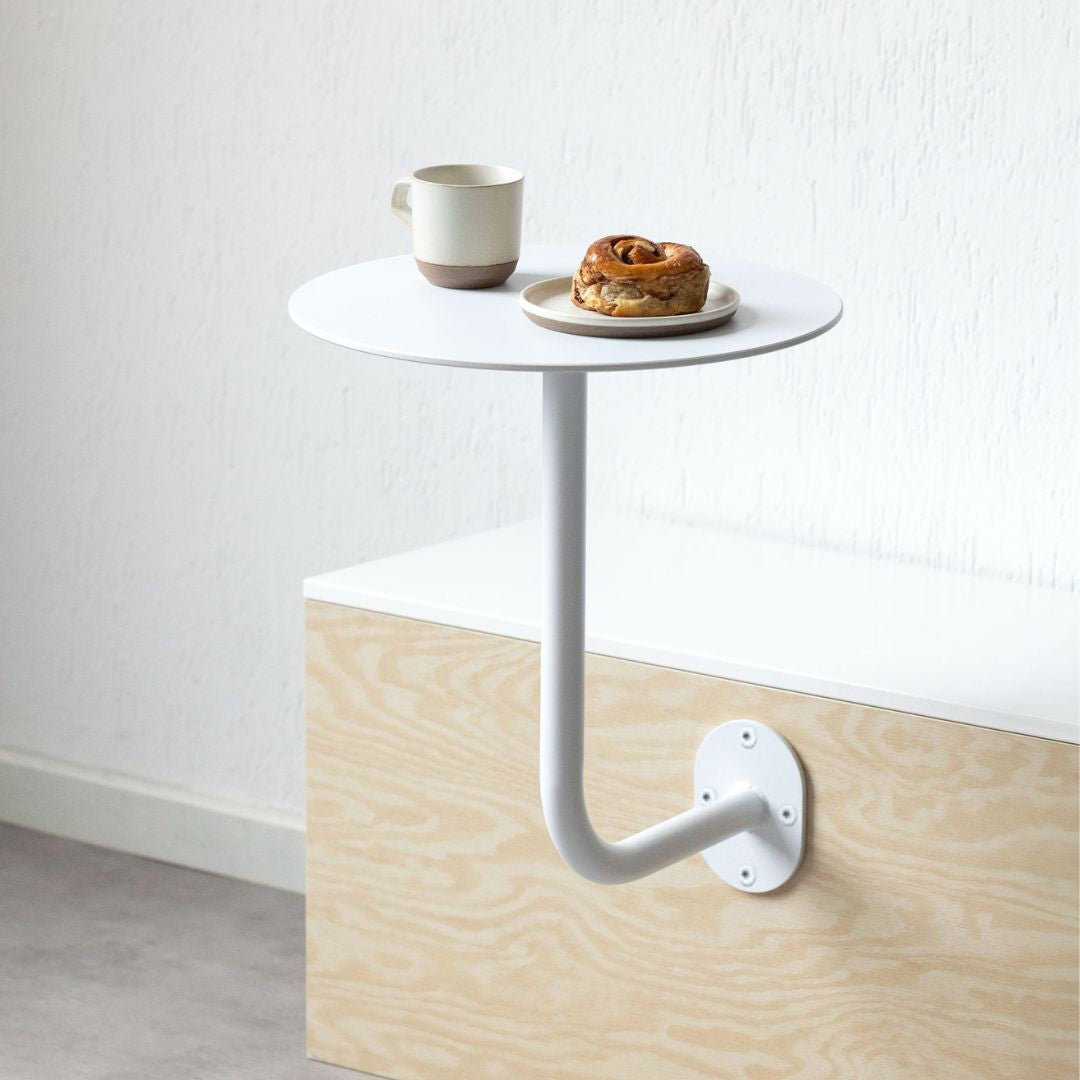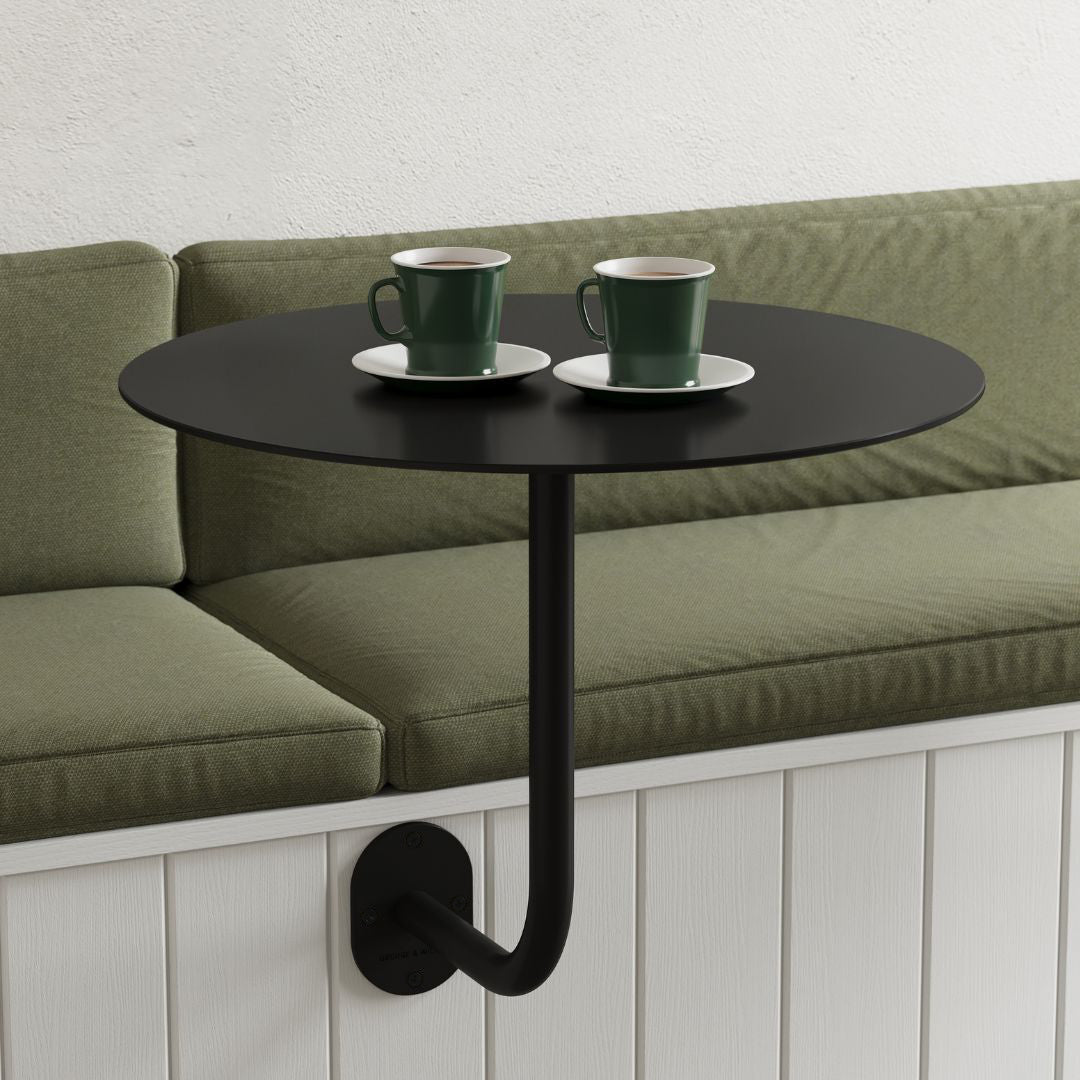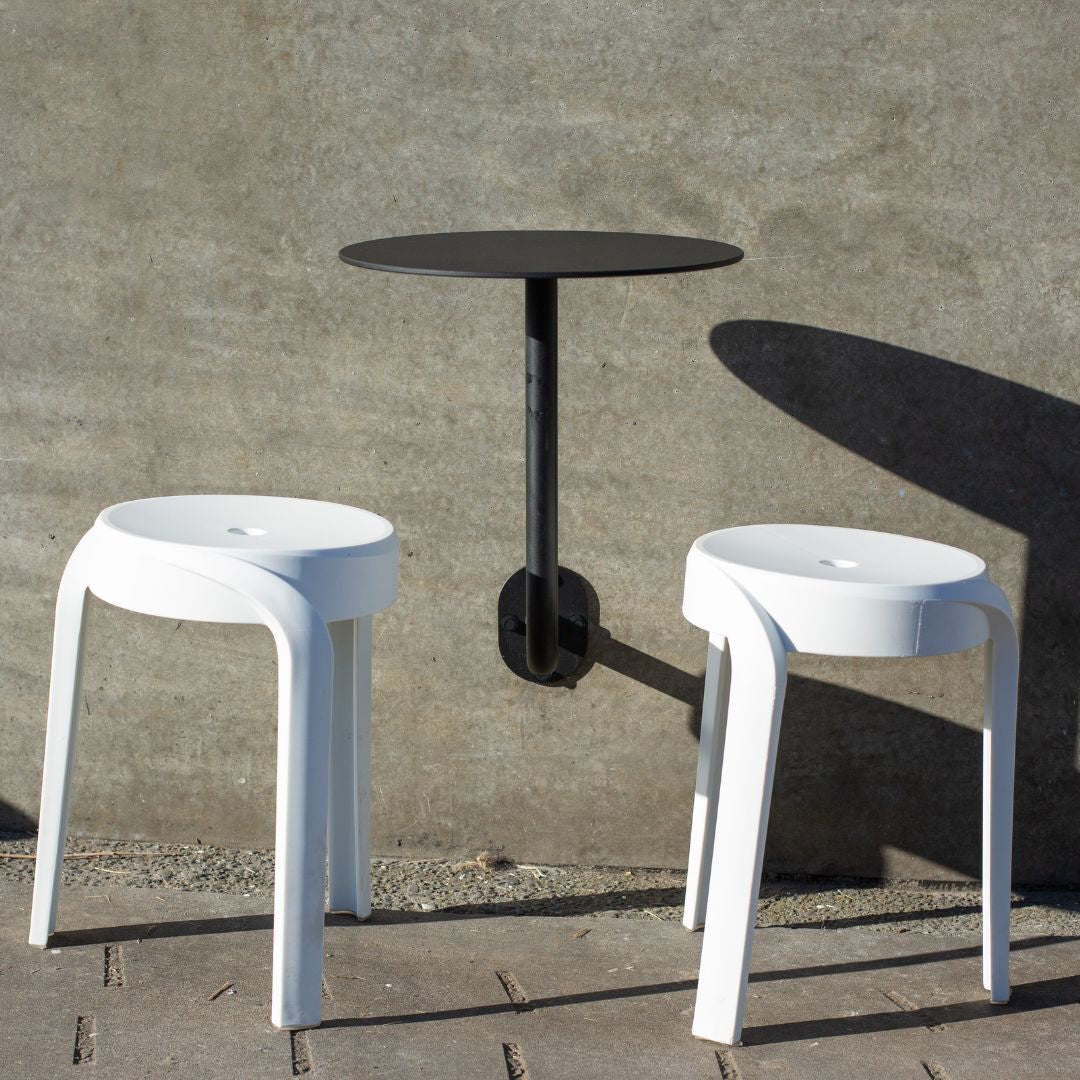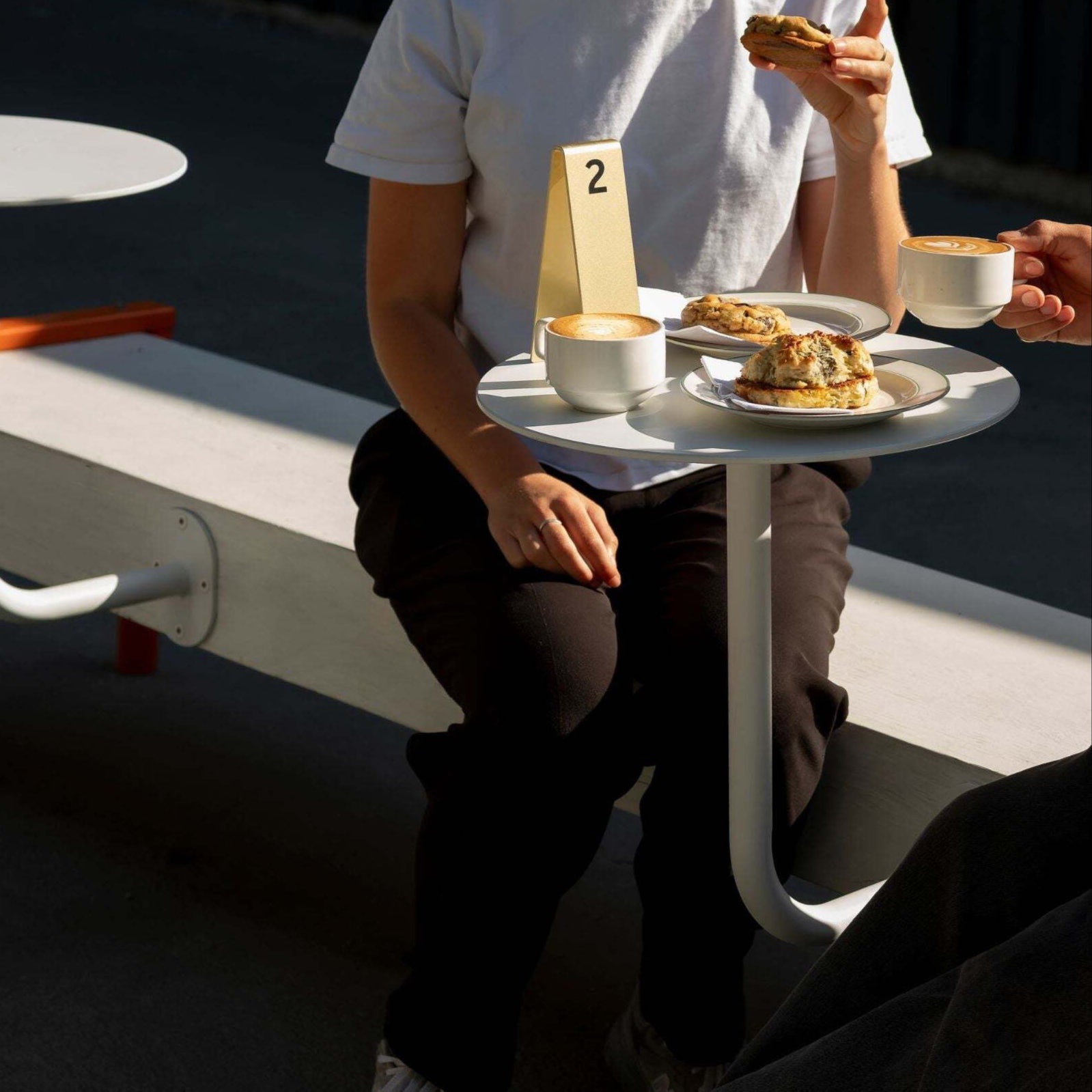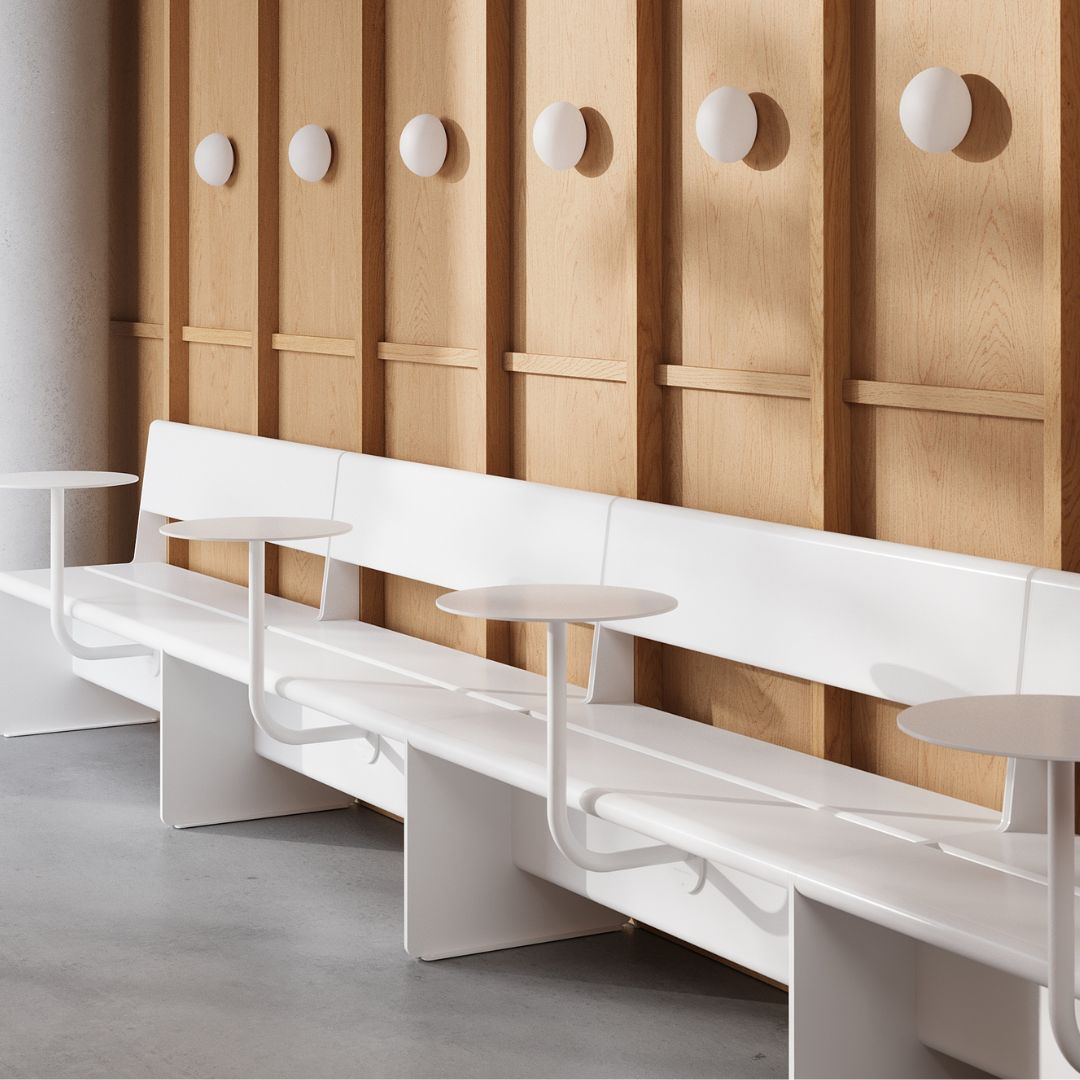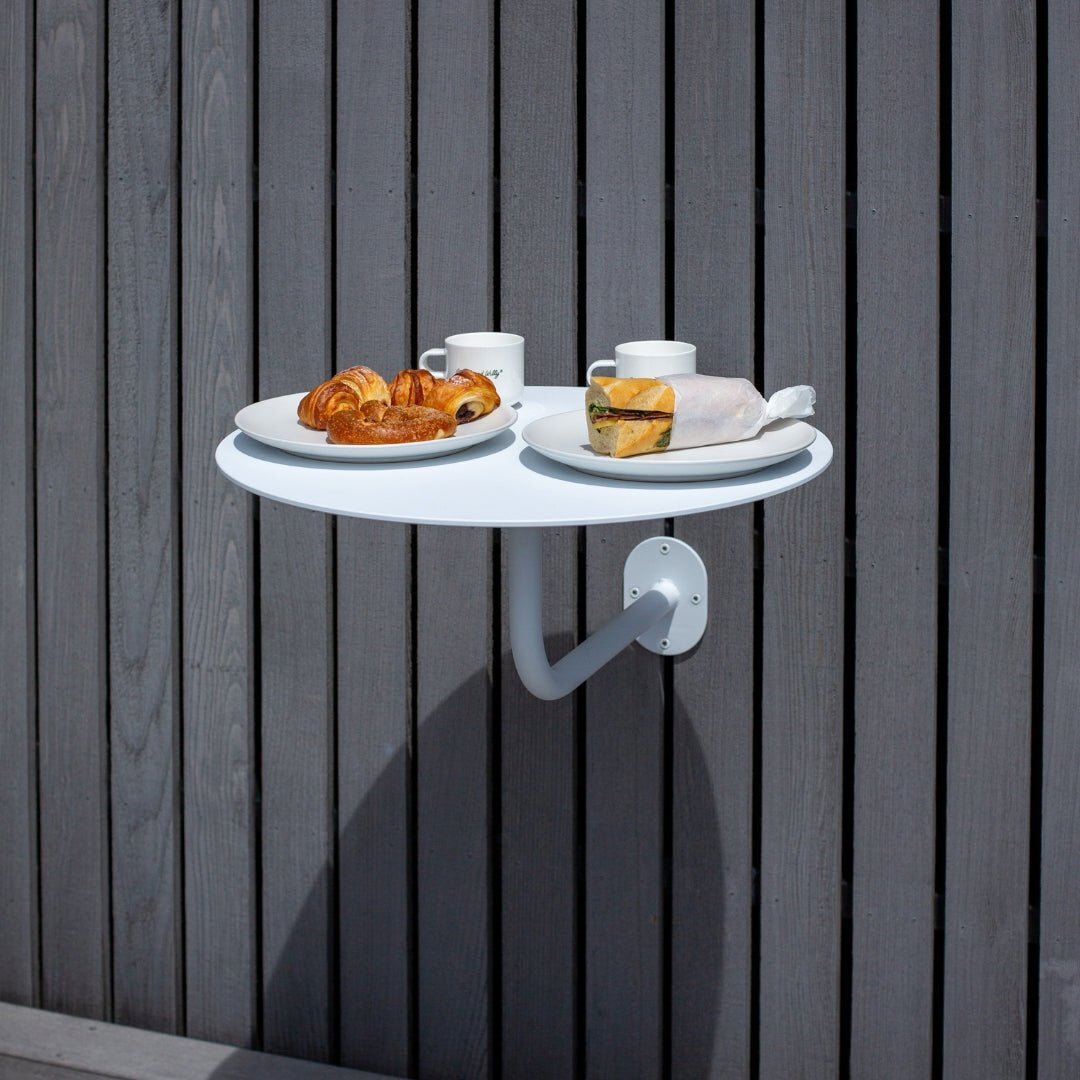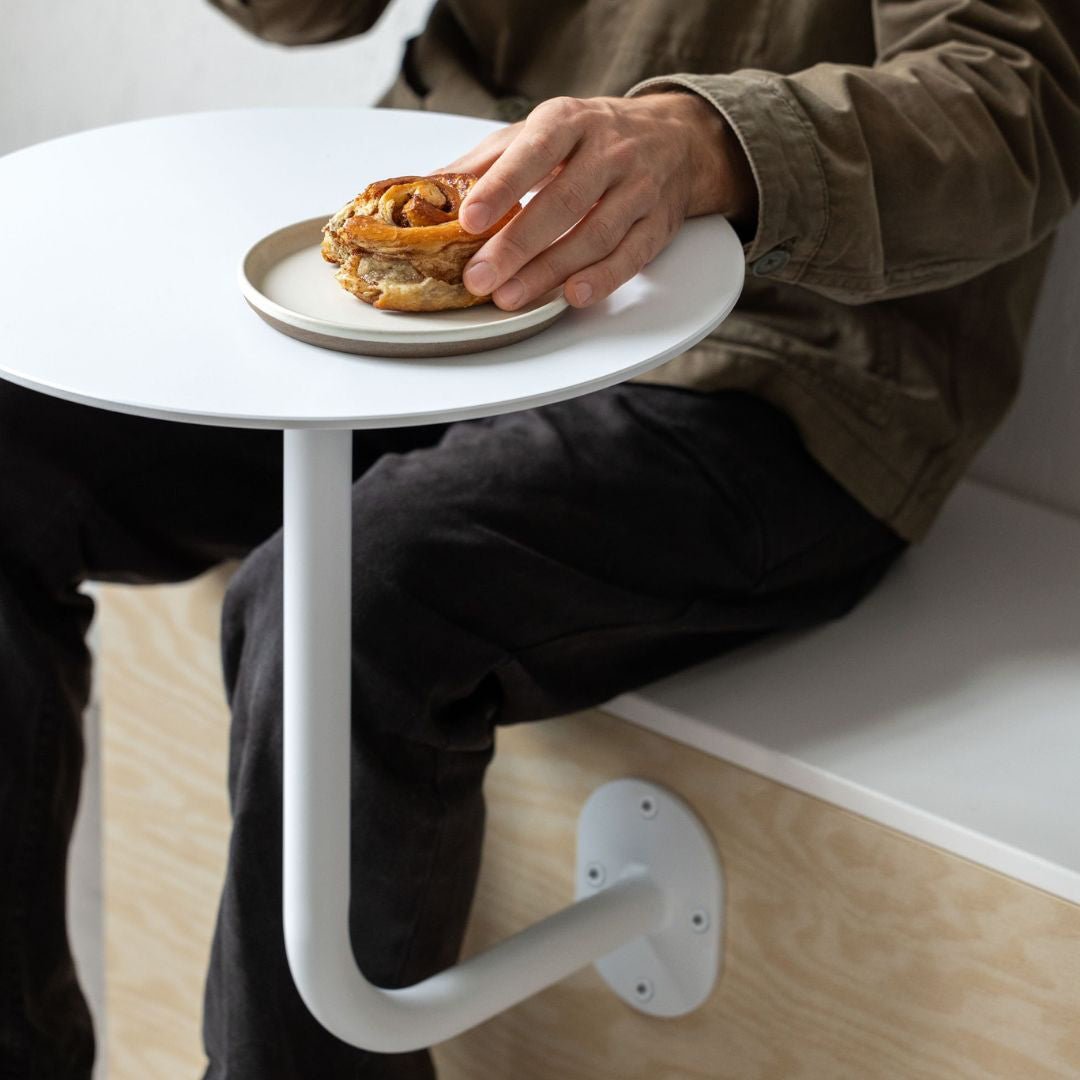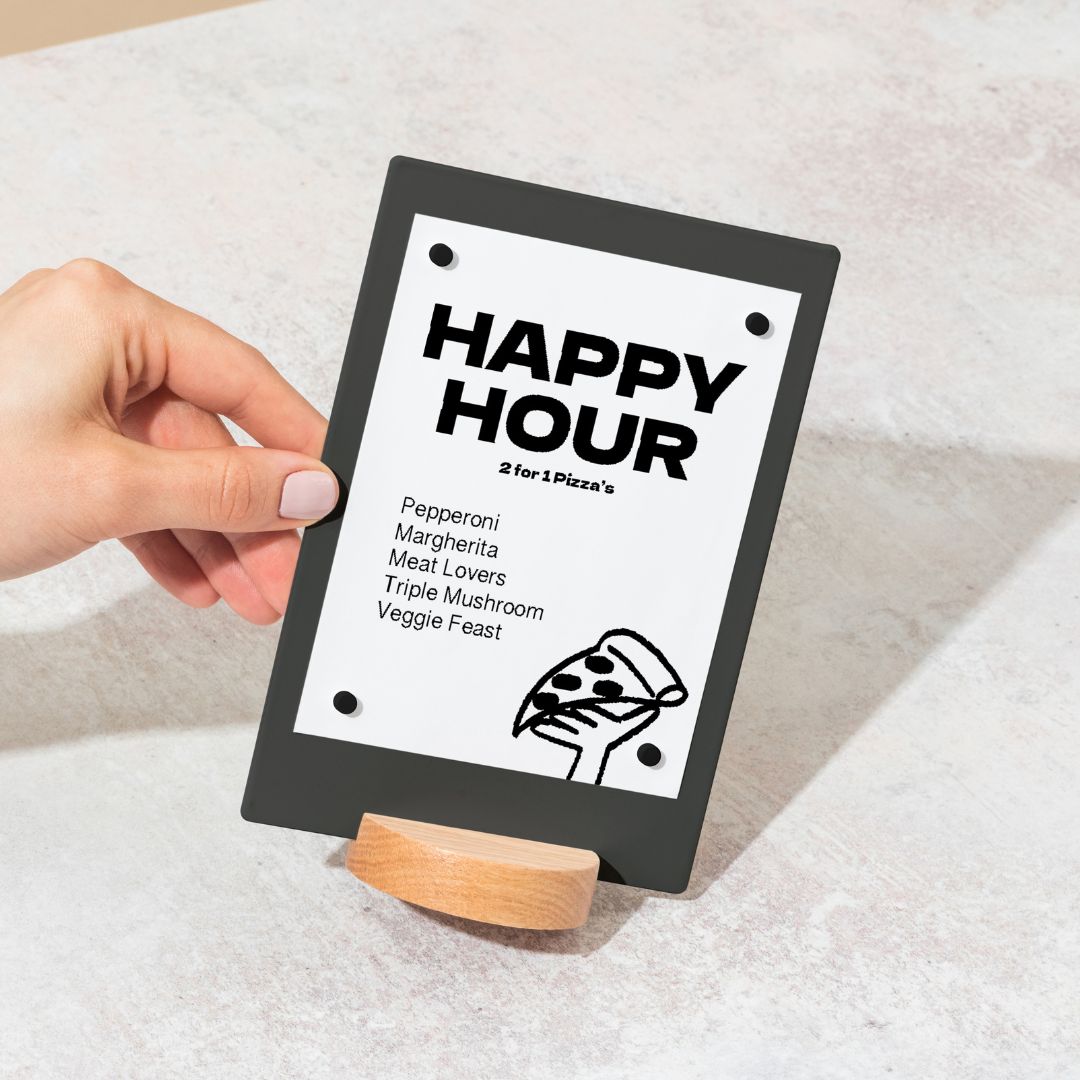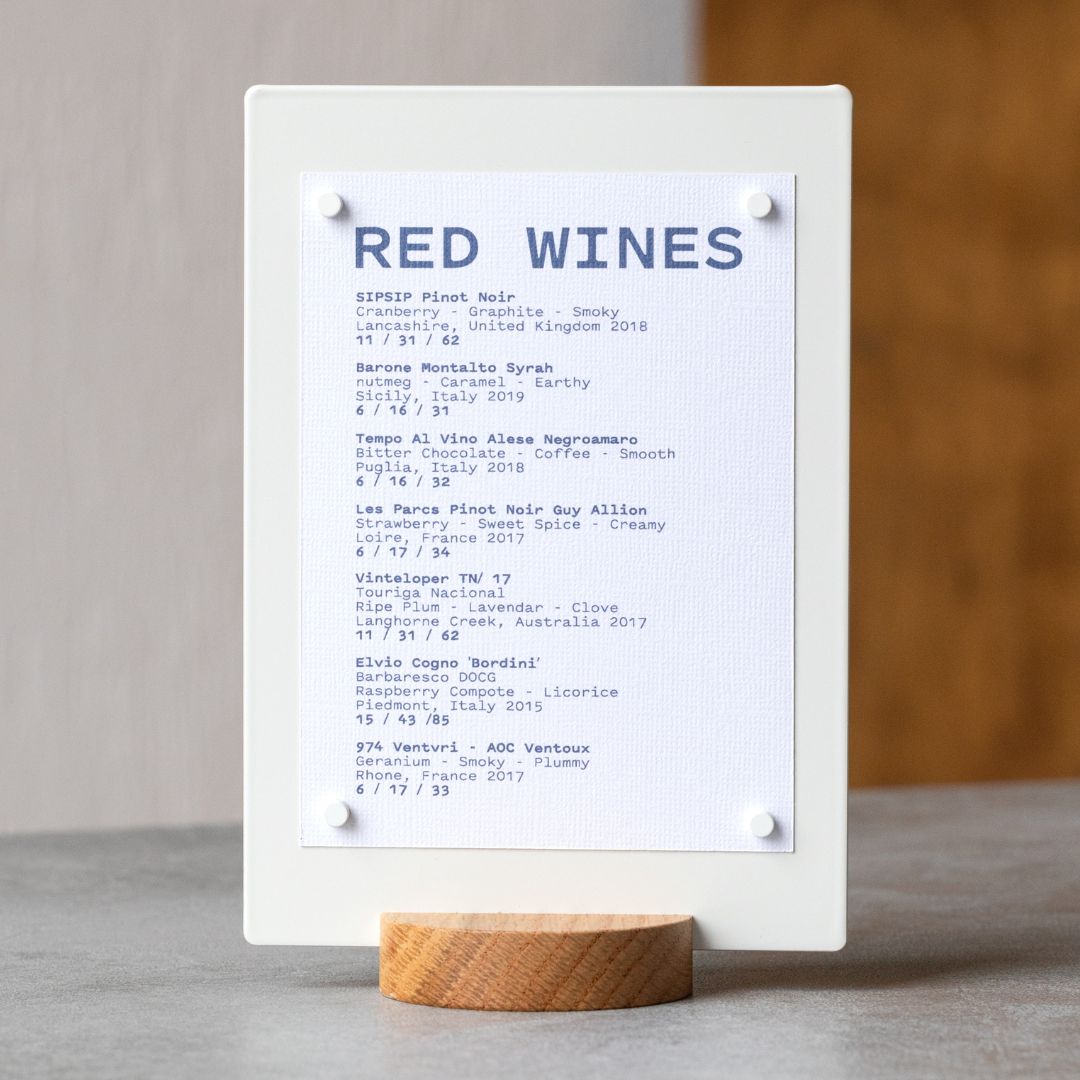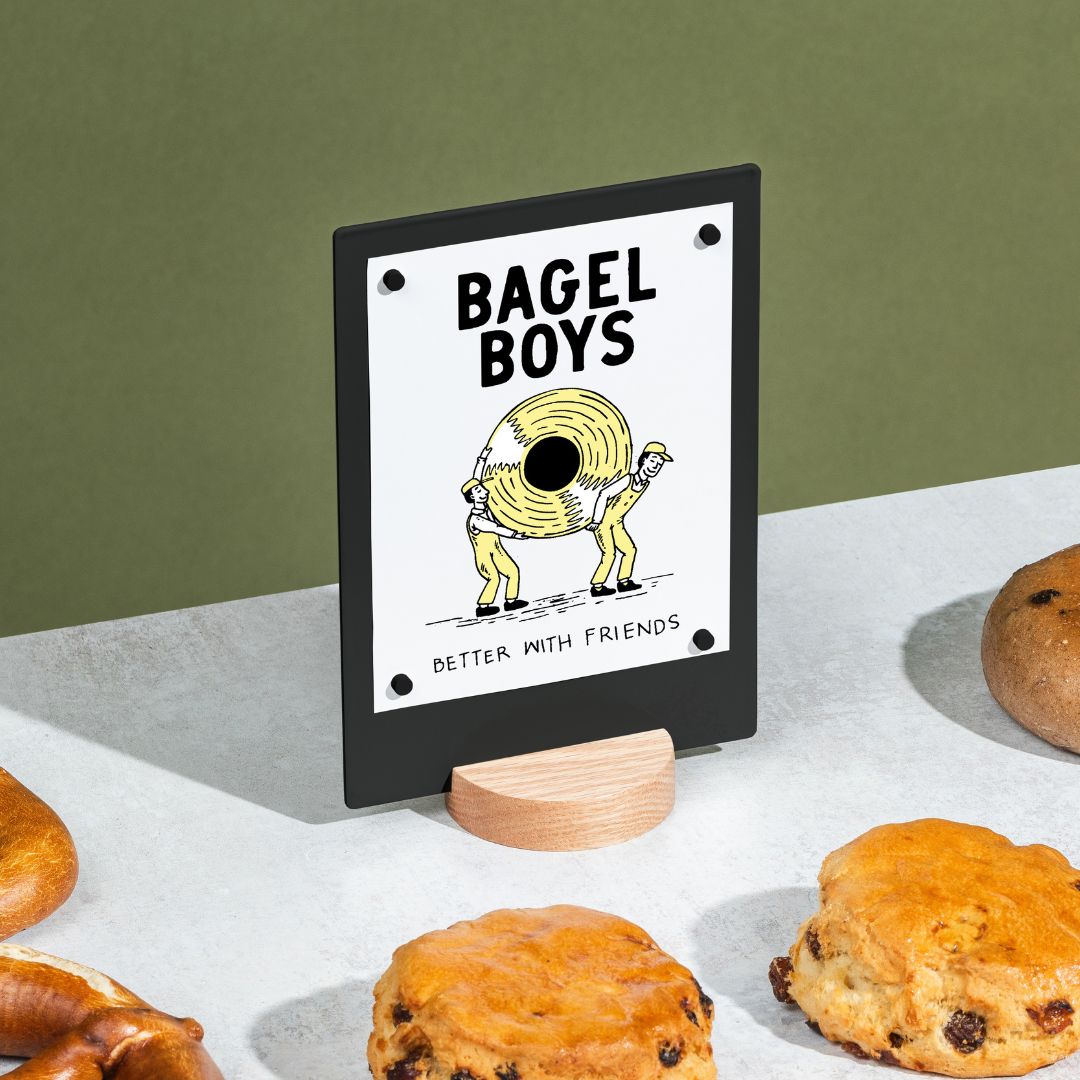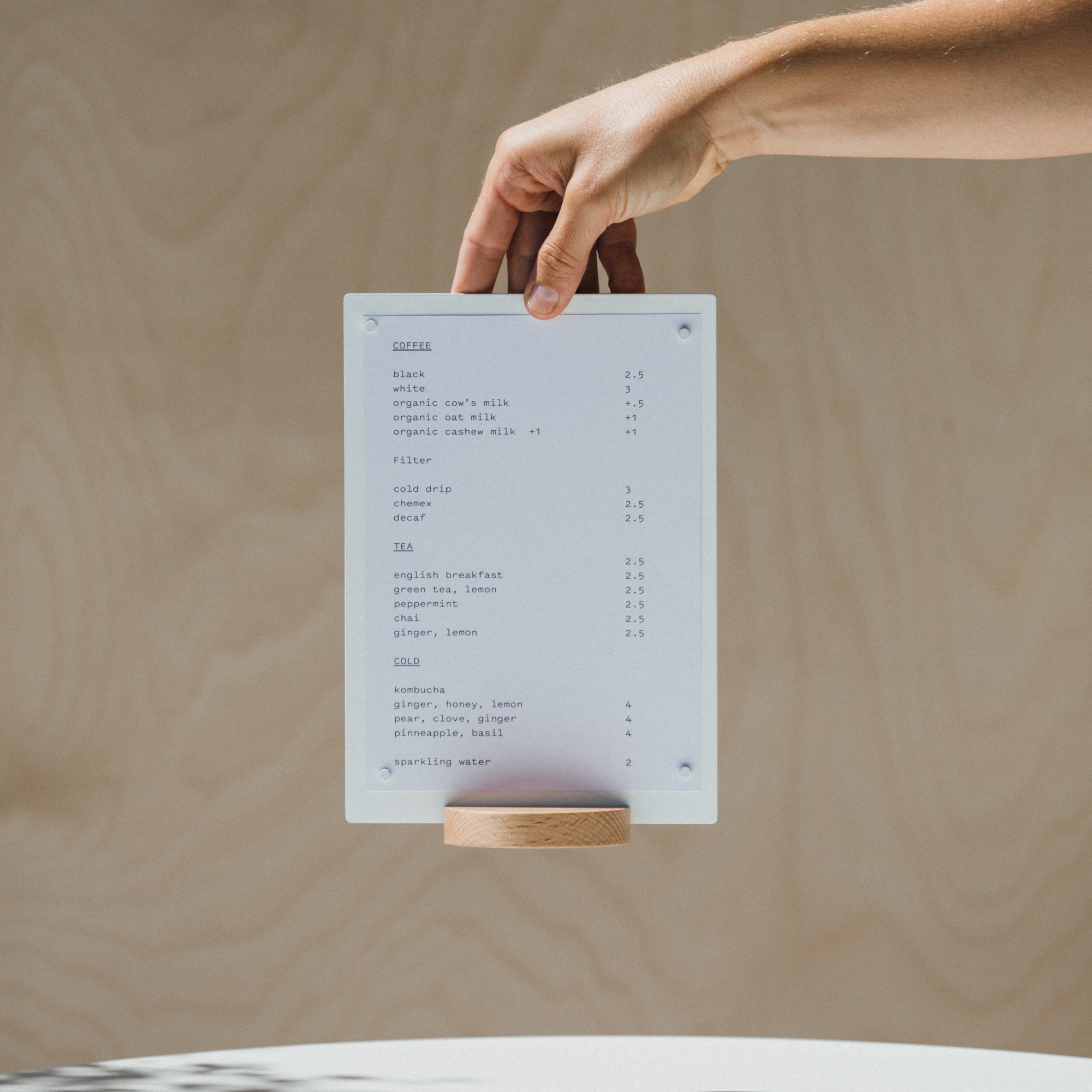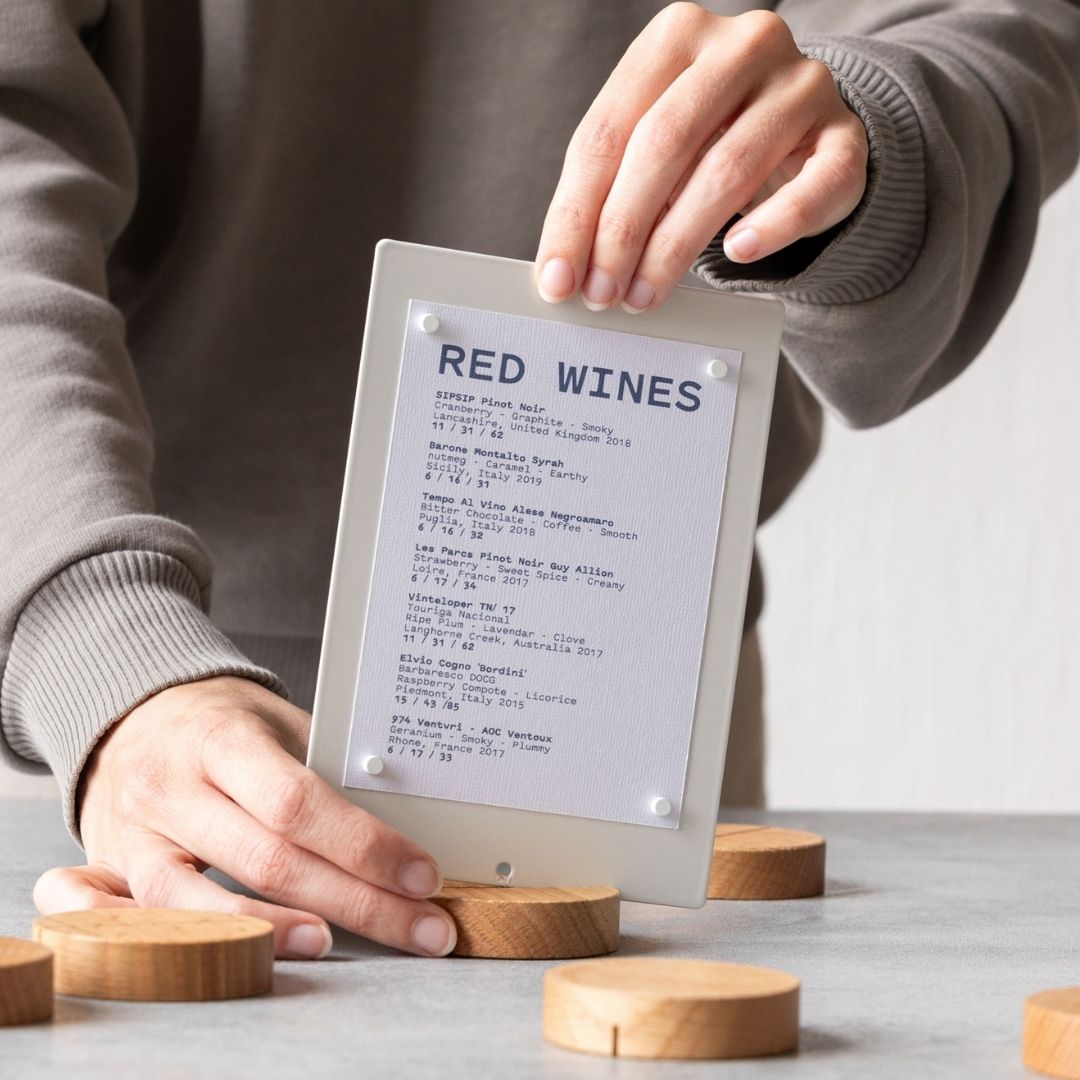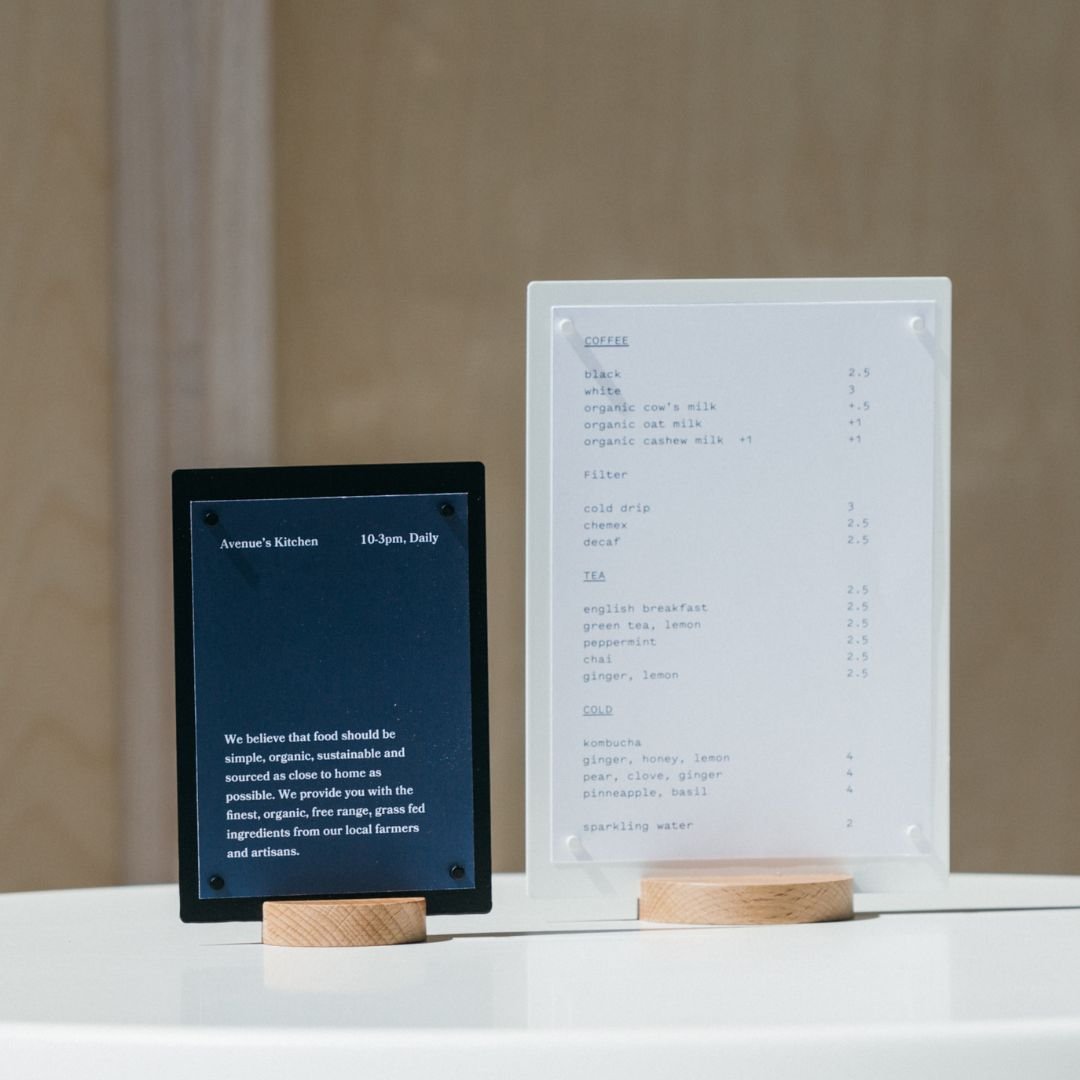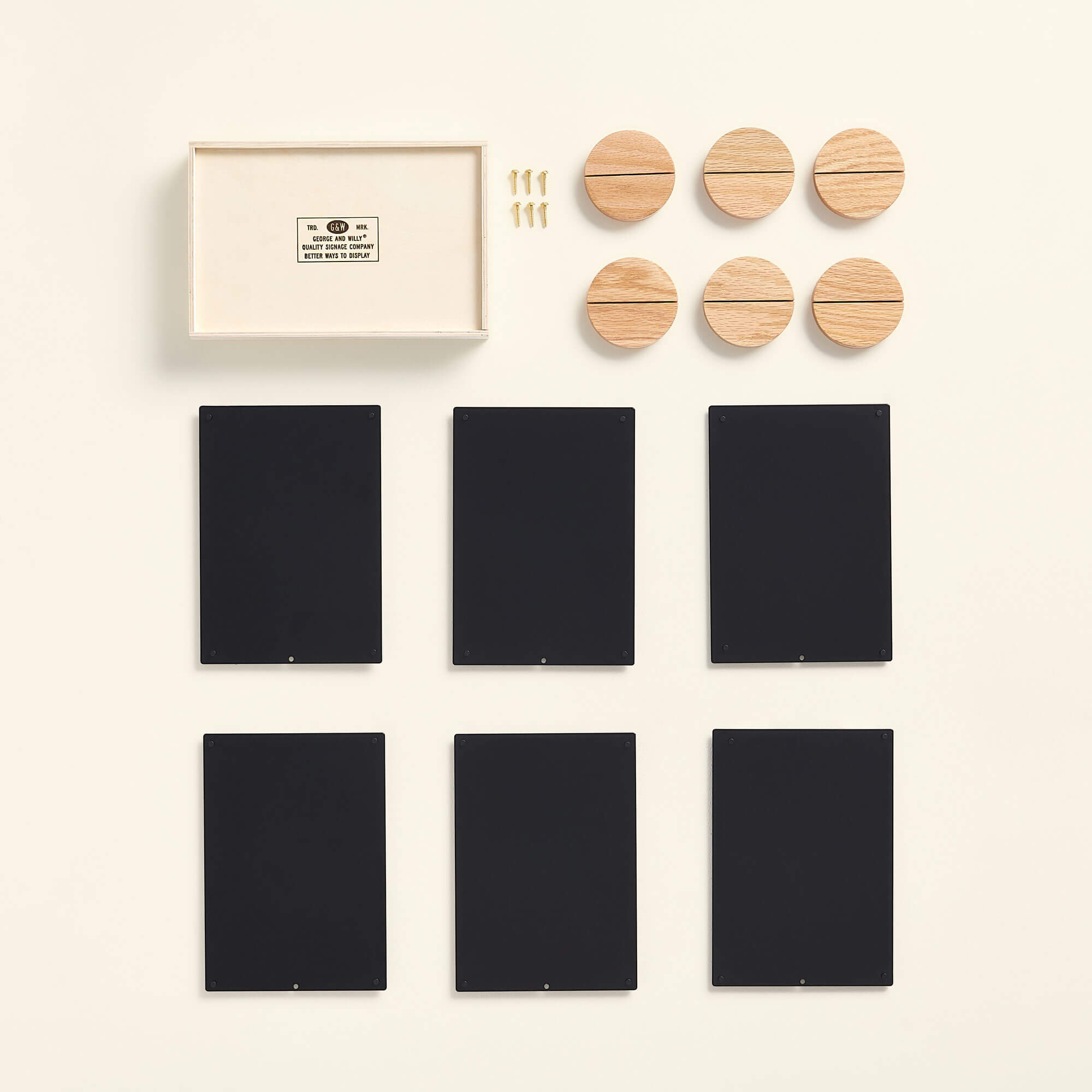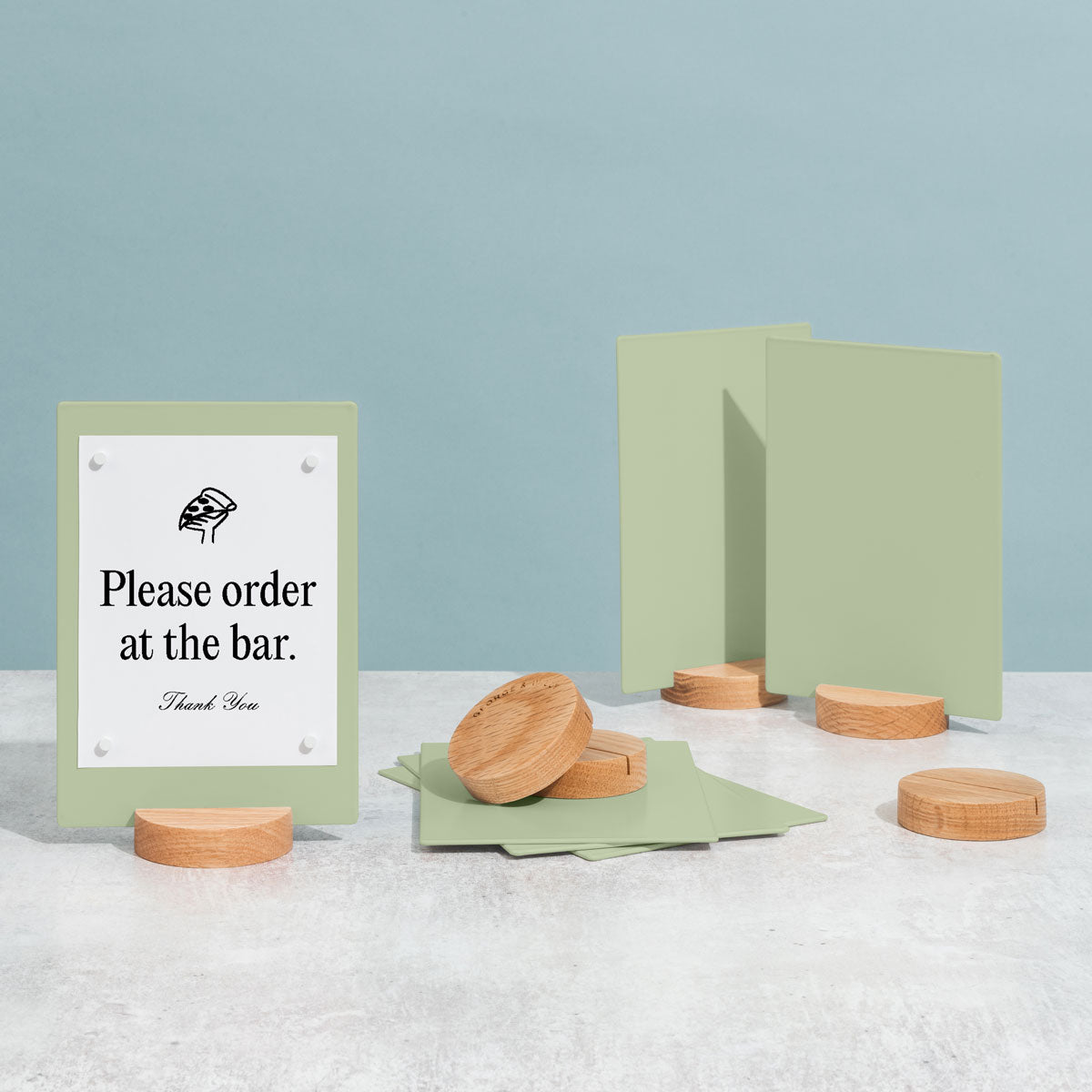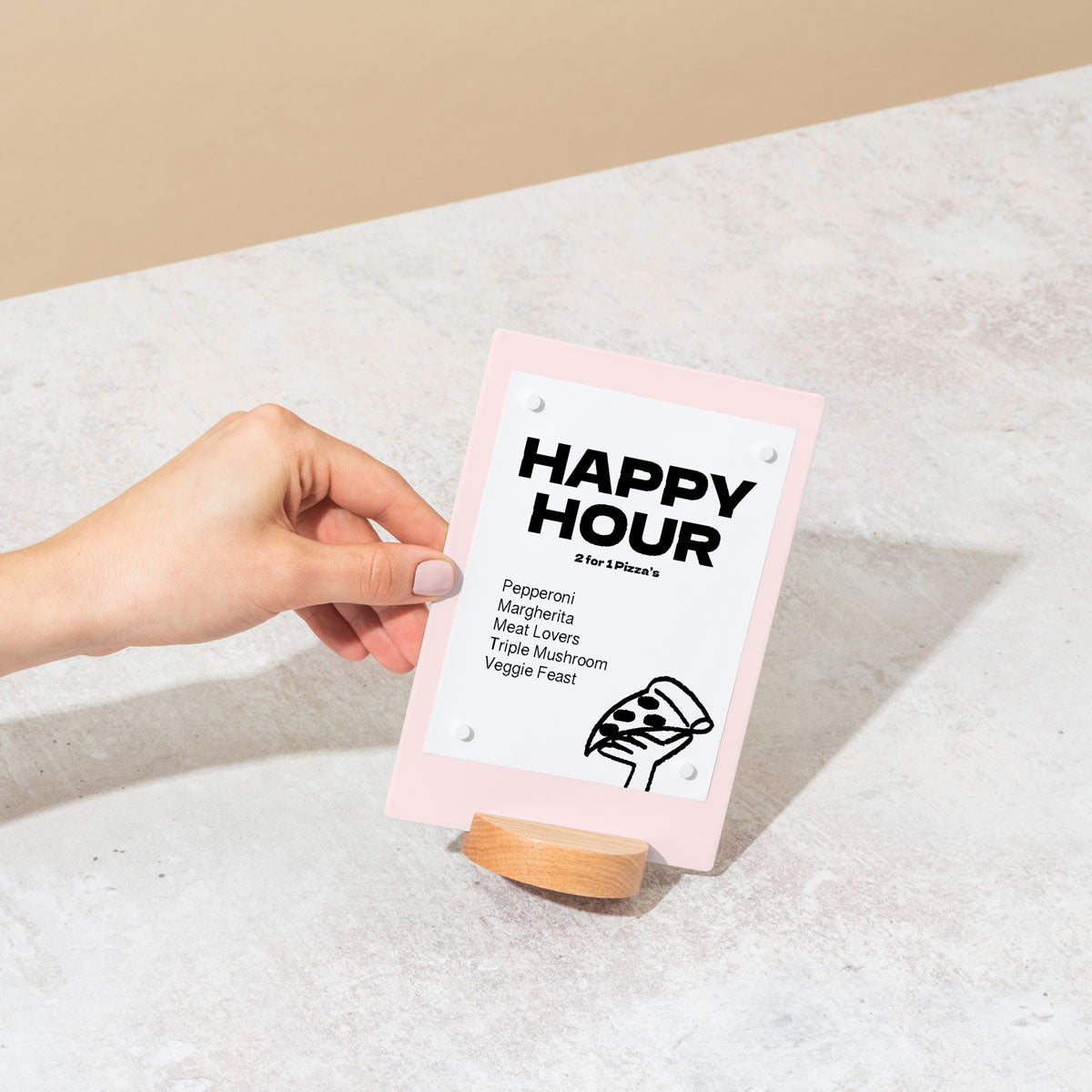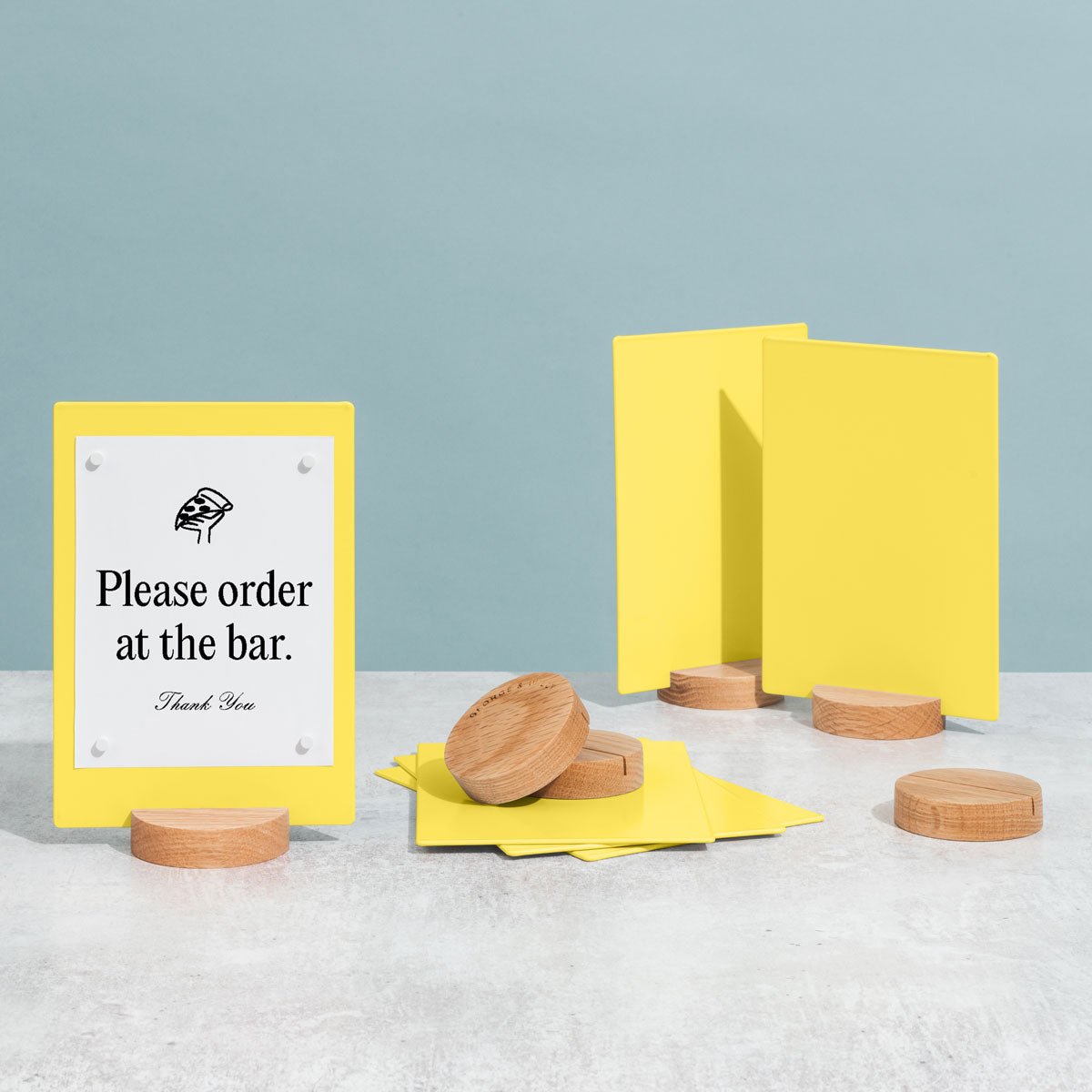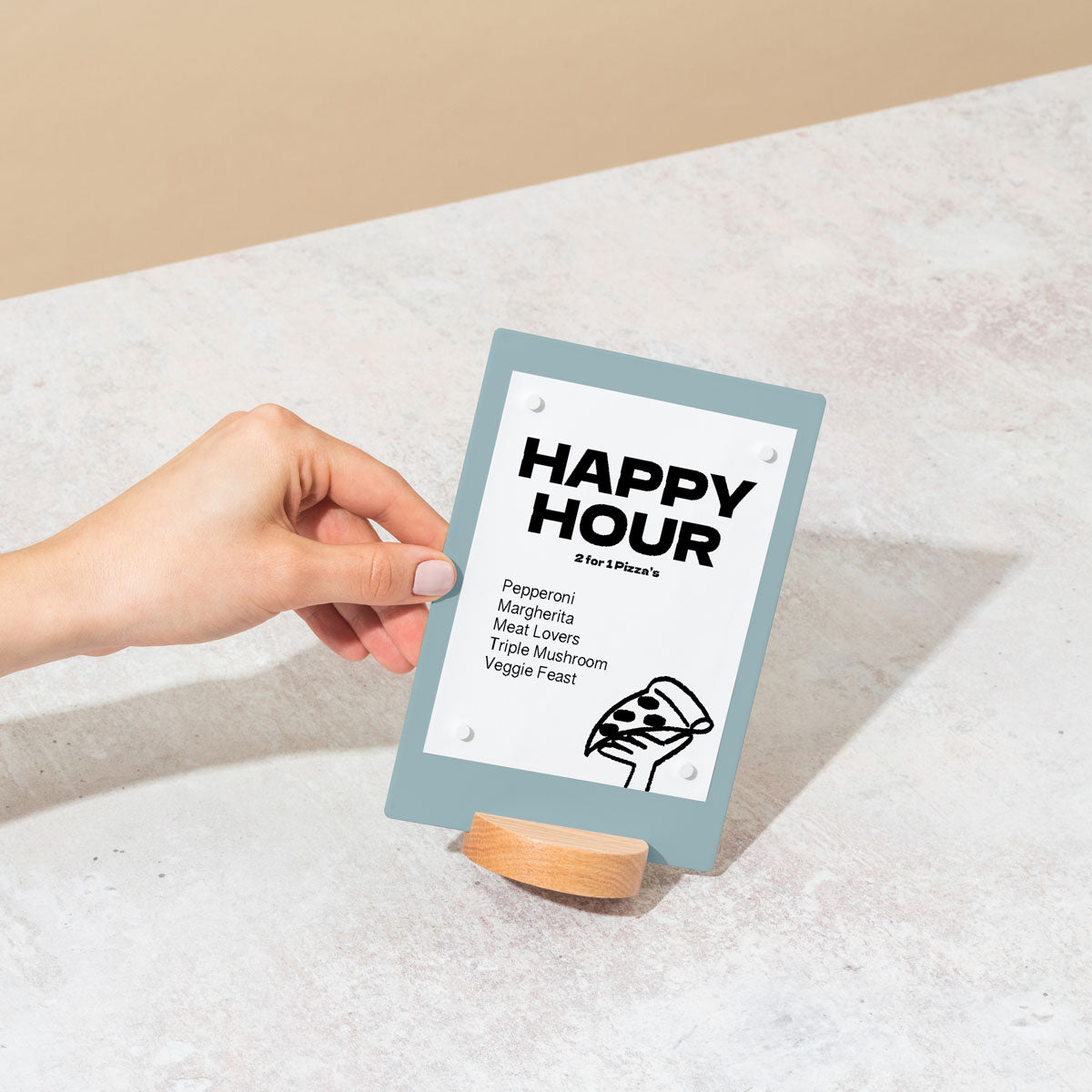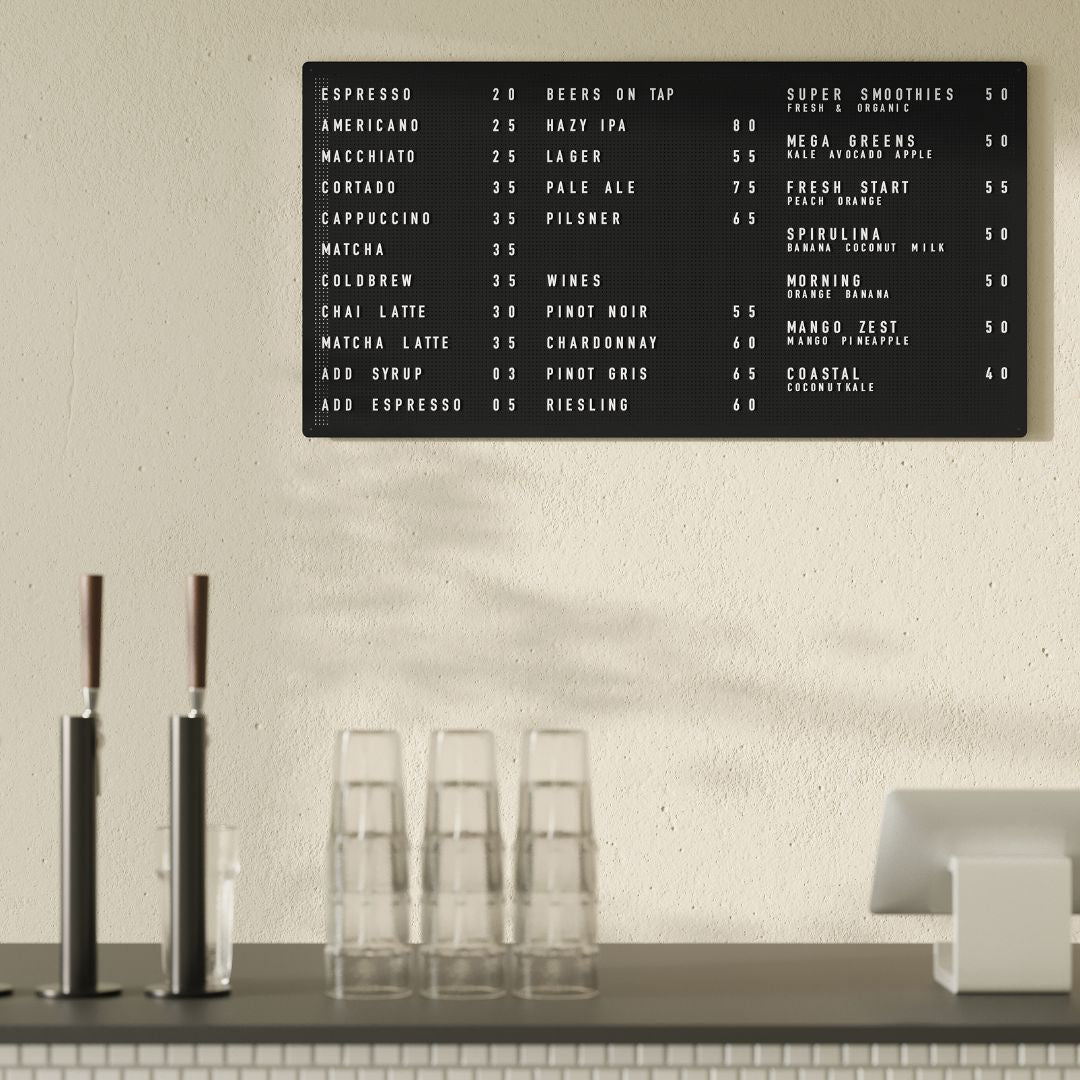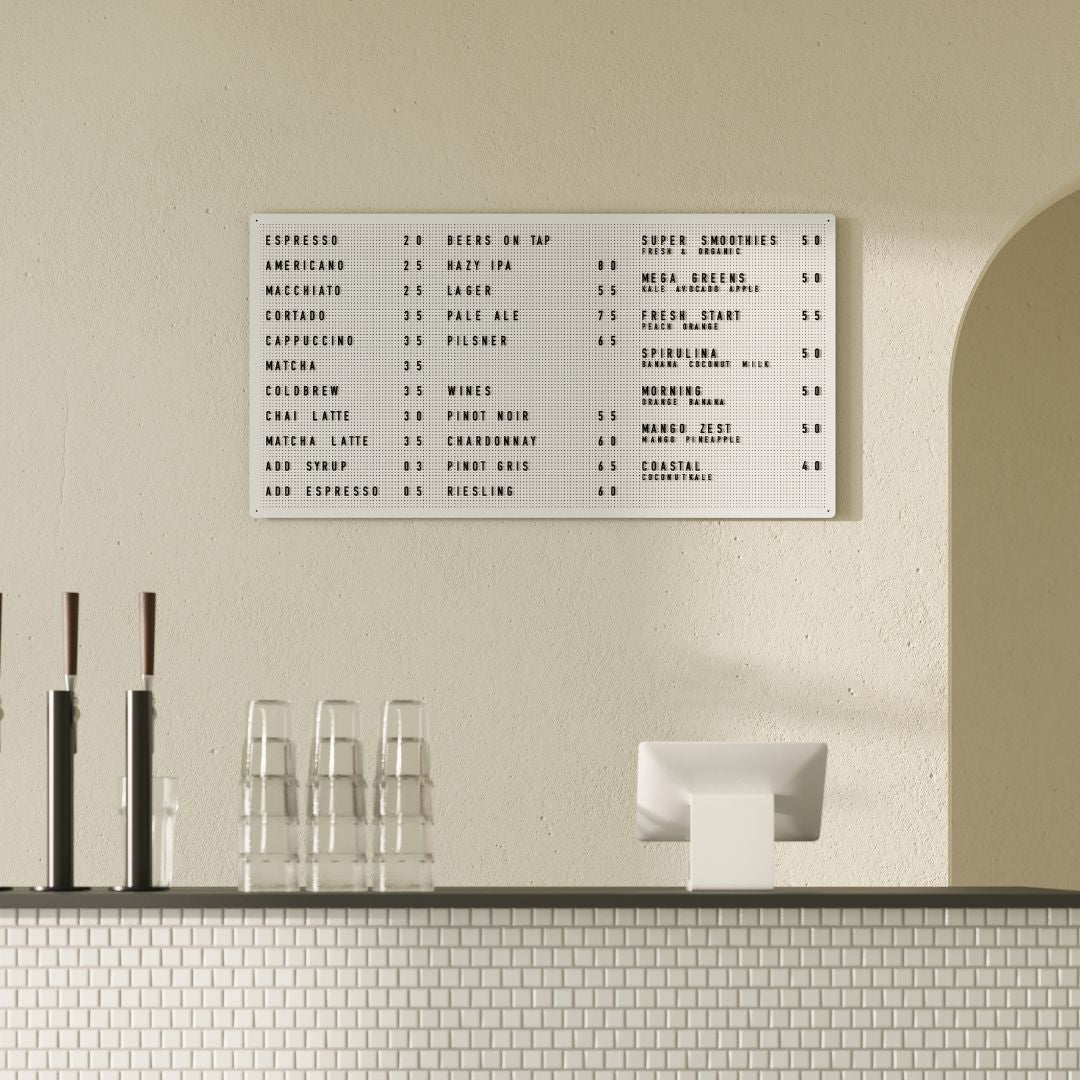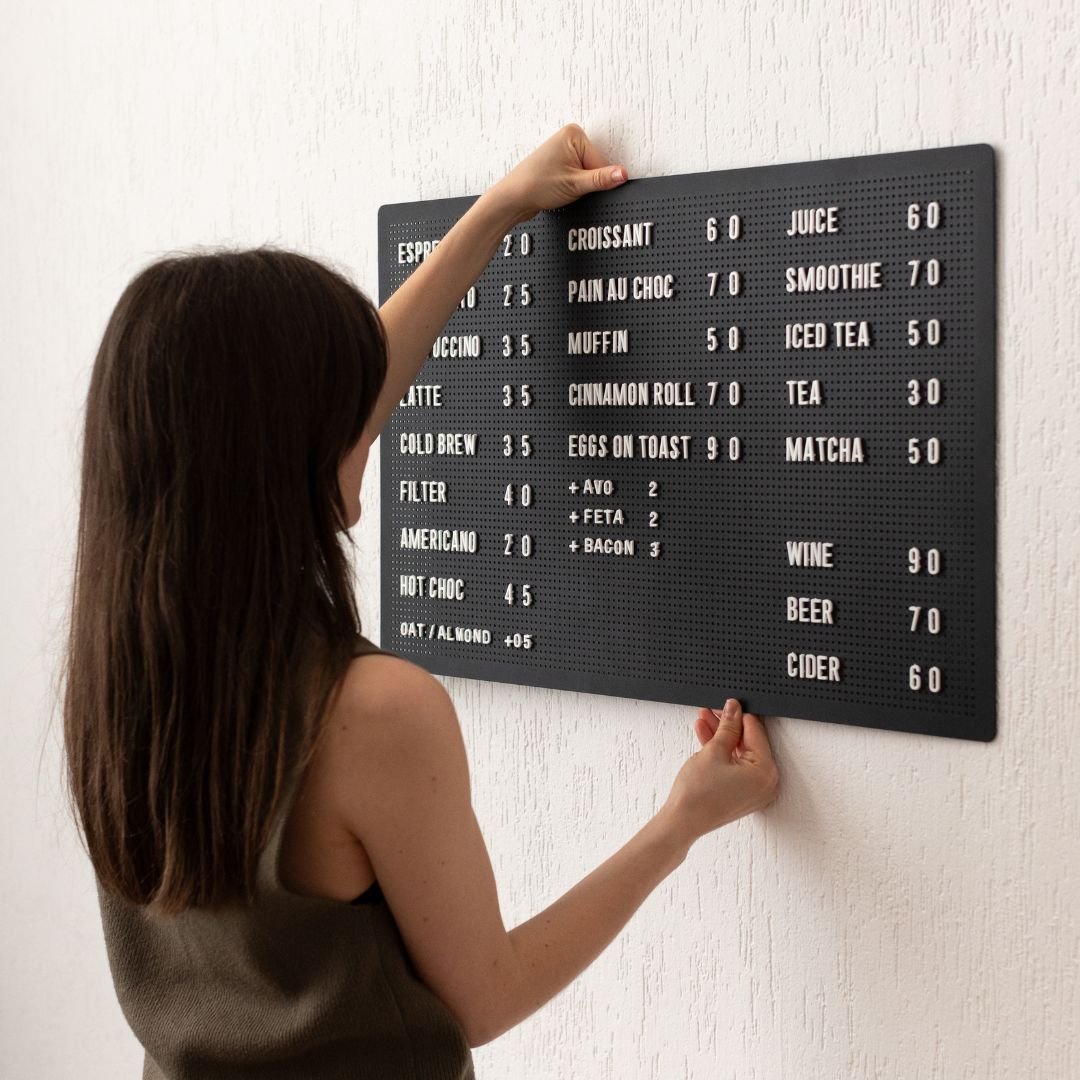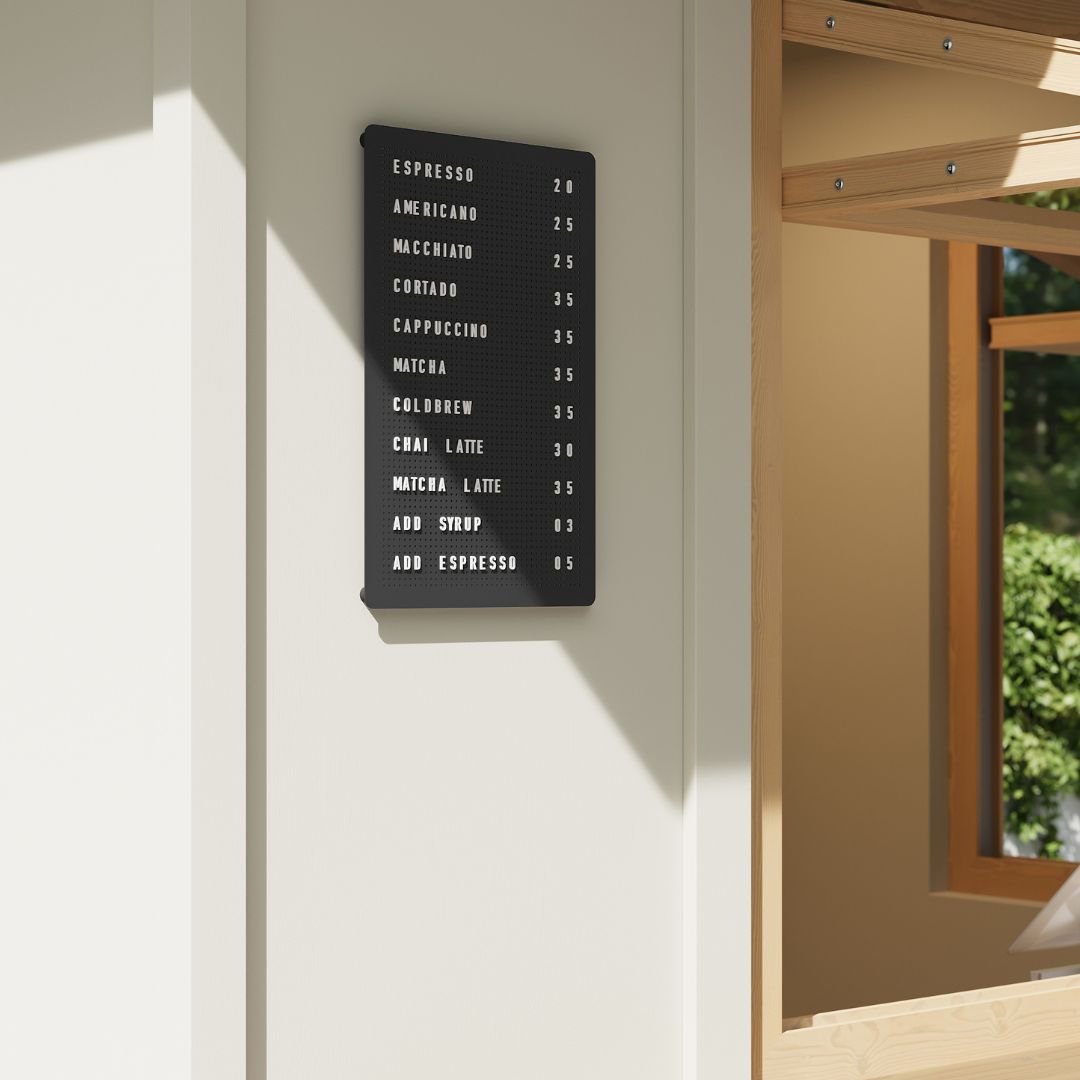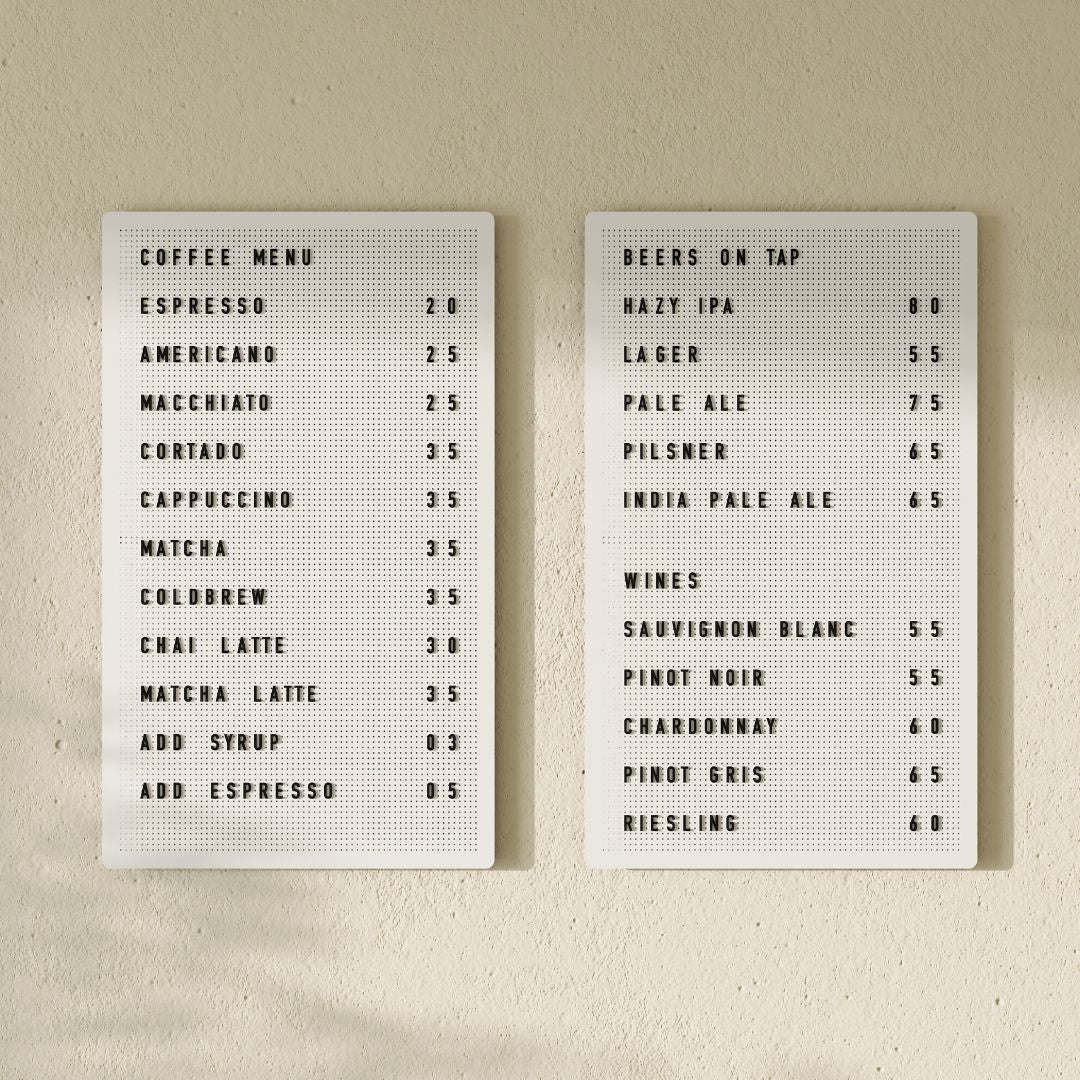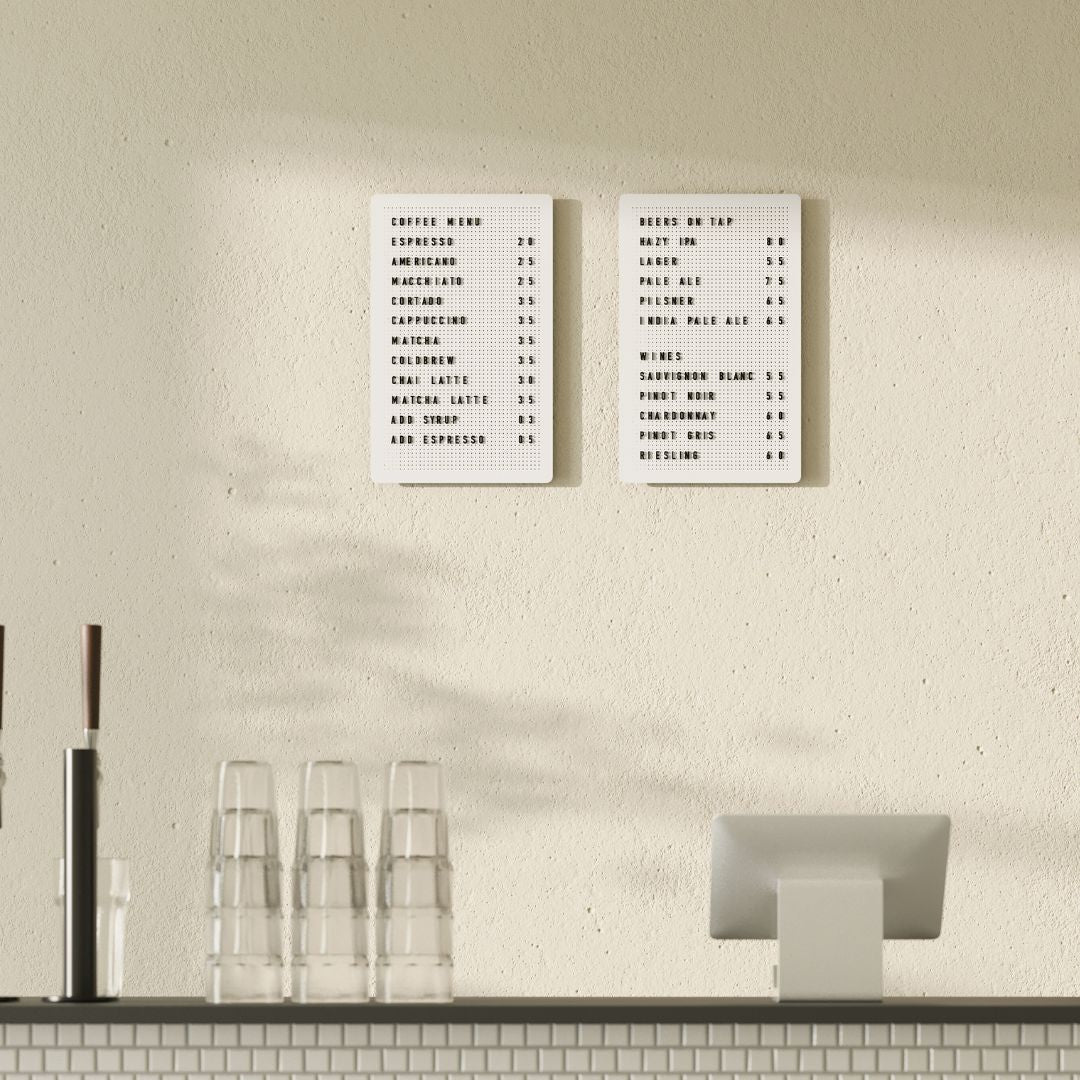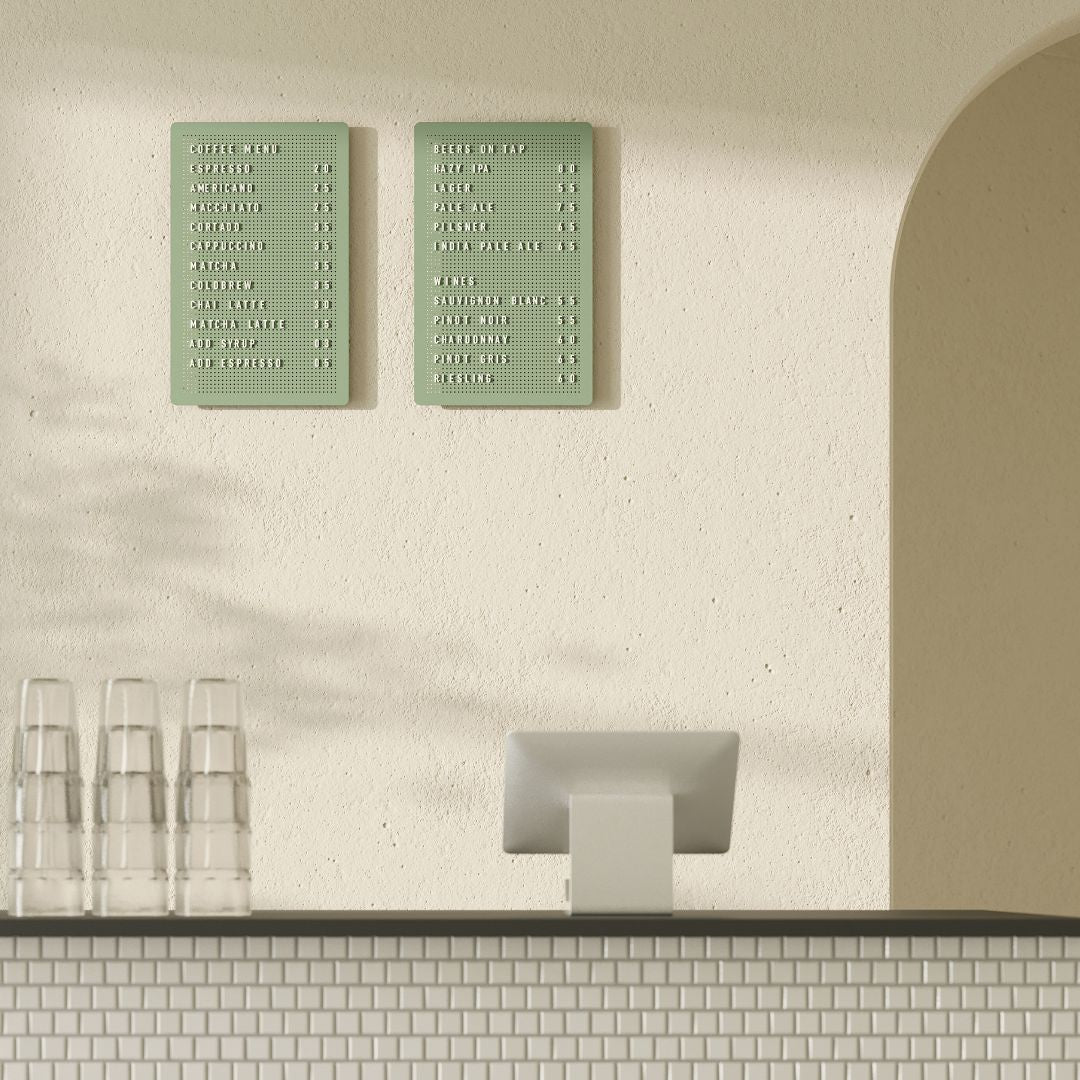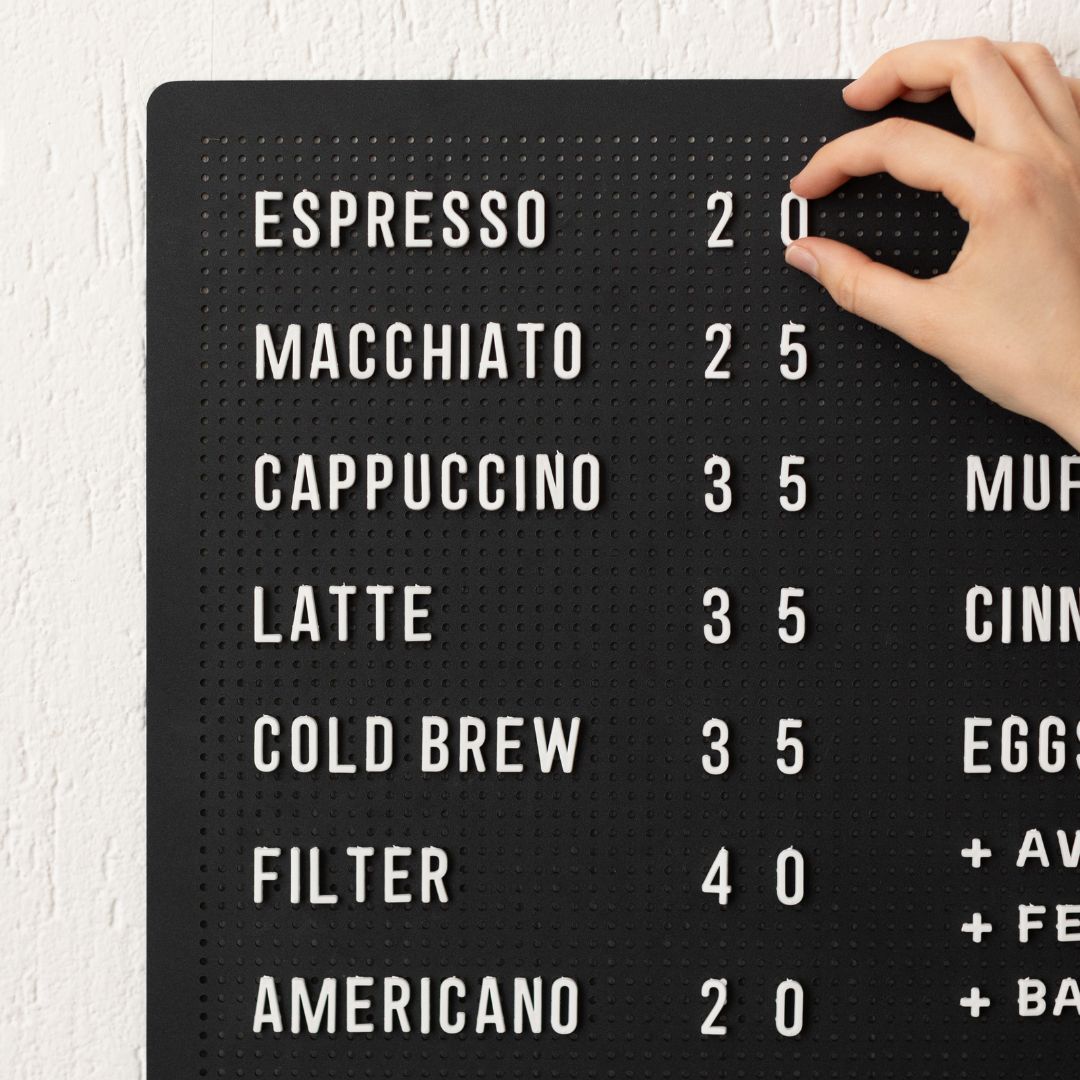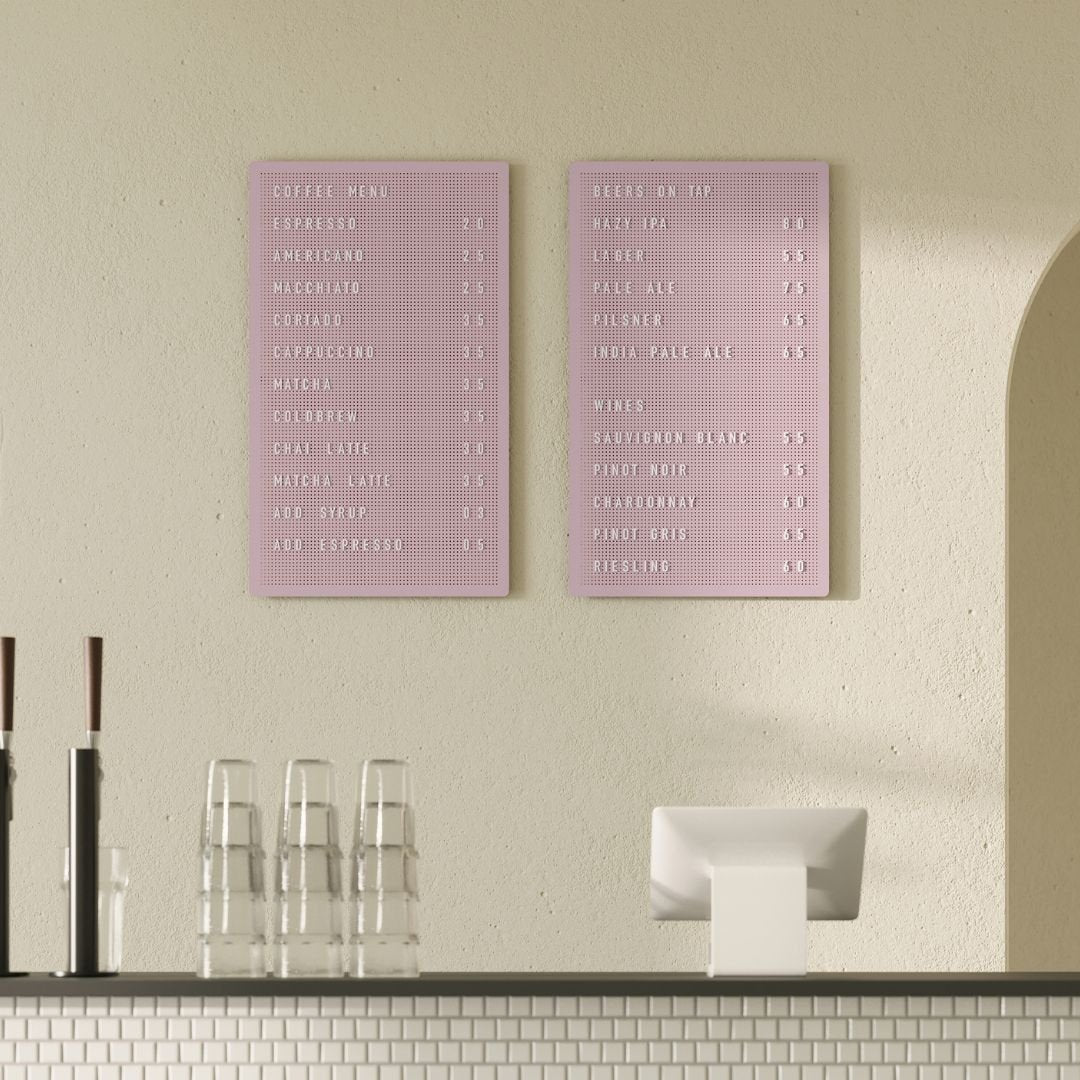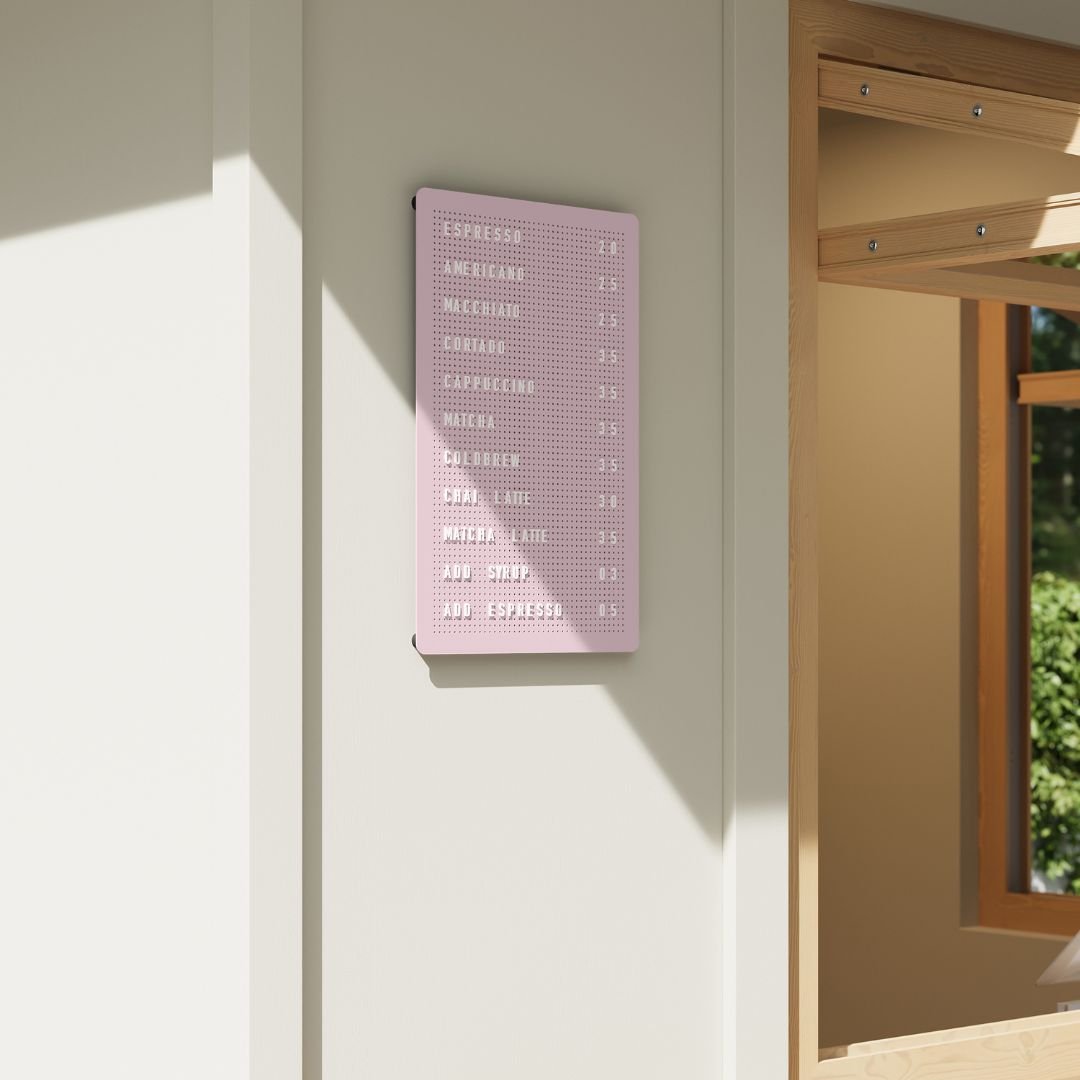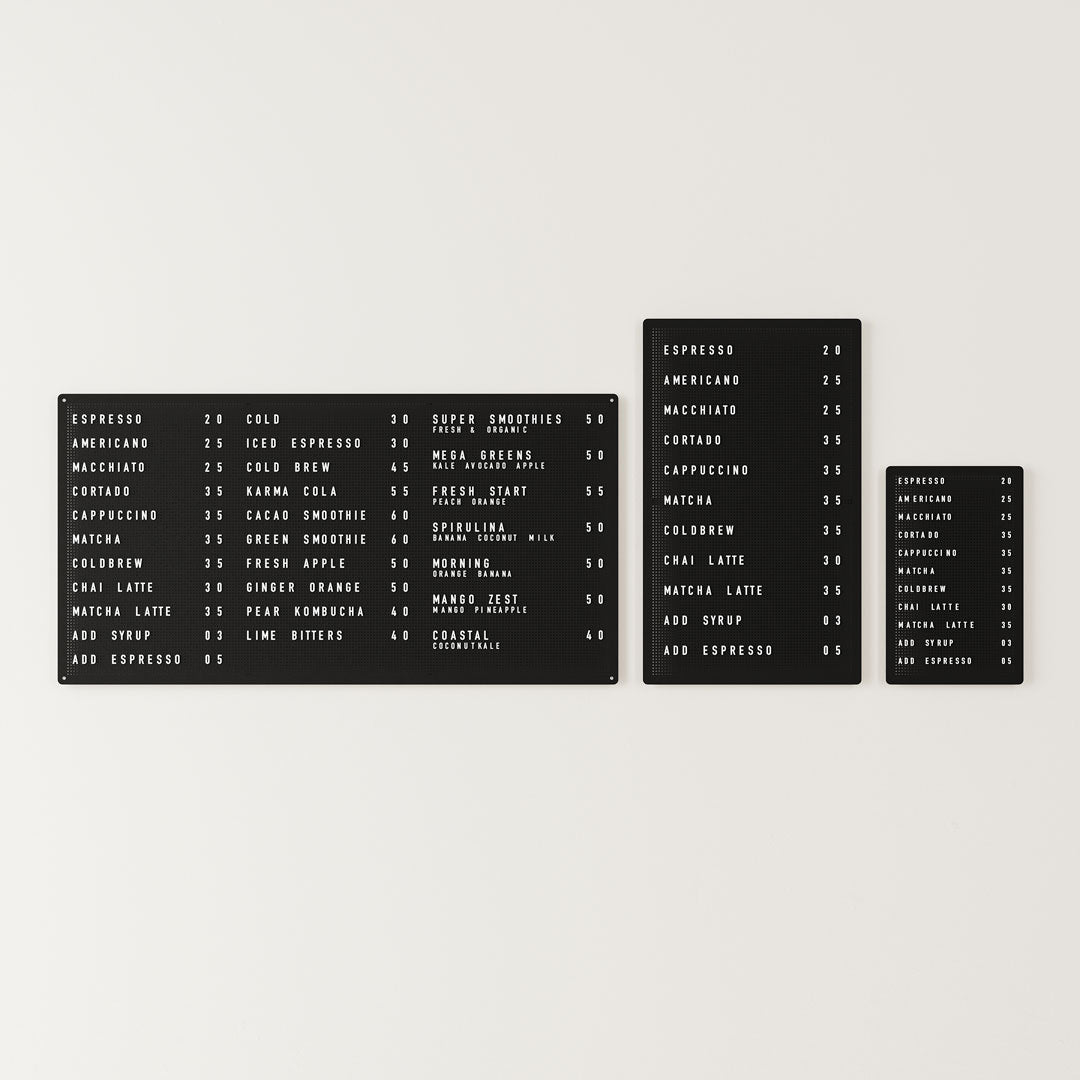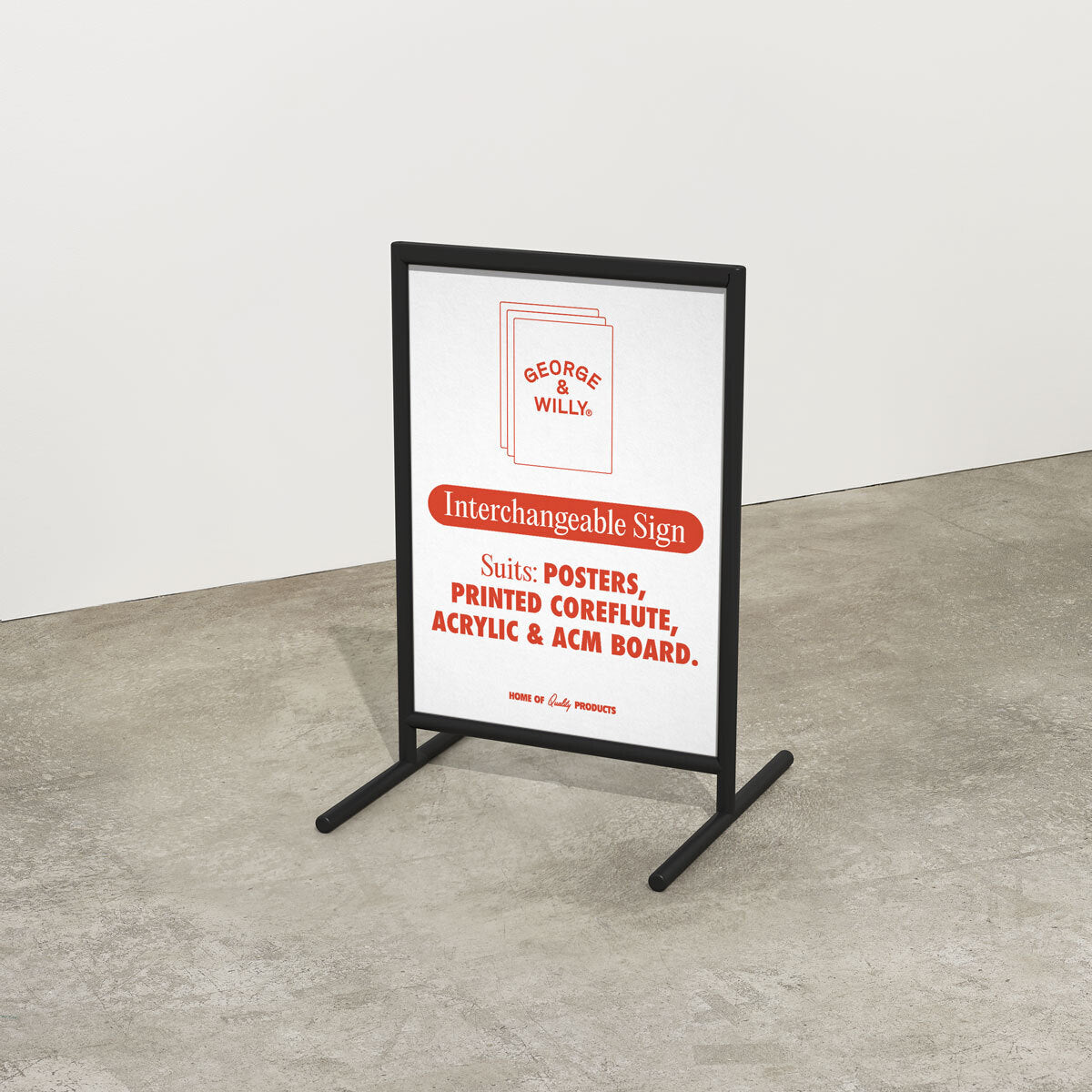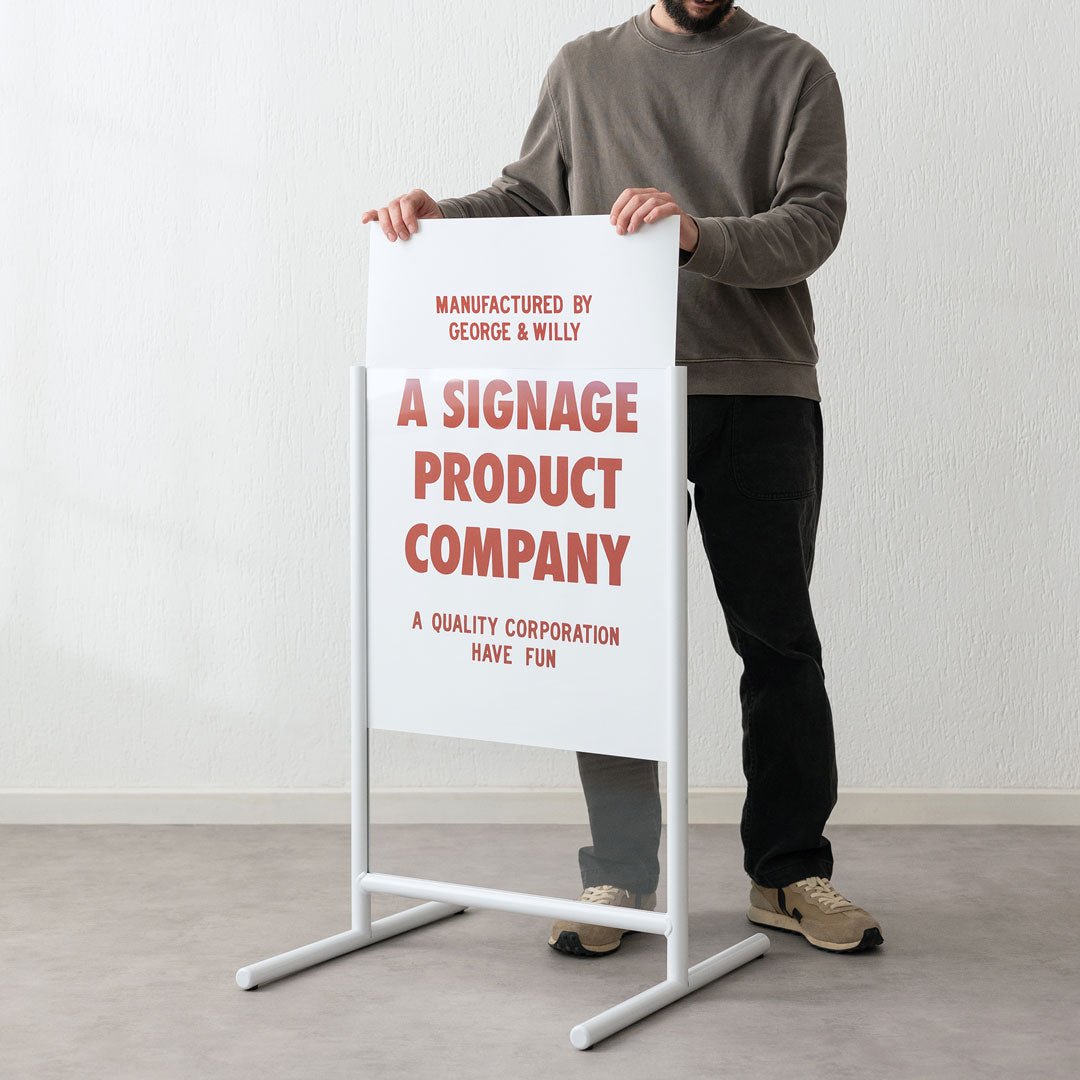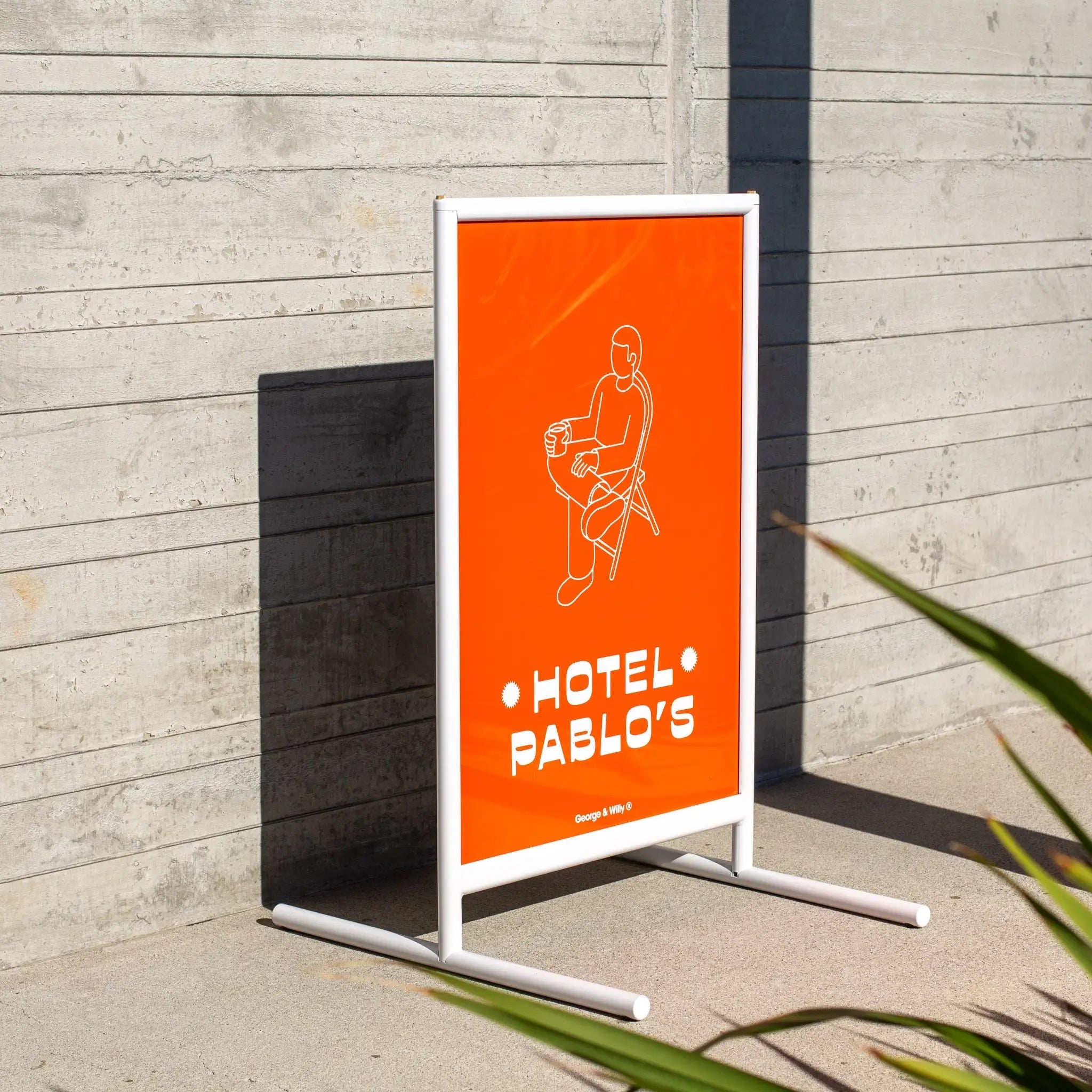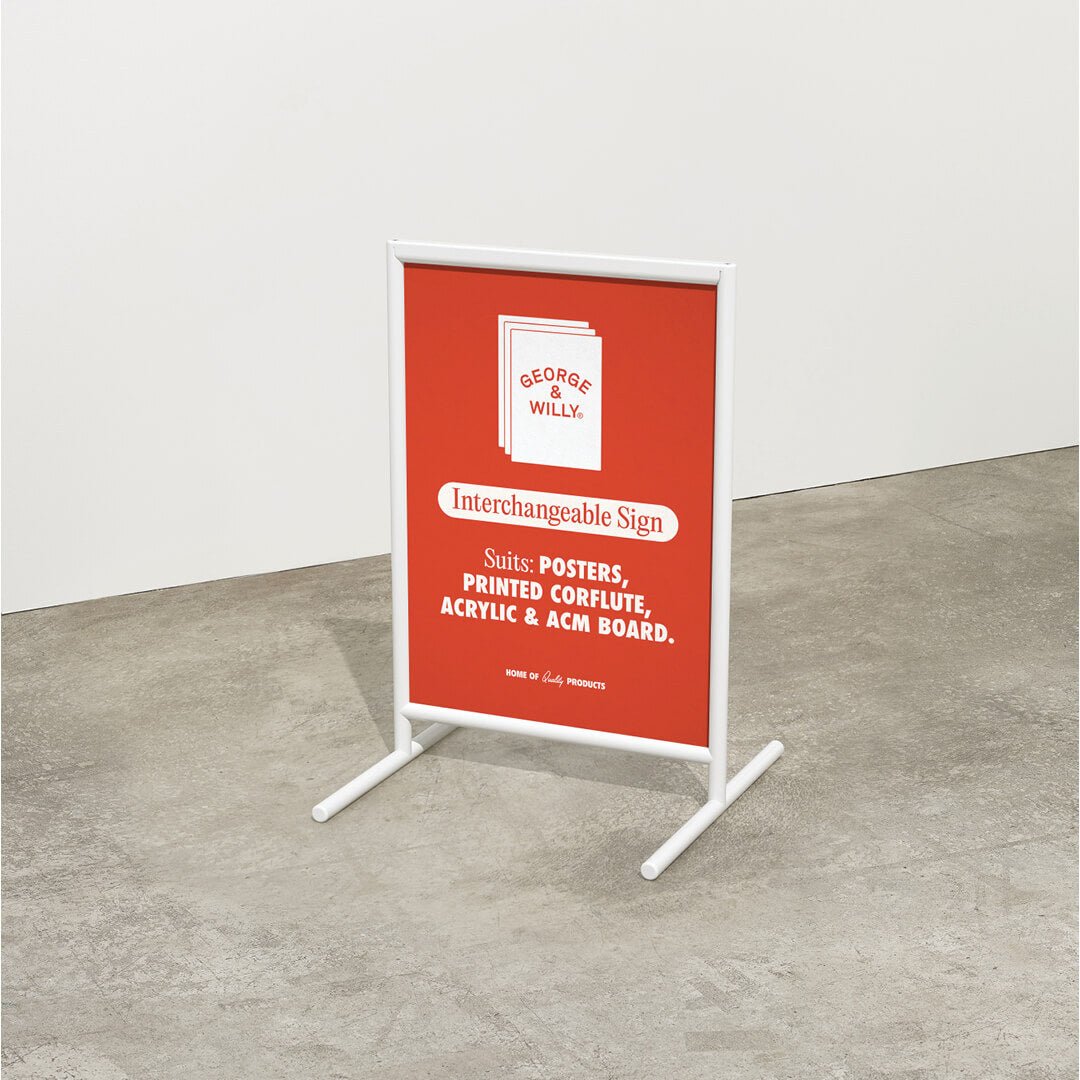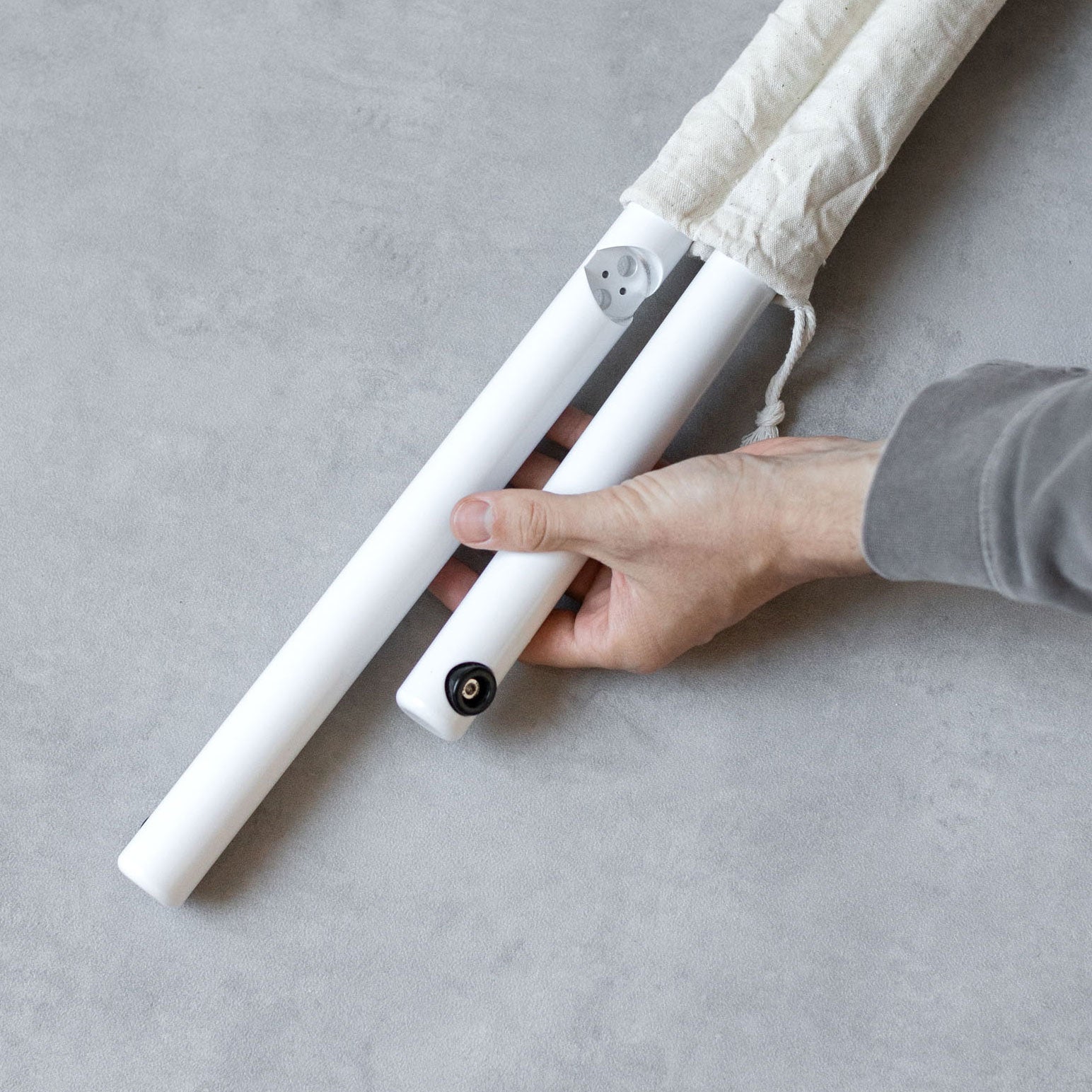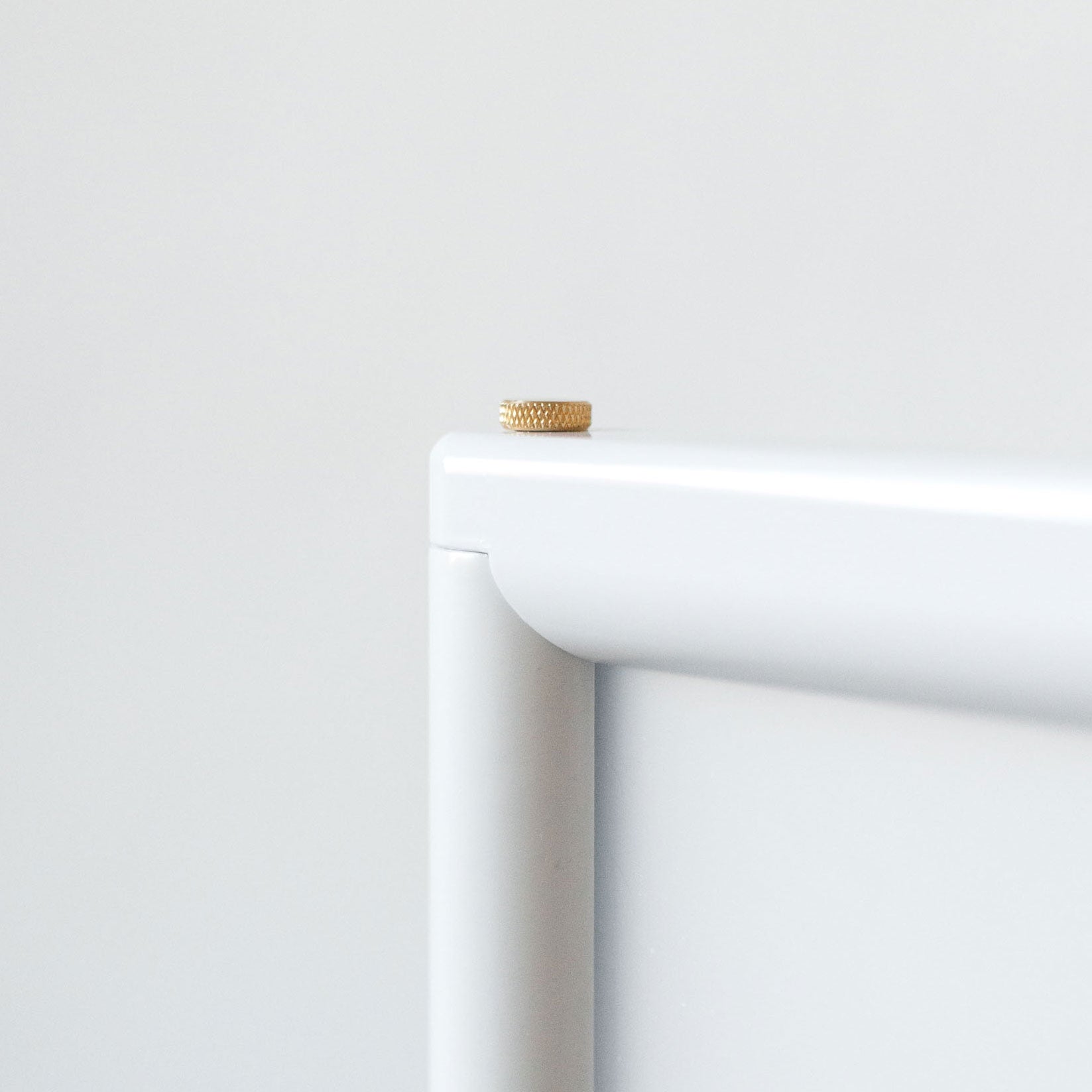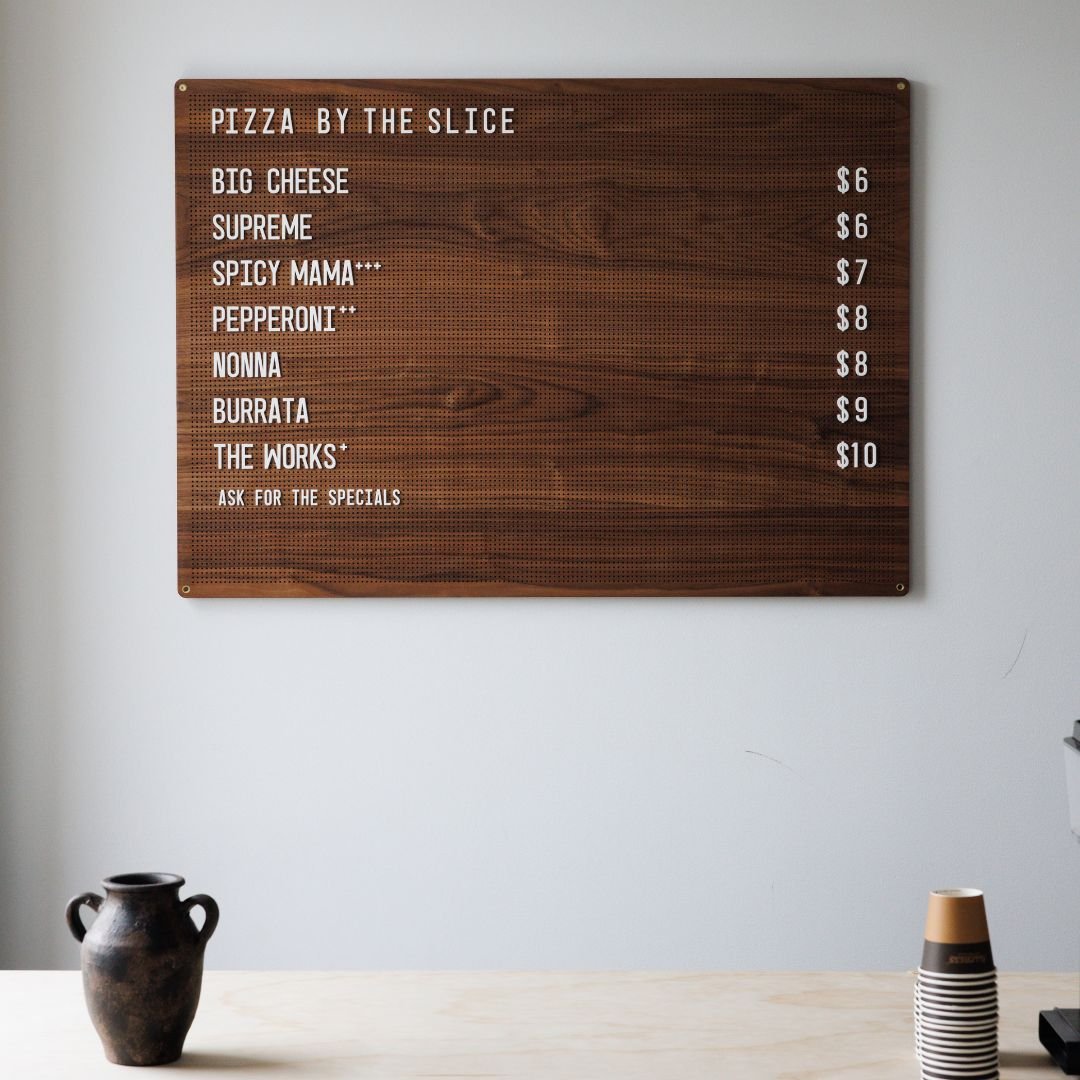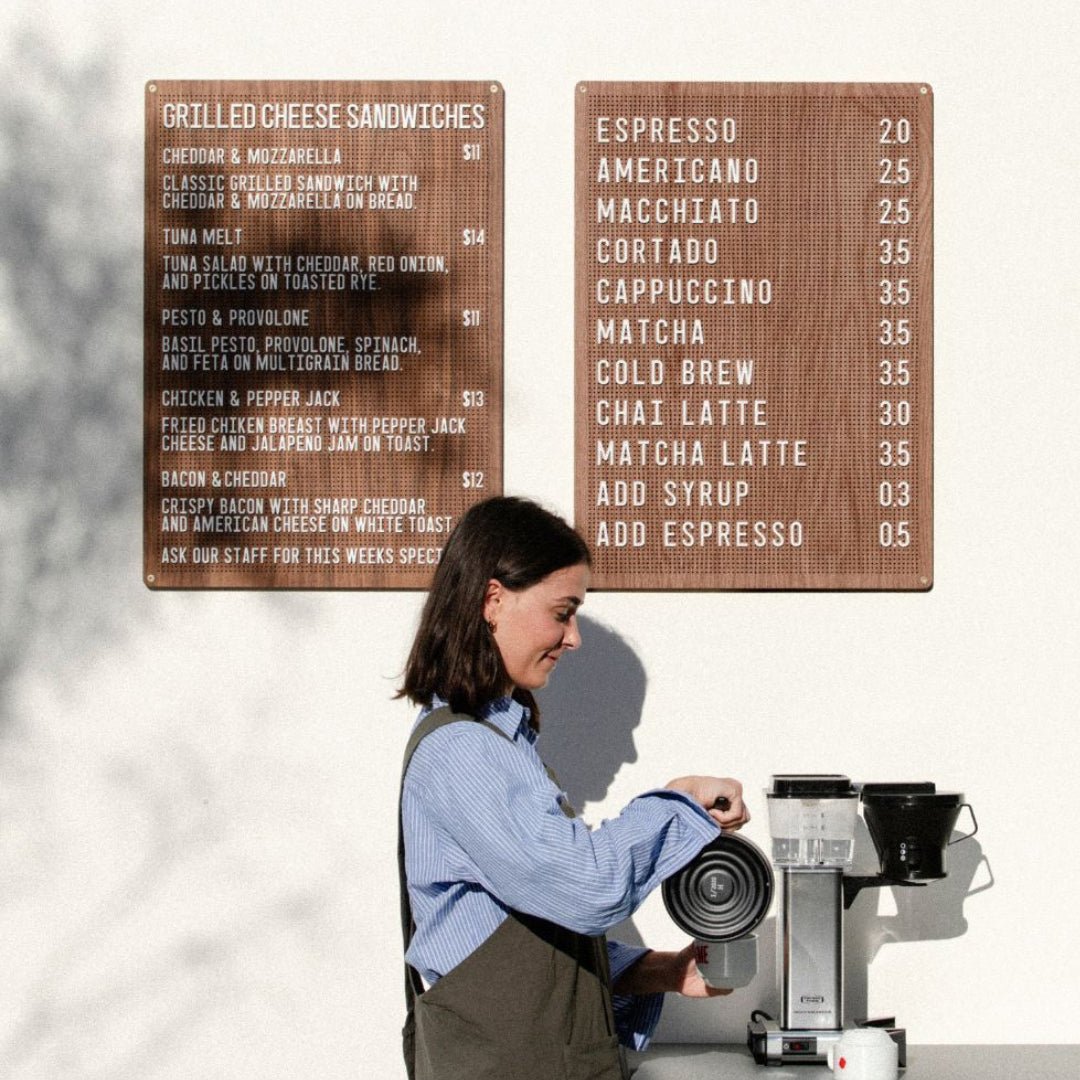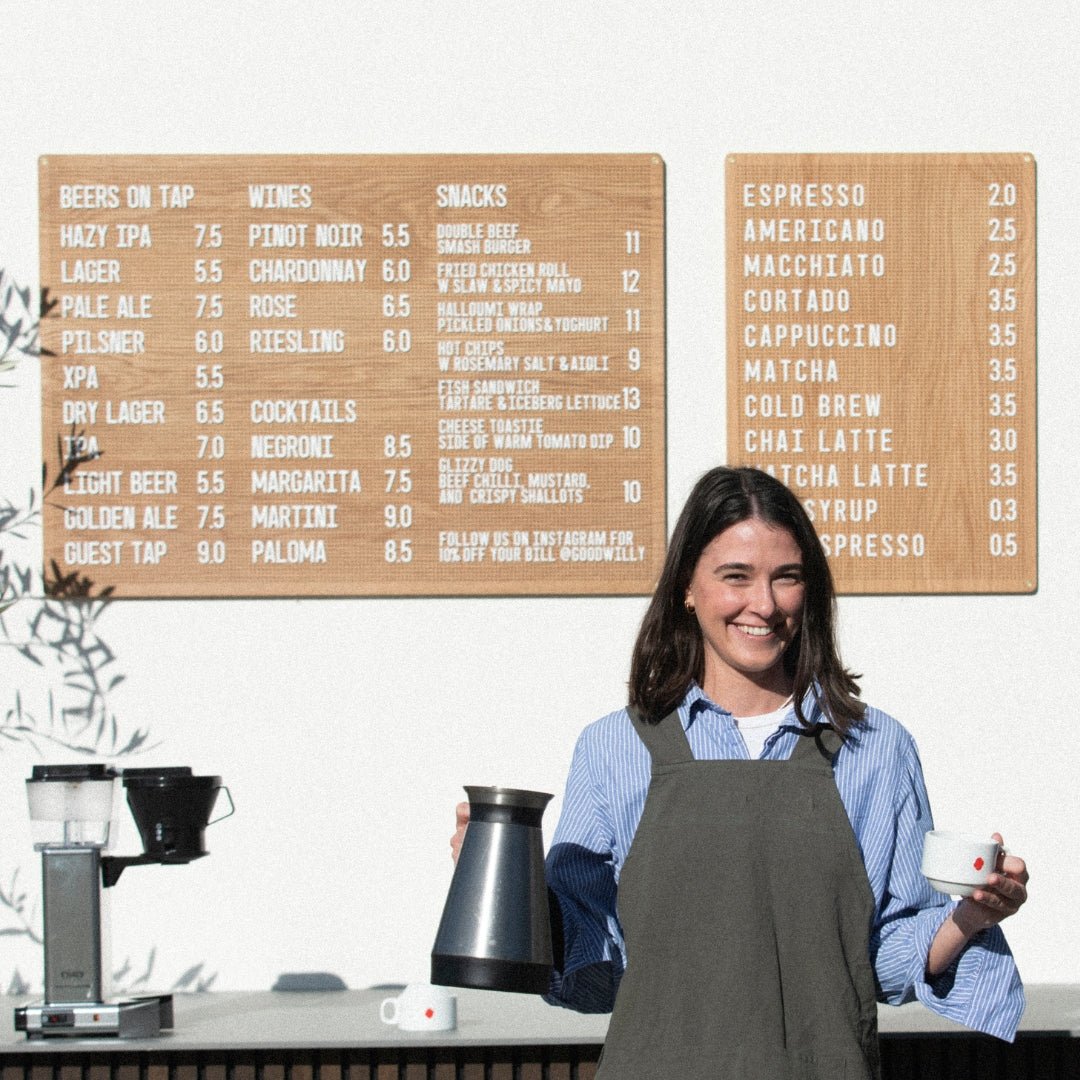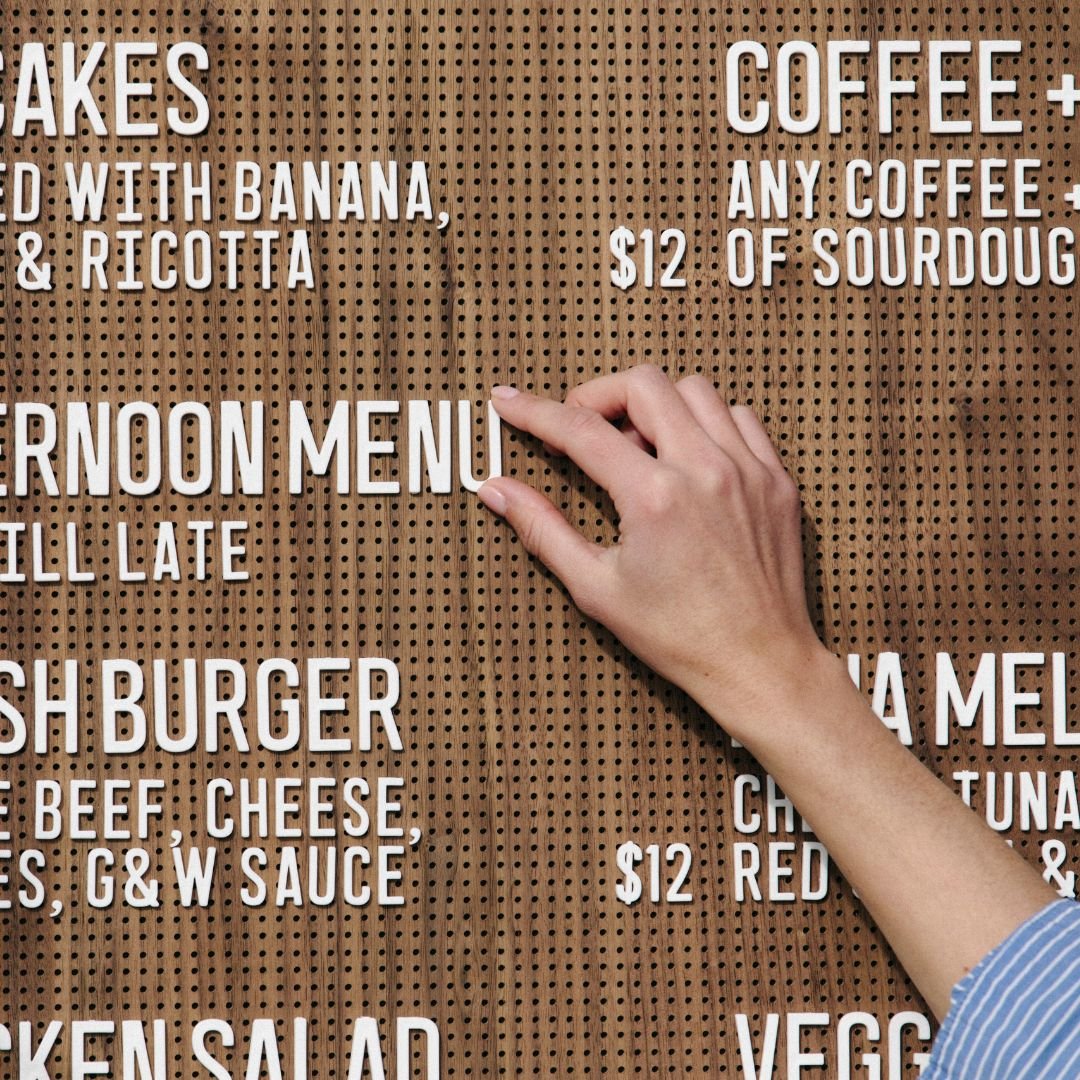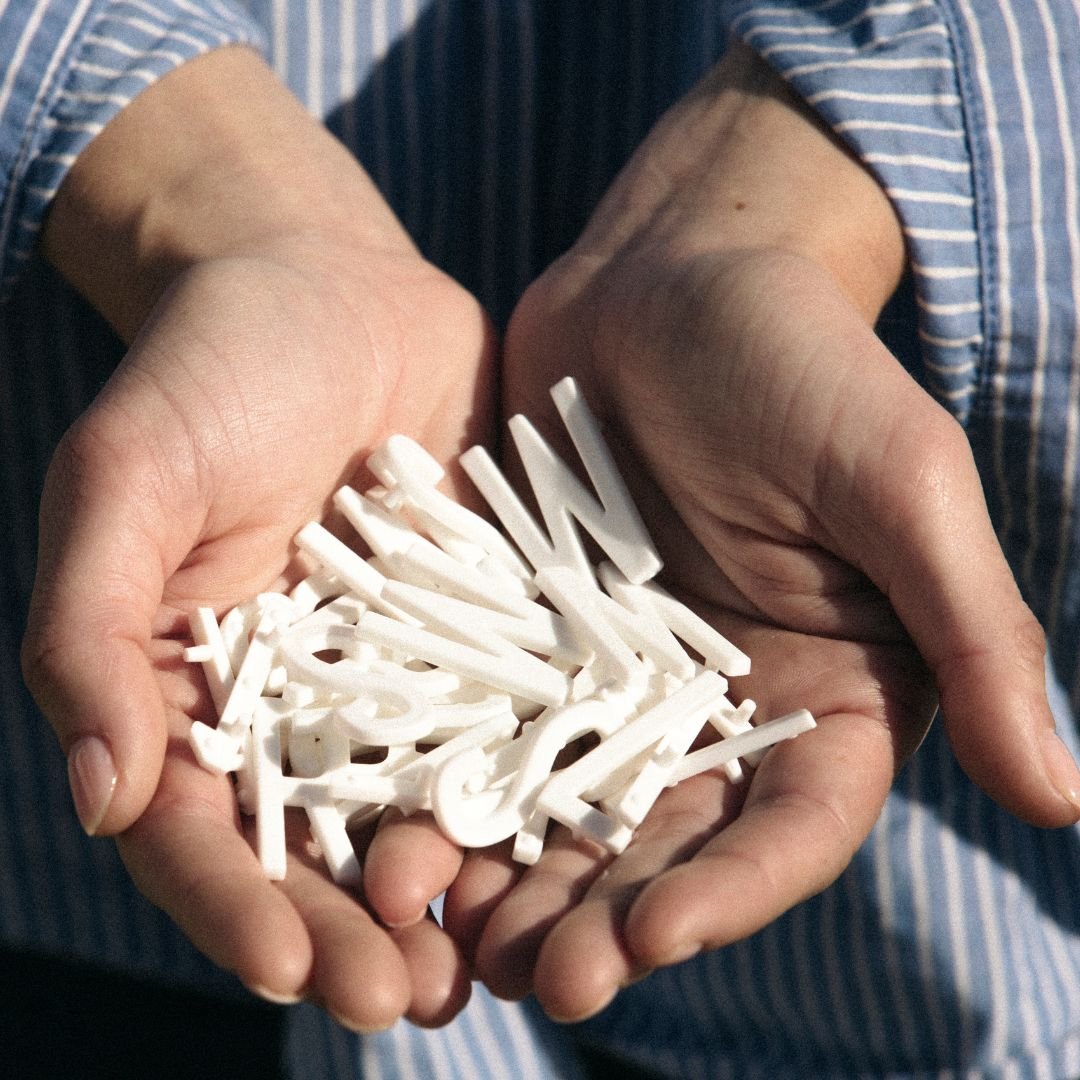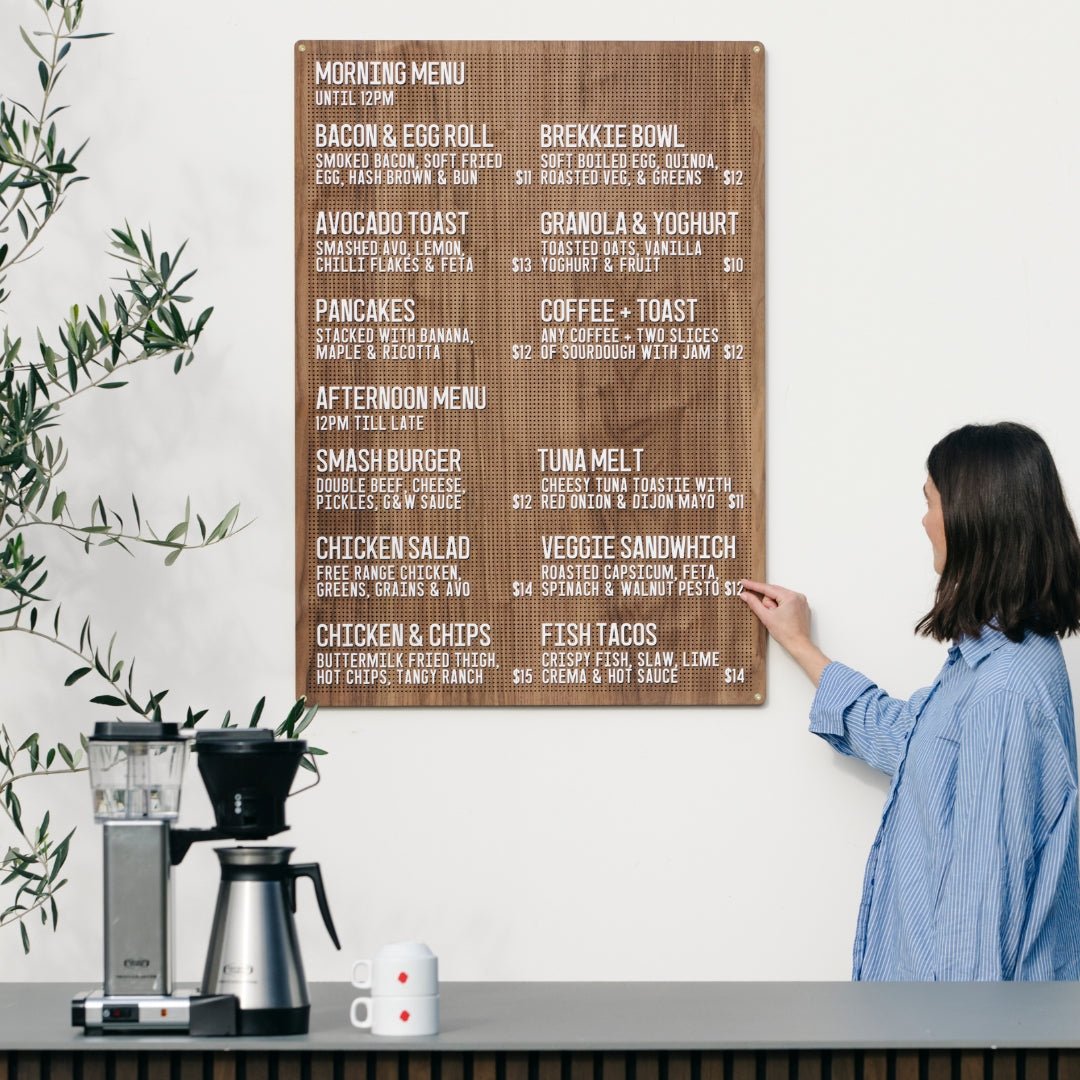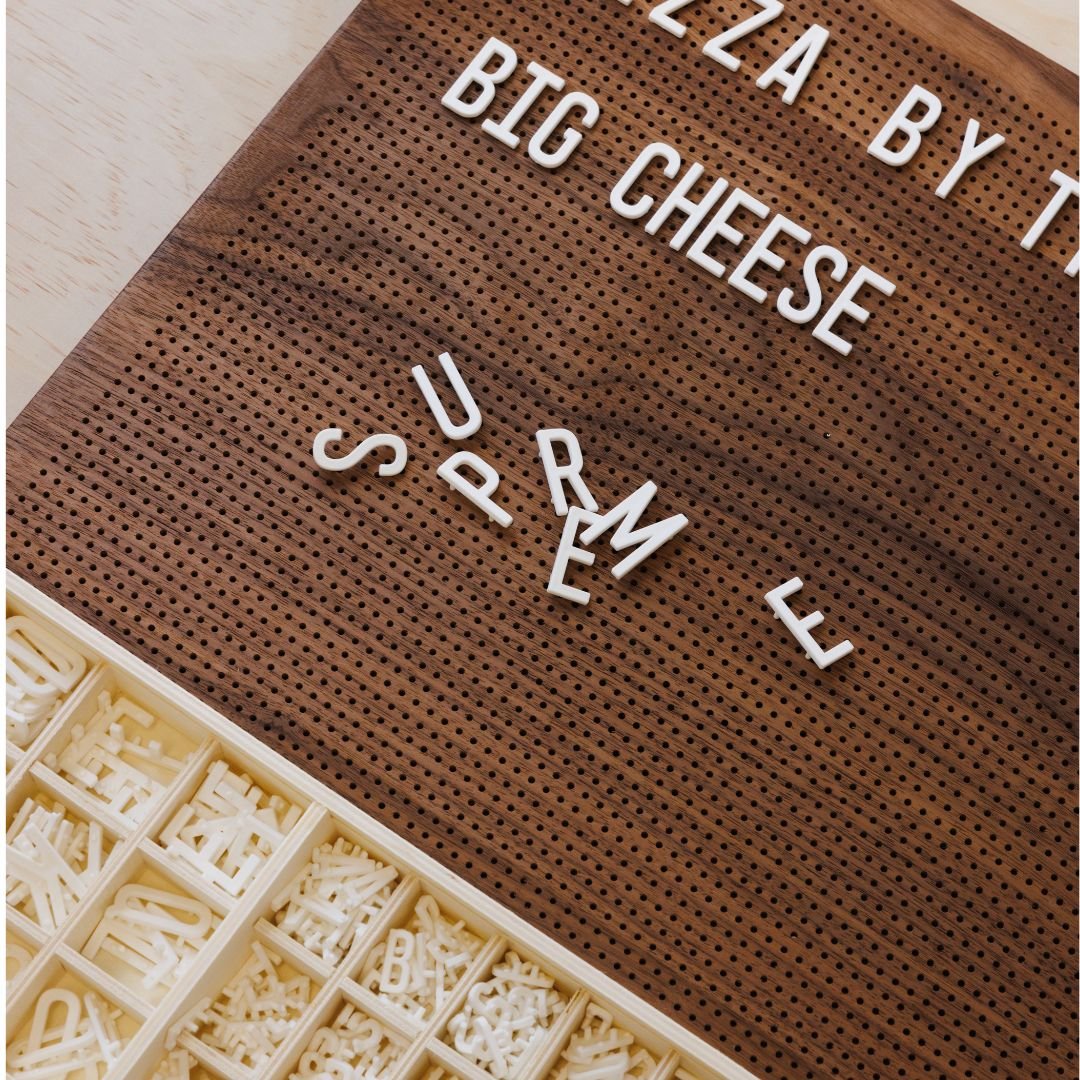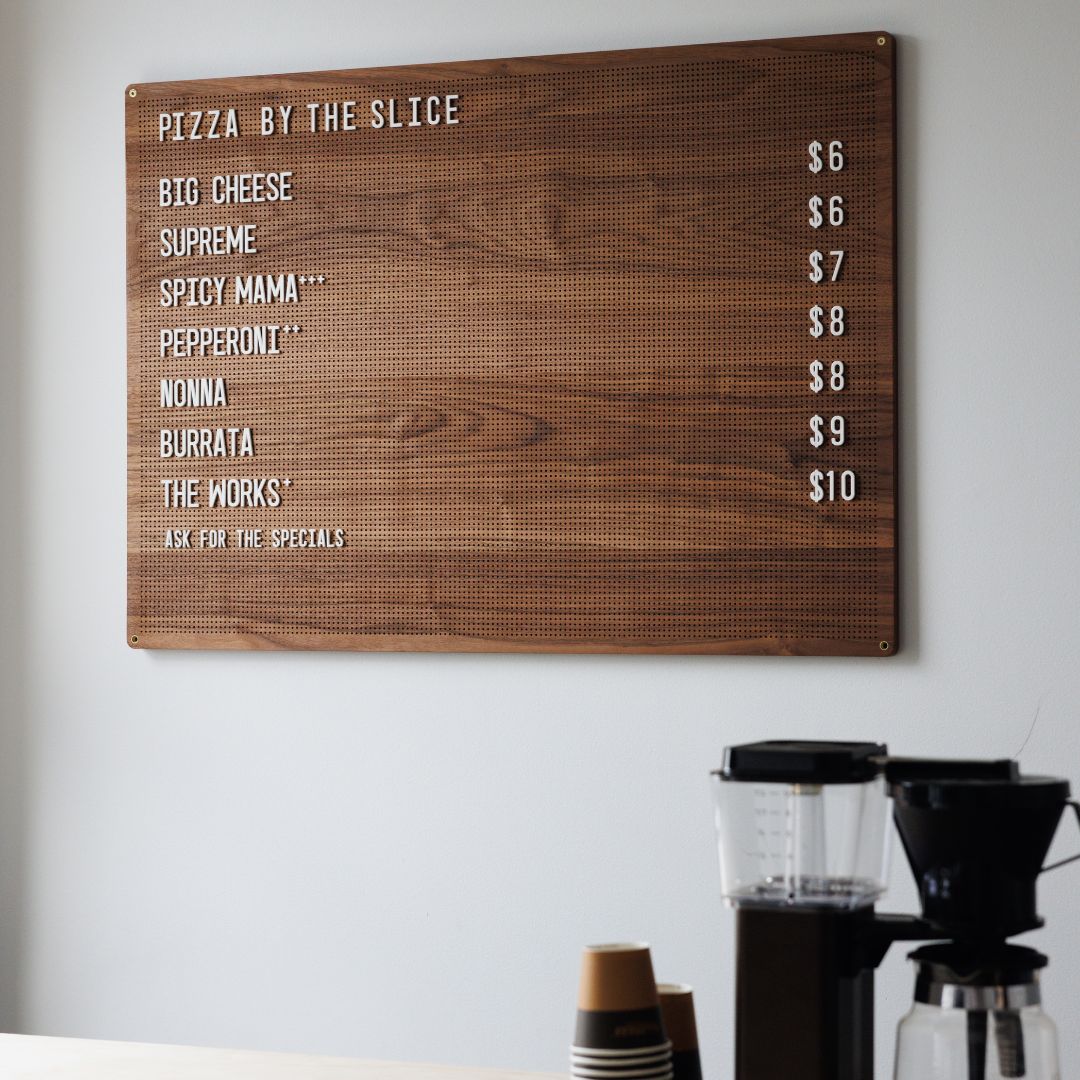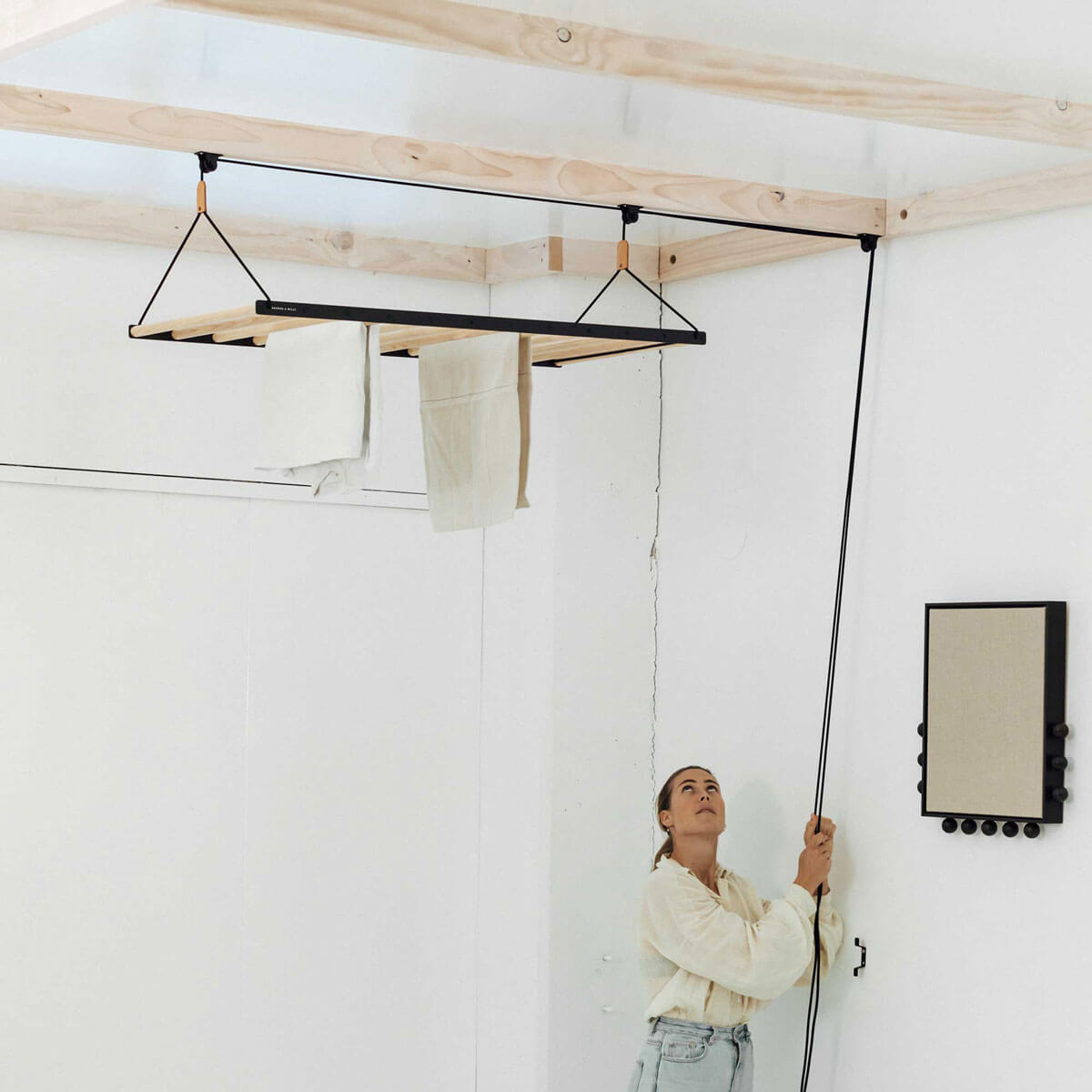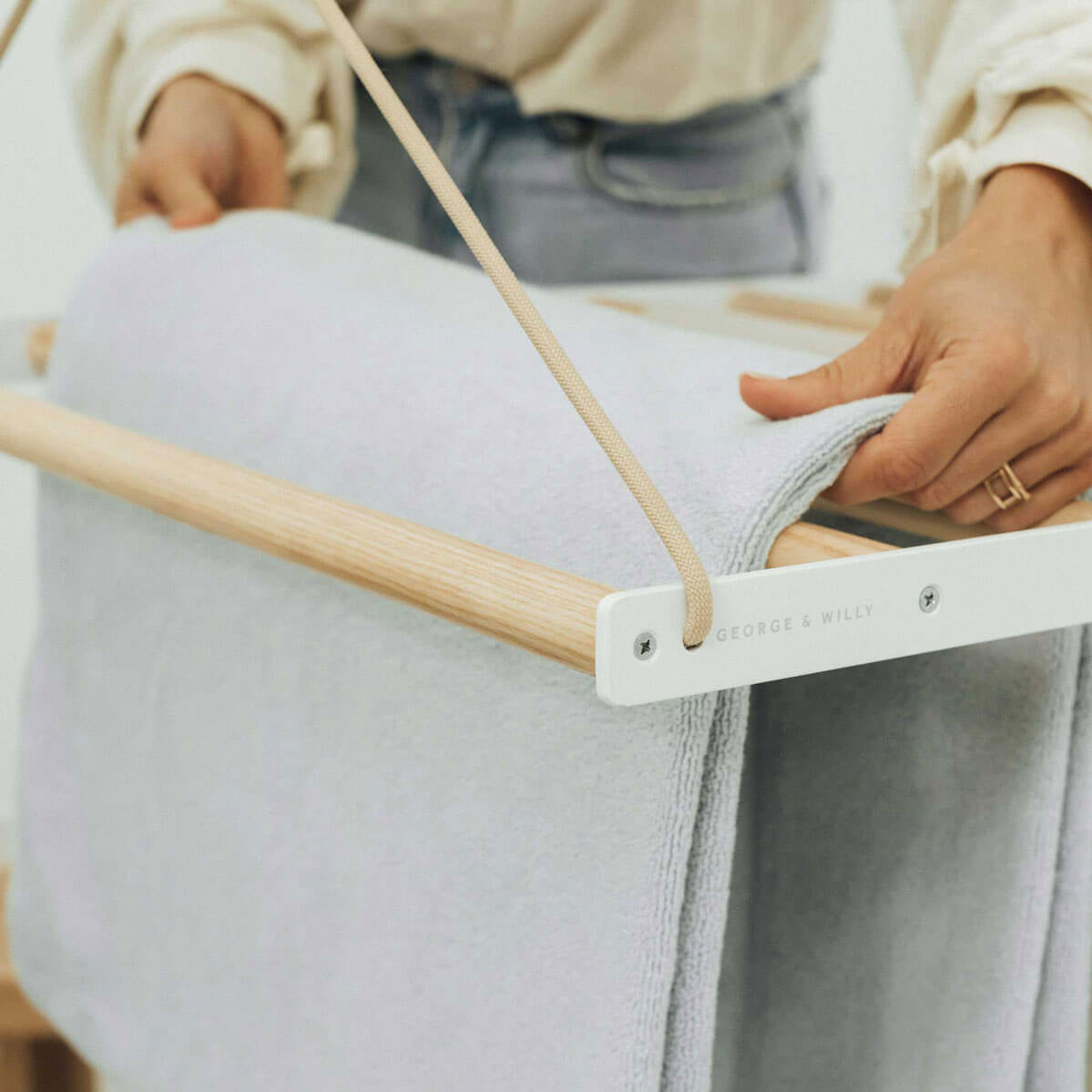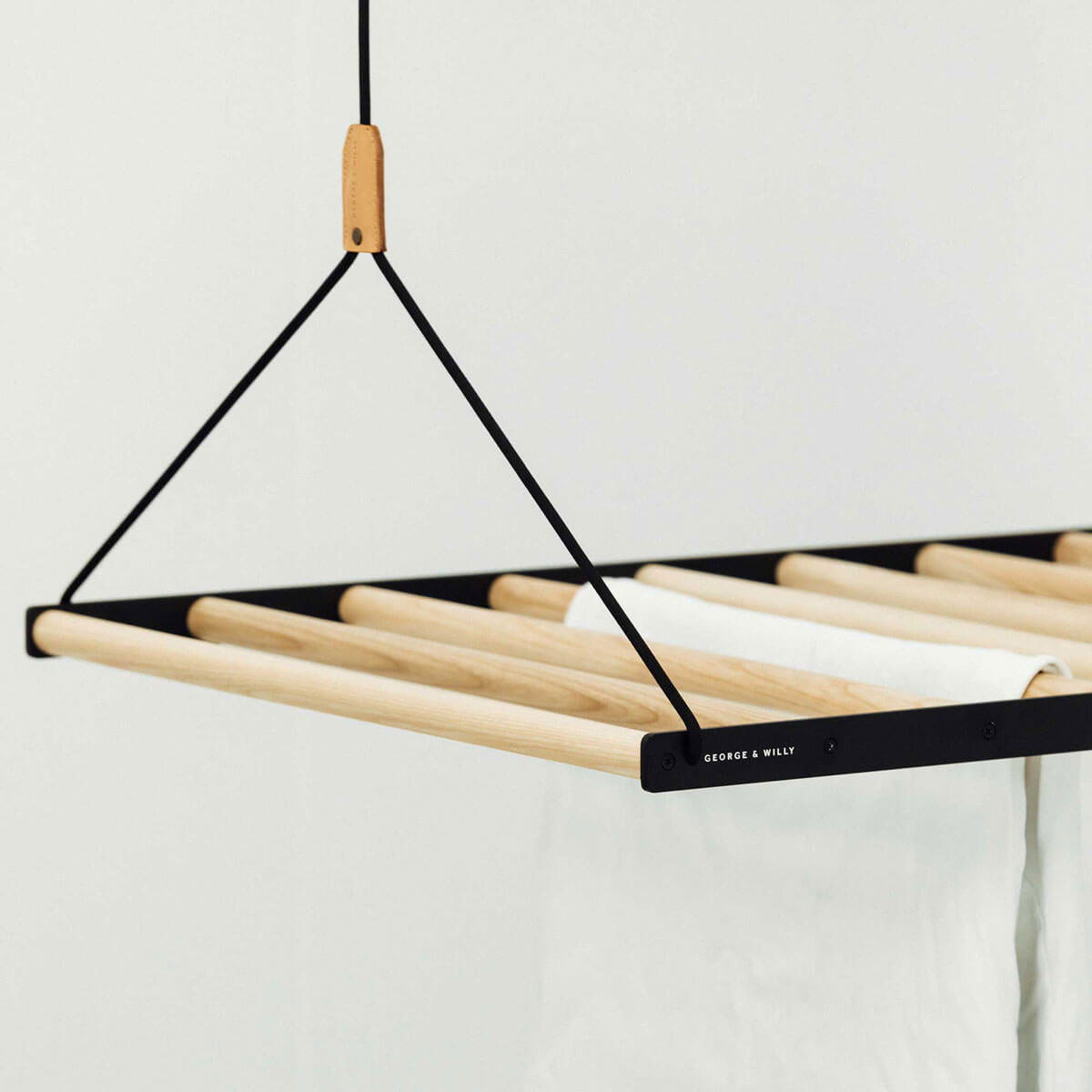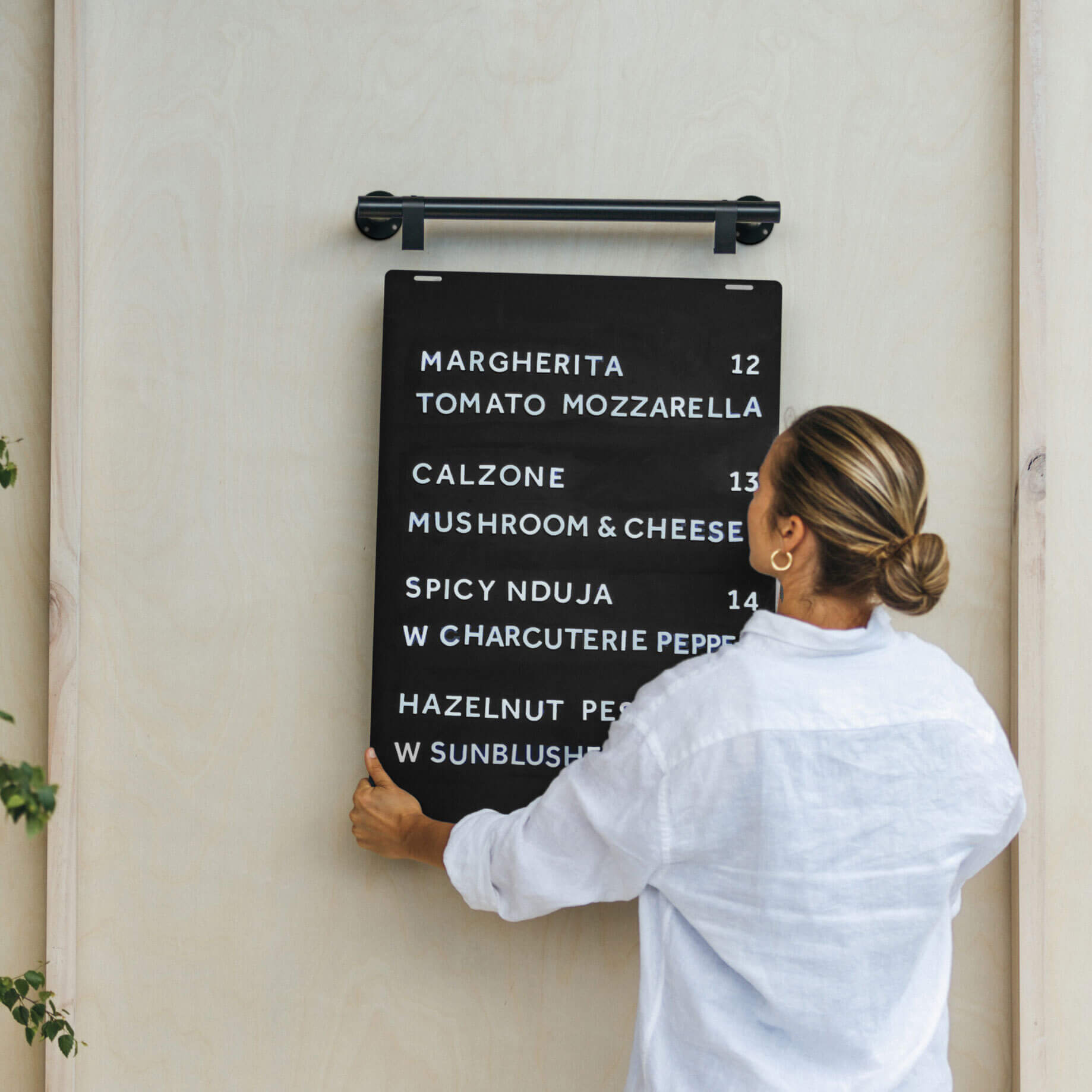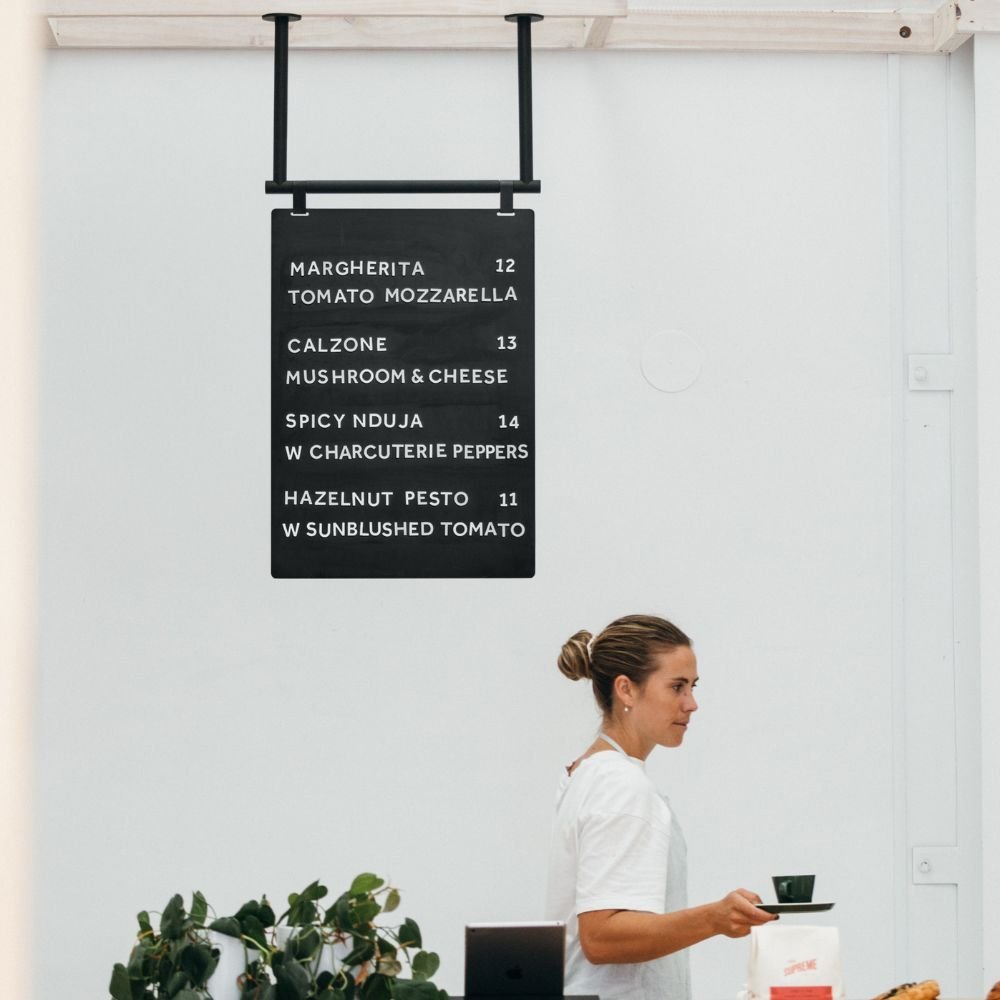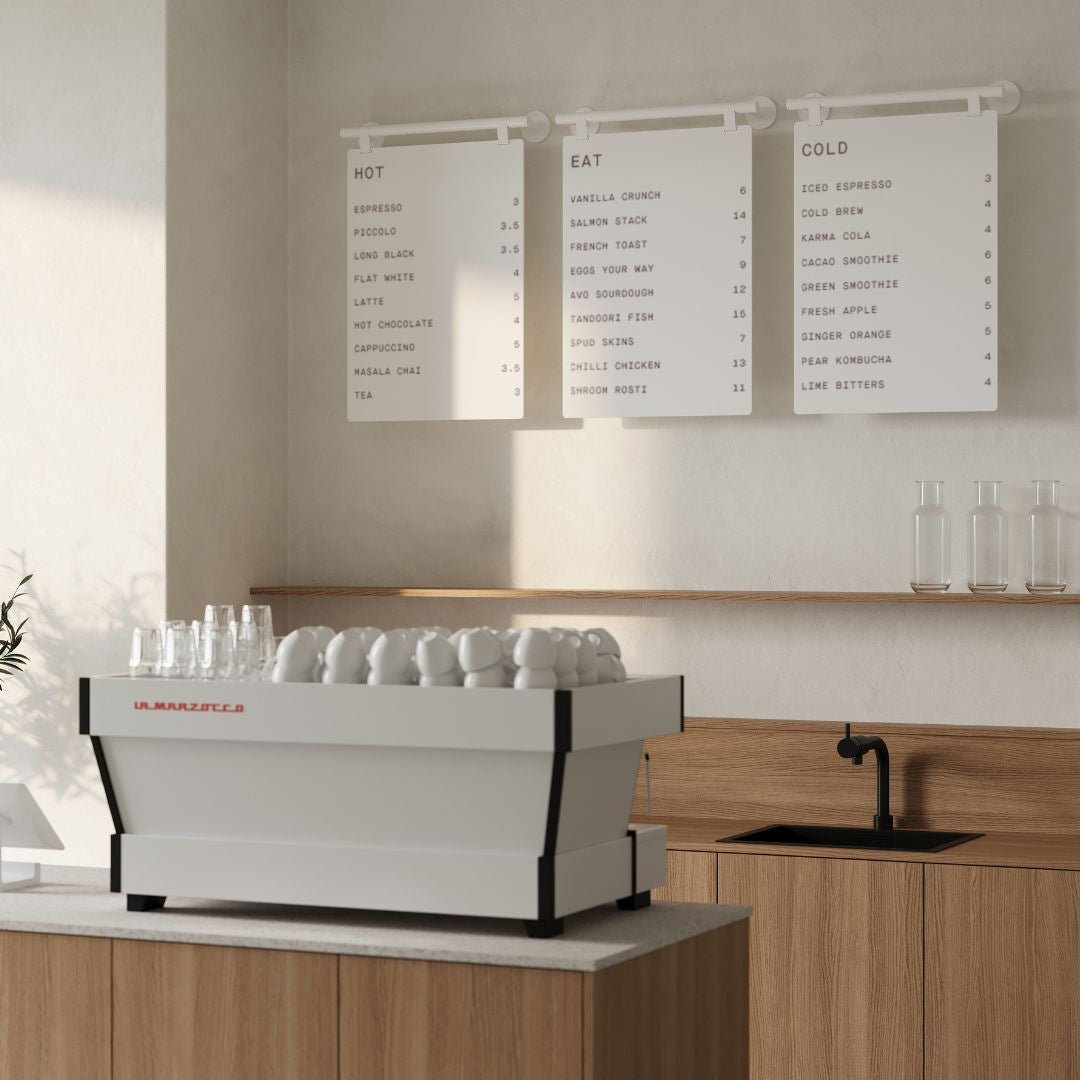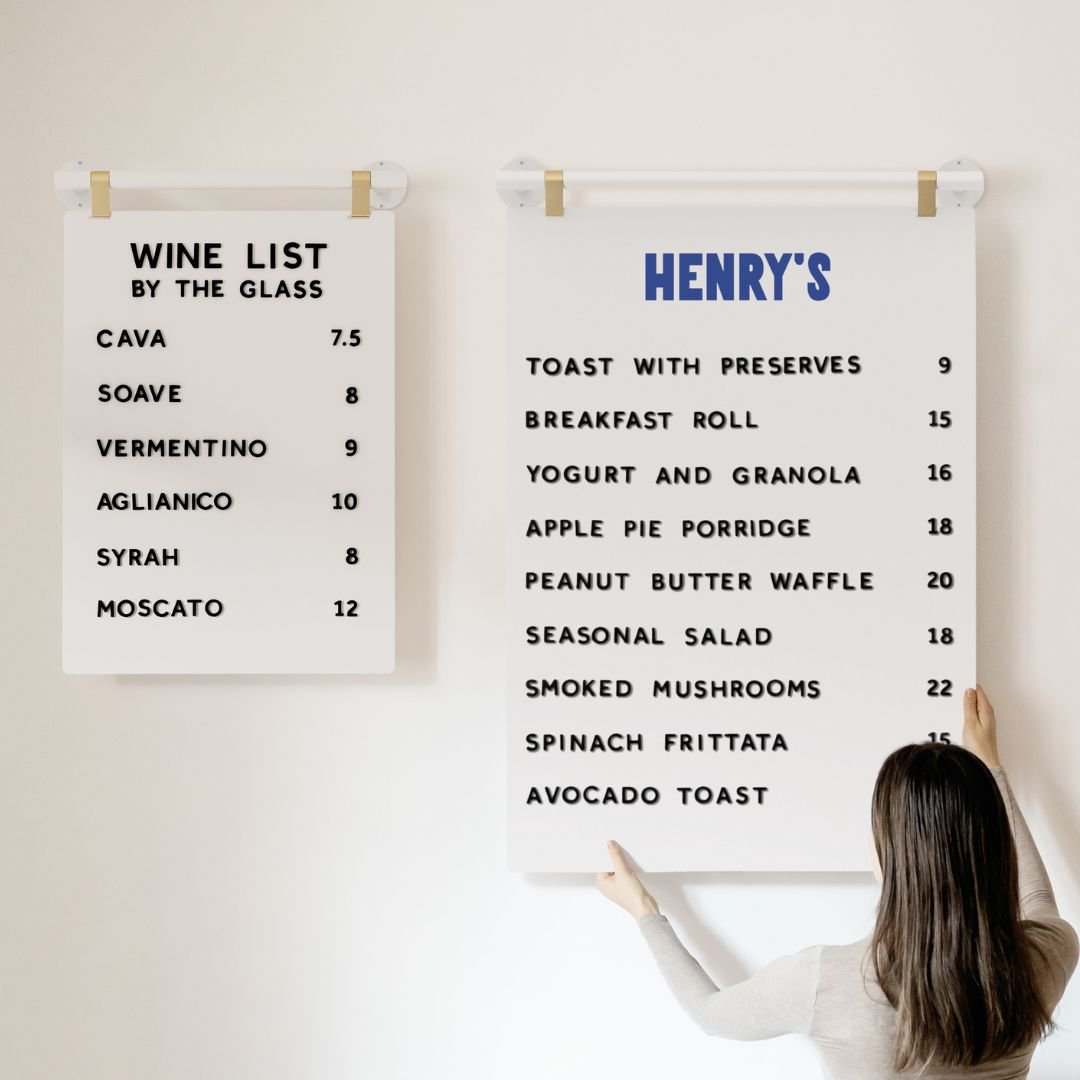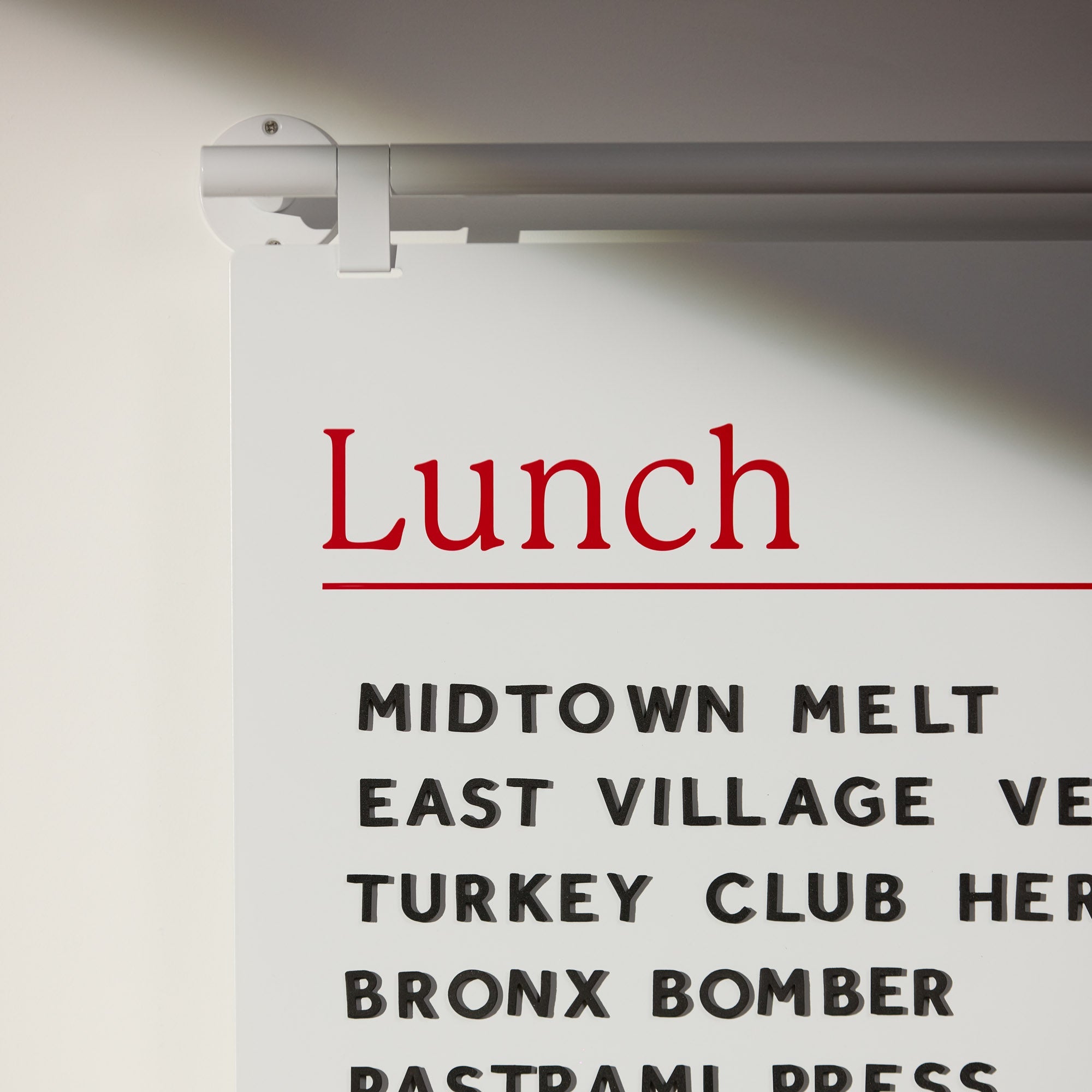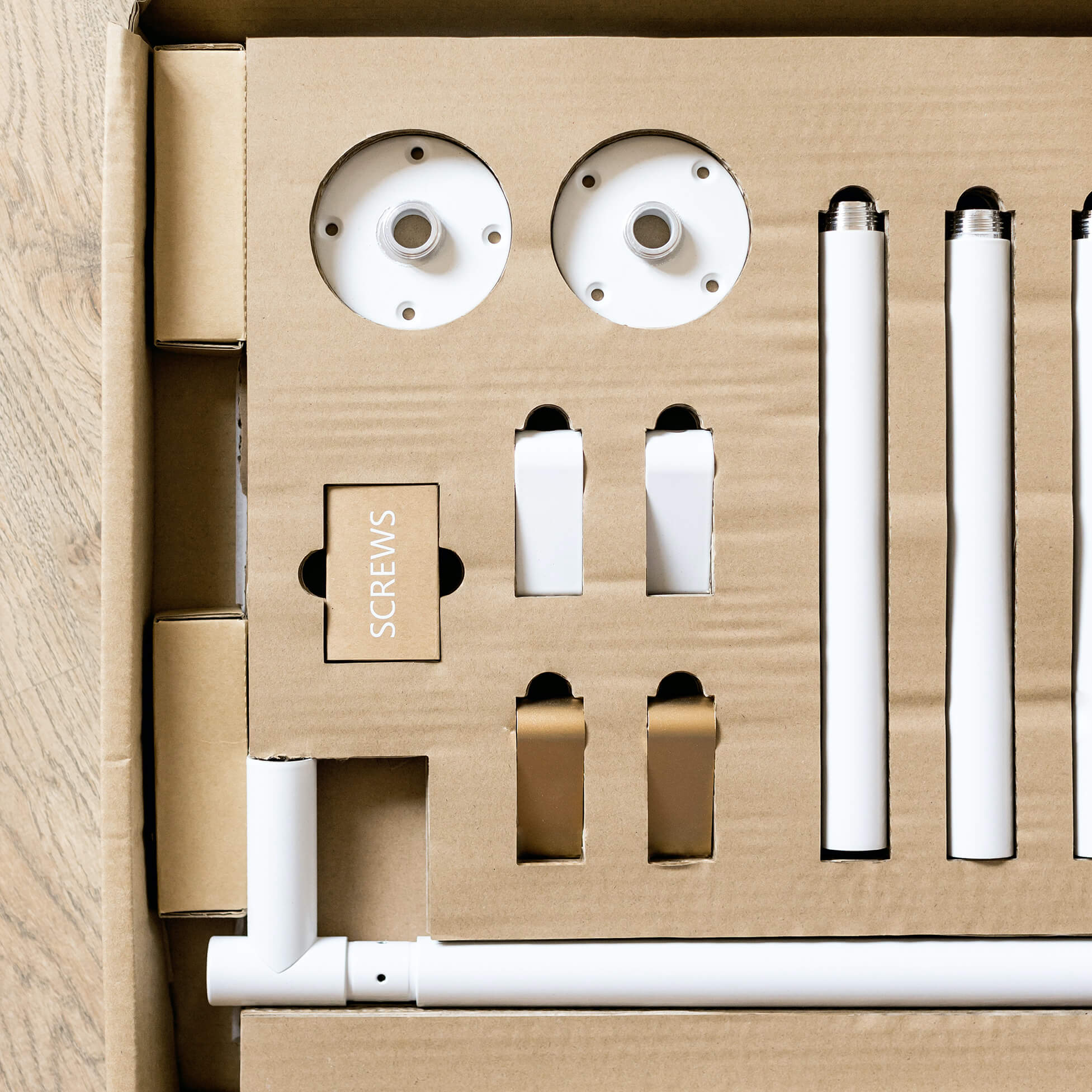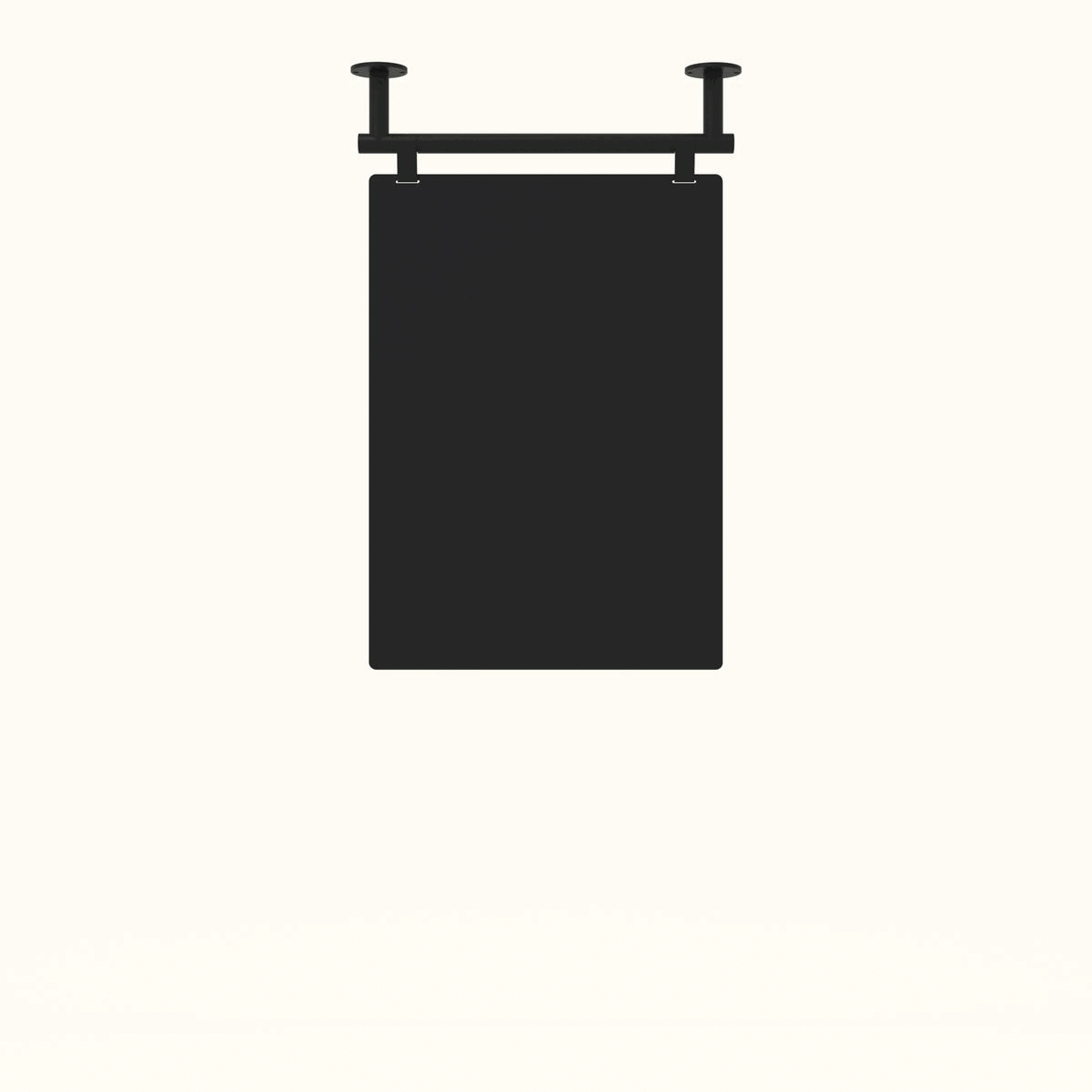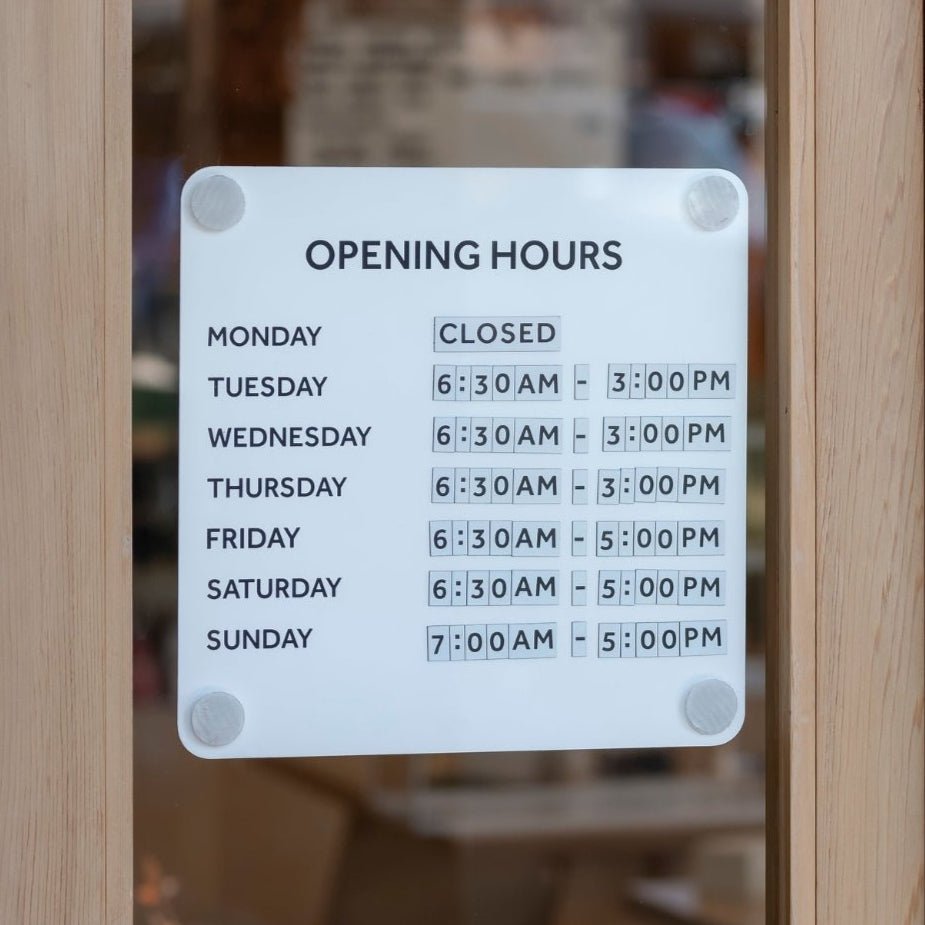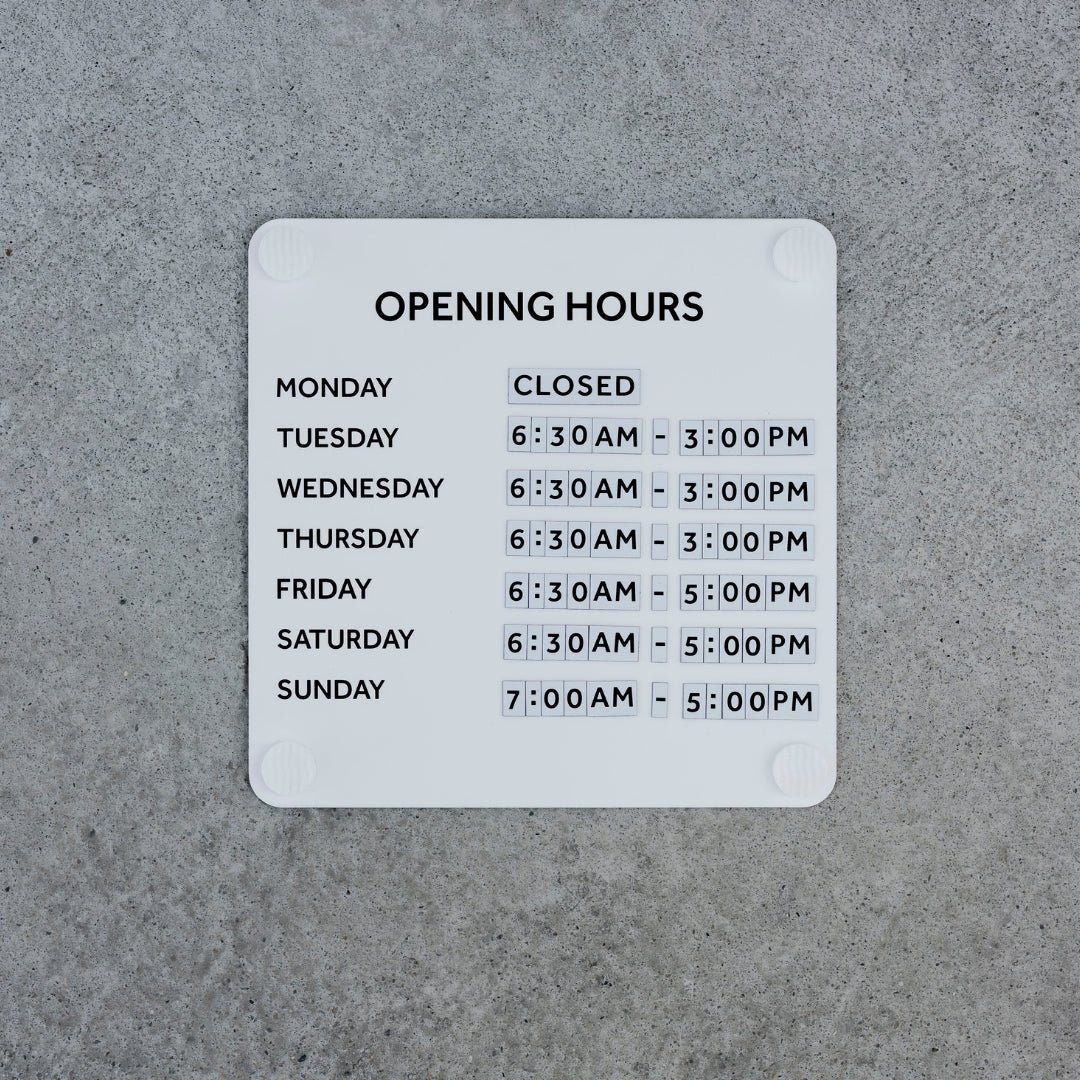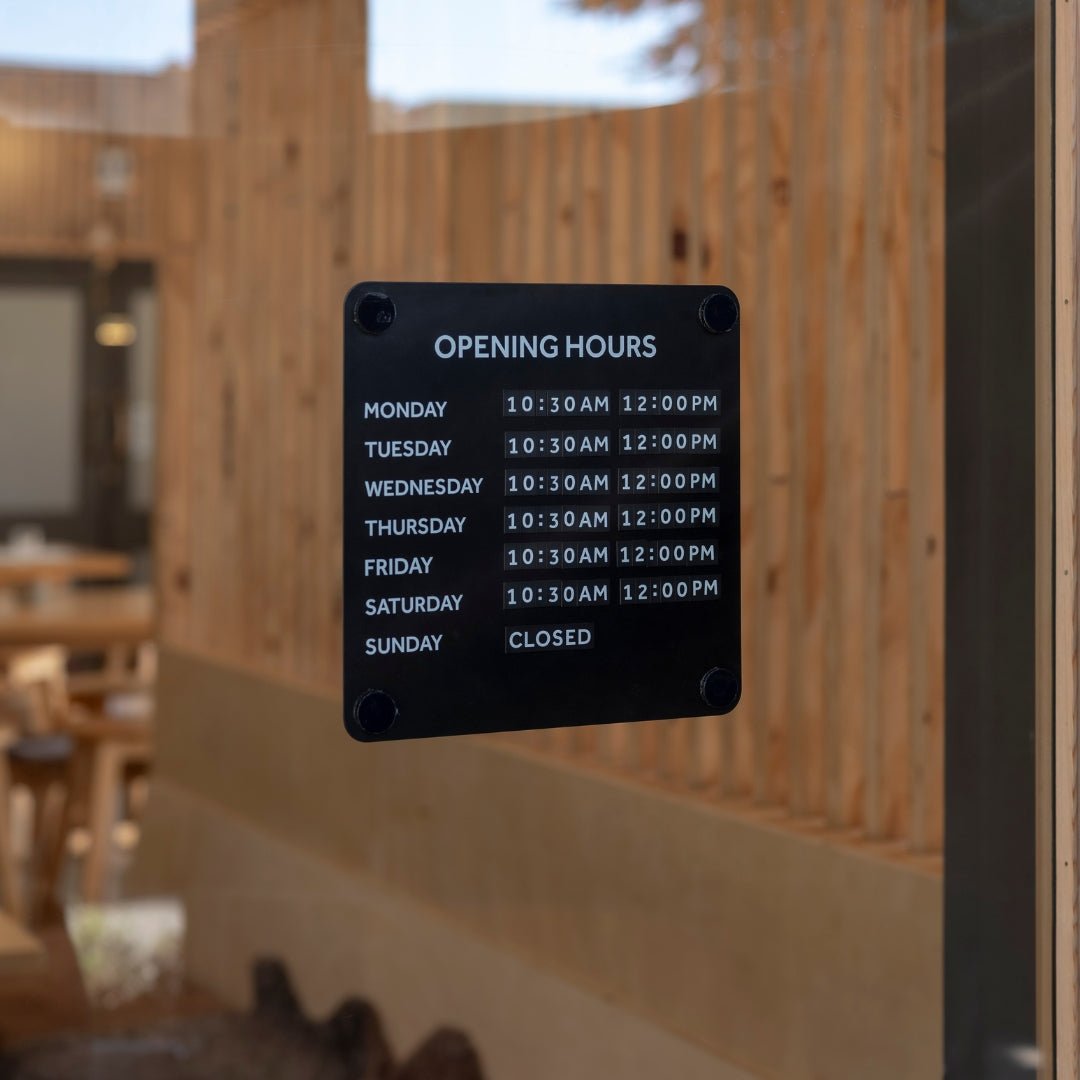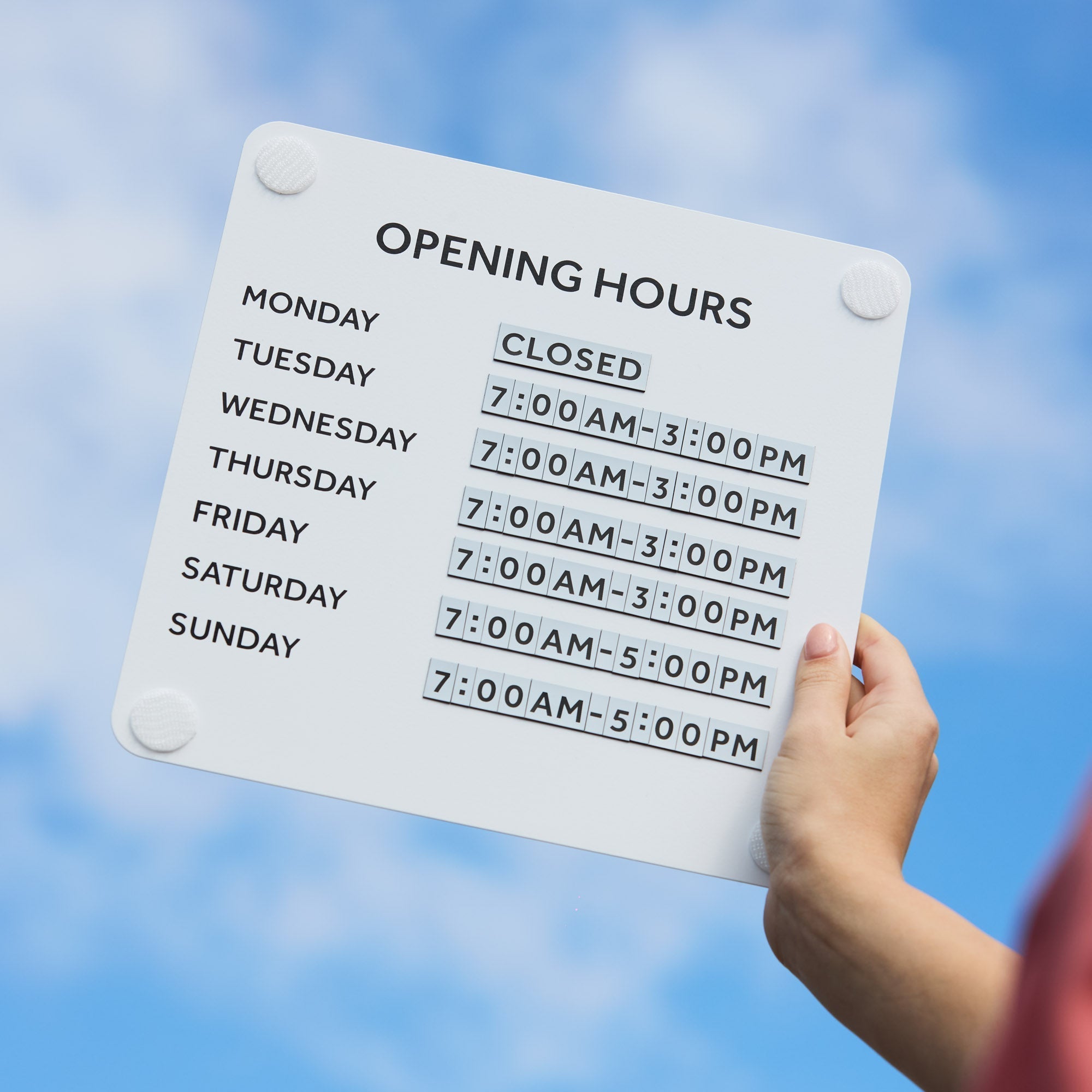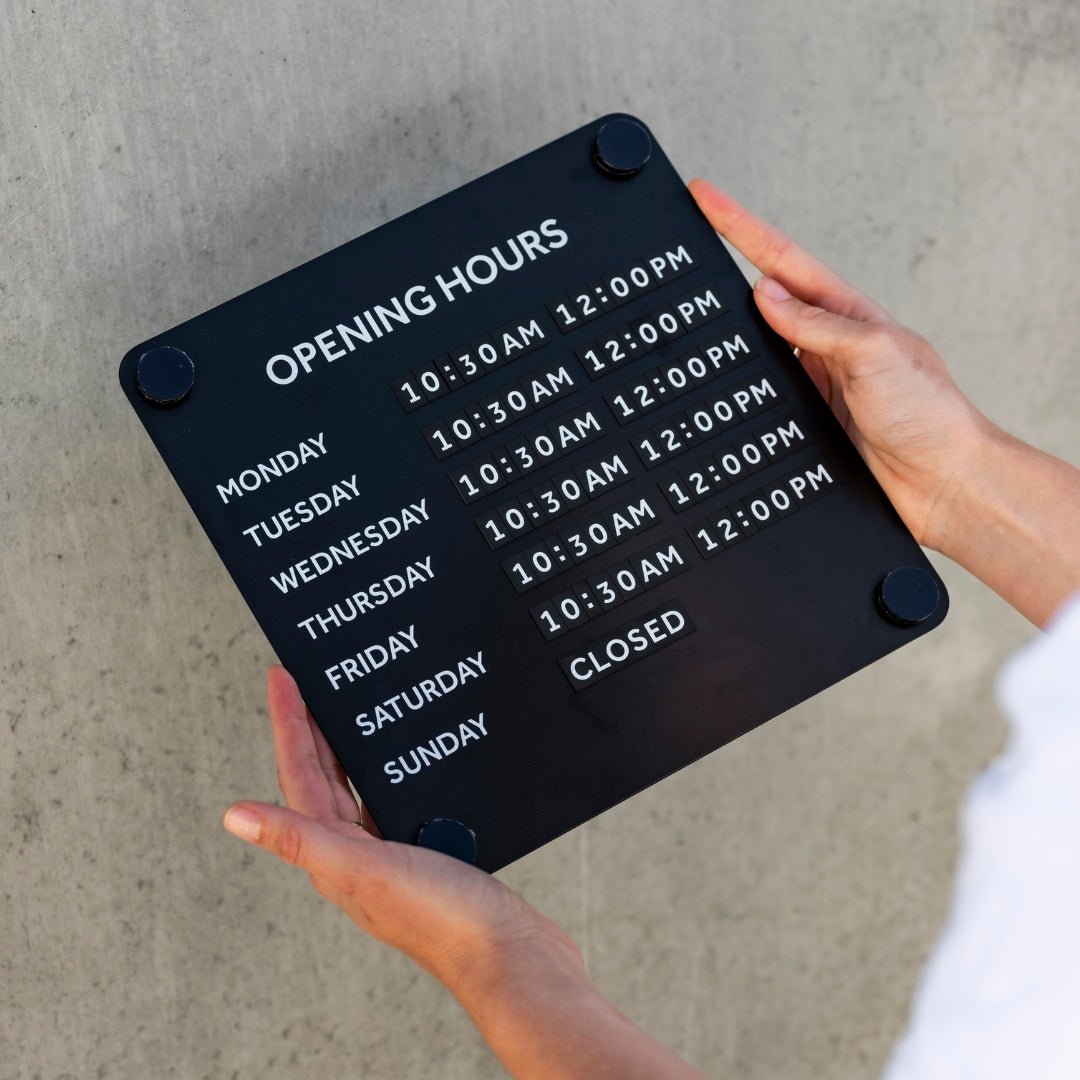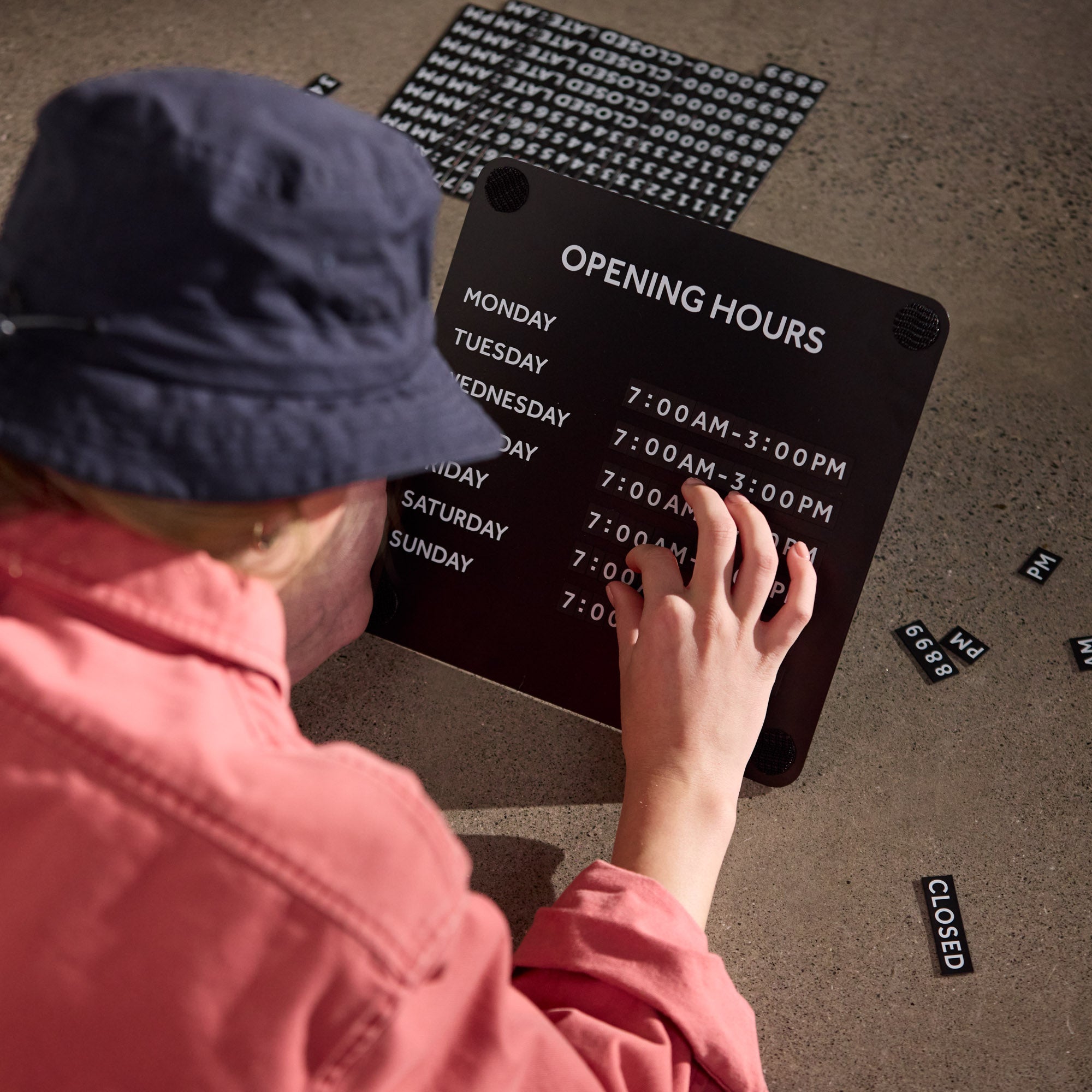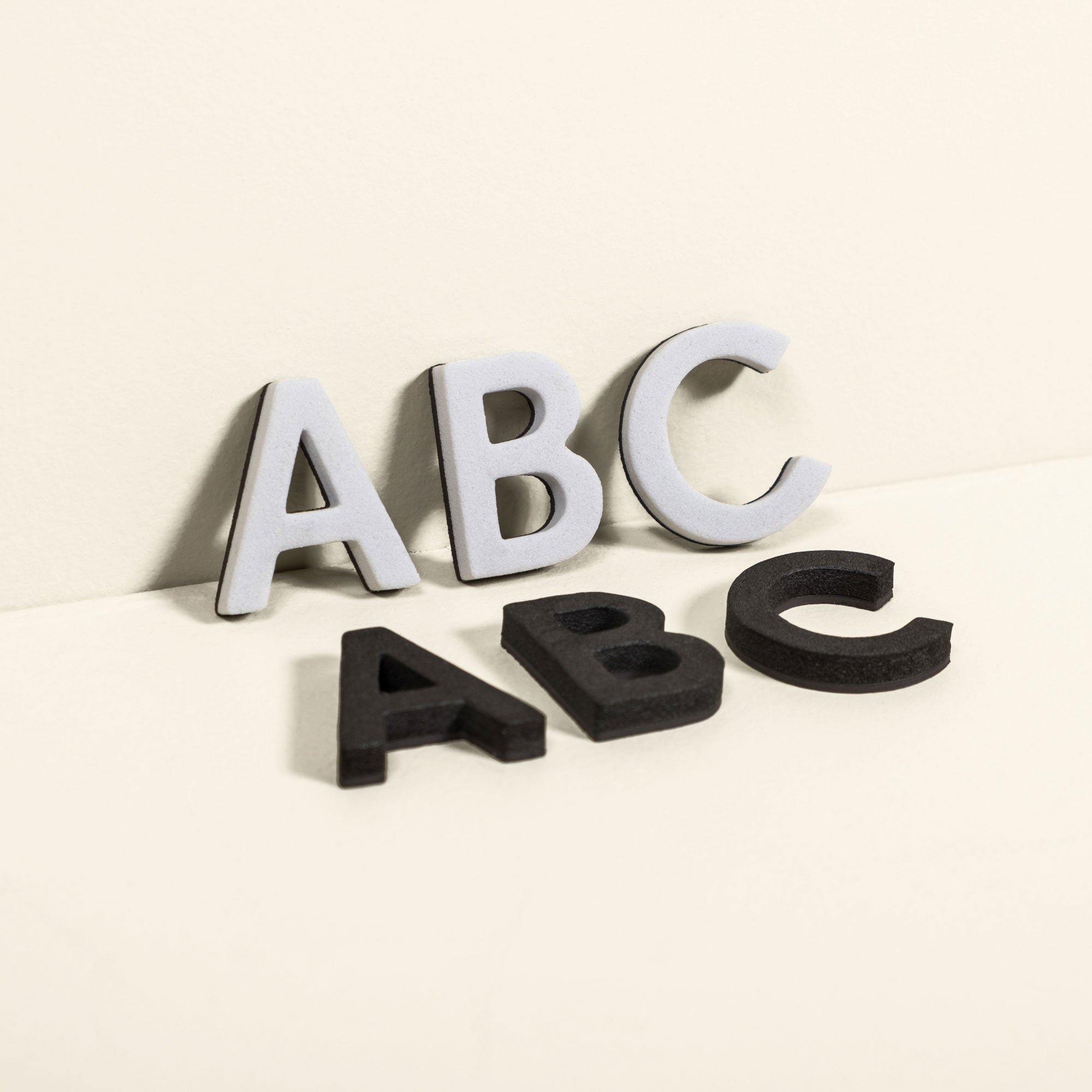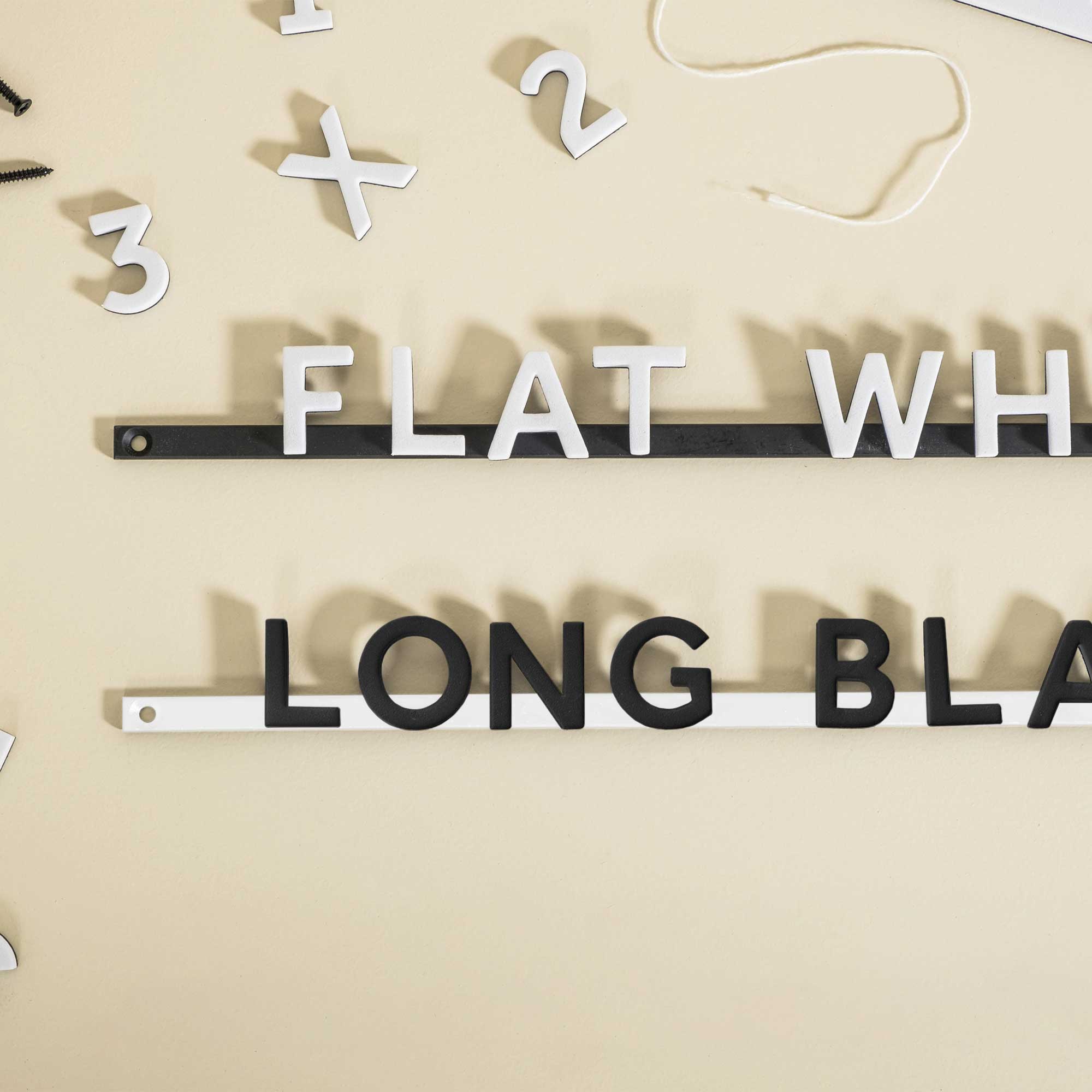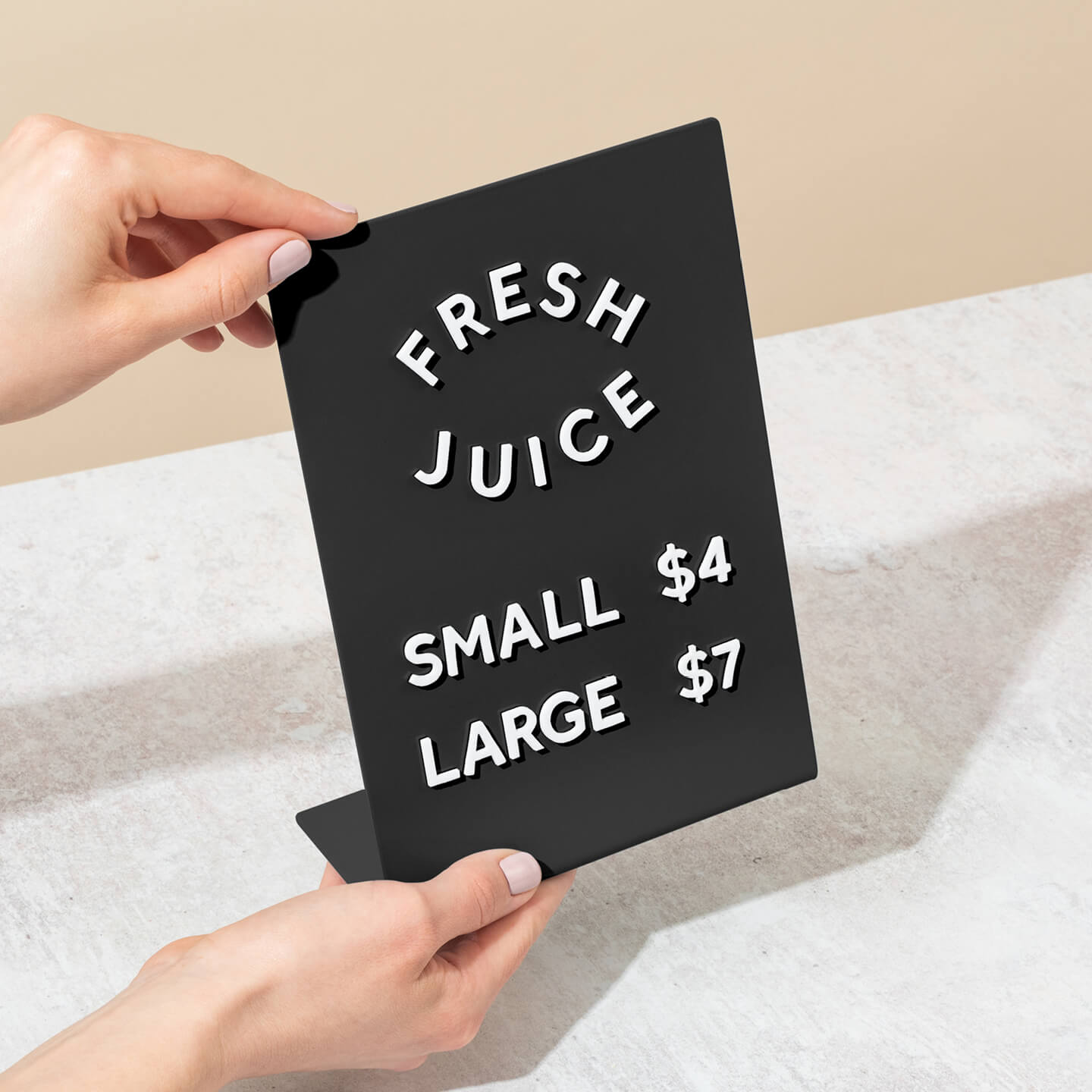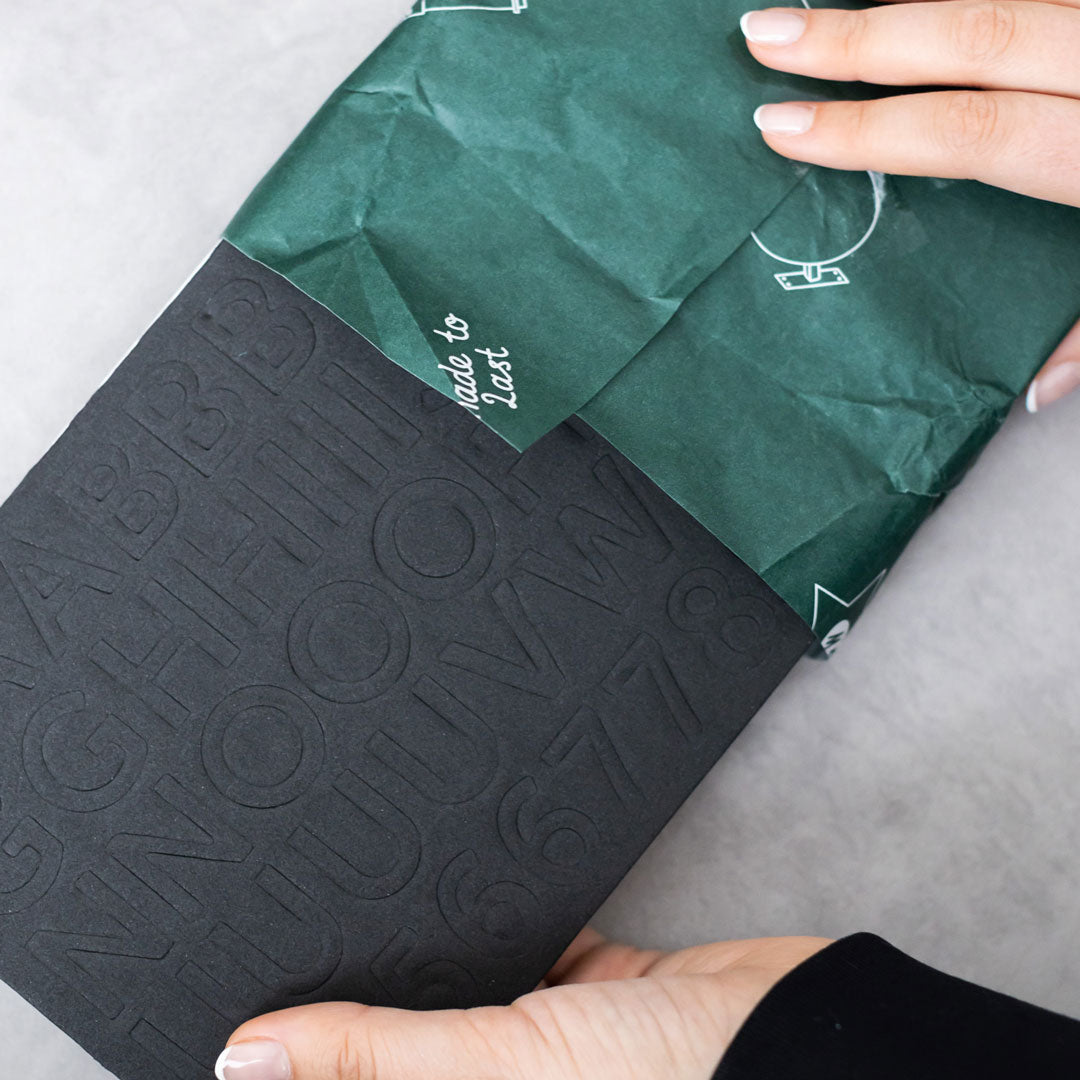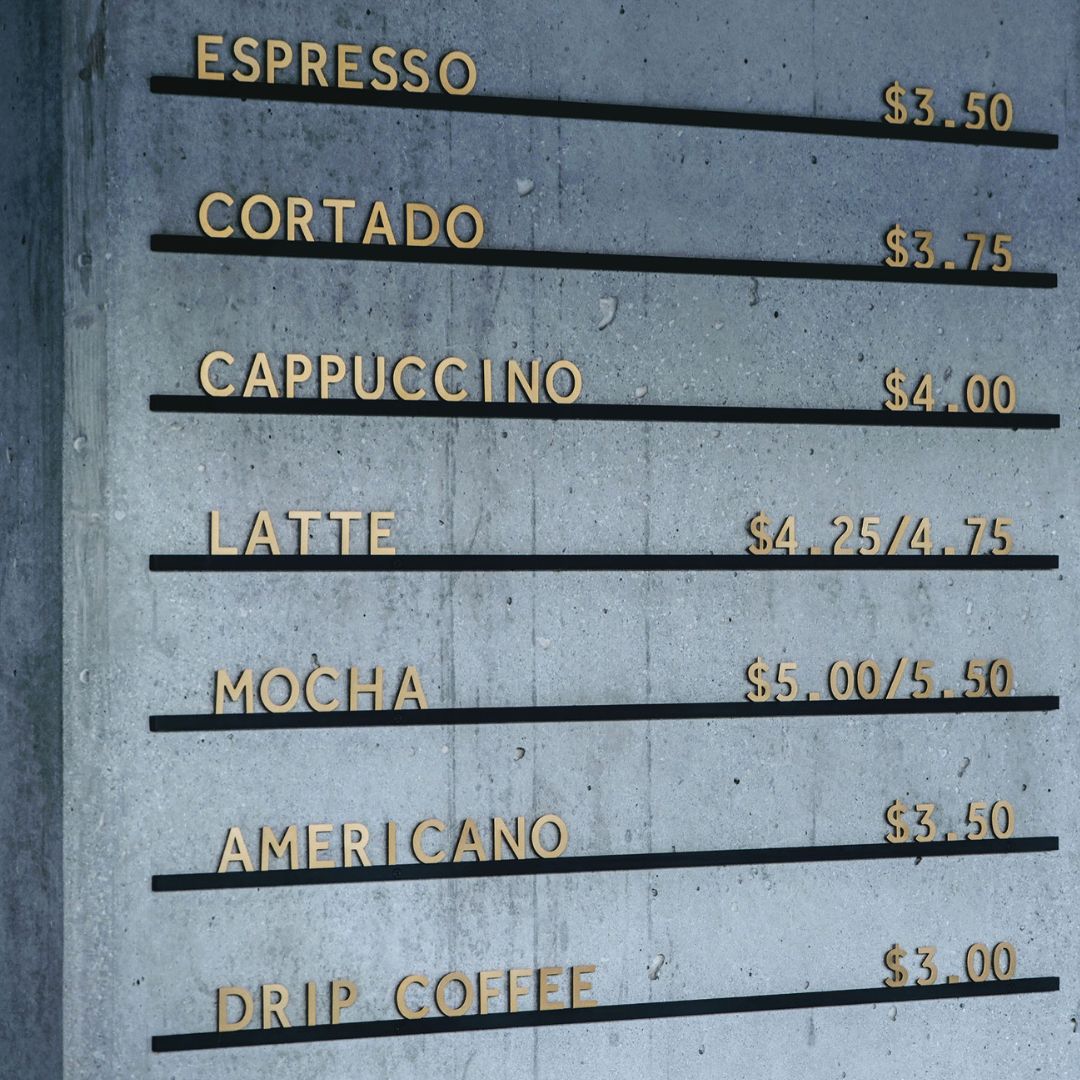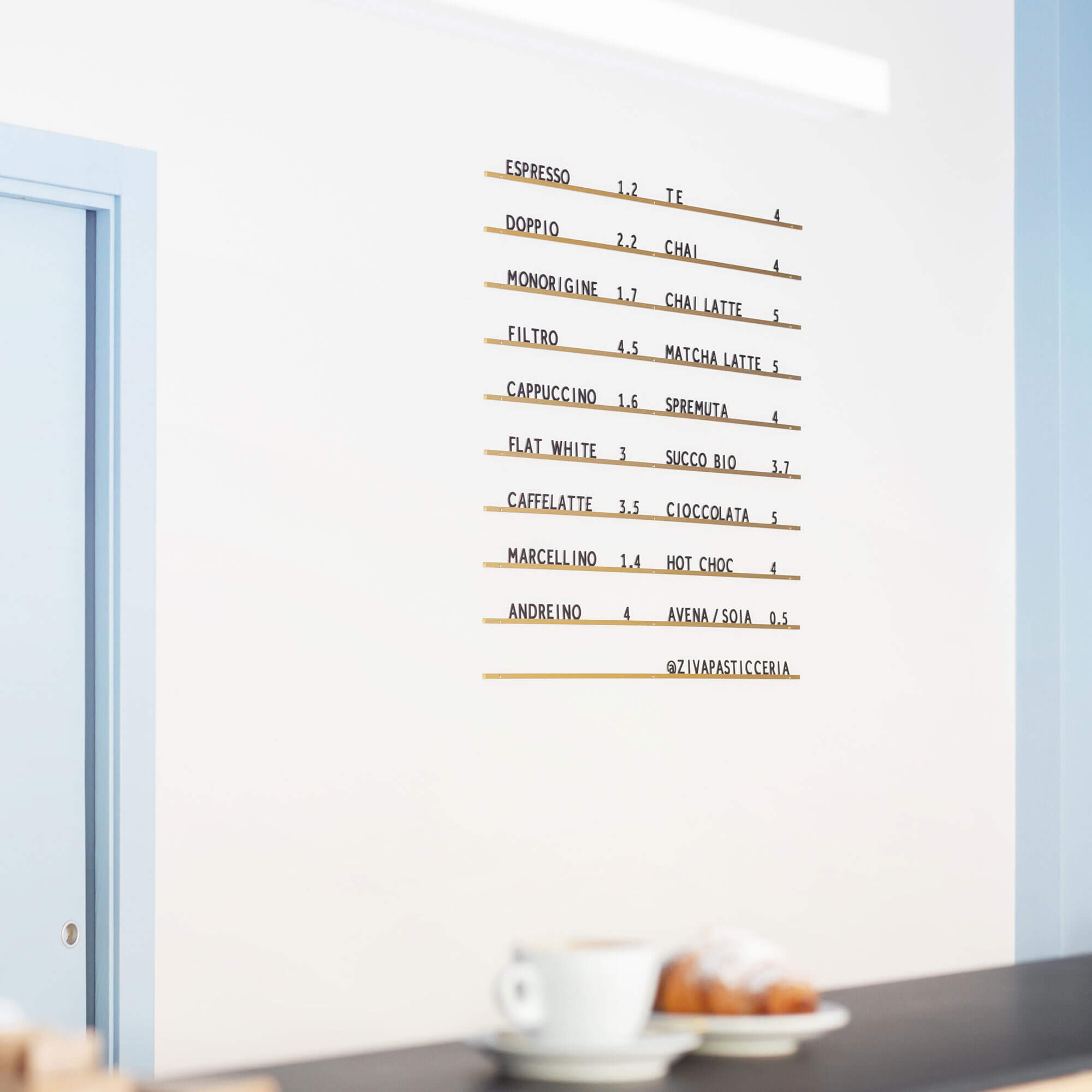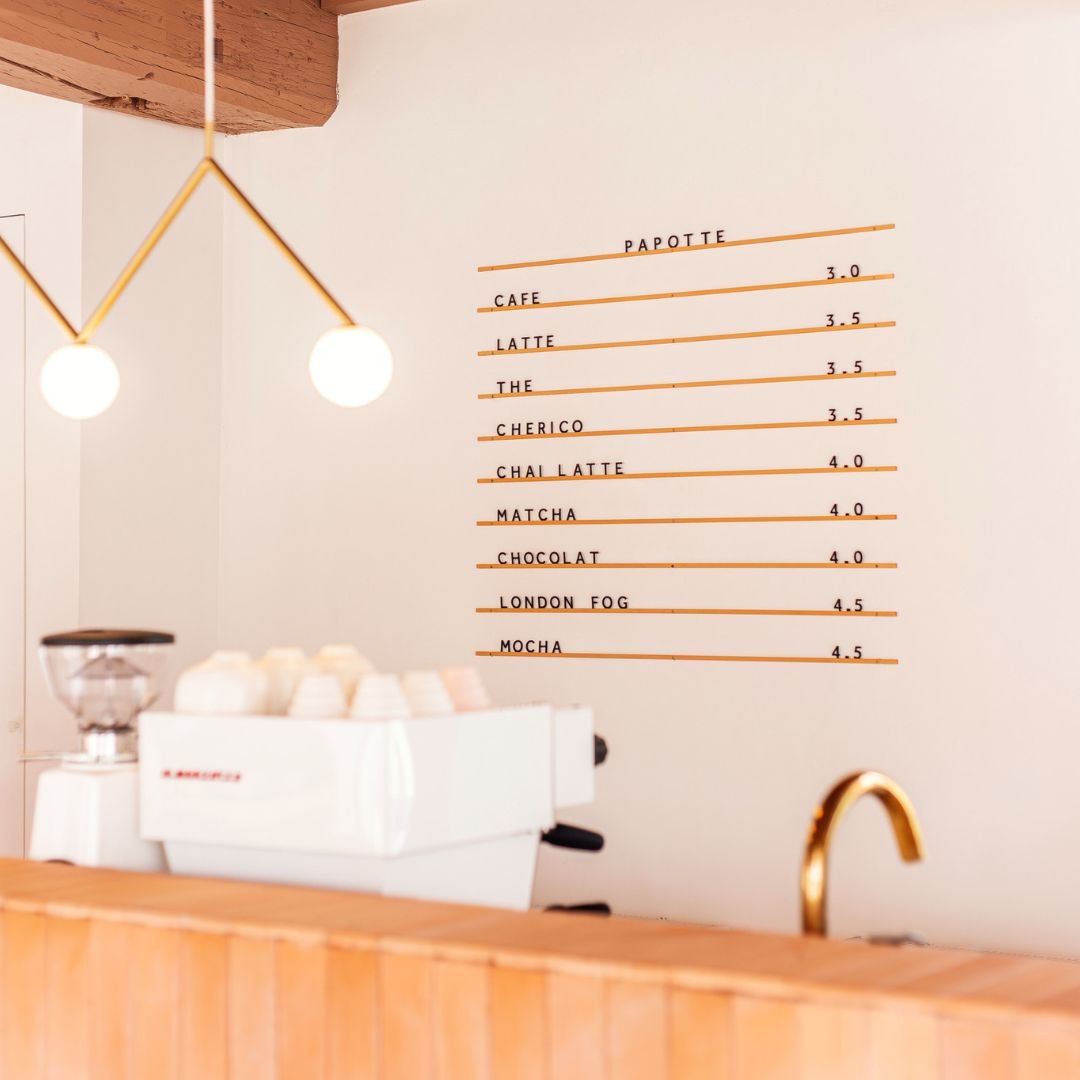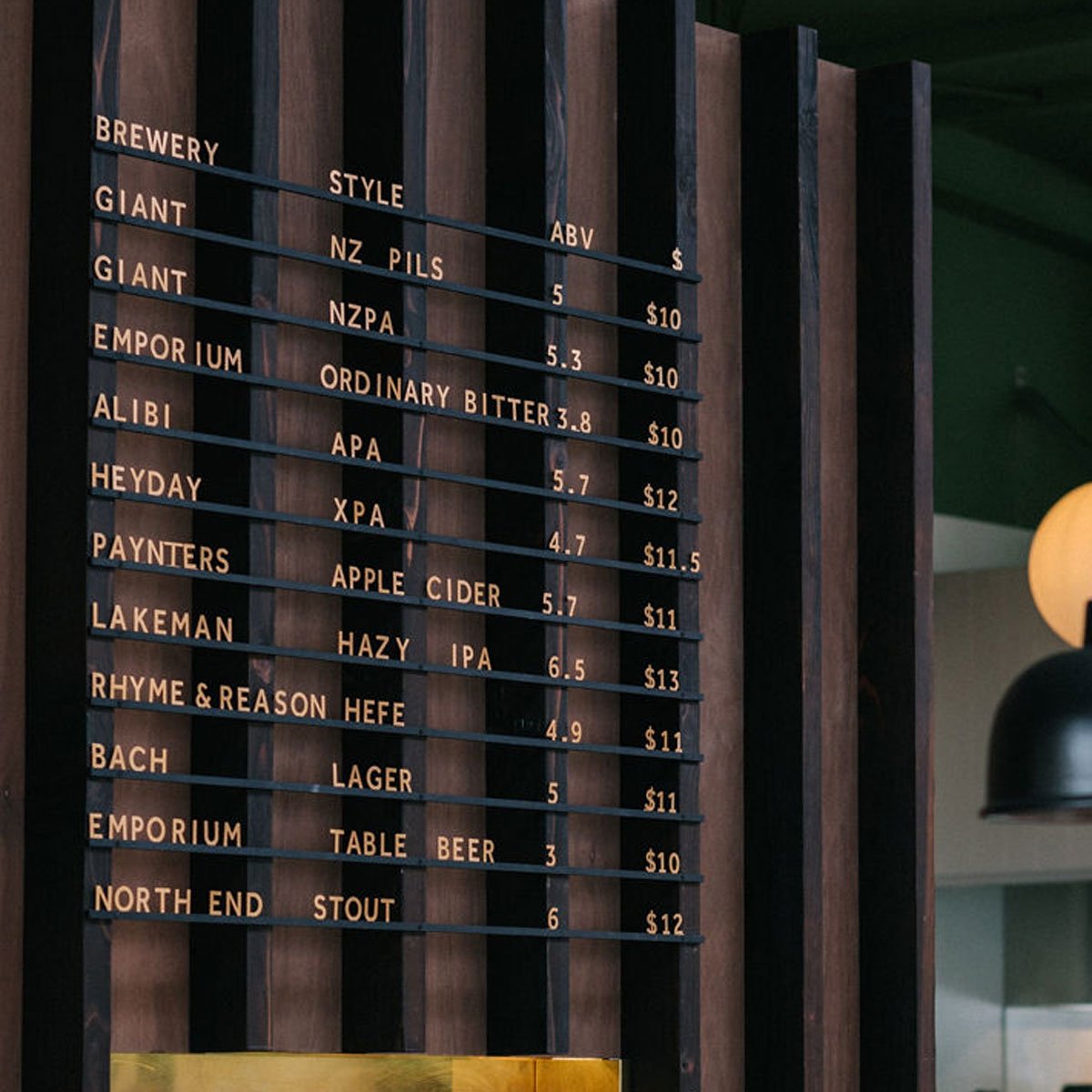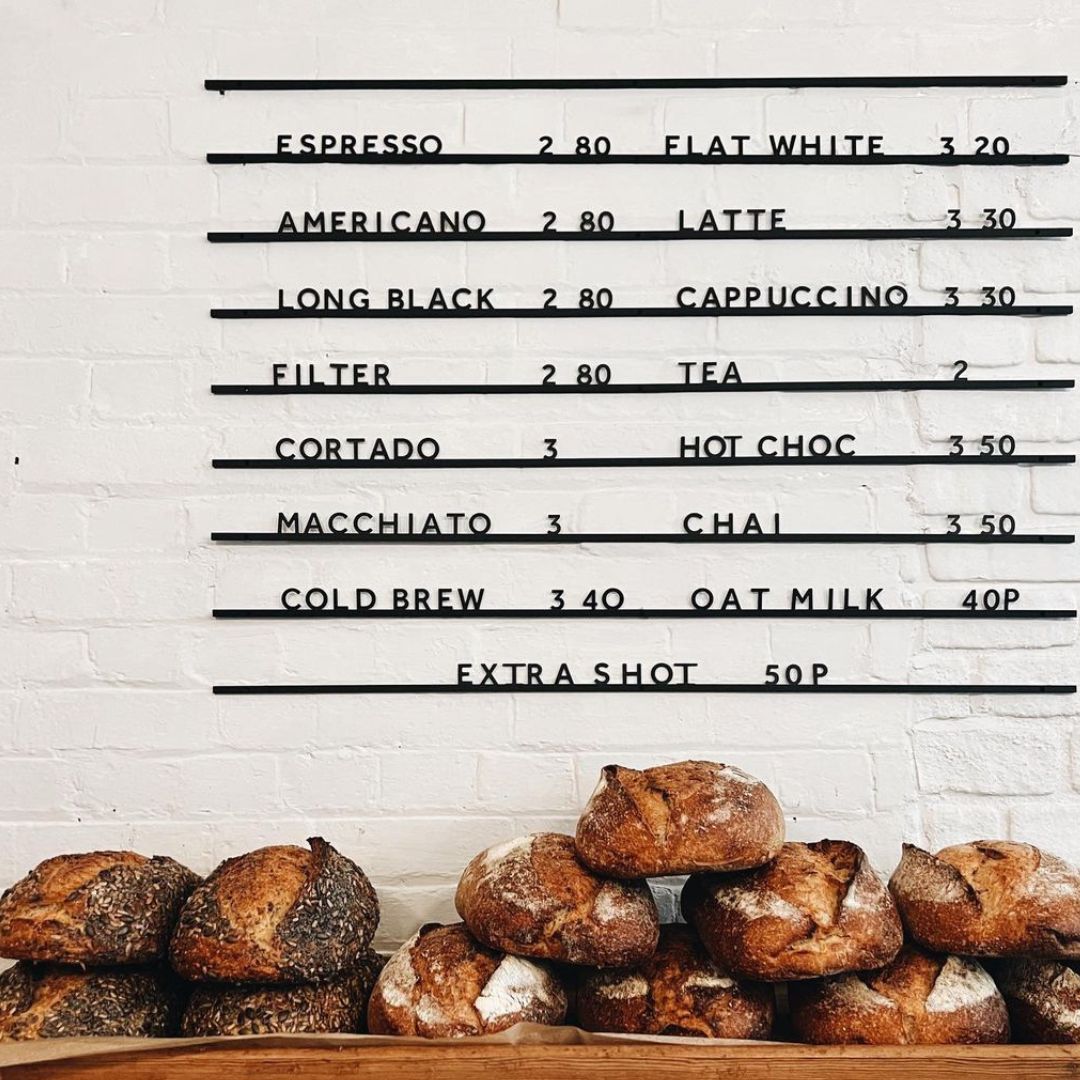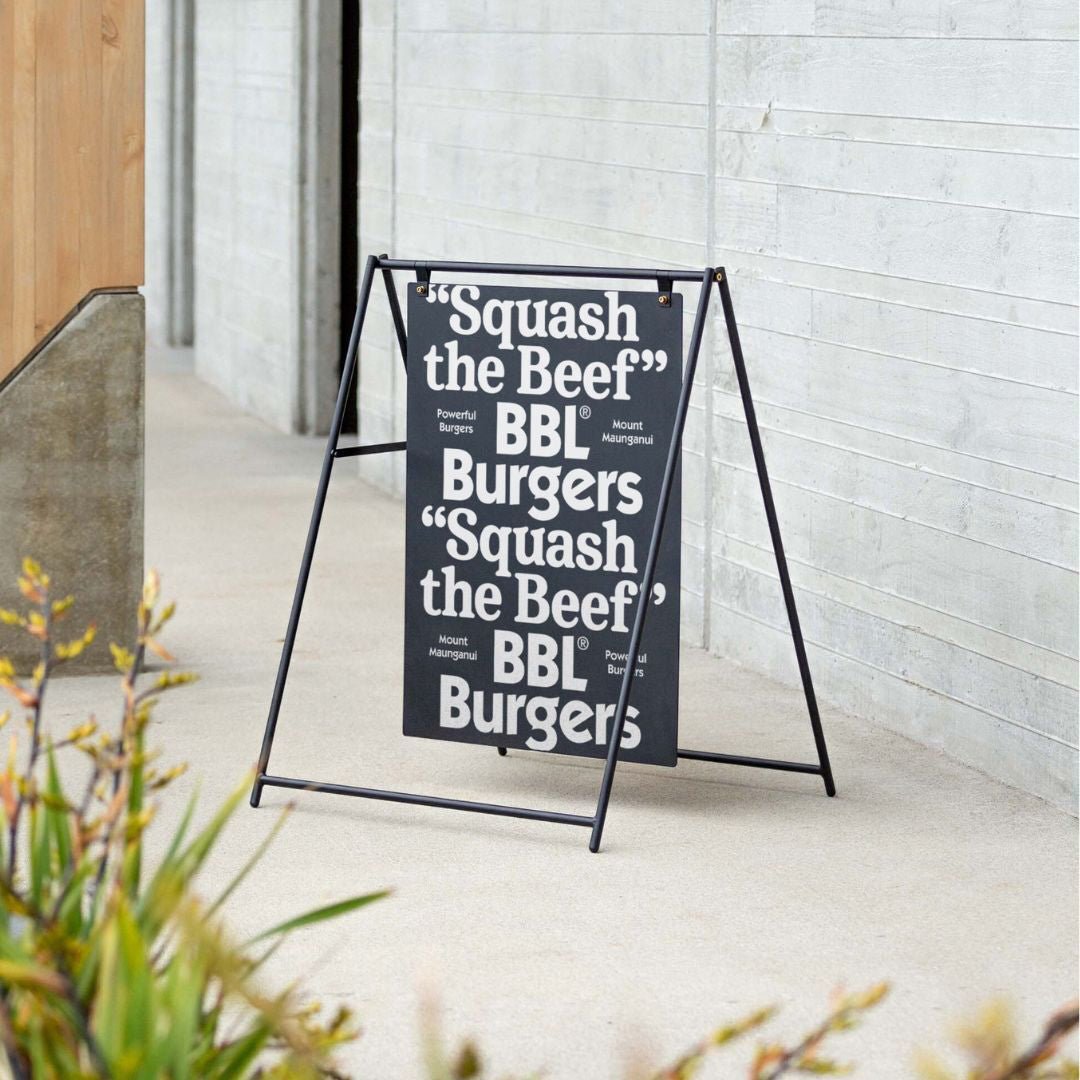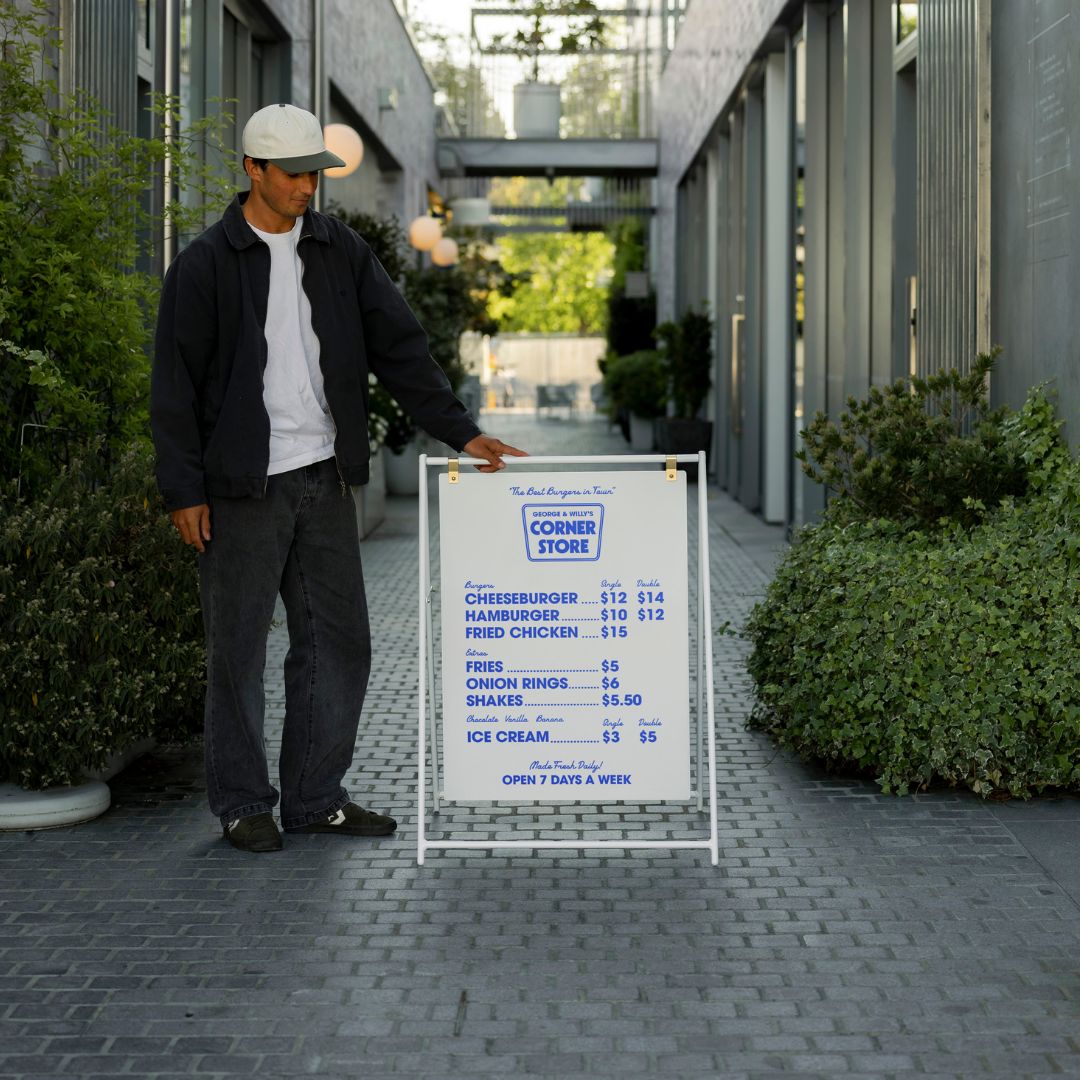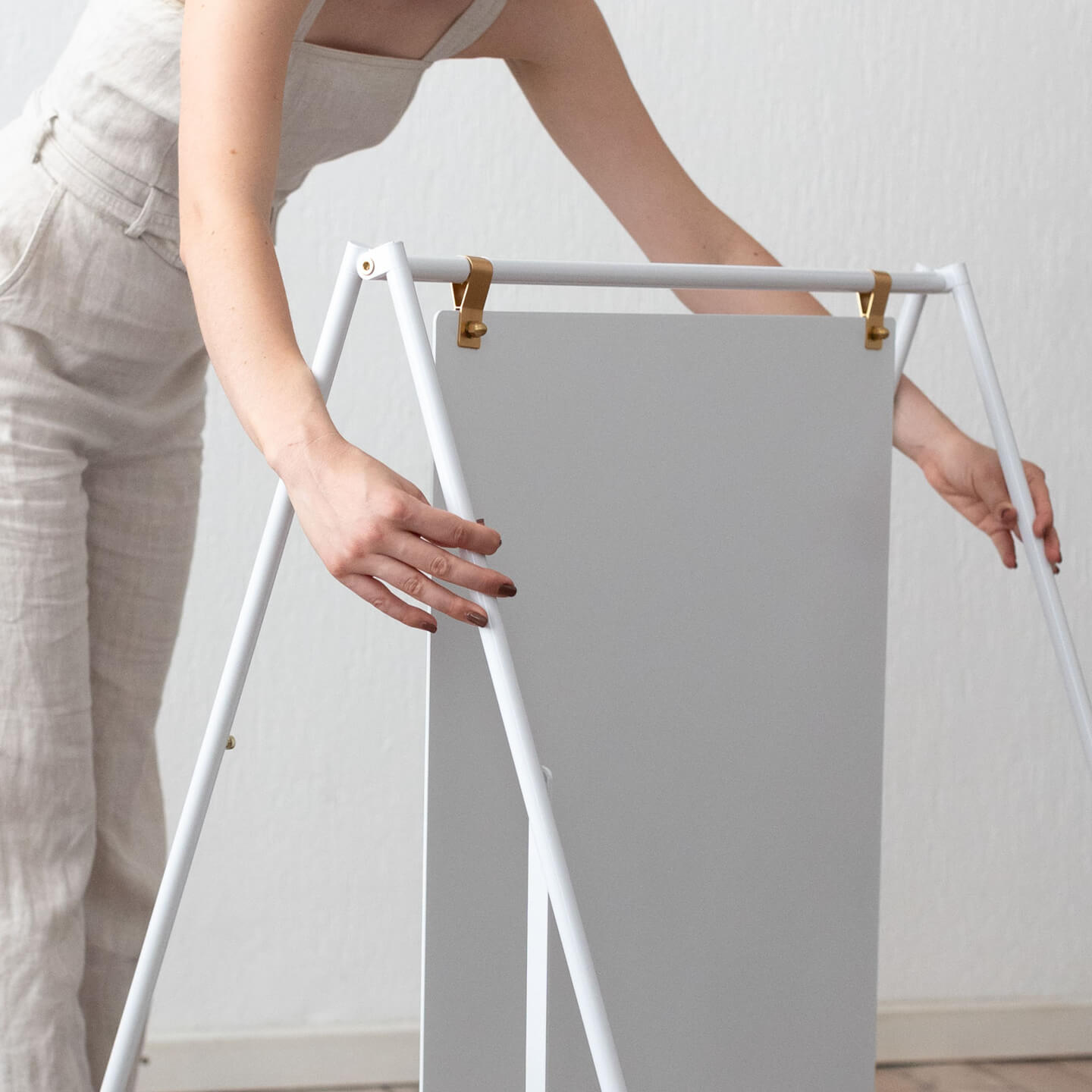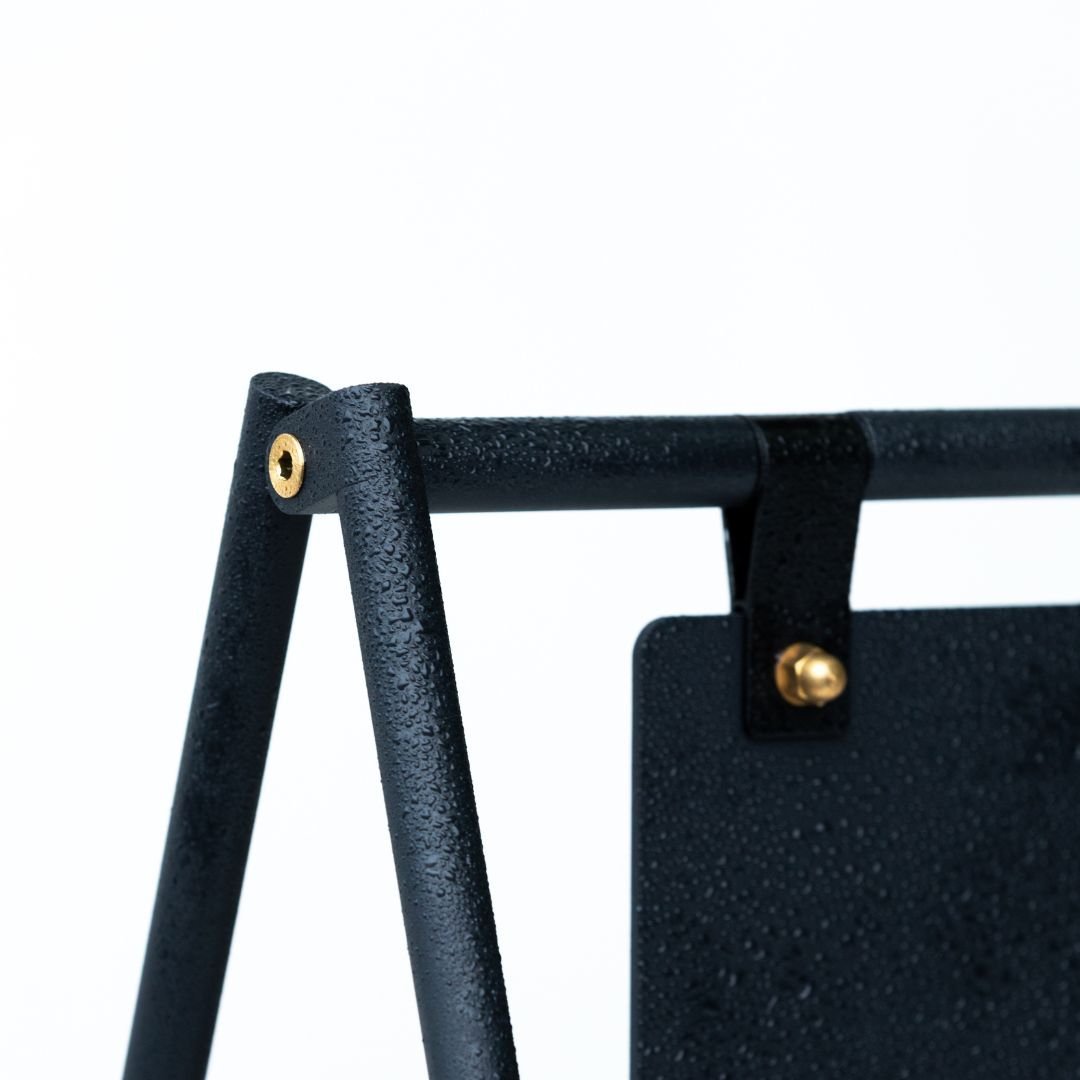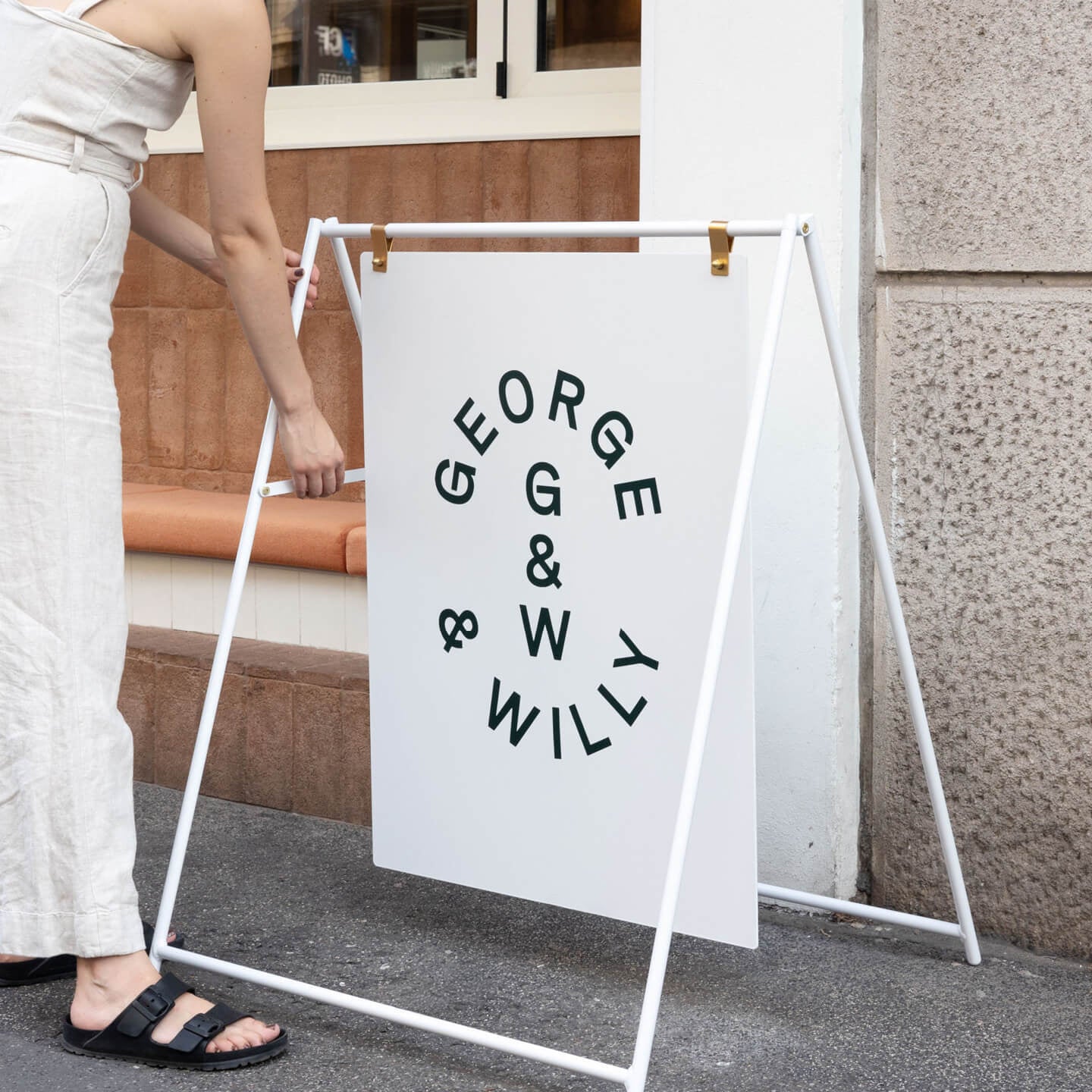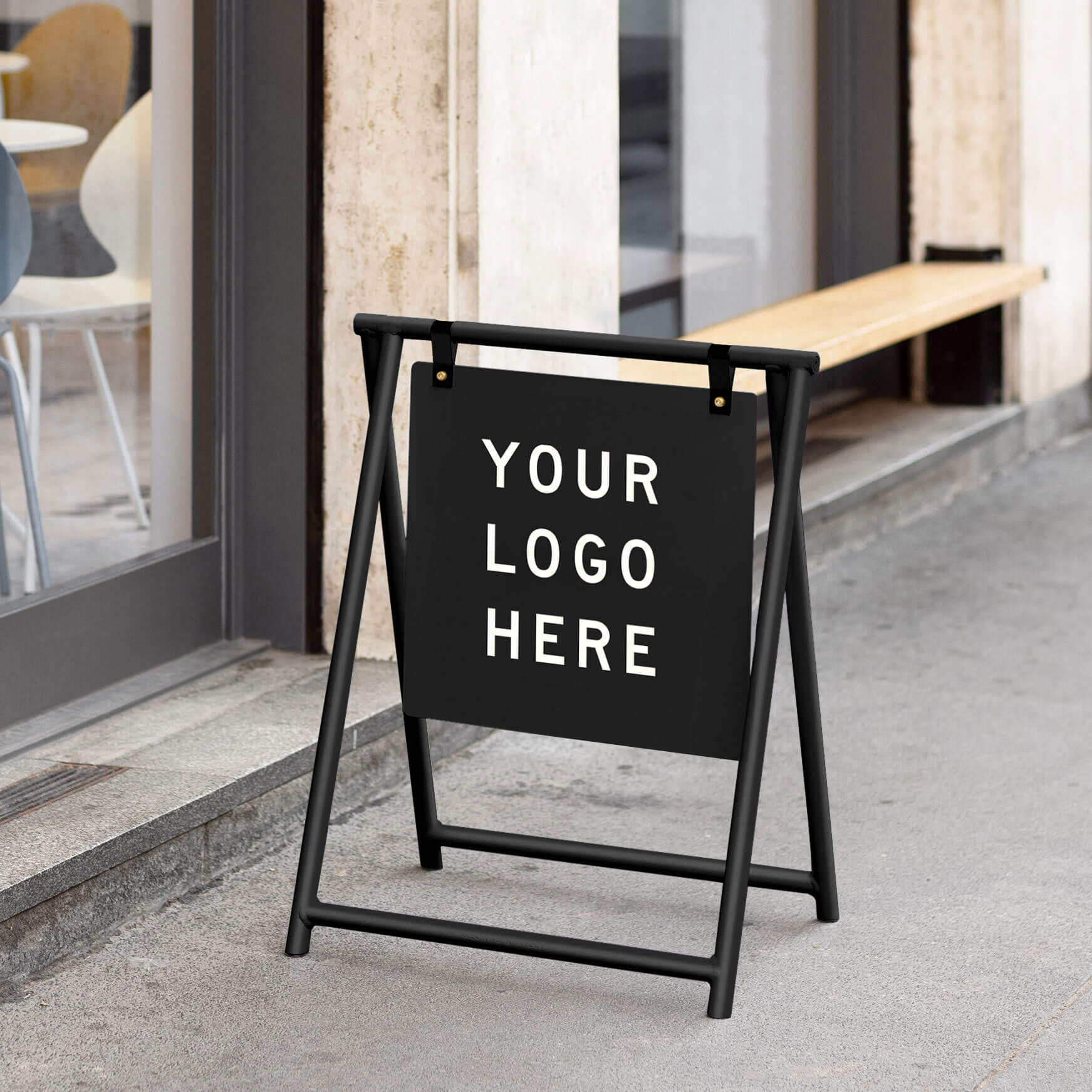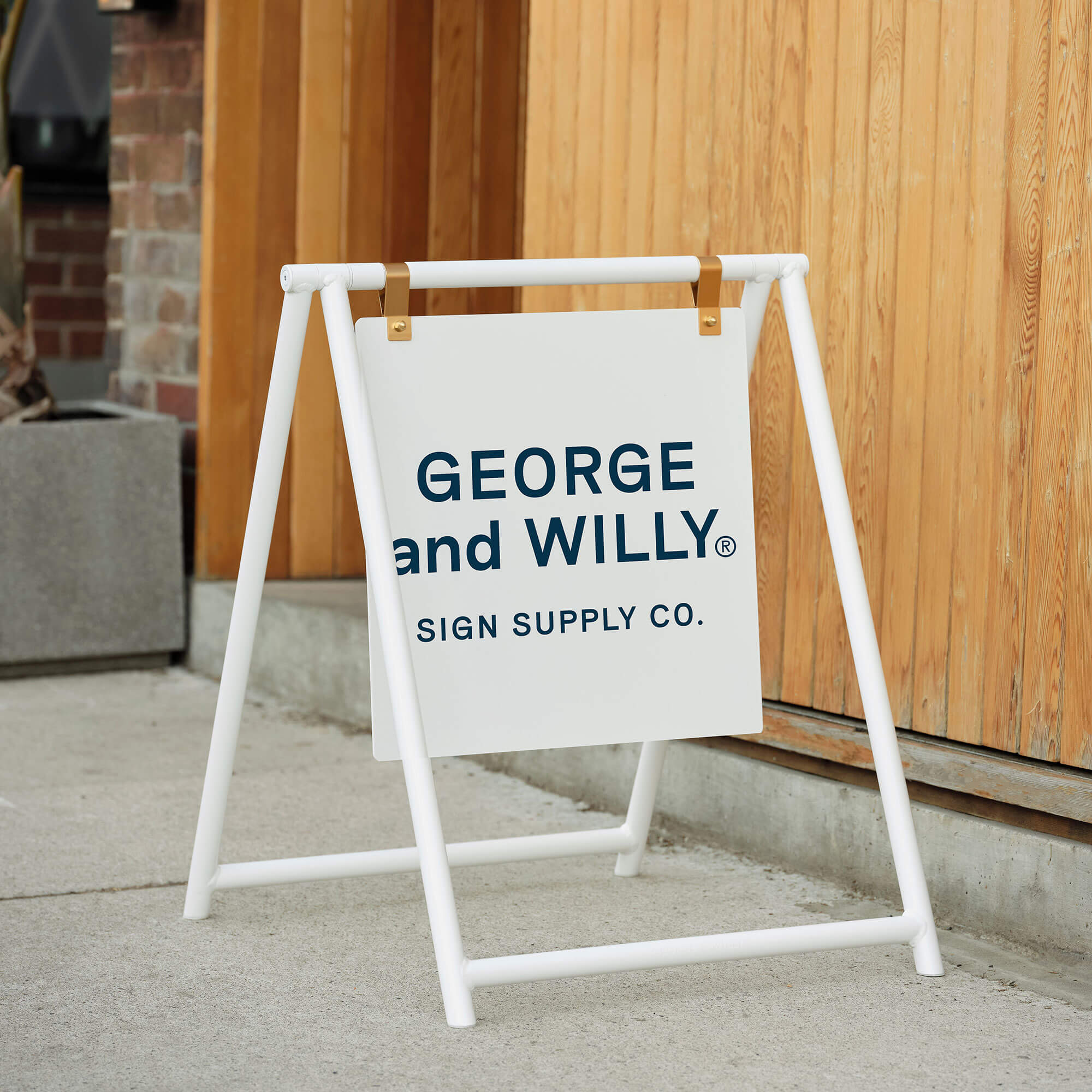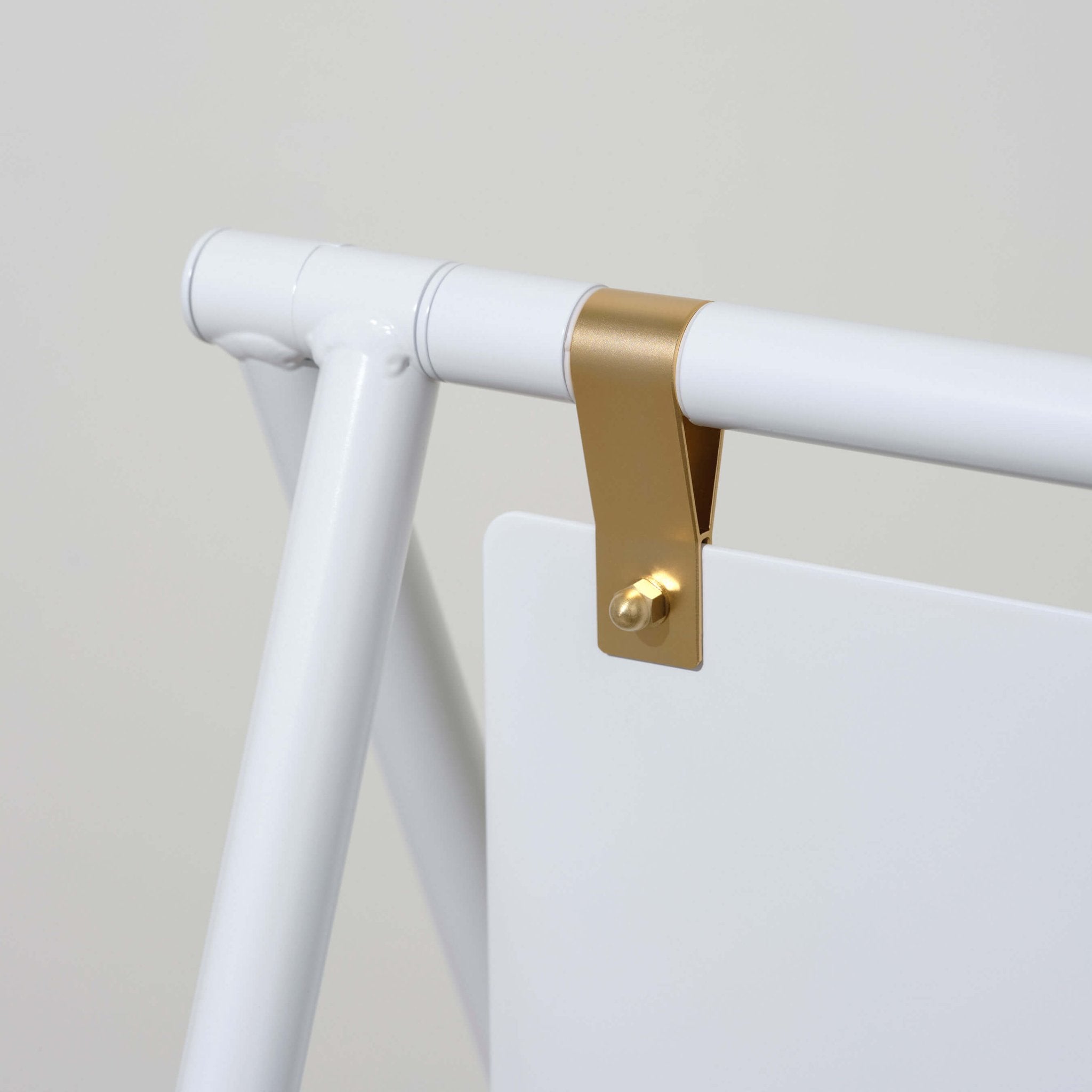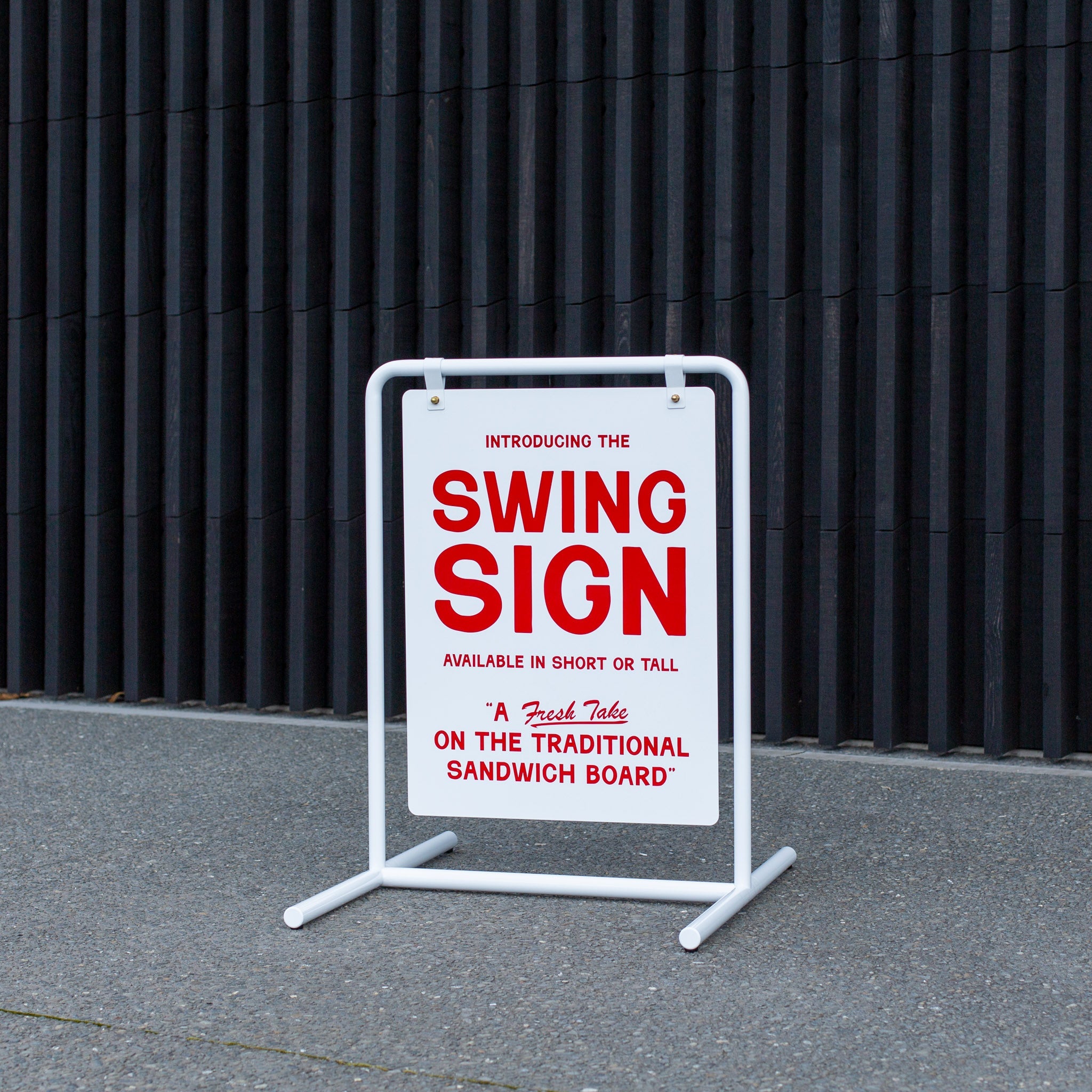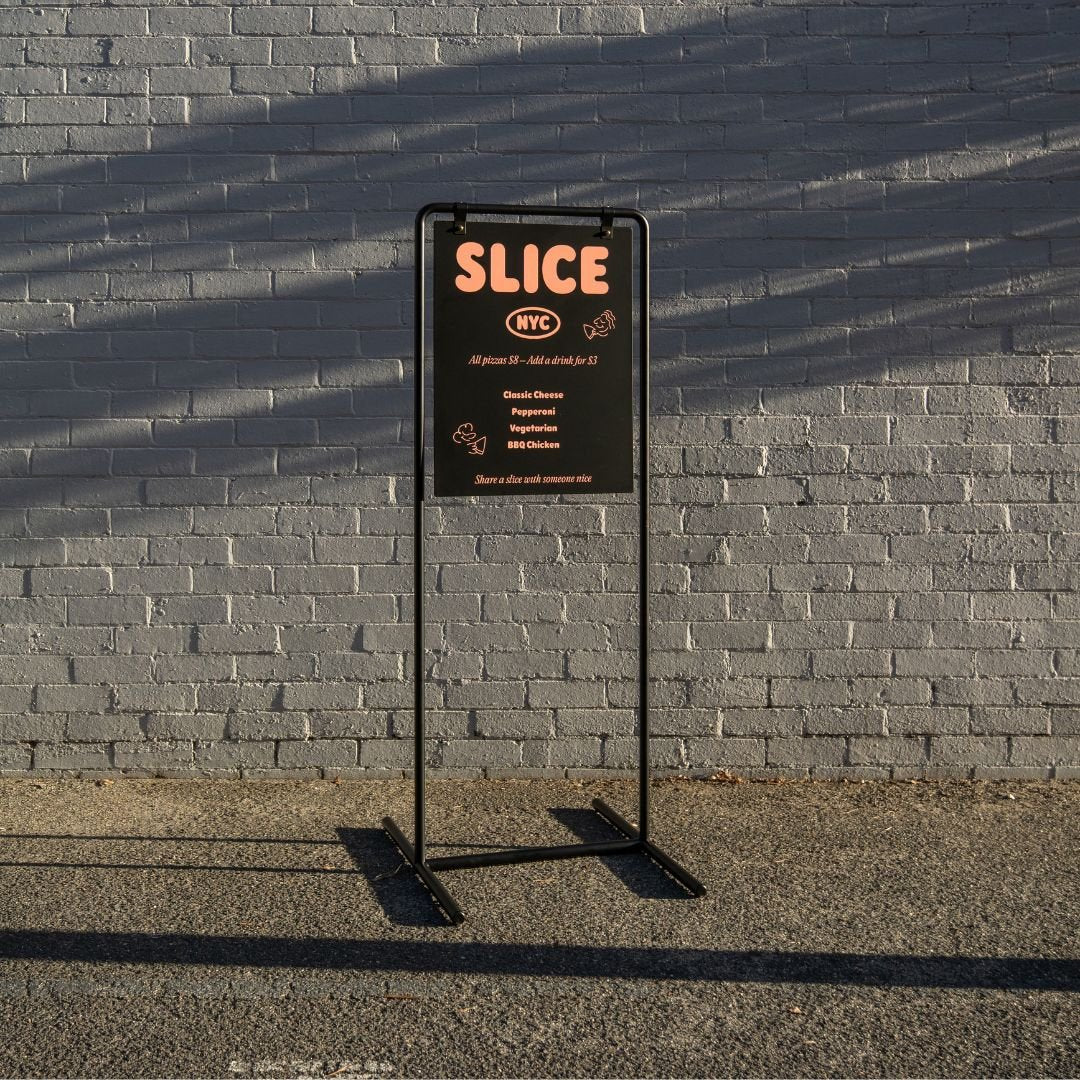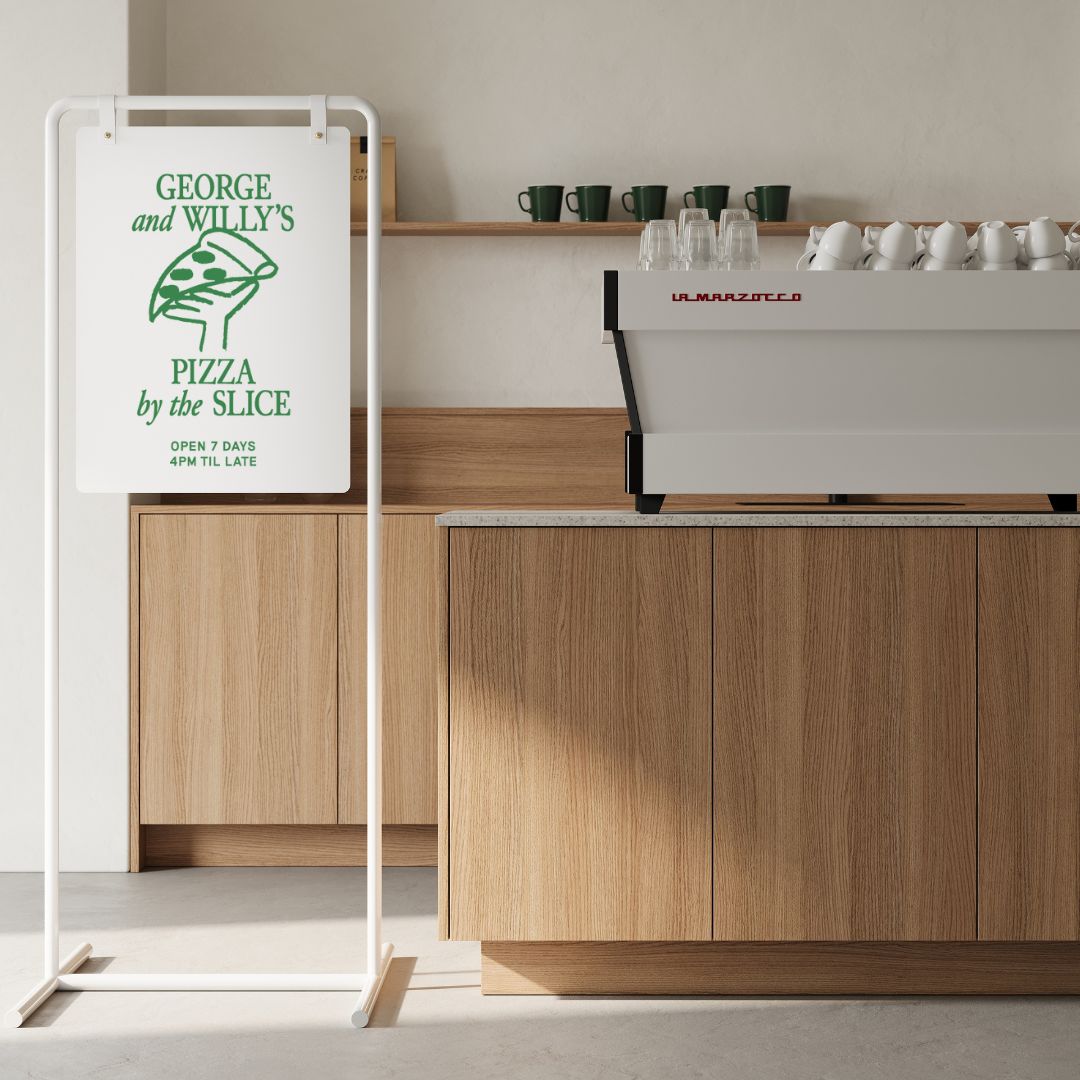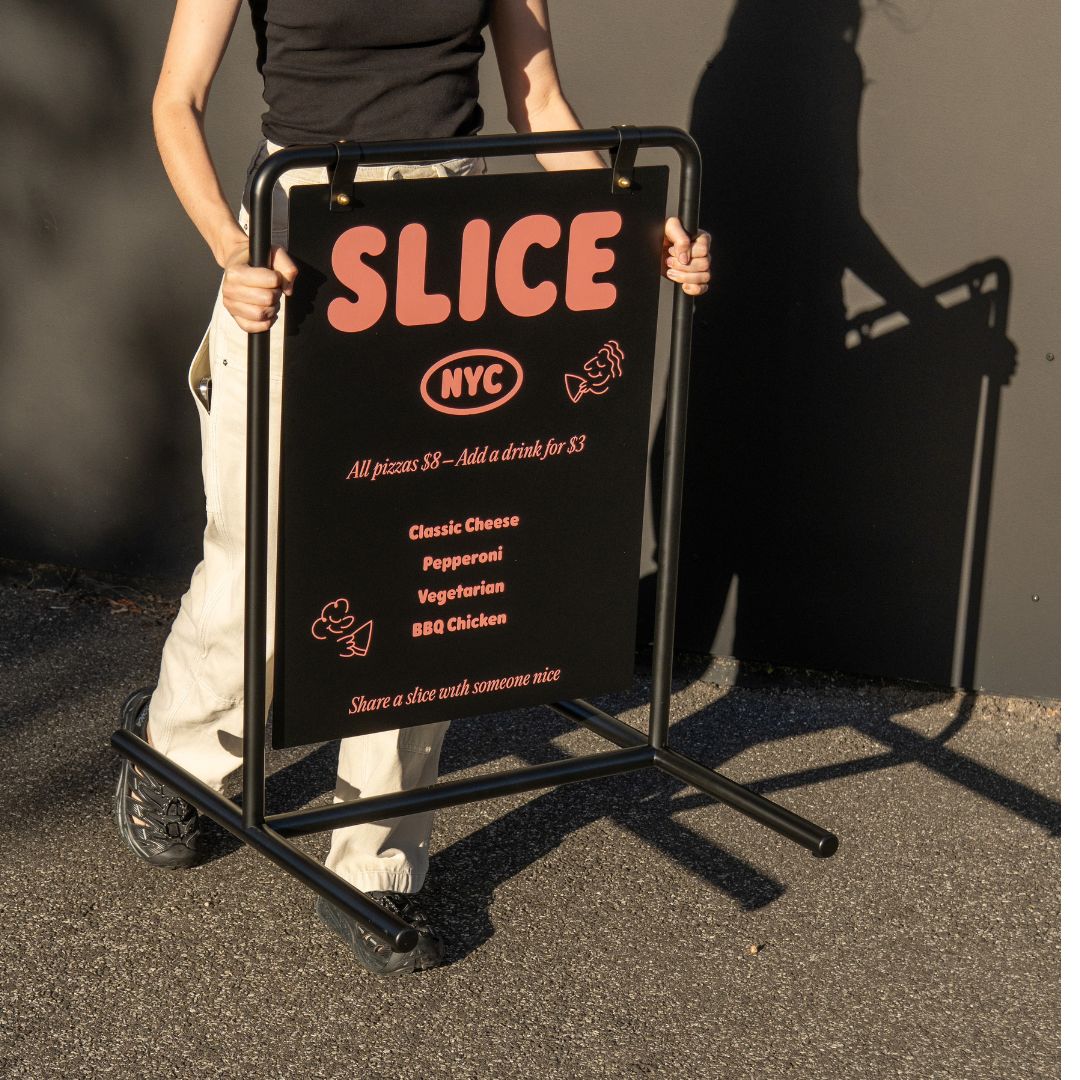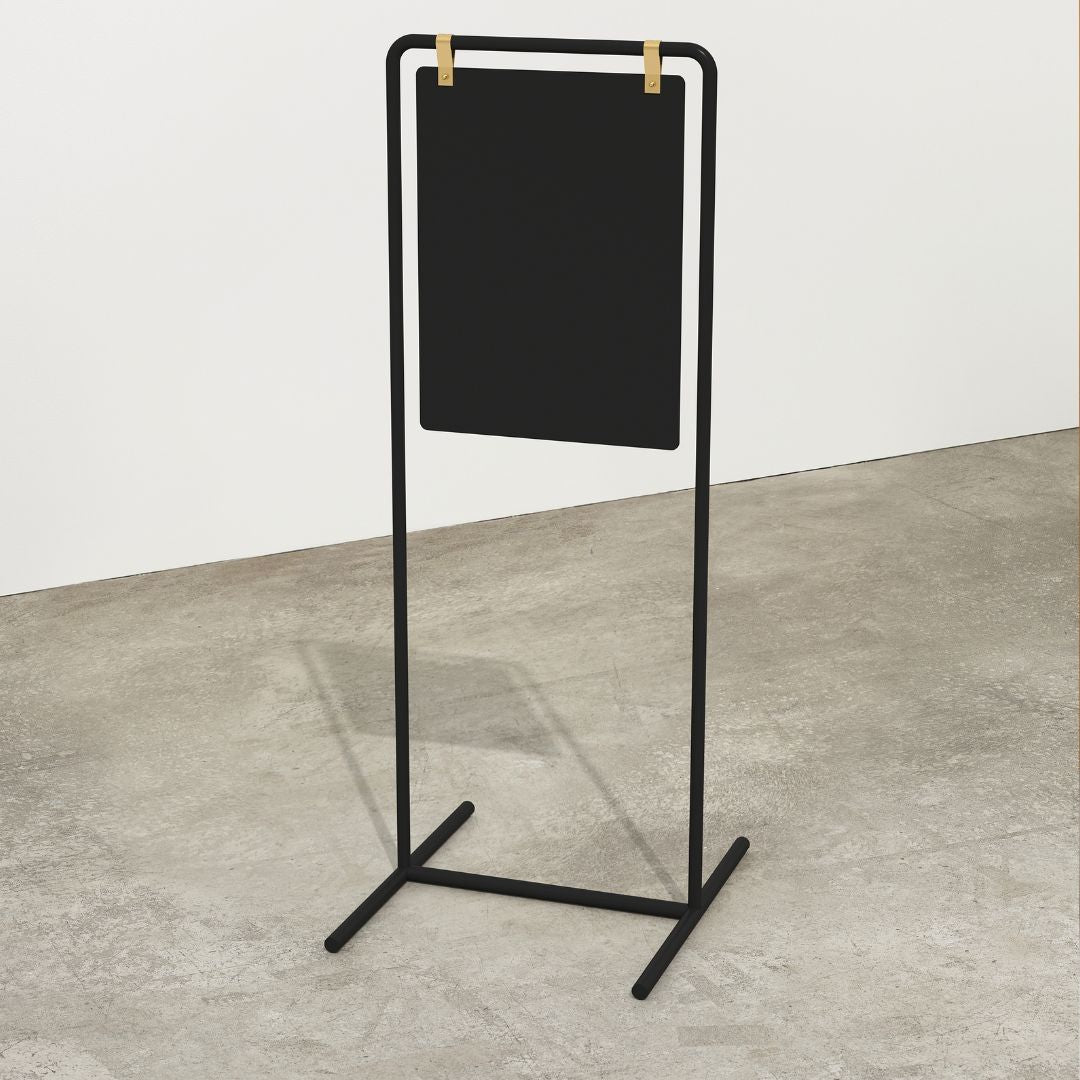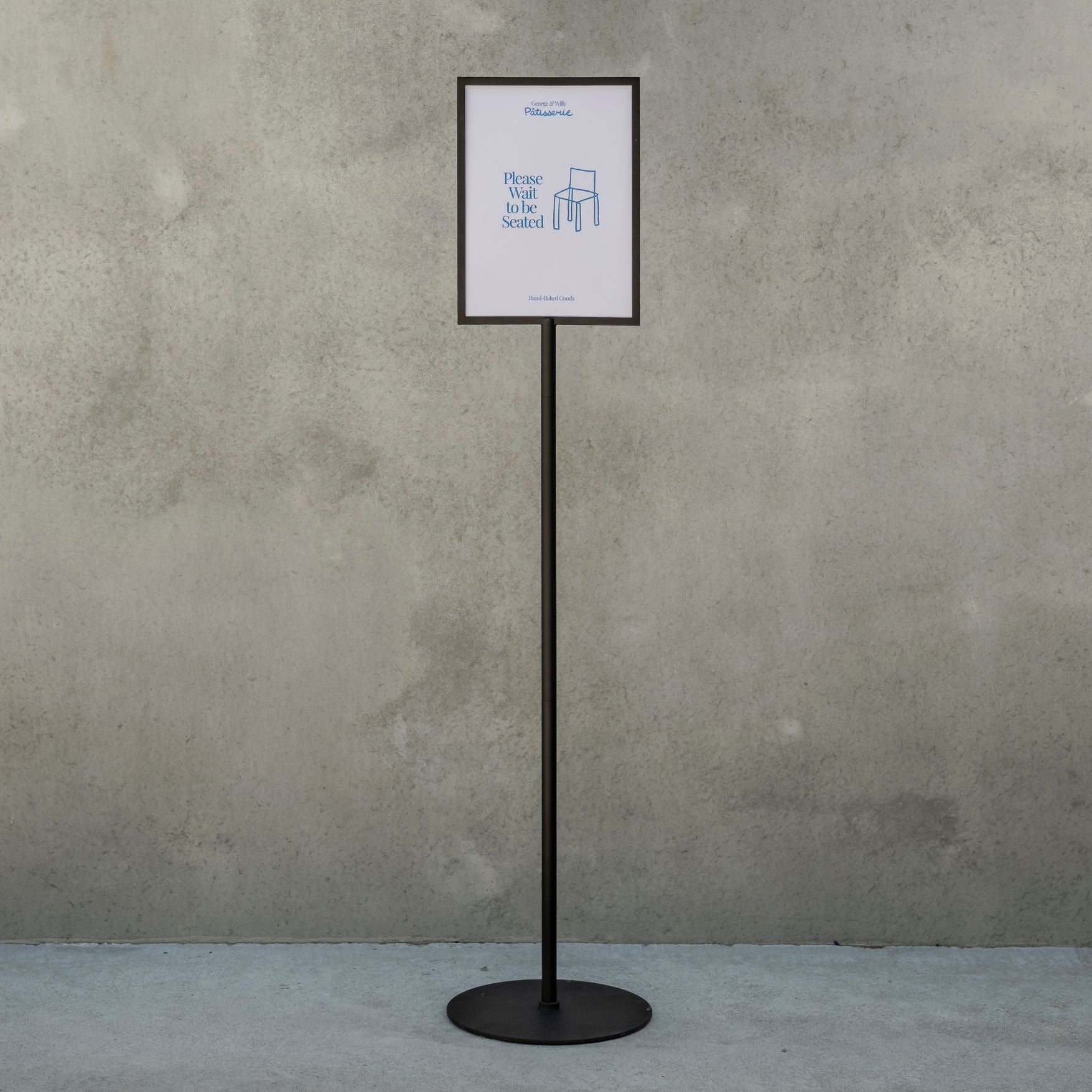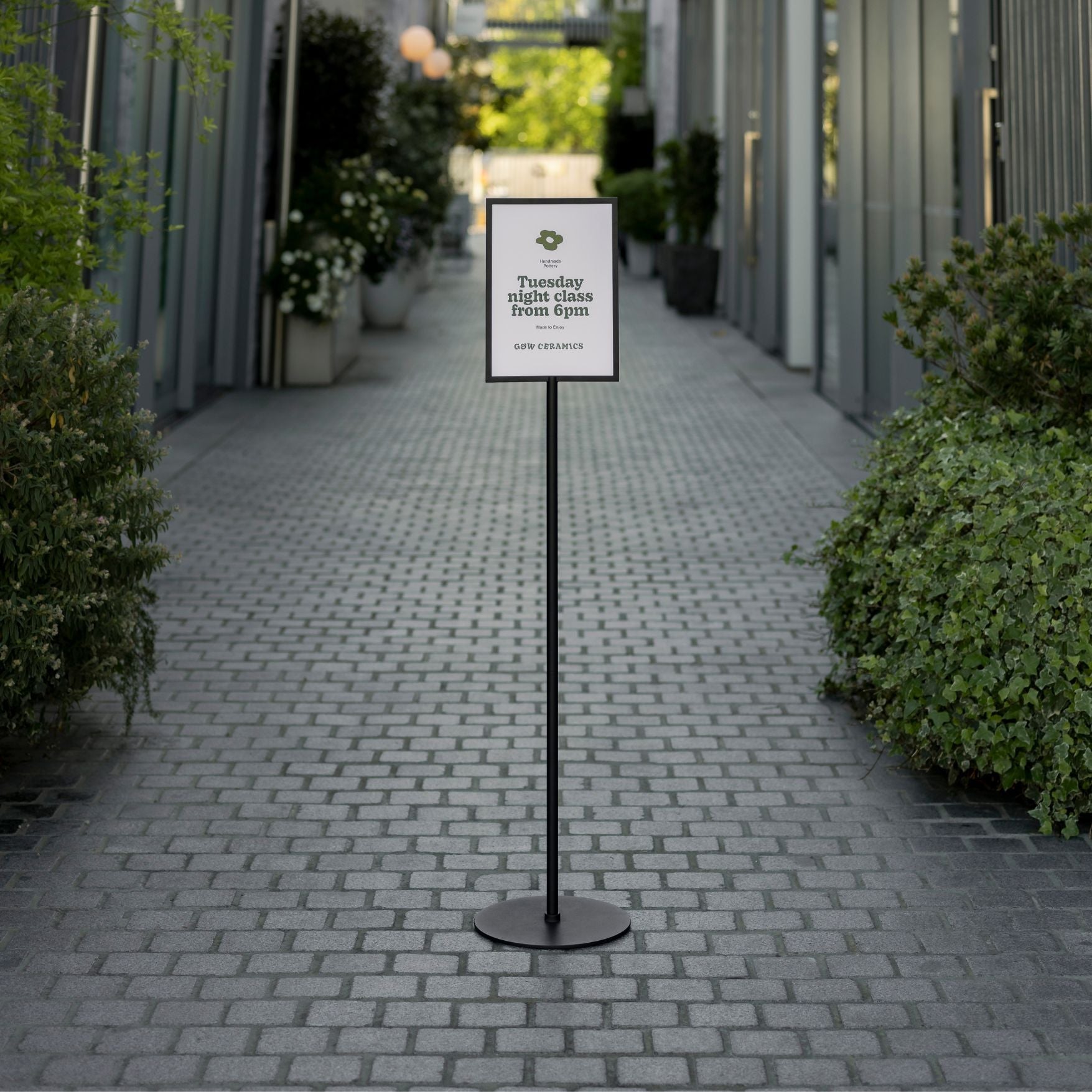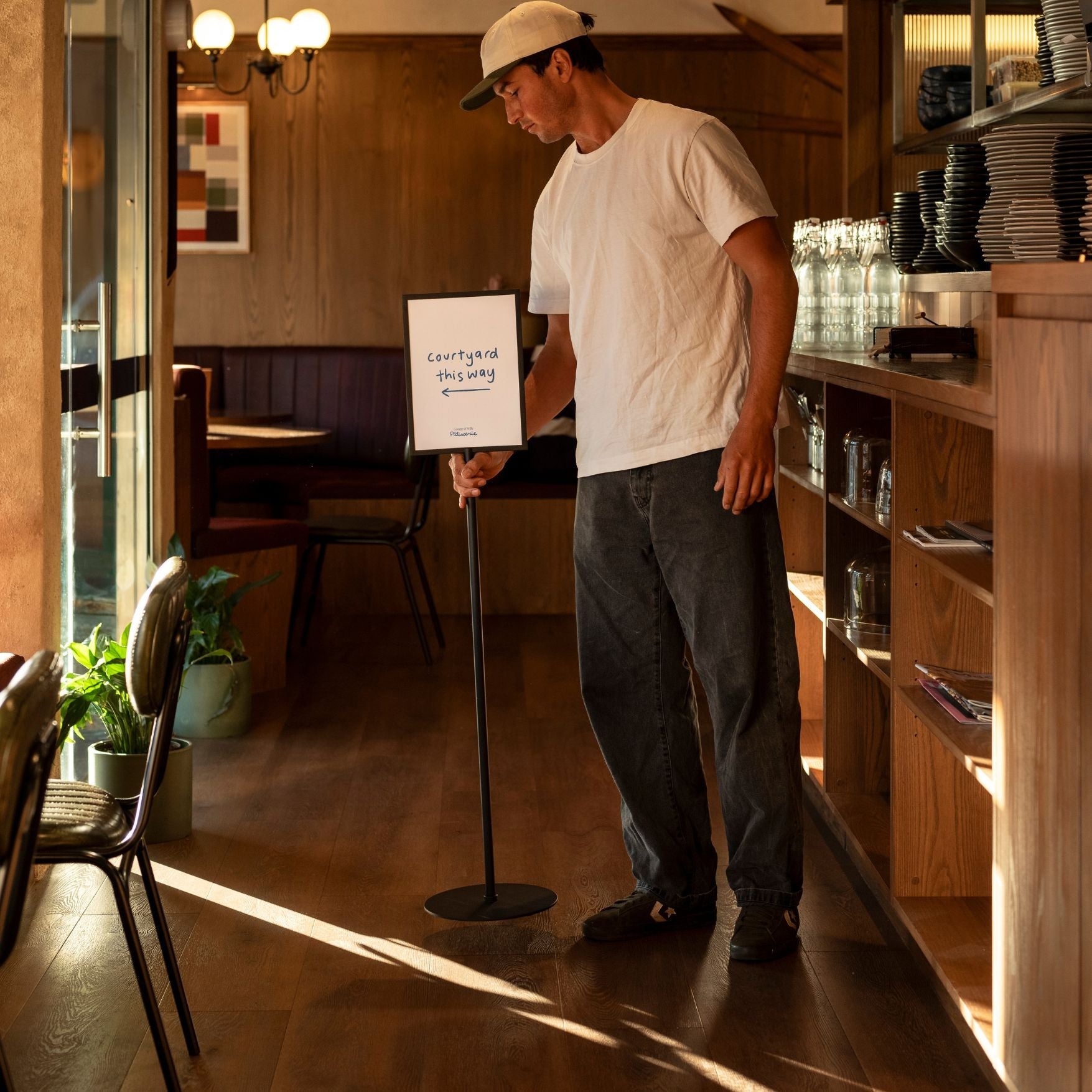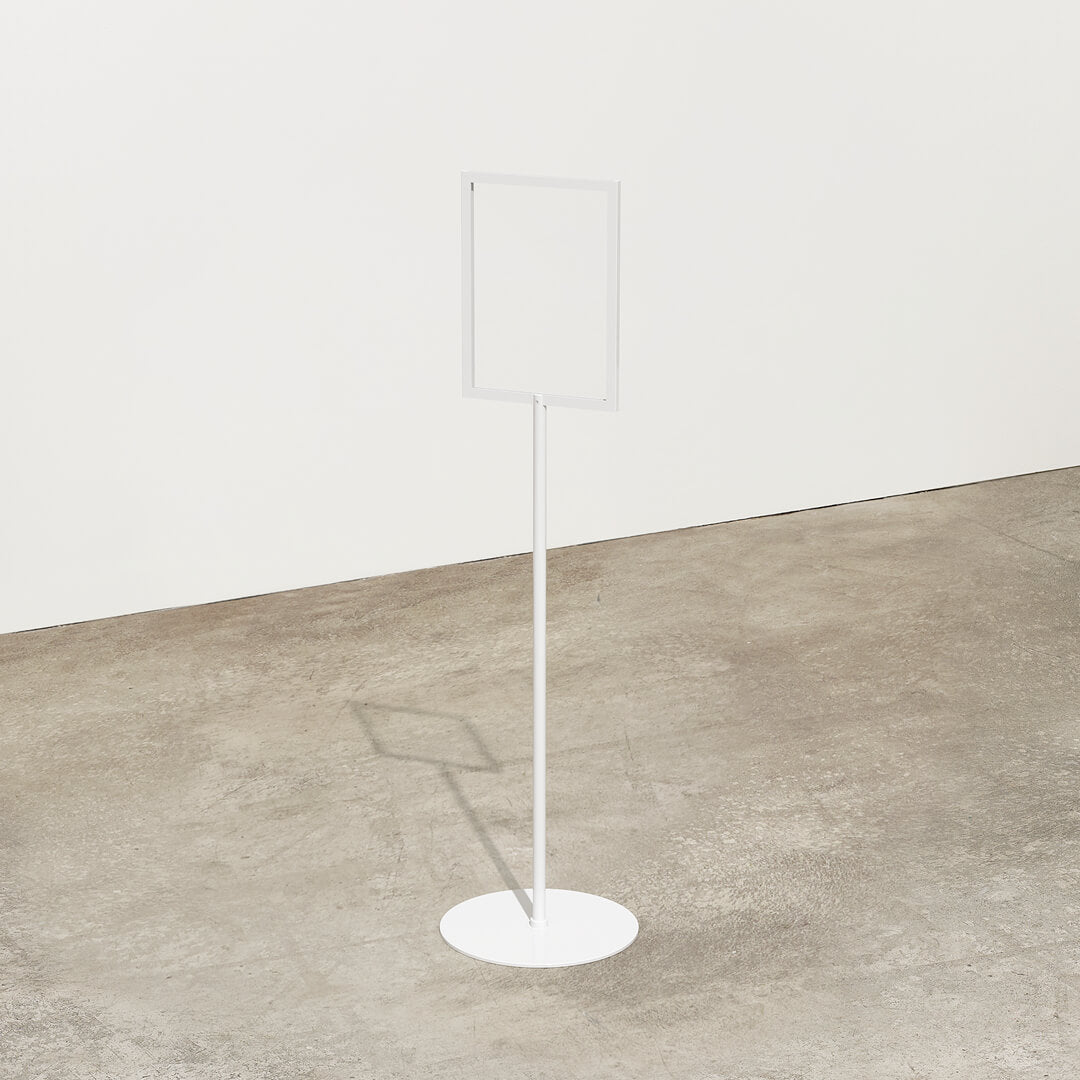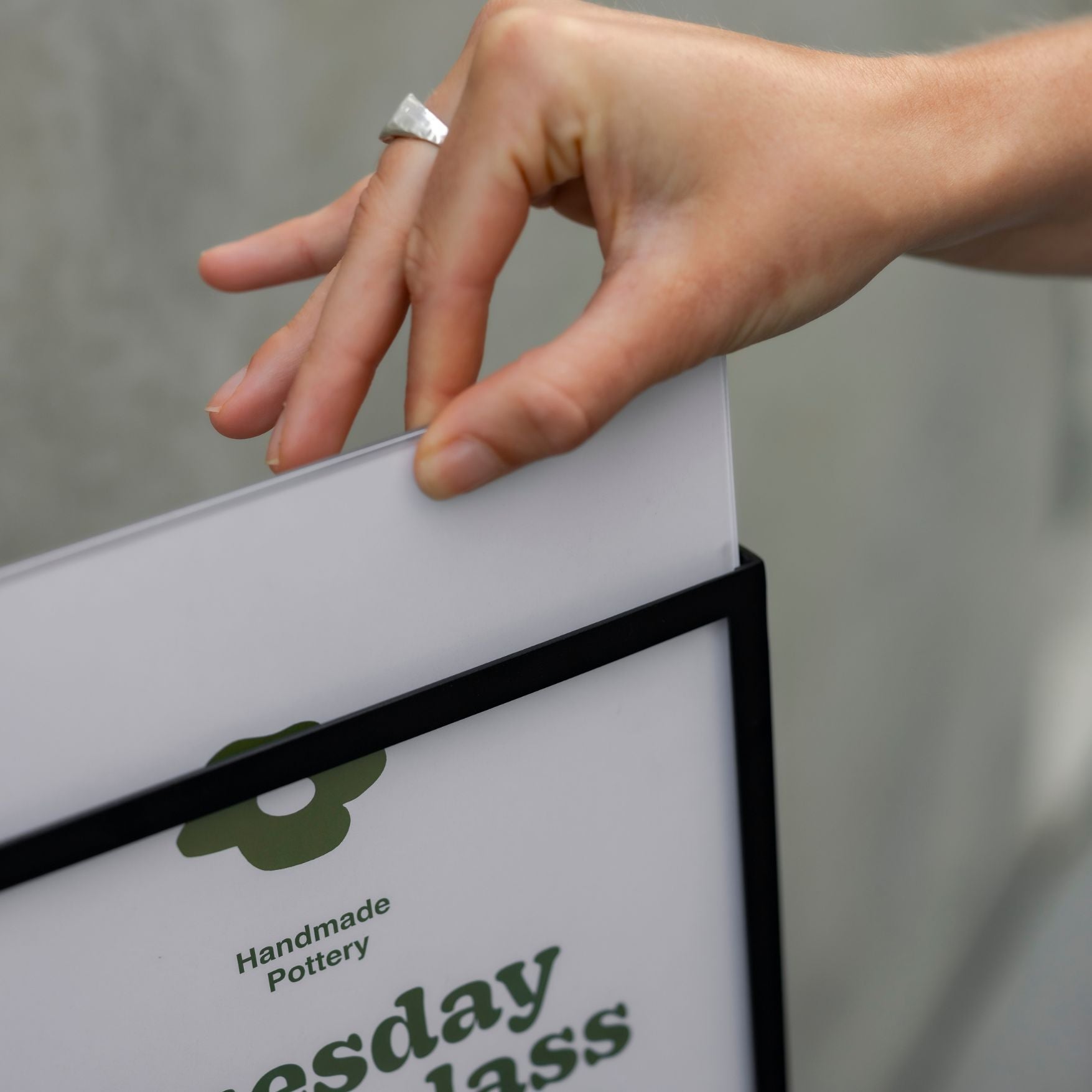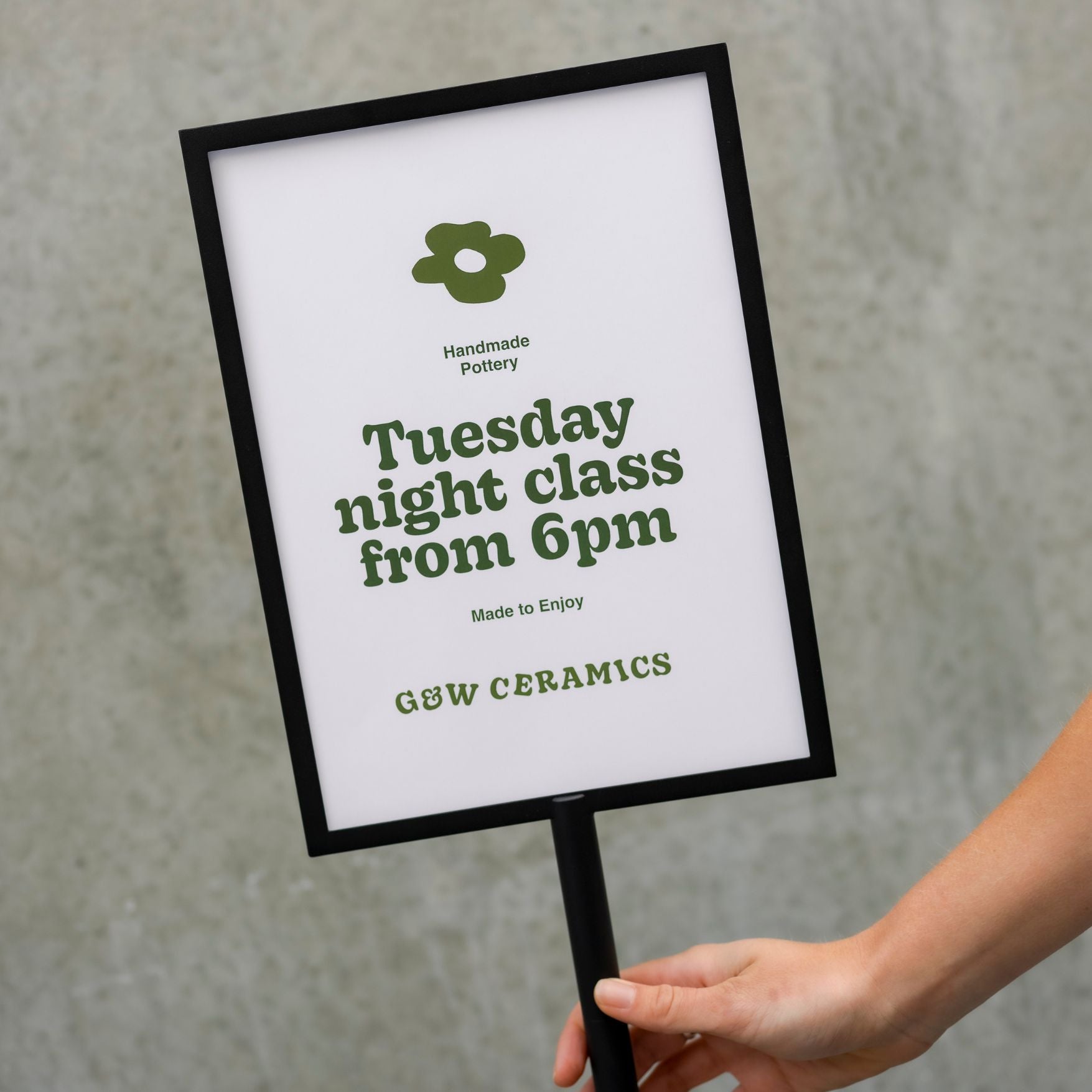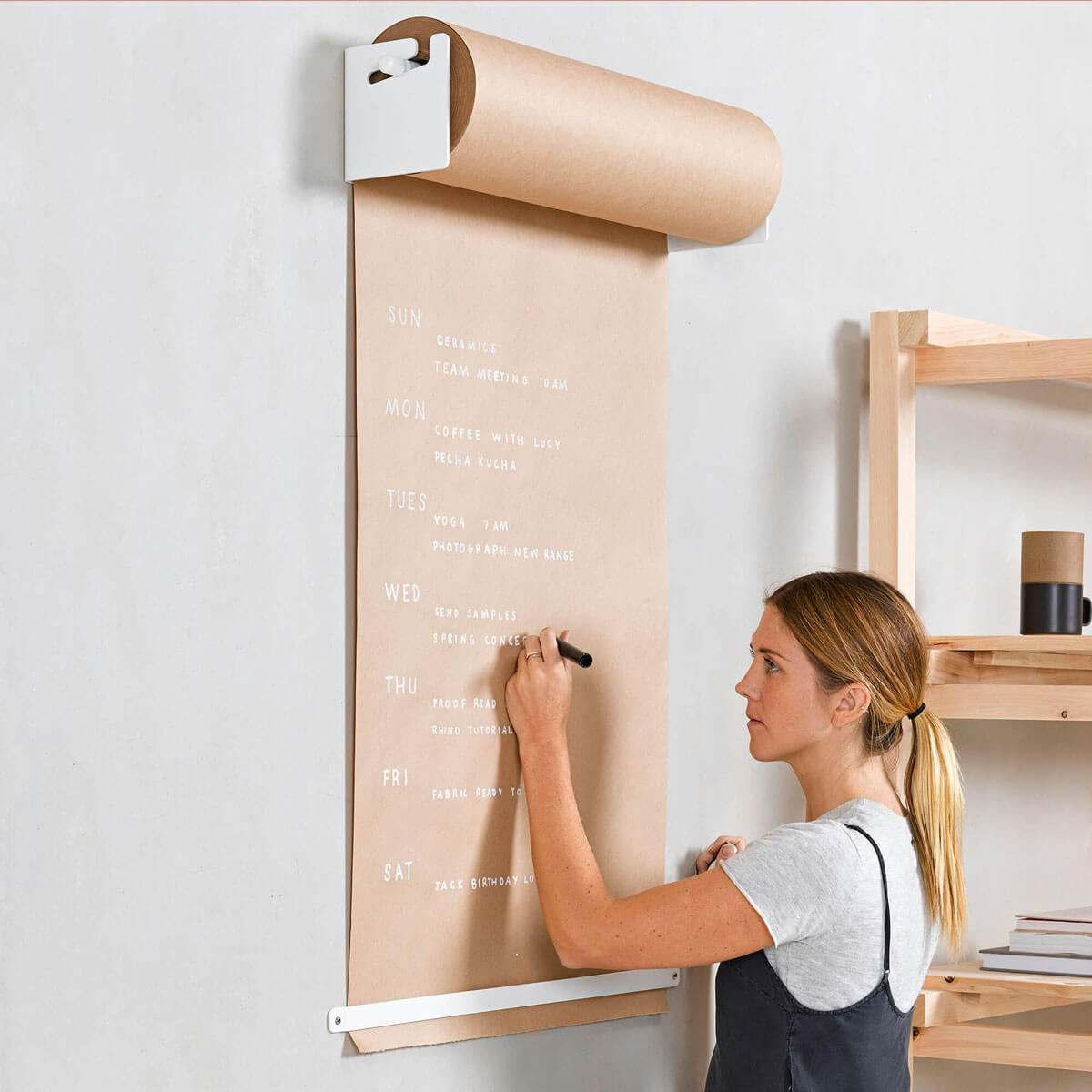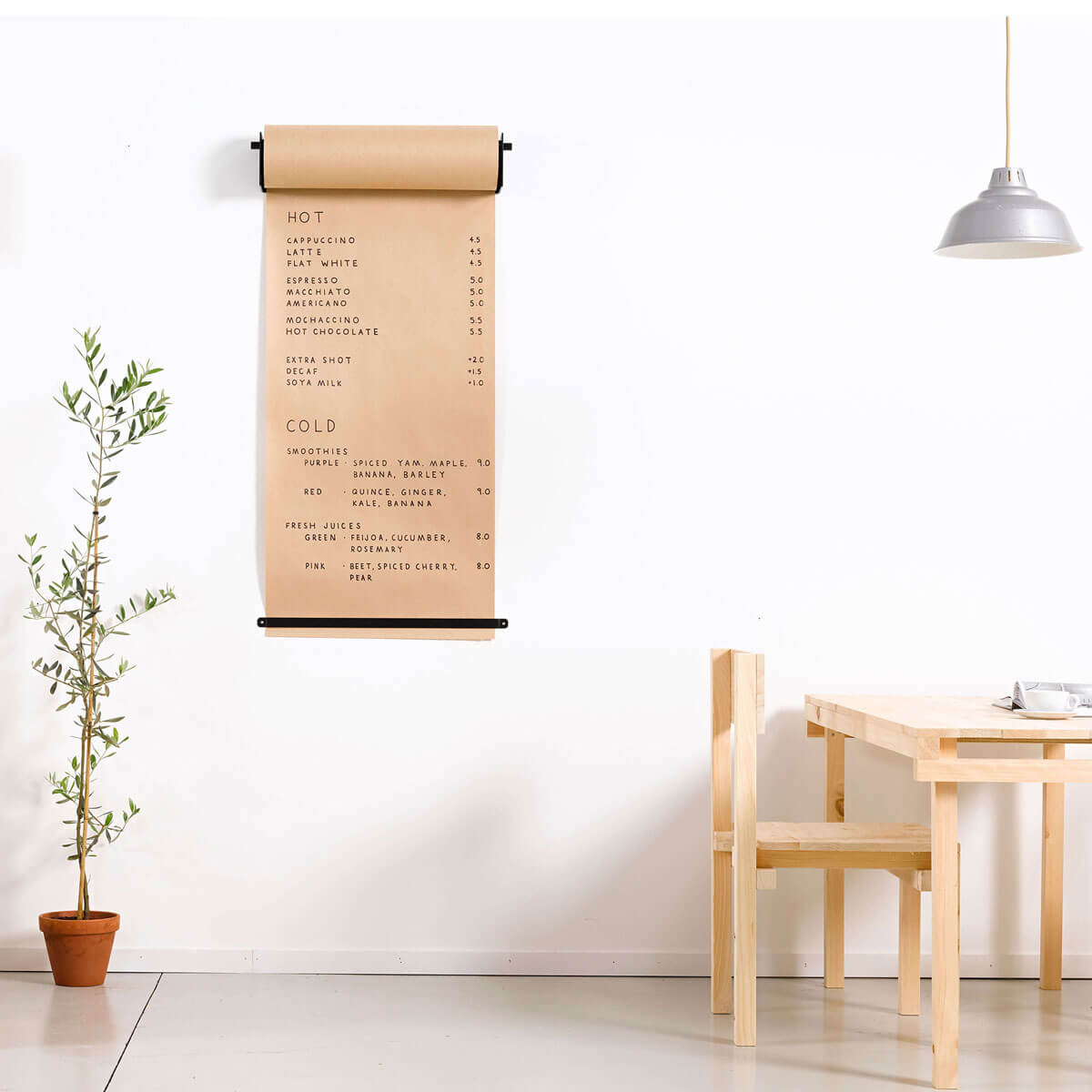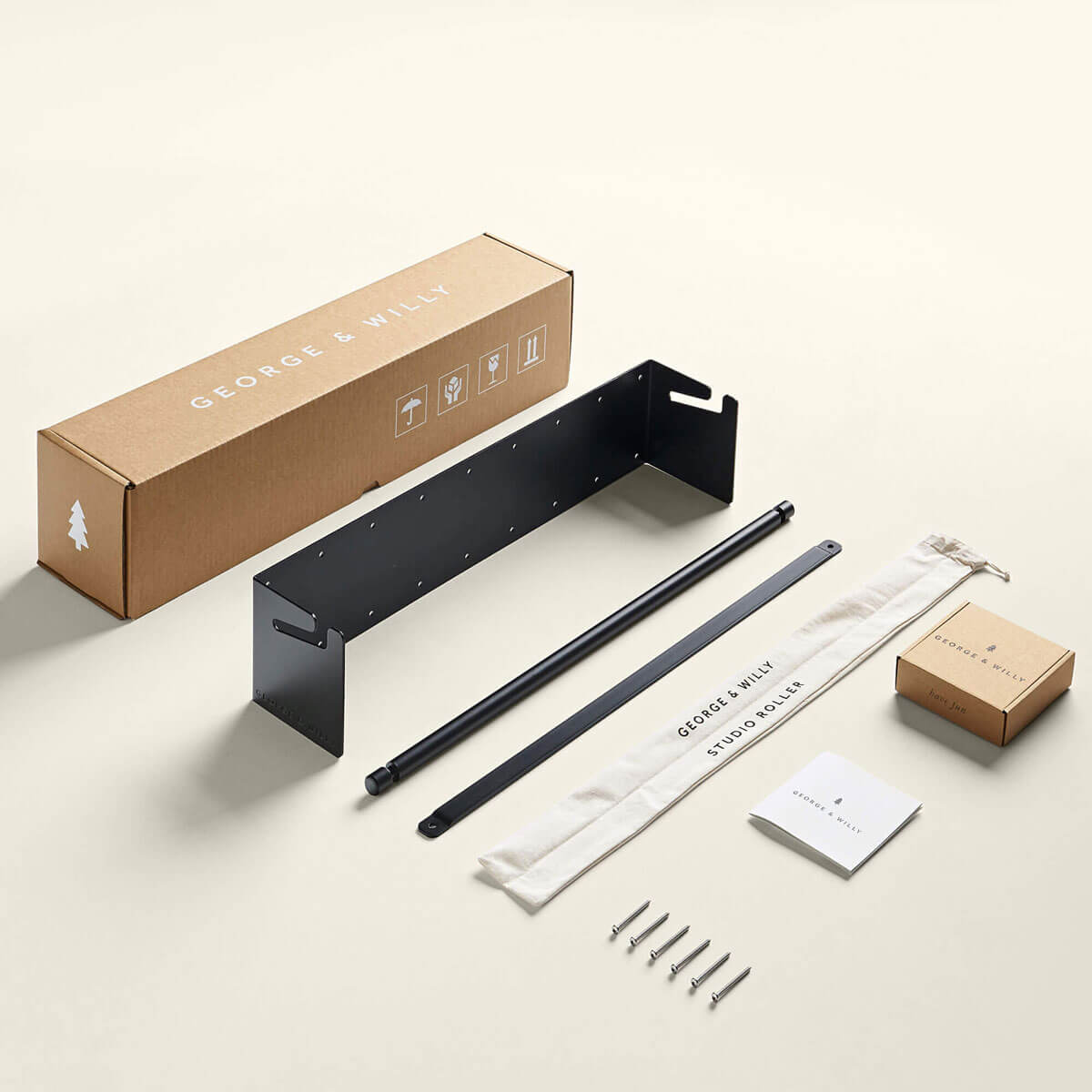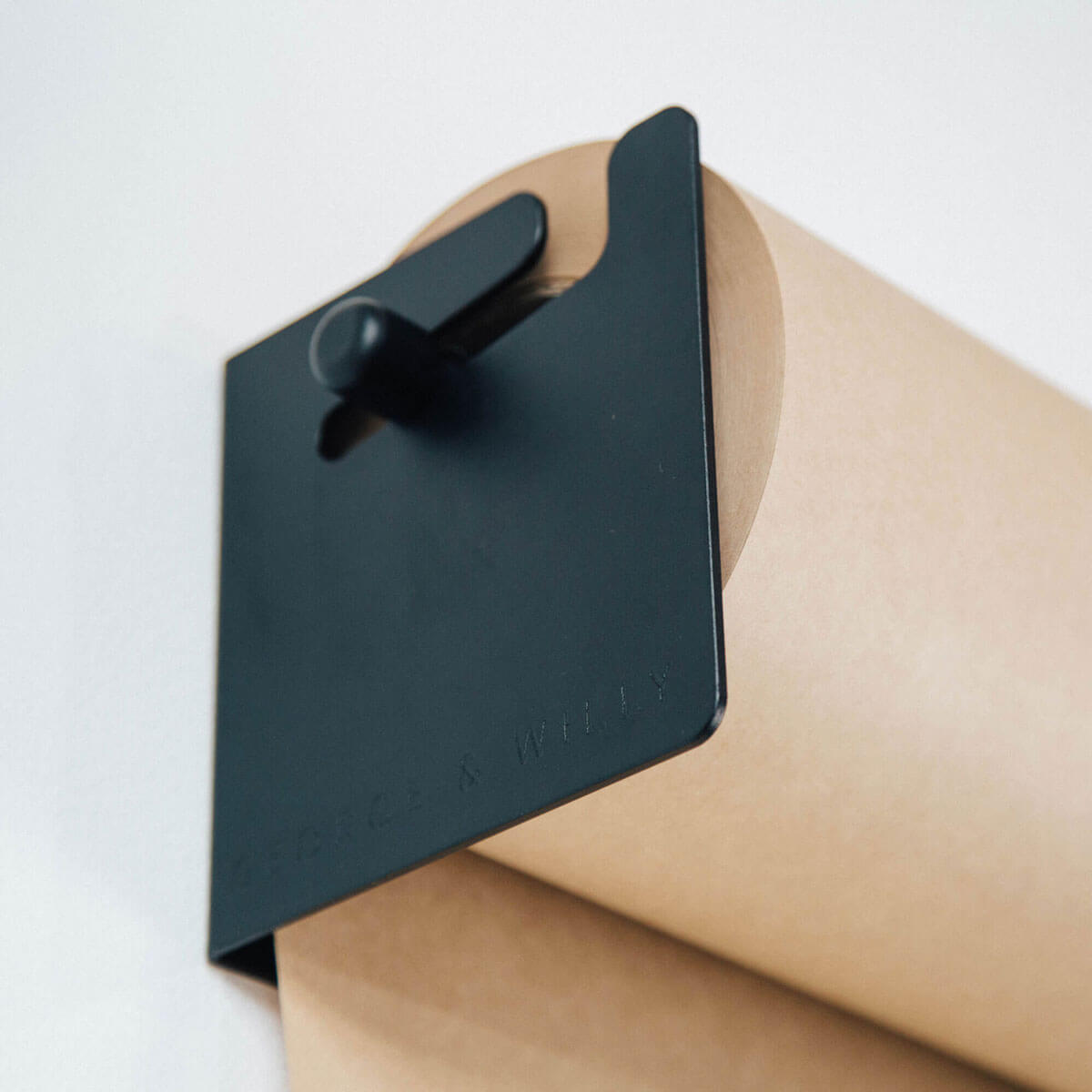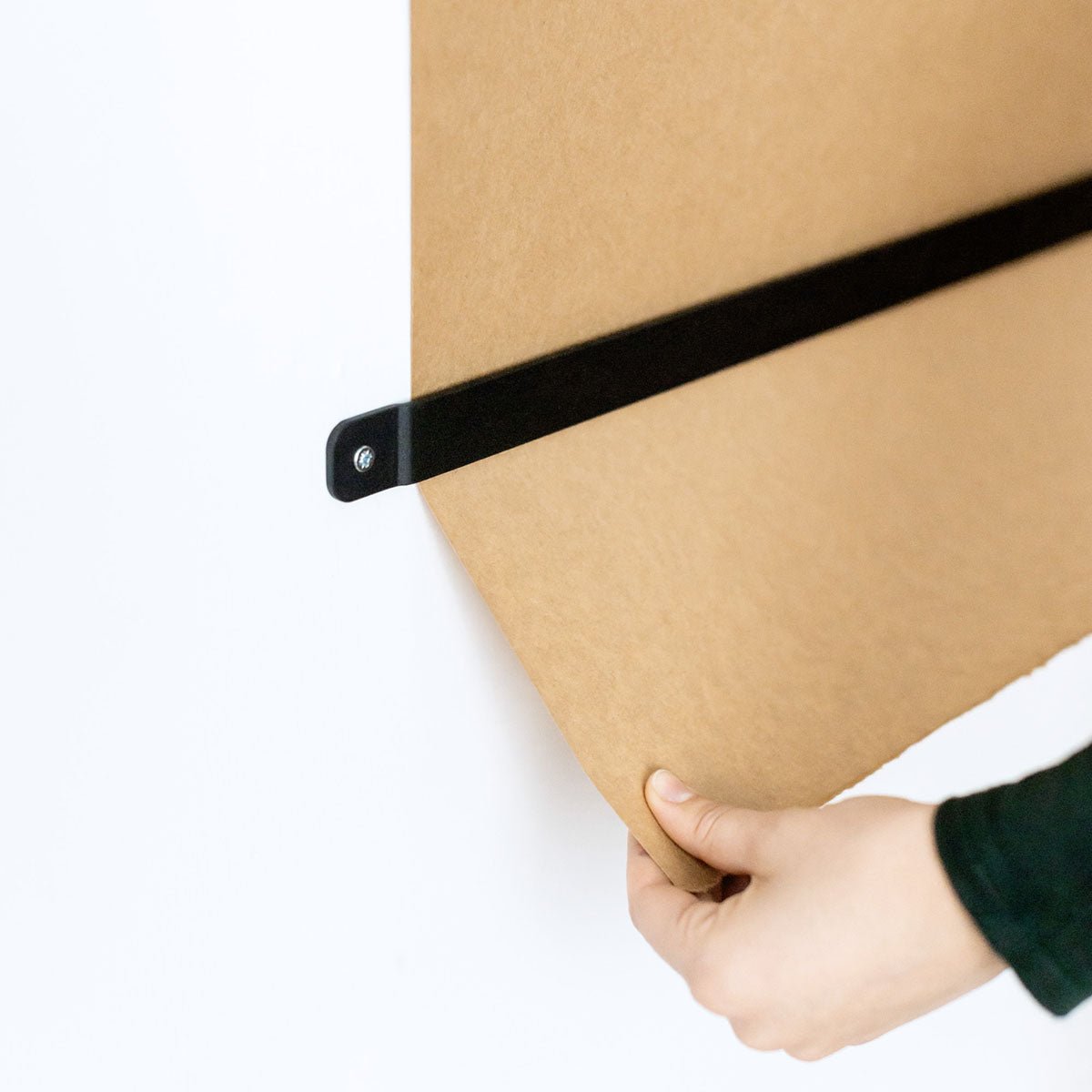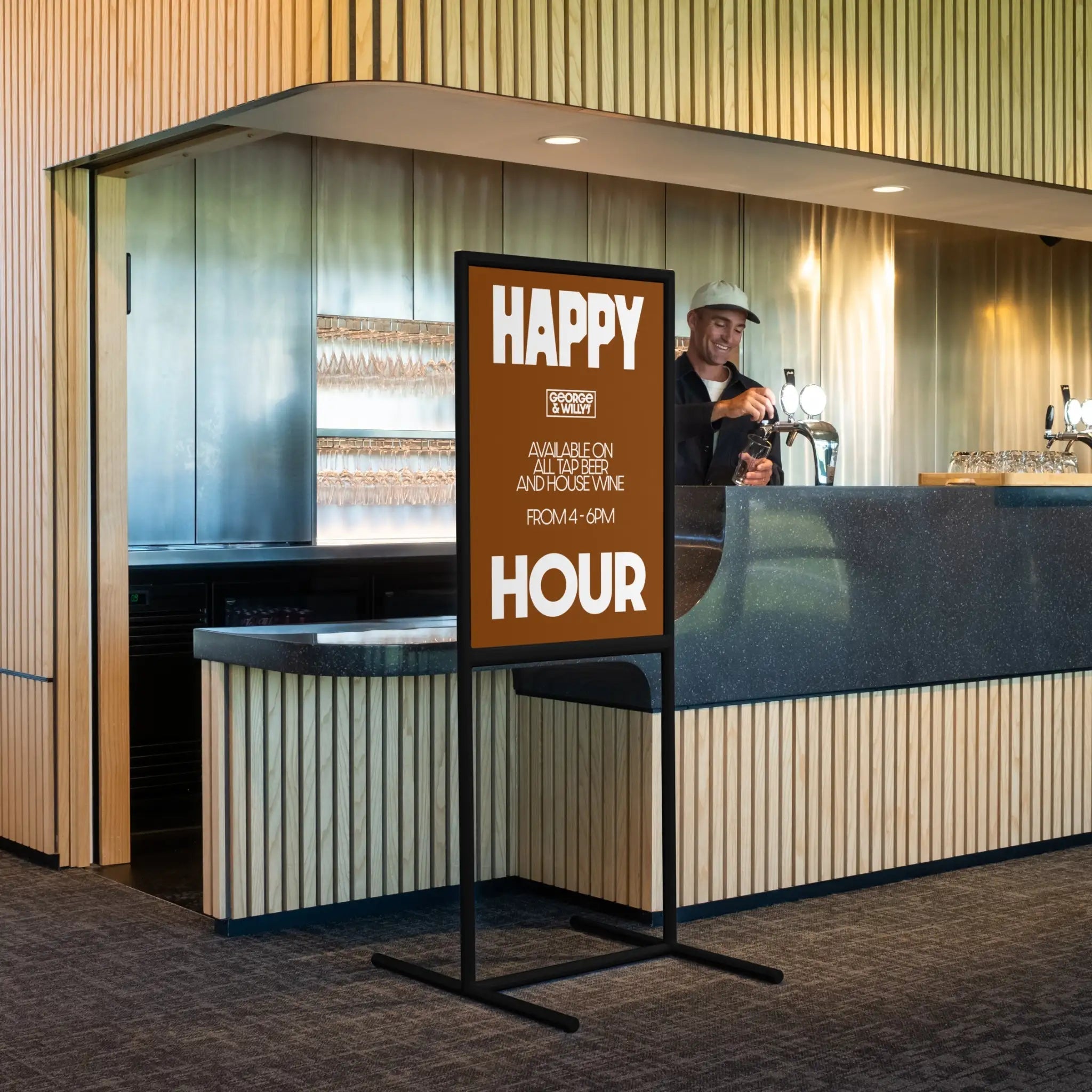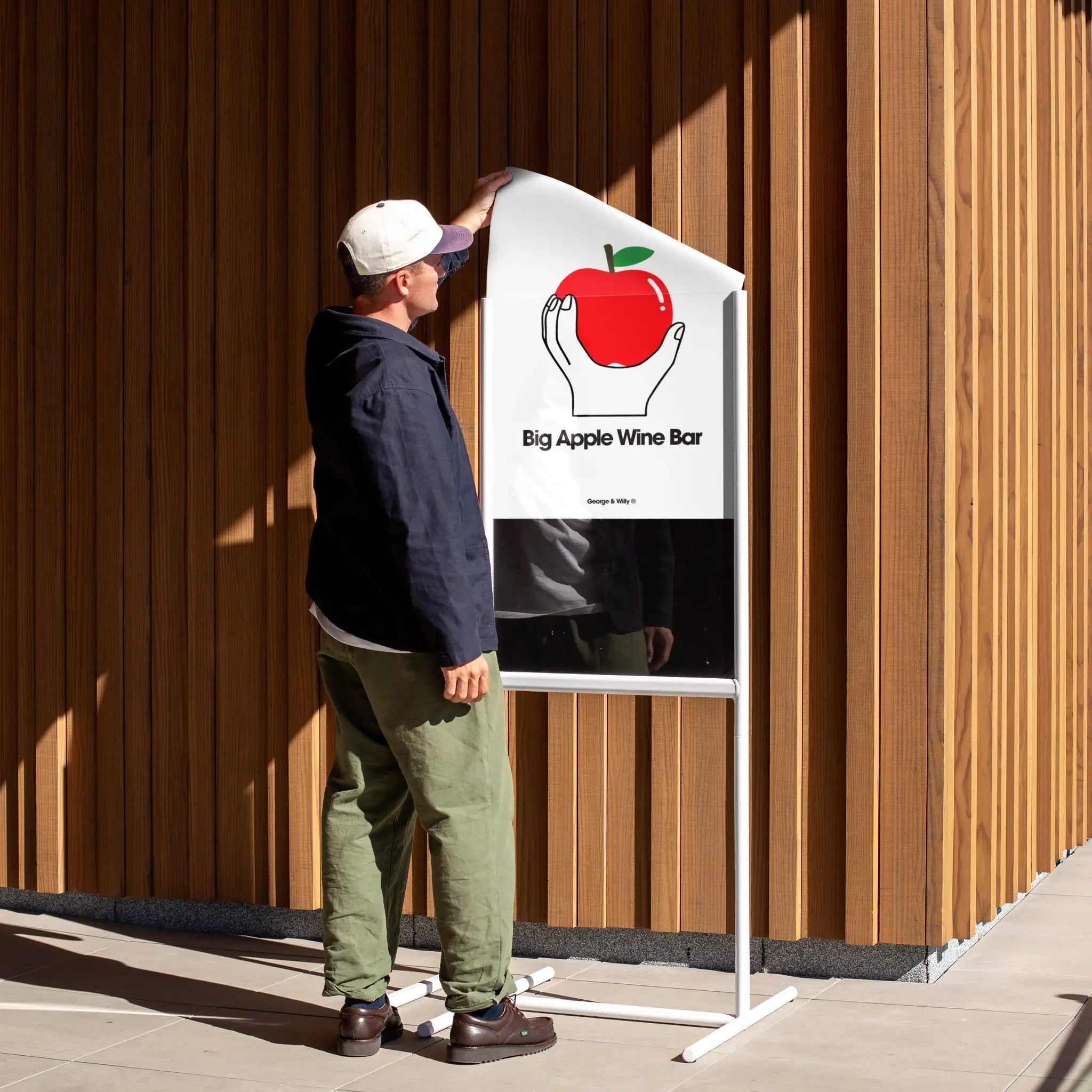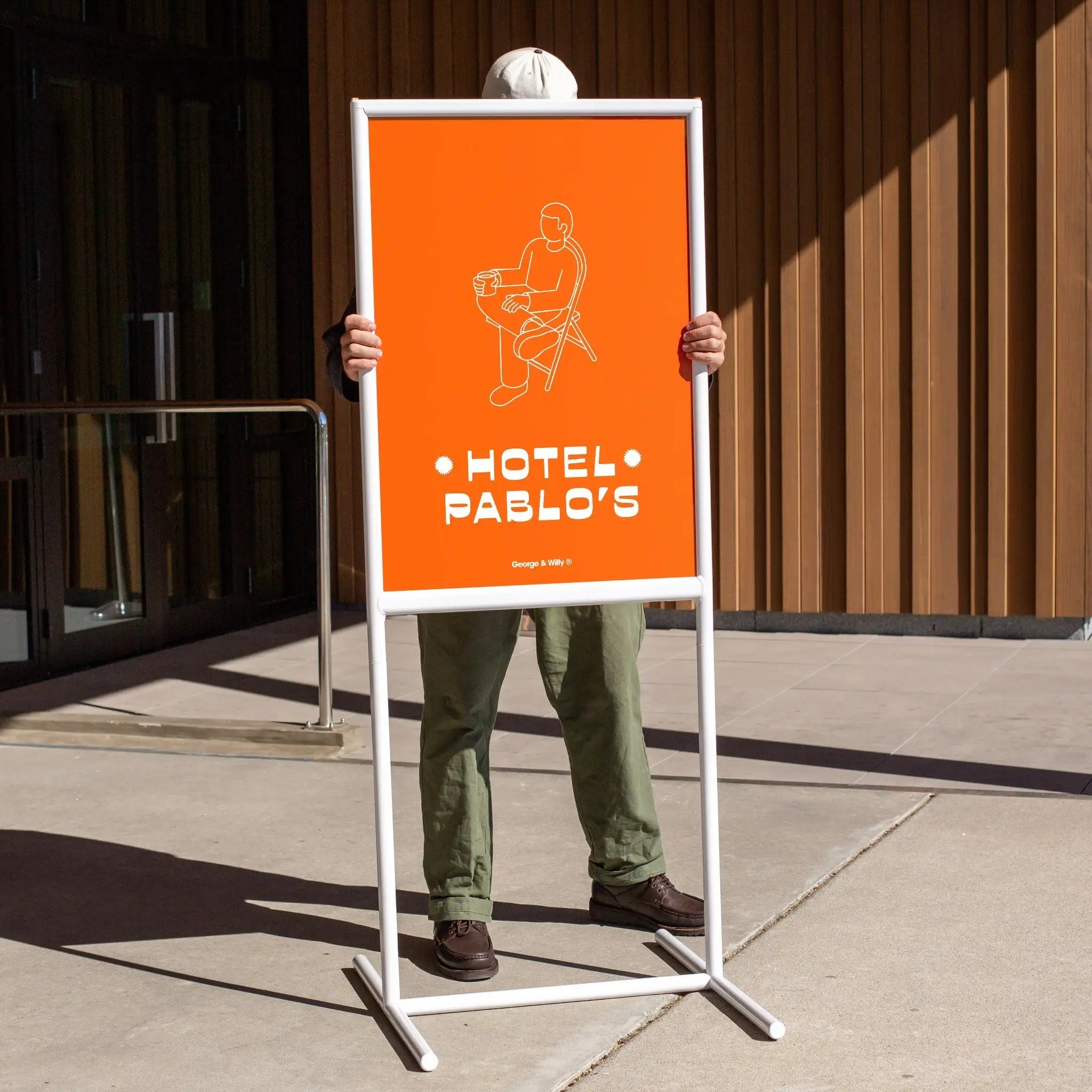A good business sign does more than just display your name. It’s your handshake with the world, a silent salesperson working 24/7, and the first piece of your brand story that customers experience. In a crowded marketplace, a well designed custom sign can be the very thing that turns a passerby into a lifelong customer. But getting a unique, high quality sign doesn’t have to be a complicated or costly process.
Let’s explore how you can elevate your business with signage that not only looks fantastic but also works hard to grow your brand.
Why Your Storefront Sign is Your Most Important Salesperson
Your exterior sign is often the very first interaction someone has with your business, so it needs to count. A compelling storefront sign can literally pull people off the street. In fact, an impressive 76% of consumers say they have entered a store they had never visited before based on its signage alone. A great custom sign at your entrance sets the tone for everything inside.
On the other hand, a poor quality sign, or no sign at all, can be a major turnoff. Over half of shoppers are less willing to enter a store if its signs have errors or look poorly made. Investing in a clear, attractive, and professional custom sign is one of the smartest marketing decisions you can make. Consumers often expect to see two or three signs around a storefront, which could include a main overhead sign, window graphics, and a sidewalk A frame sign.
A simple way to achieve a premium look is to start with a beautifully crafted blank store sign and add your branding locally. This gives you a high end aesthetic without the long wait and high cost of full fabrication. This approach allows you to get the perfect custom sign for your space quickly.
A Guide to the Different Types of Custom Business Signs
Choosing the right type of sign depends on your location, business type, and goals. A cohesive signage strategy uses a mix of types to guide customers from the street to the sale.
Exterior Signs
These are your primary tools for attracting customers.
- Storefront Signs: Mounted flat against your building, these are the main identifier for your business.
- Blade Signs: Projecting from the building, a hanging blade sign is perfect for catching the eye of pedestrians.
- A Frame Signs: Placed on the sidewalk, these are great for advertising daily specials, promotions, or welcoming messages.
- Window Graphics: Decals and vinyl lettering turn your windows into valuable advertising space for store hours, services, or branding.
Interior Signs
Once customers are inside, interior signs enhance their experience.
- Wayfinding Signs: These direct customers to restrooms, exits, or different departments, creating a smooth flow.
- Point of Purchase (POP) Displays: Placed near products or at checkout, these signs can drive impulse buys. About 76% of purchase decisions happen in store.
- Menu Boards: Essential for cafes and restaurants, these can be static or dynamic.
- Countertop Signs: Countertop signs and table numbers are crucial for communicating promotions, order numbers, or reserved seating. A table number stacker keeps things organized and on brand.
Temporary and Digital Signs
- Banners and Posters: Ideal for seasonal promotions, special events, or grand openings.
- Digital Signage: Electronic screens offer dynamic content that can be changed remotely, though they represent a higher initial investment and different aesthetic.
Designing Your Custom Sign for Maximum Impact
A beautiful sign is useless if no one can see or read it. Strategic design and placement are critical for getting your message across effectively.
Placement and Readability
Position your signs where people naturally look and make decisions, such as at eye level near the entrance or directly above the counter. For outdoor signs, consider the line of sight from the street.
You only have a few seconds to capture someone’s attention. The average person spends just 3 to 5 seconds scanning a sign.
- Keep it brief: Messages with 10 words or fewer have much higher retention rates.
- Make it legible: The size of your letters determines how far away they can be read. A general rule is that 3 inch high letters are legible from about 100 feet away.
- Use contrast: High contrast colors for text and background, like black on white or white on black, make your sign easier to read at a glance.
- Light it up: In the evening or in dimly lit interiors, illuminated signs are essential. Nearly two thirds of shoppers report having trouble reading poorly lit signs.
Typography and Color Psychology
The fonts and colors you choose communicate your brand’s personality.
- Typography: Sans serif fonts (like Helvetica or Arial) often feel modern and are highly legible from a distance. Serif fonts (like Times New Roman) can convey a more traditional or premium feel. Avoid overly decorative scripts that are hard to read quickly.
- Color: Colors evoke emotion. Blue can suggest trust and reliability, red can create urgency, and green often relates to health or nature. Using a consistent color palette can increase brand recognition by up to 80%.
The Secret to a Memorable Brand? Consistent Signage
Consistency is king when it comes to branding. To build a memorable identity, your logo, colors, and fonts should be consistent across every single sign, from your large outdoor sign to the smallest tabletop display.
When customers see a unified look, it builds trust and reinforces your brand’s personality. About 68% of consumers believe that the quality of a store’s signs reflects the quality of its products and services. A cohesive set of signs can make your offerings feel more premium and trustworthy.
Achieving this consistency is easier than you think. Start with a collection of signs that share a similar design language. George & Willy offers a range of timeless signage in neutral black, white, and metallic finishes that complement any brand identity.
Choosing the Right Materials and Lighting
The materials you choose for your custom sign will determine its lifespan and how it looks over time.
A Comparison of Sign Materials
For outdoor signage, durability is non negotiable.
- Powder Coated Aluminum: This is an excellent choice for outdoor signs. Aluminum is naturally rust proof, and the powder coating adds a tough, durable finish that resists chipping, scratching, and sun damage. A quality powder coated sign can last for 10 to 20 years.
- Steel and Wood: Steel is strong but needs to be properly treated to prevent rust. Wood offers a warm, rustic aesthetic but should be sealed to protect it from the elements.
- Acrylic and PVC: These plastics are lightweight and versatile for interior signs but can become brittle outdoors over time.
- Hardware: Don’t forget the small details. Using stainless steel hardware for mounting will prevent rust stains and ensure your sign stays secure.
Illumination and Lighting Options
If your business operates at night, lighting is a must.
- External Lighting: Spotlights or gooseneck lamps can be aimed at your sign. This is a classic and cost effective option.
- Internal Lighting (Light Boxes): The sign itself is illuminated from within using LEDs. This creates a bold, modern look that is highly visible.
- Backlighting (Halo Effect): Lights are placed behind solid letters, casting a glow on the wall behind them for a sophisticated effect.
Dynamic and Easy to Update Menu Boards
For businesses like cafes, restaurants, and bakeries, a static menu is a missed opportunity. Your offerings change with the seasons, supplies, and trends, and your menu board should keep up. Using a changeable letter board or magnetic menu system is a game changer. It lets you update specials, prices, and new items in seconds.
This flexibility matters to customers. A staggering 91% of people are more likely to visit a restaurant if it regularly offers new menu items.
Instead of messy chalkboards or wasteful paper prints, a professional system looks clean and is incredibly practical. For instance, the George & Willy Magnetic Menu Board uses sleek rails and hundreds of magnetic letters. Another fantastic option is a grooved tile board where you can slide letters in and out. If you prefer handwritten specials, a wall mounted paper roller makes updates quick and on brand.
Navigating Legal Requirements and Installation
Before you order and install a sign, there are some practical steps to consider.
Permits and Code Compliance
In many cities and towns, you will need a permit for exterior business signs, especially those that are large, illuminated, or project from a building. It’s important to check with your local municipality for their specific regulations regarding size, placement, and lighting before installing a new sign.
ADA and Accessibility Standards
The Americans with Disabilities Act (ADA) has specific guidelines for business signage to ensure accessibility. This includes rules for mounting height, braille, font type, and color contrast for certain types of signs (like restroom or permanent room signs). While not all signs must be ADA compliant, it is crucial to understand the requirements for your space.
Installation and Safety
Proper installation is key to your sign’s longevity and safety. Smaller signs can often be installed yourself, but larger or more complex signs, especially illuminated ones, may require a professional. Always ensure the sign is securely fastened to the structure with appropriate hardware for the wall material.
Frequently Asked Questions About Custom Signs
What makes a good custom sign?
A good custom sign is clear, legible, and consistent with your brand identity. It should be made from durable materials appropriate for its location (indoor or outdoor) and placed where it will be easily seen by your target audience.
How much does a custom sign cost?
The cost varies widely based on size, materials, complexity, and whether it’s illuminated. A simple A frame sign might cost a few hundred dollars, while a large, fully fabricated storefront sign can cost thousands. An affordable alternative is buying a high quality blank sign and having a local company apply a vinyl decal.
What are the best materials for an outdoor custom sign?
Powder coated aluminum is one of the best all around materials. It is lightweight, strong, naturally rust proof, and the powder coating provides a long lasting, weather resistant finish.
Can I apply my own logo to a blank sign?
Absolutely. Many businesses purchase well crafted blank signs and then work with a local signwriter to apply their logo and lettering using vinyl decals. This is a cost effective way to achieve a professional, custom sign.
How do I maintain my business signage?
Maintenance depends on the material. For most metal and powder coated signs, regular cleaning with mild soap and water is all that is needed to remove dirt and grime. For wooden signs, you may need to reapply a sealant every few years.
What is the difference between digital and static signs?
Static signs are made from physical materials like metal or wood and have a fixed message. Digital signs are screens that can display changing content. While digital offers flexibility, static signs provide a timeless, tangible brand presence that doesn’t require power or software updates.

